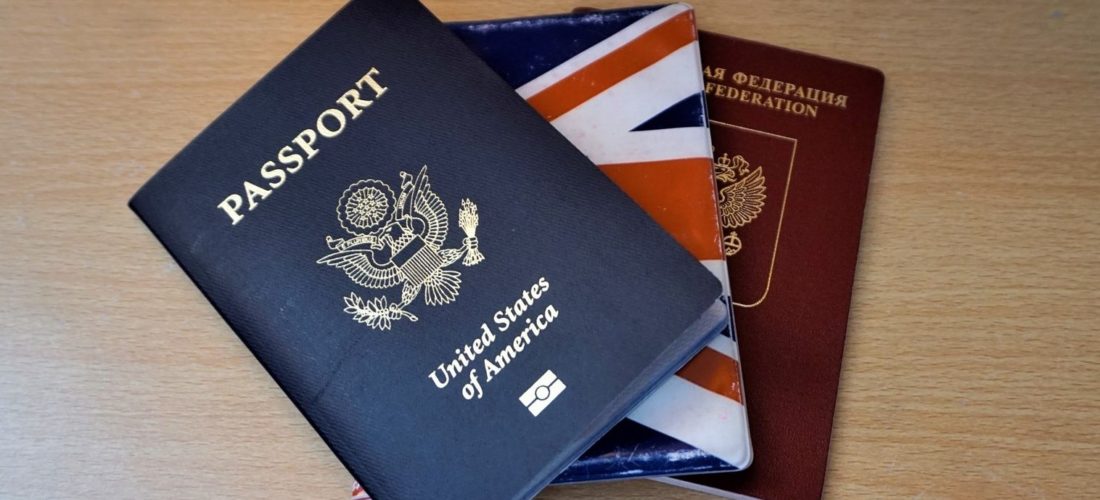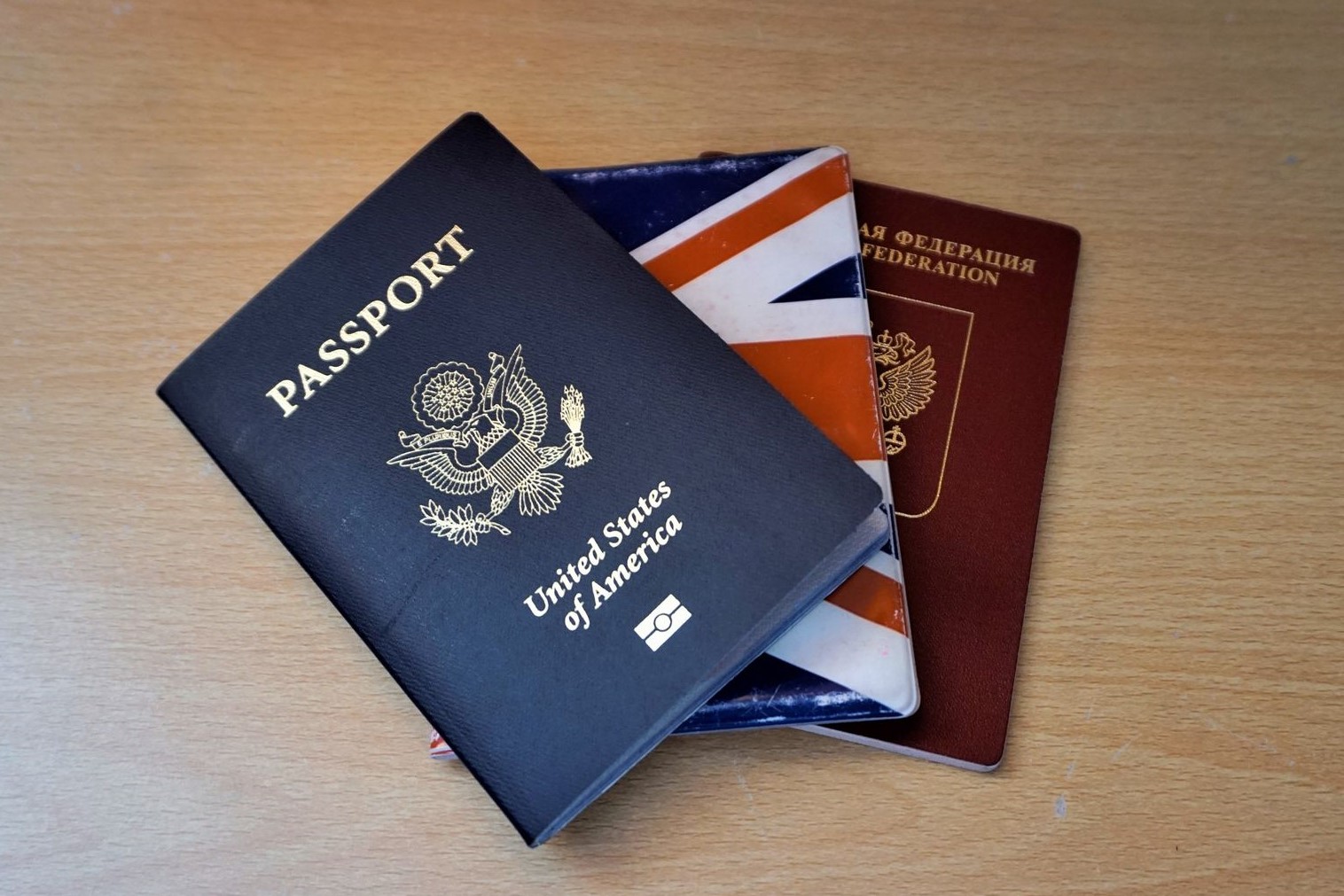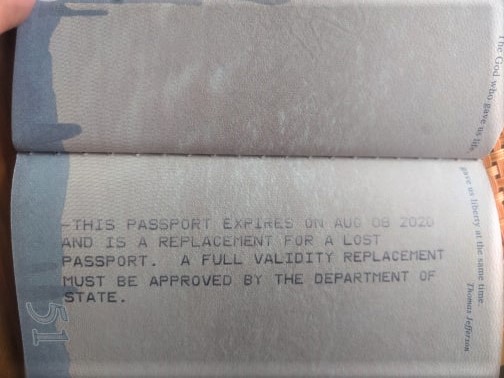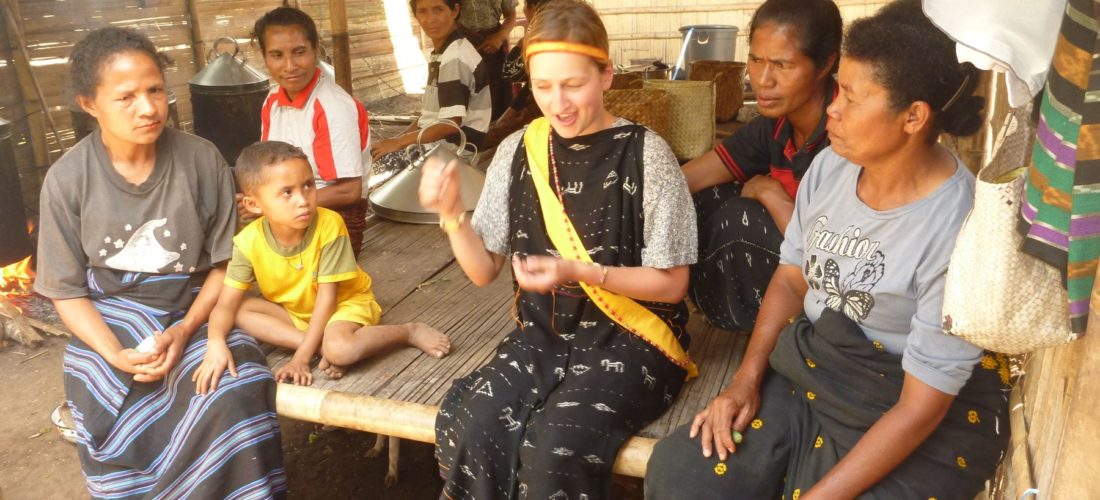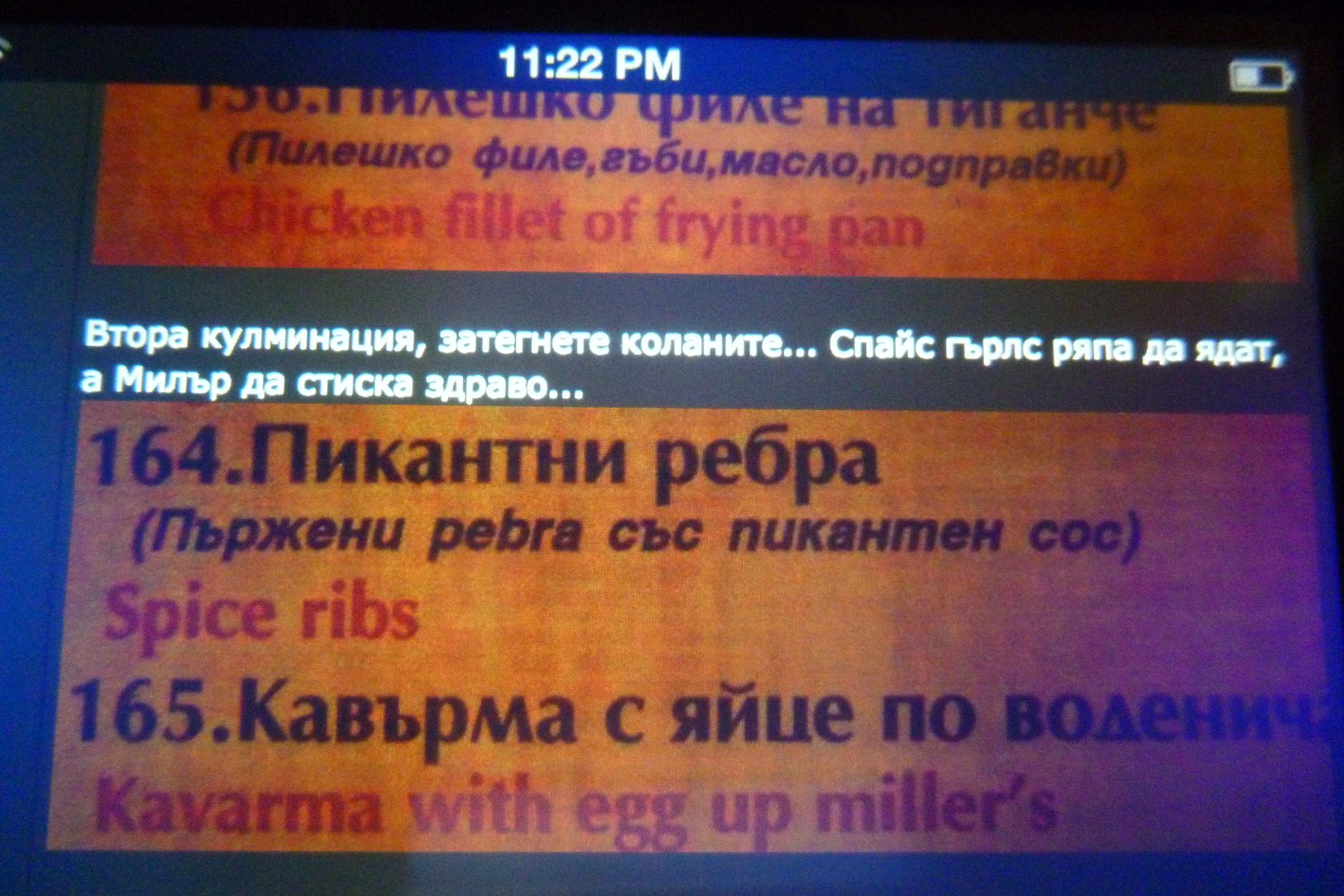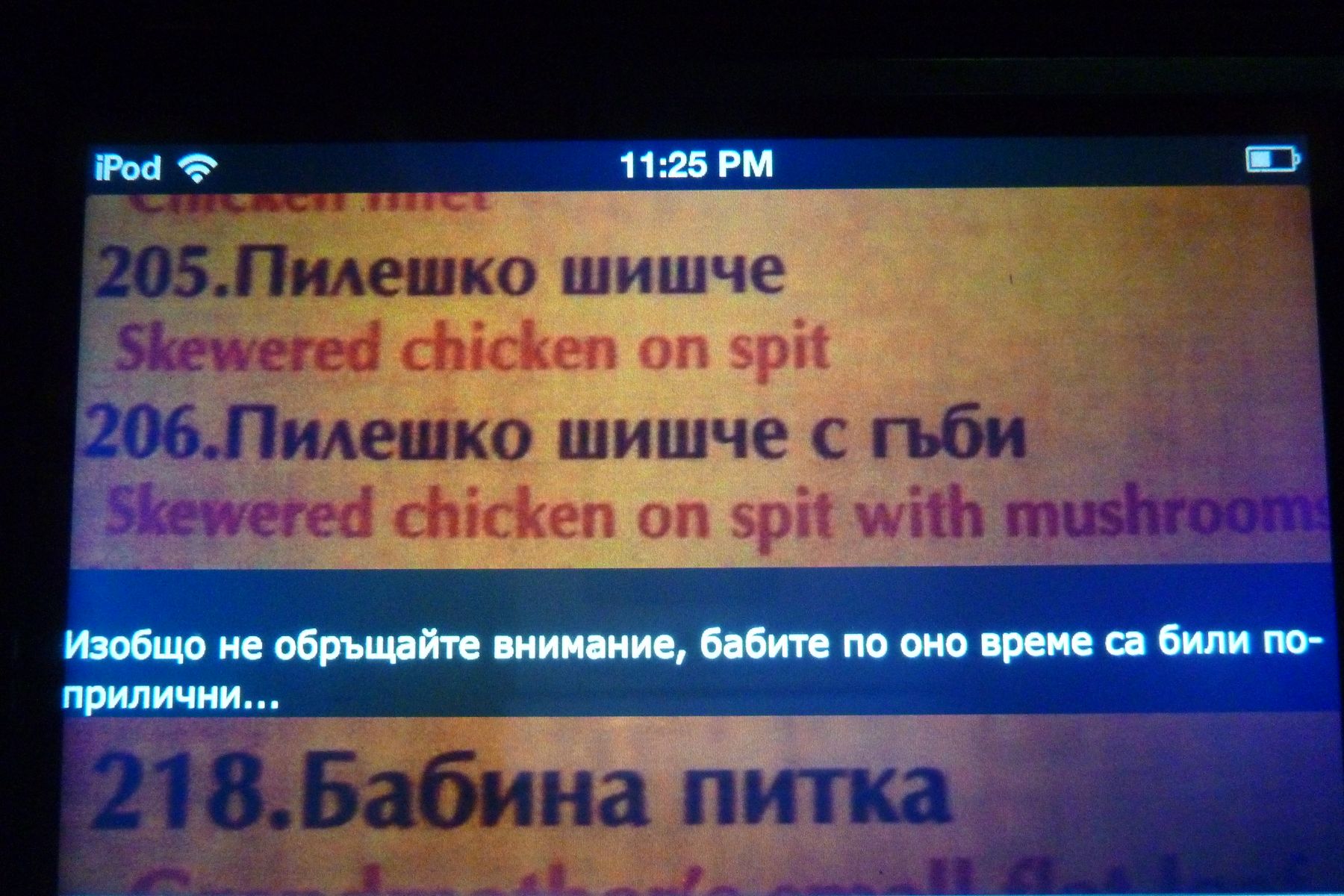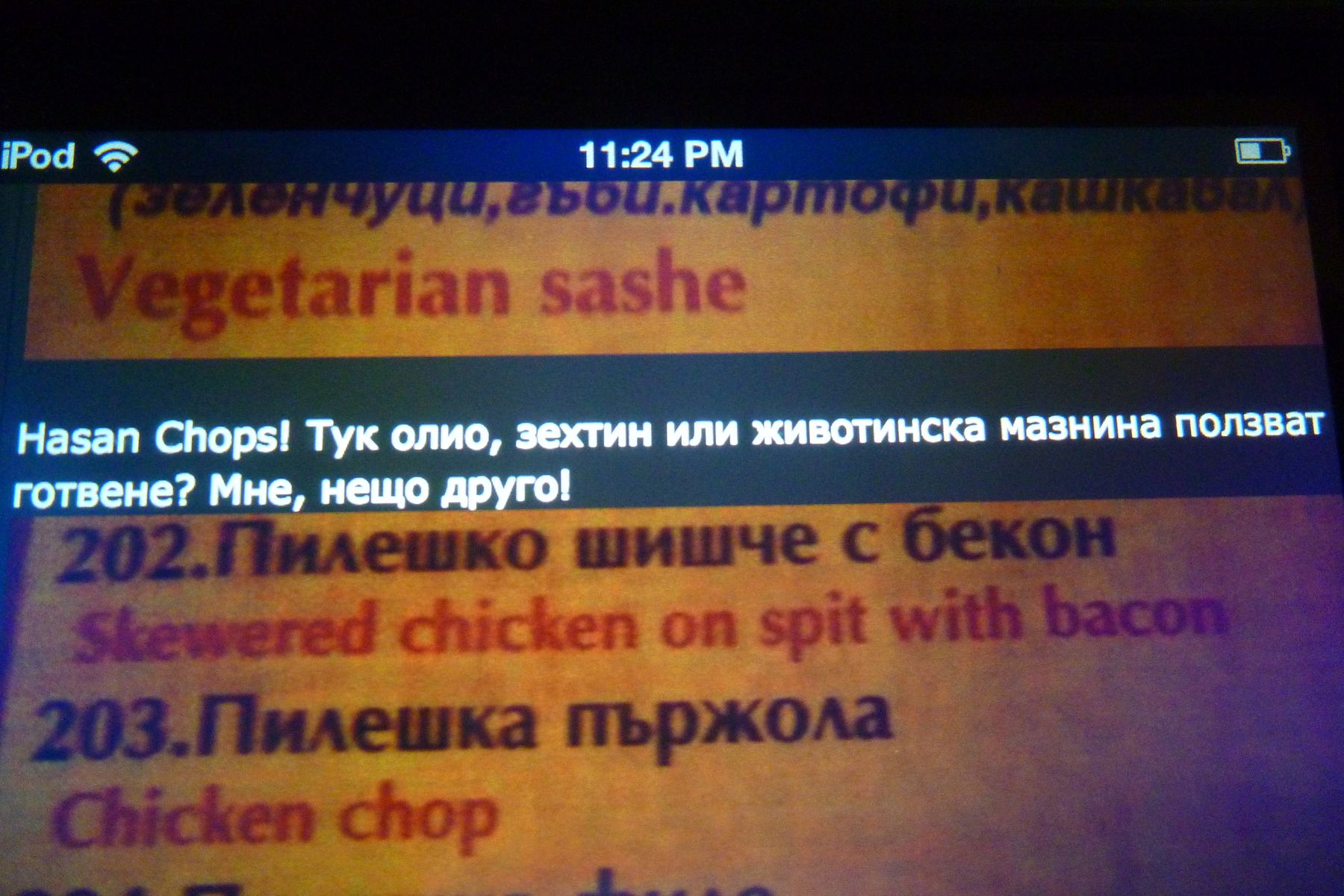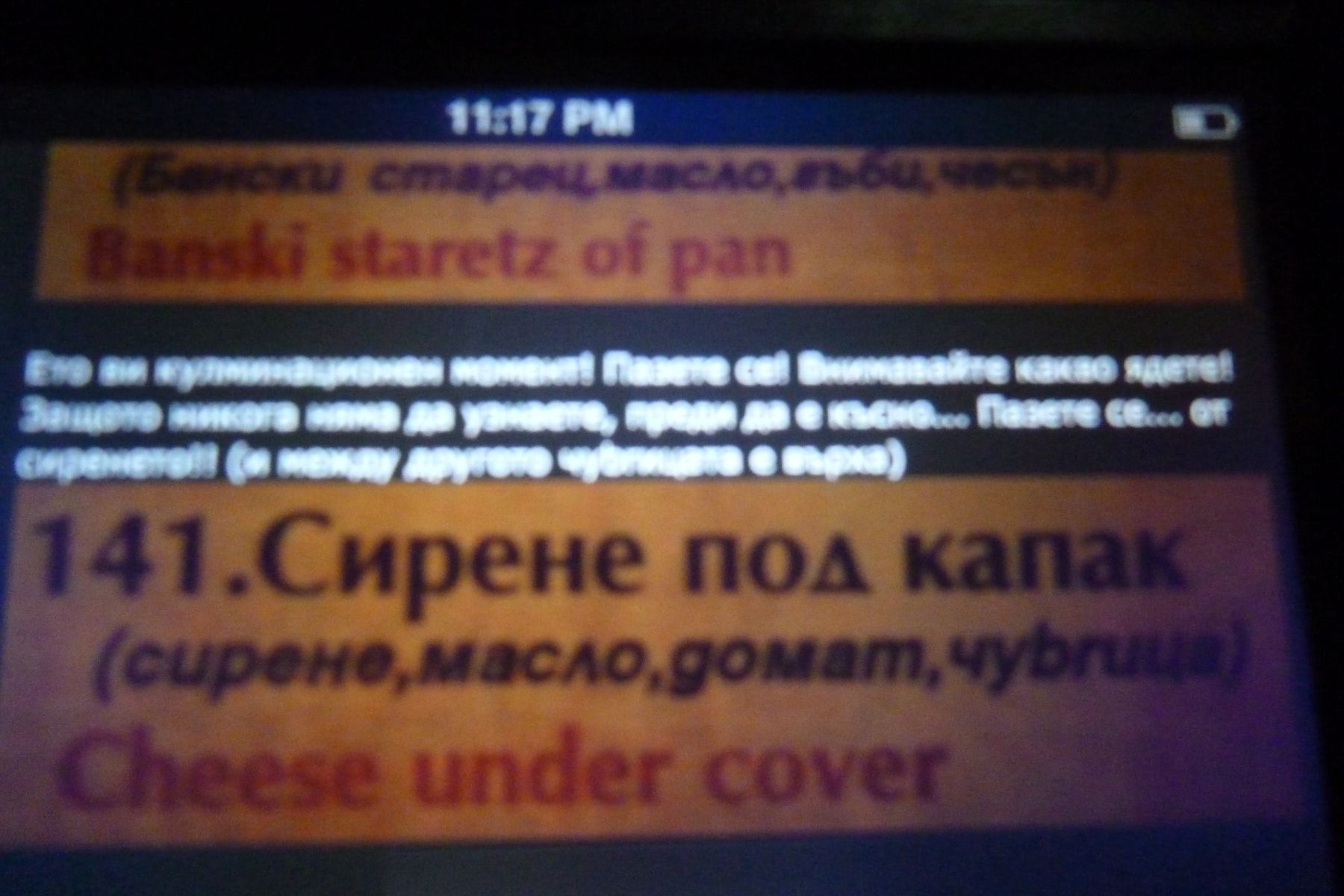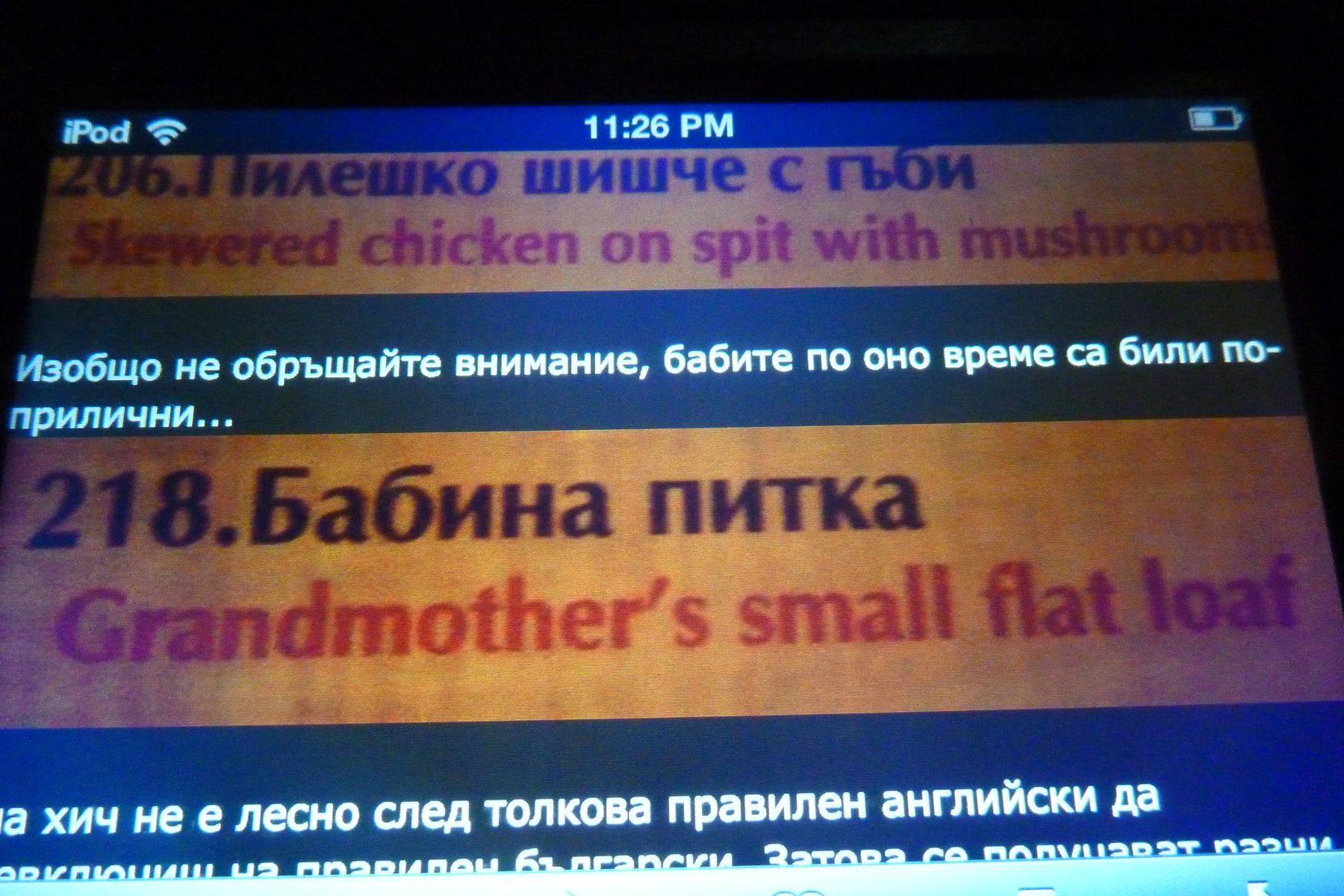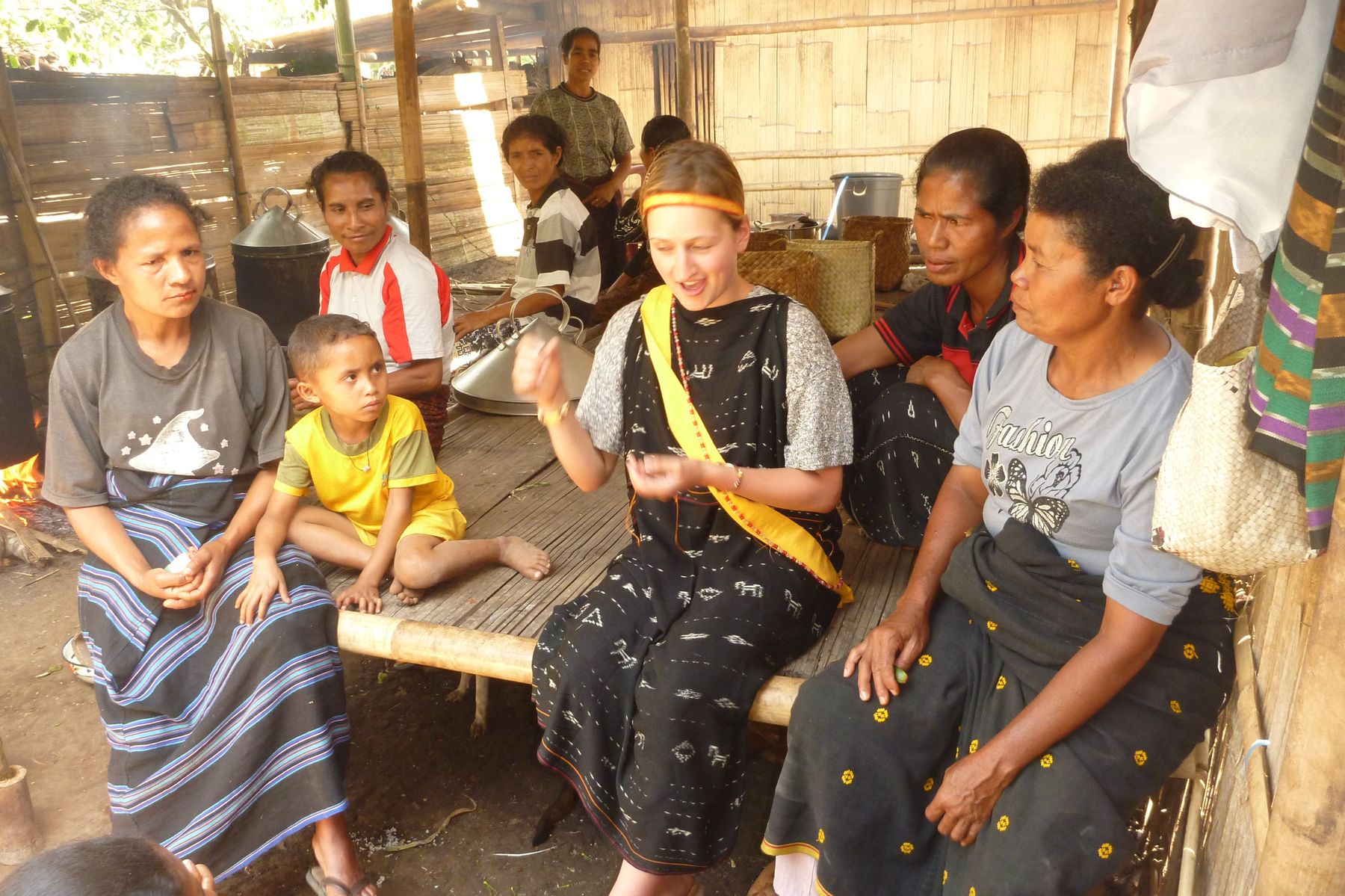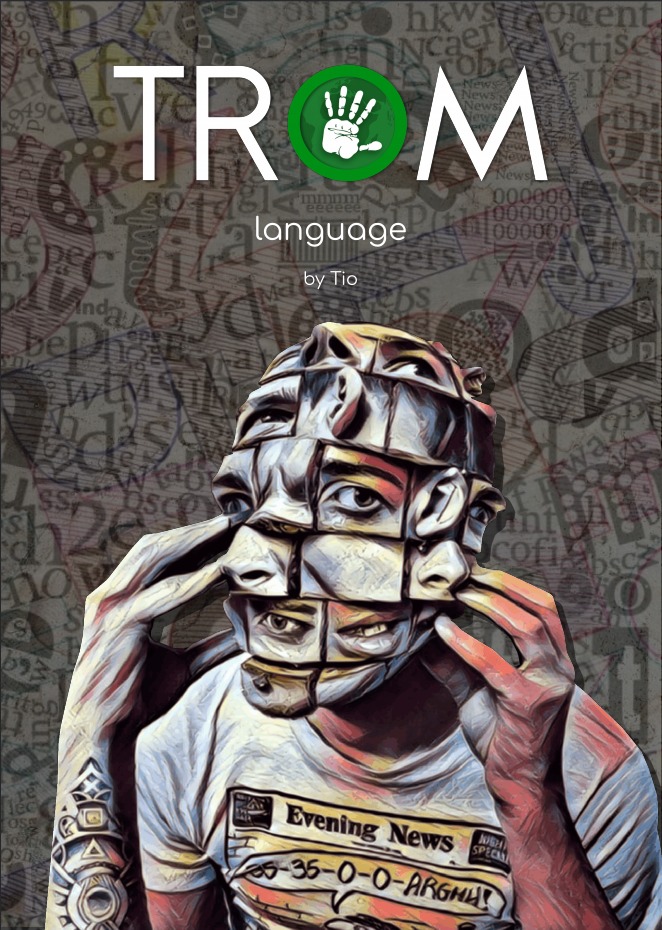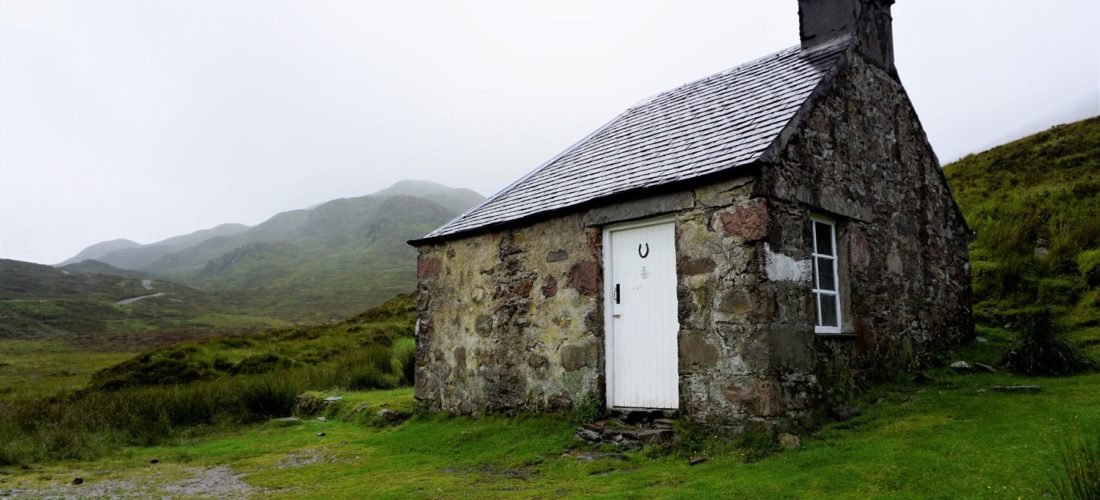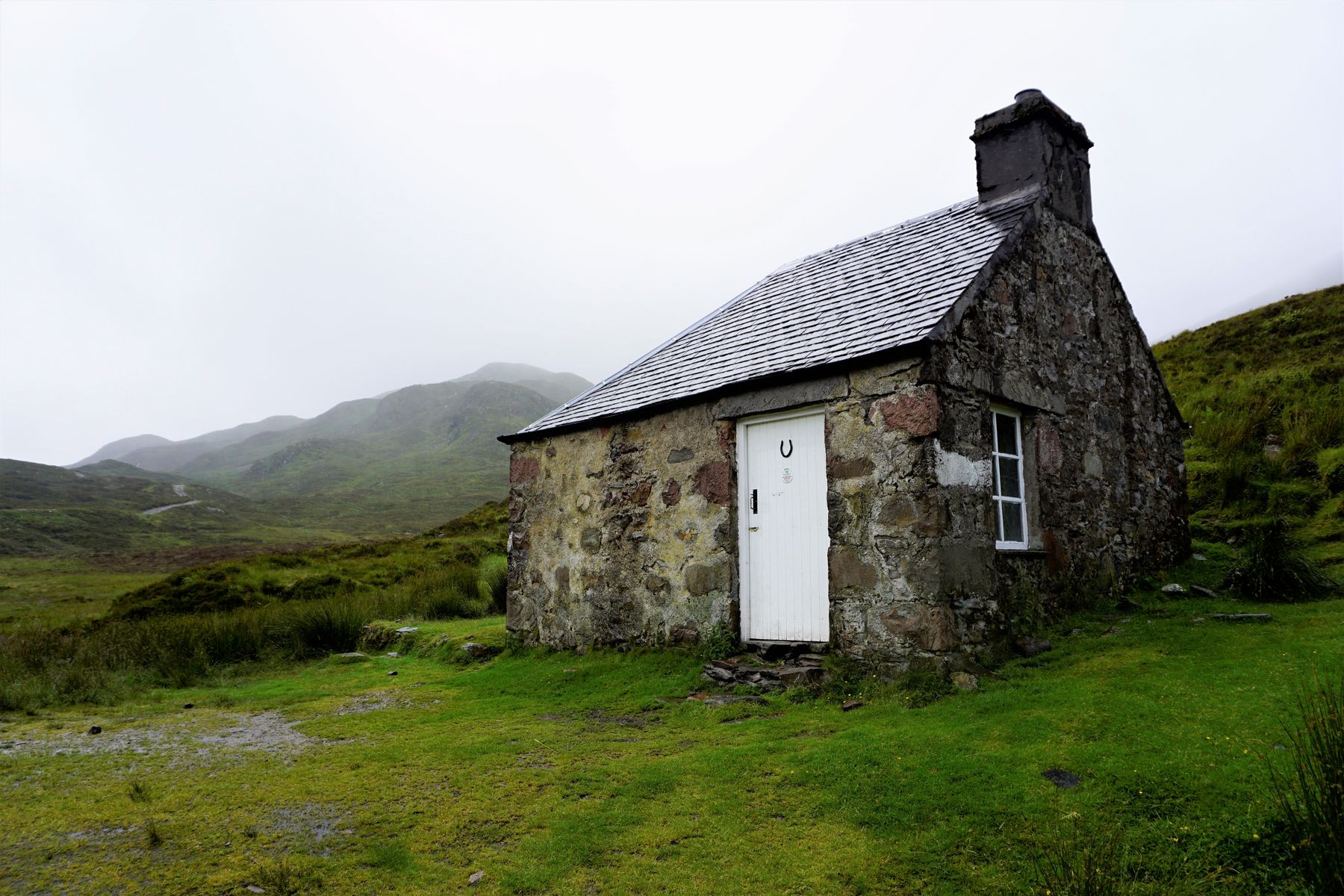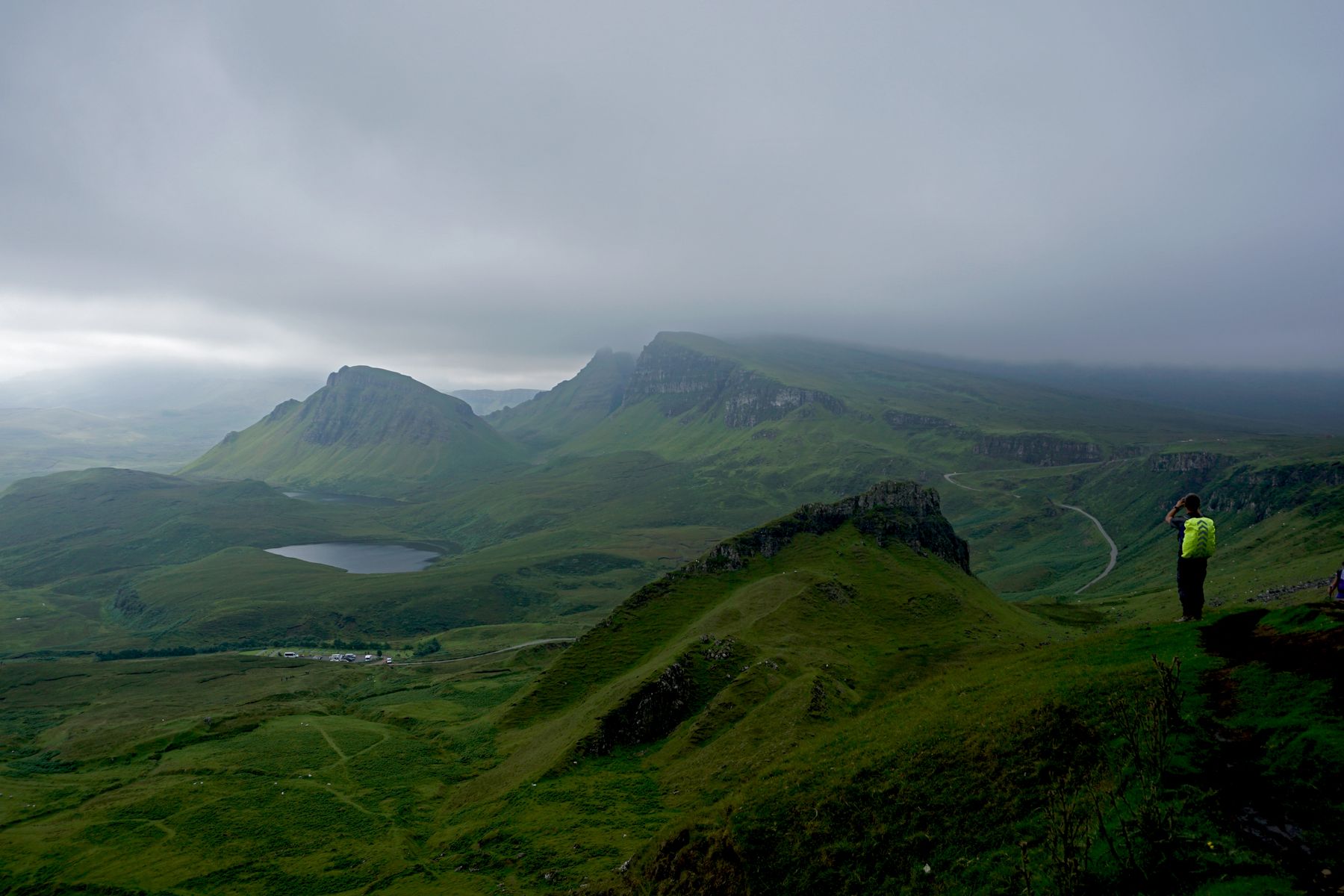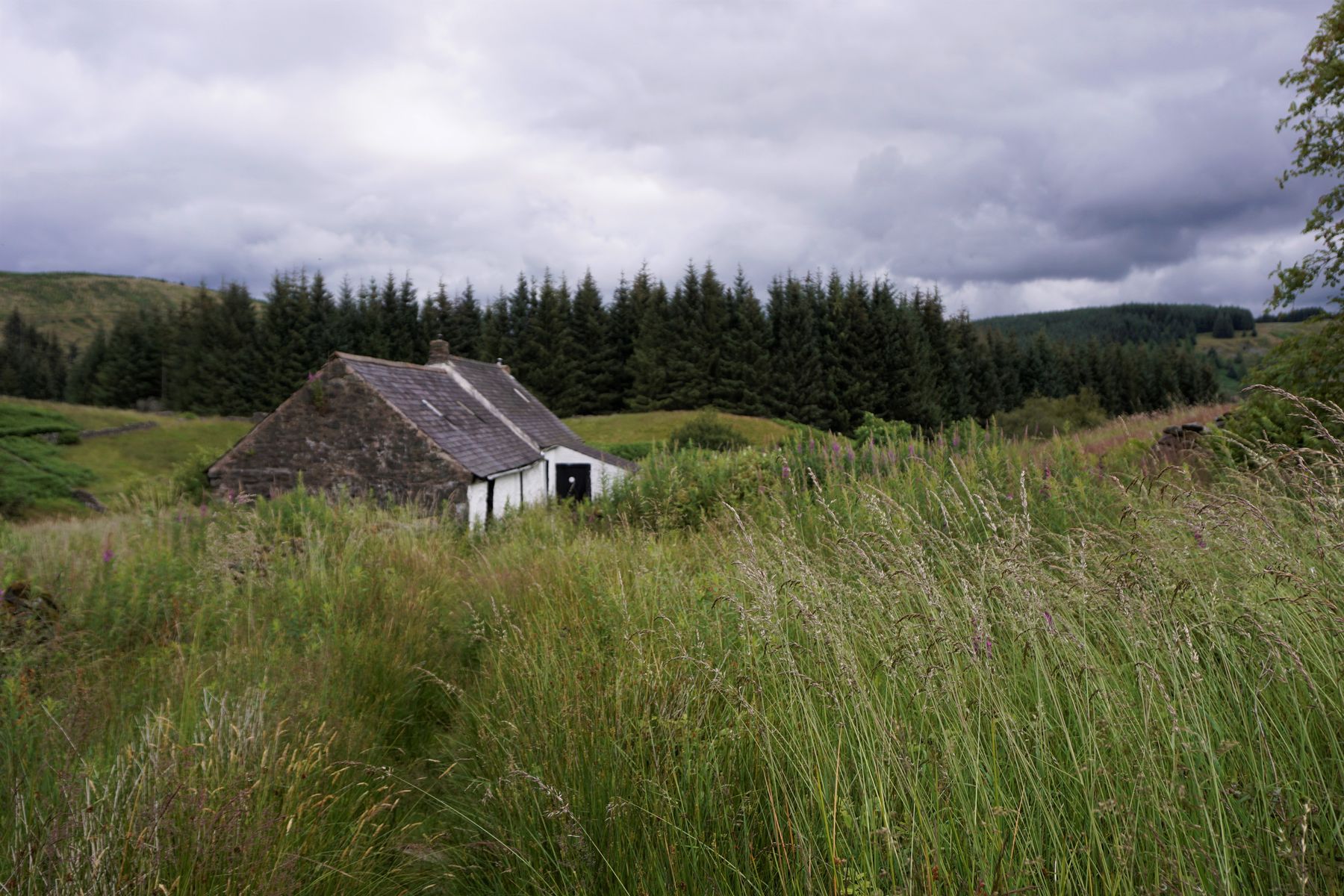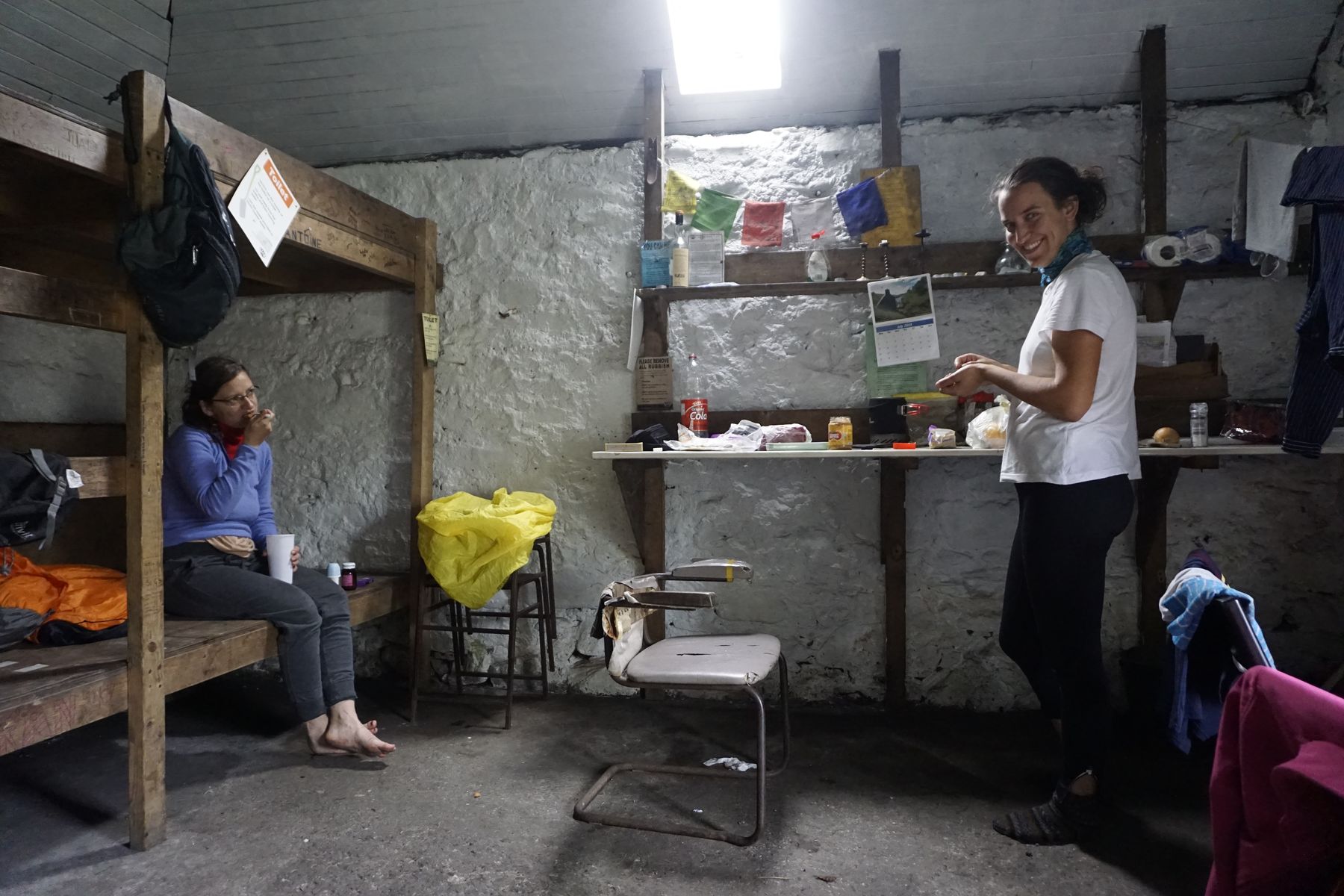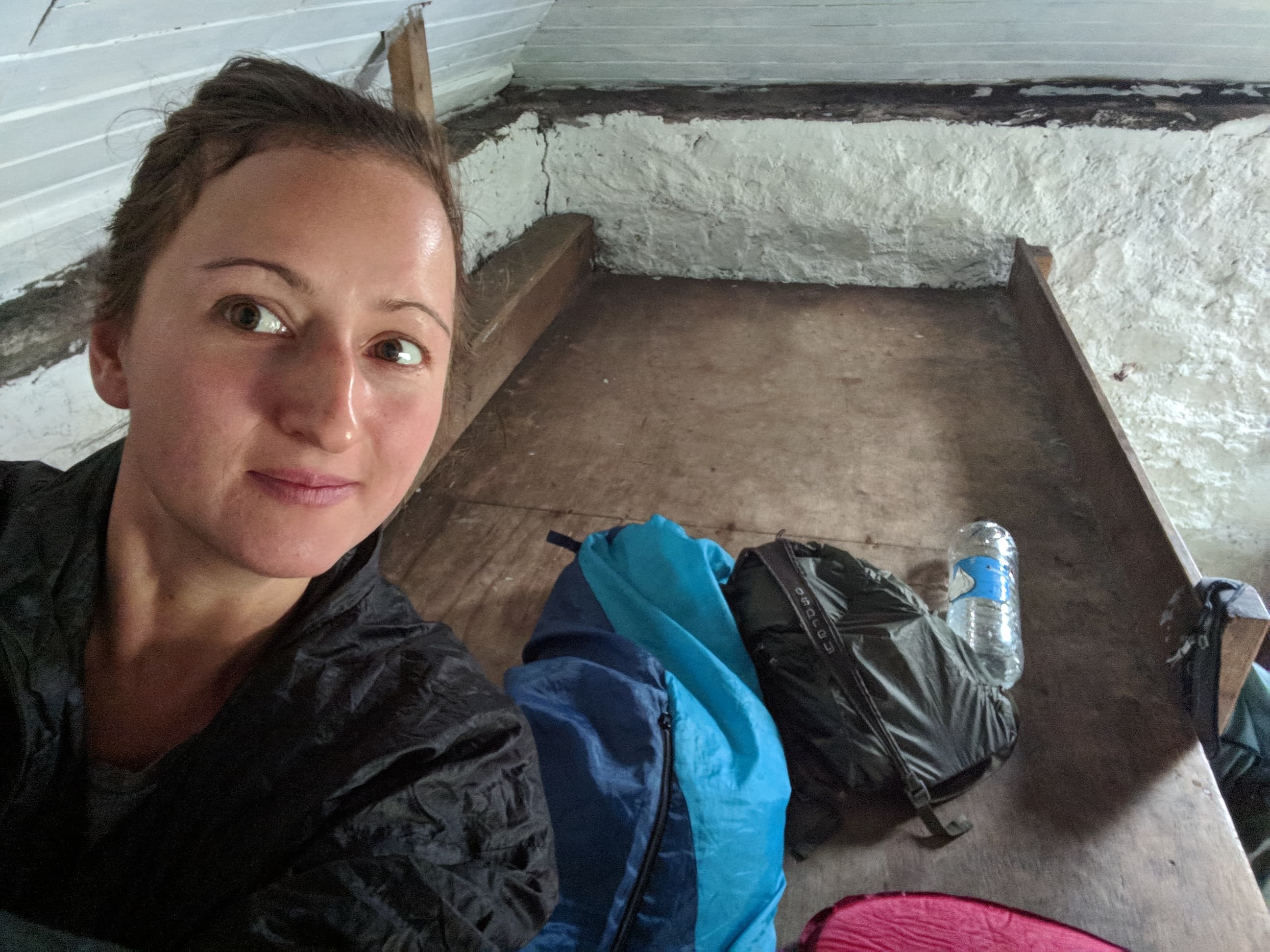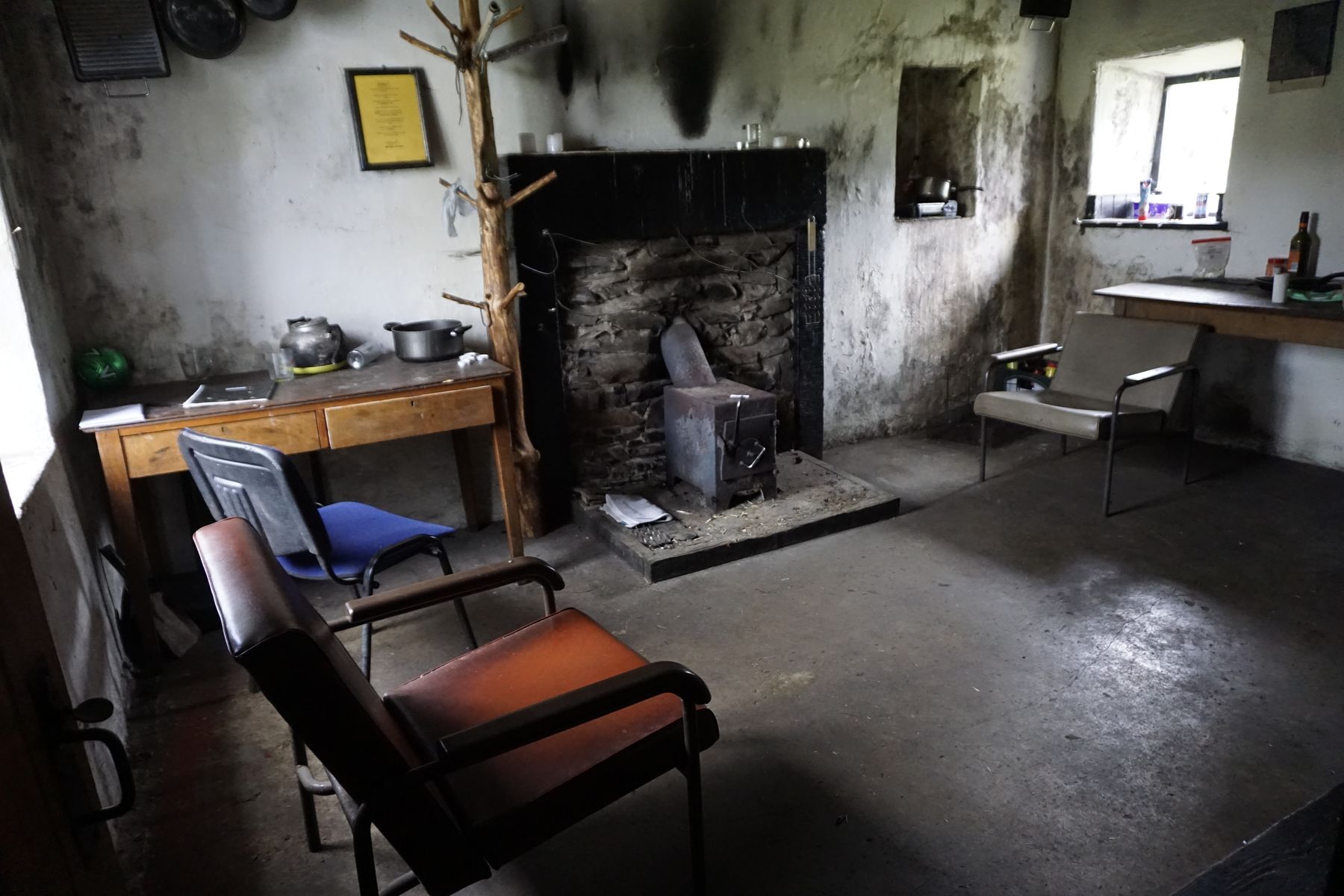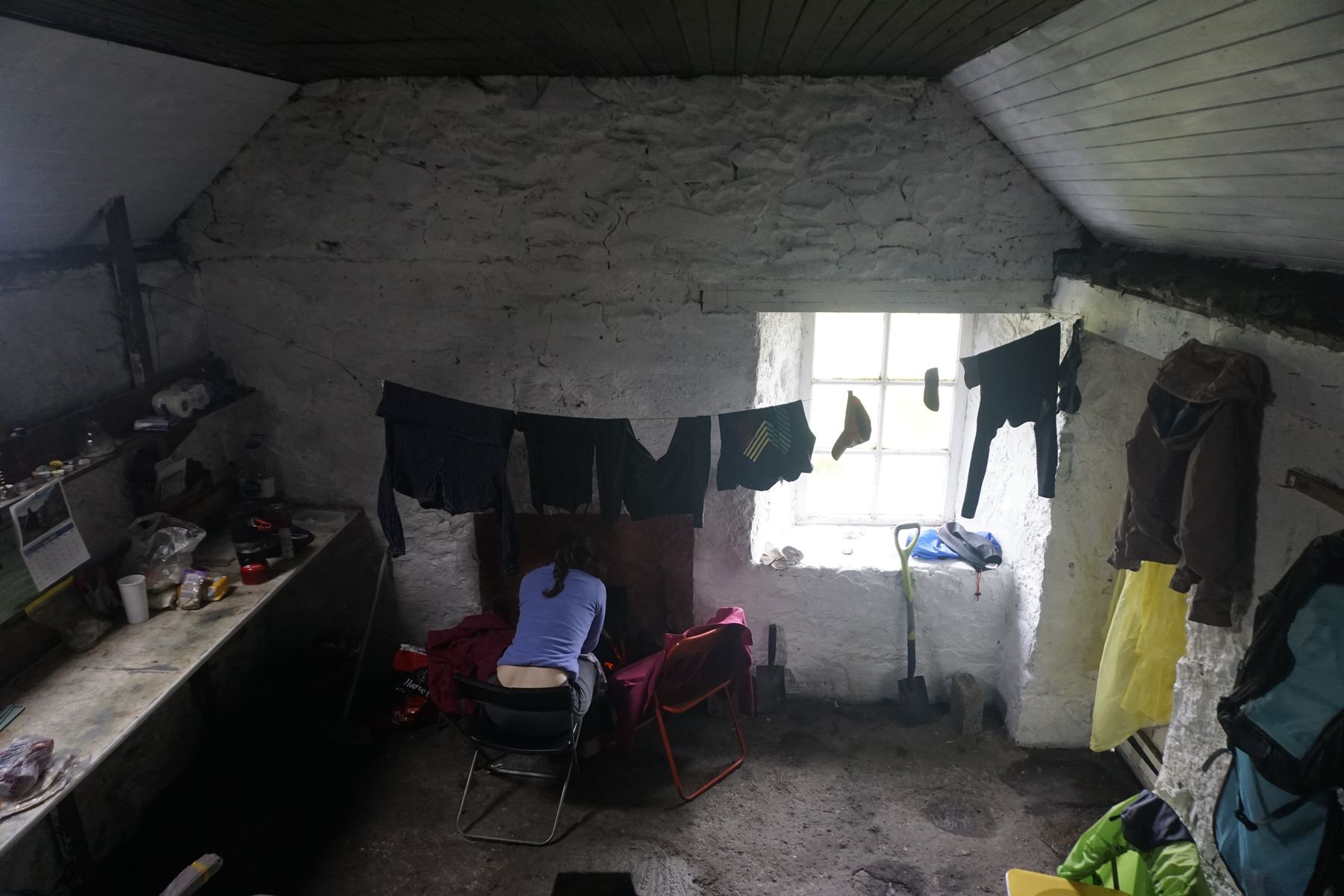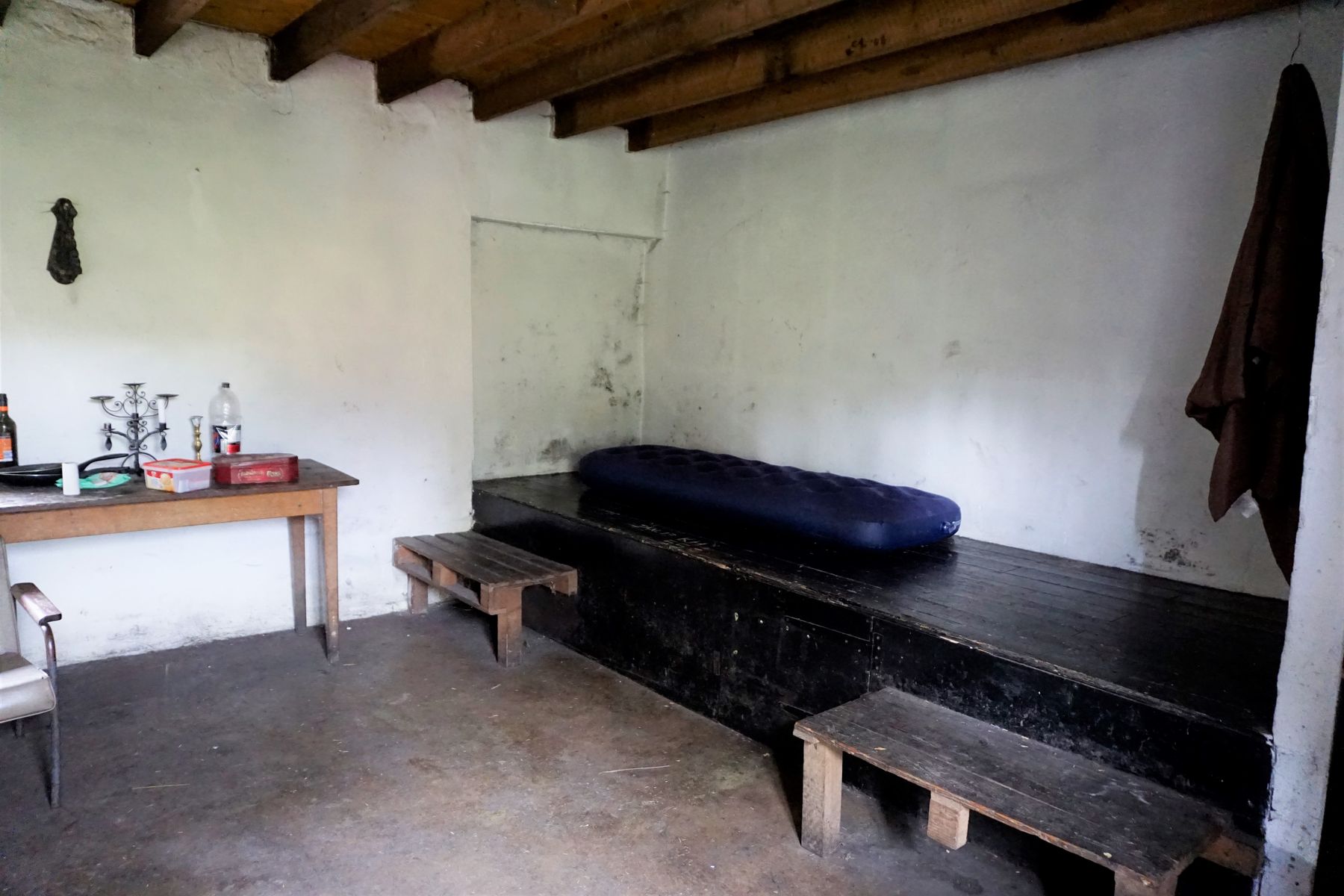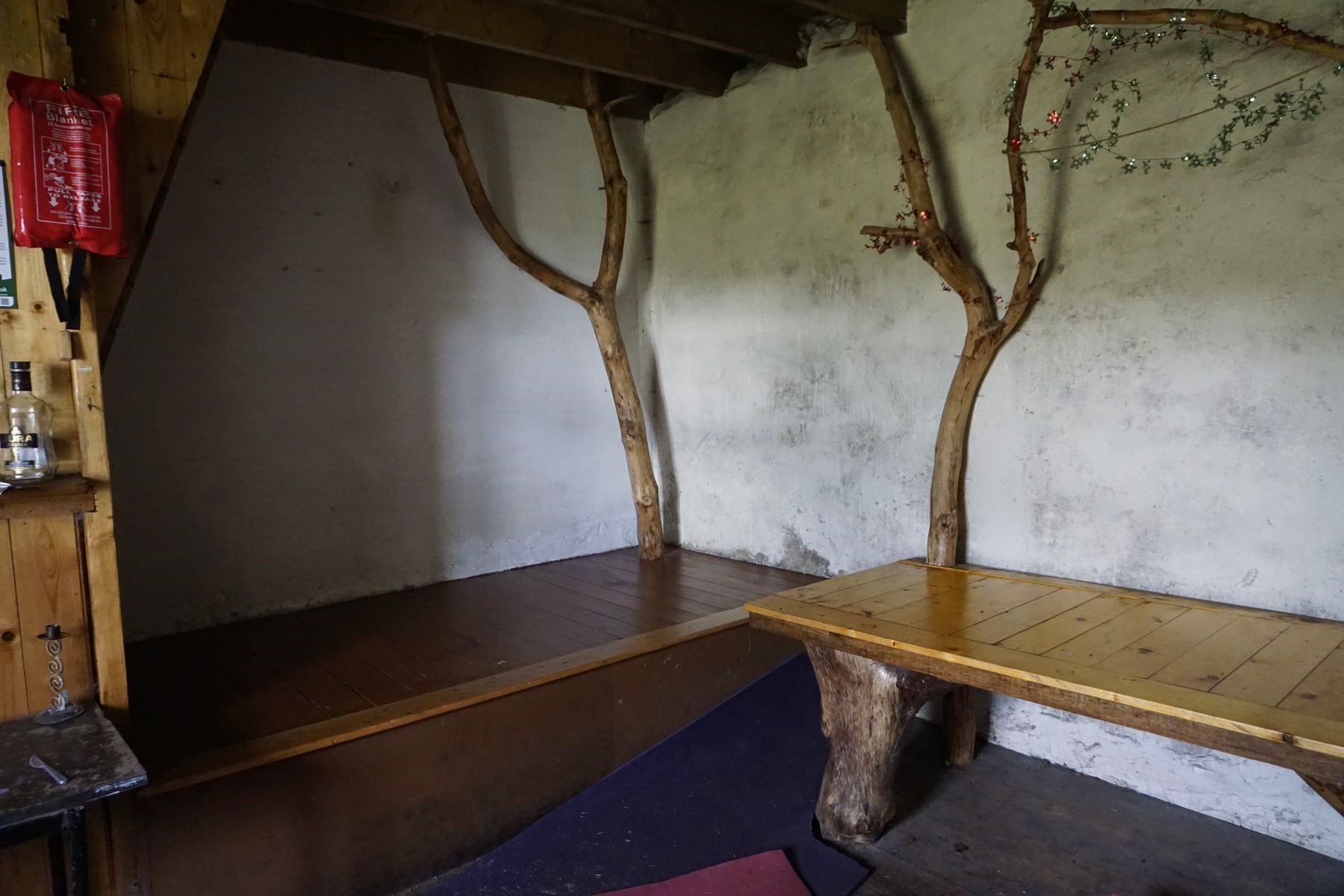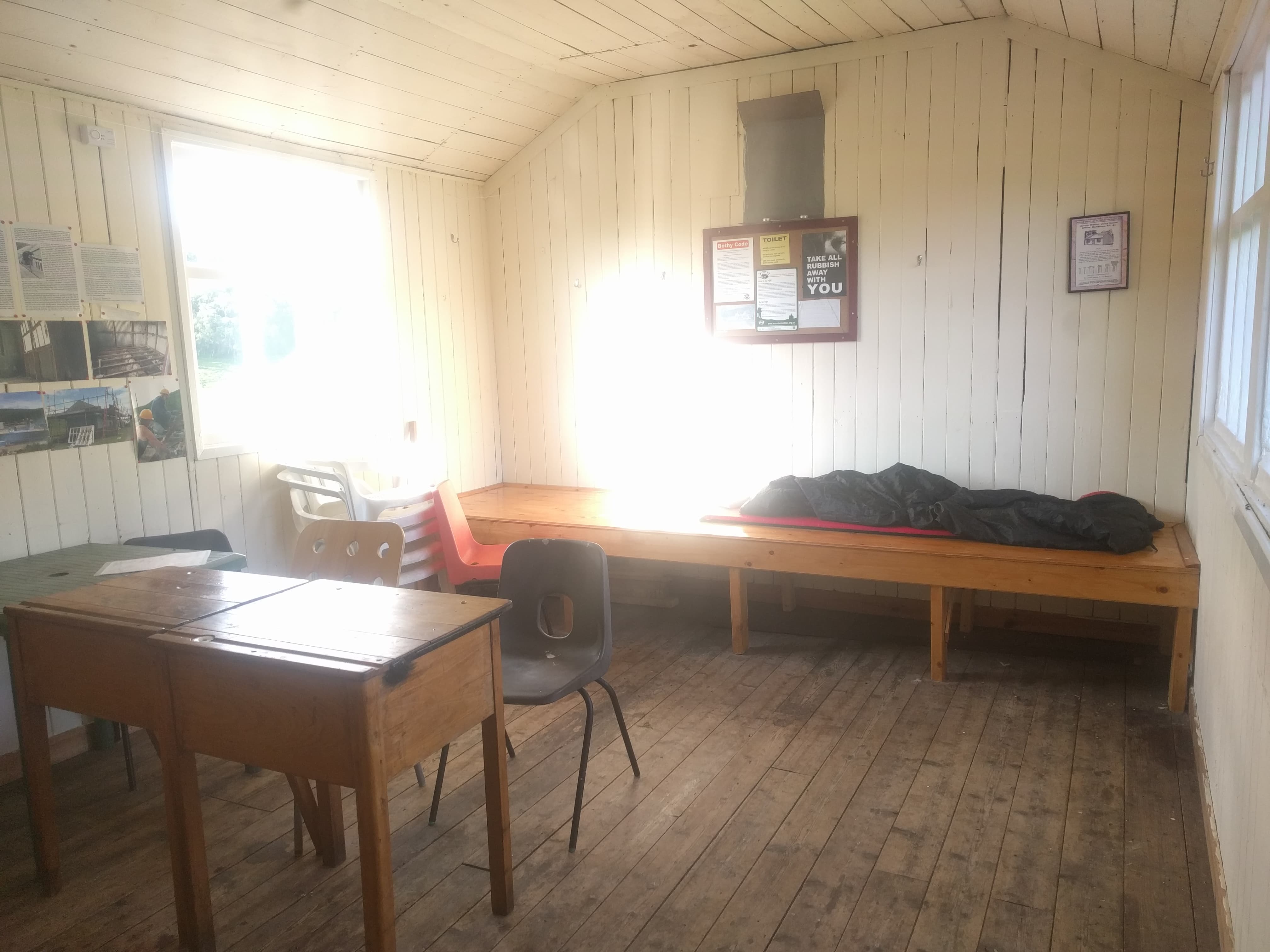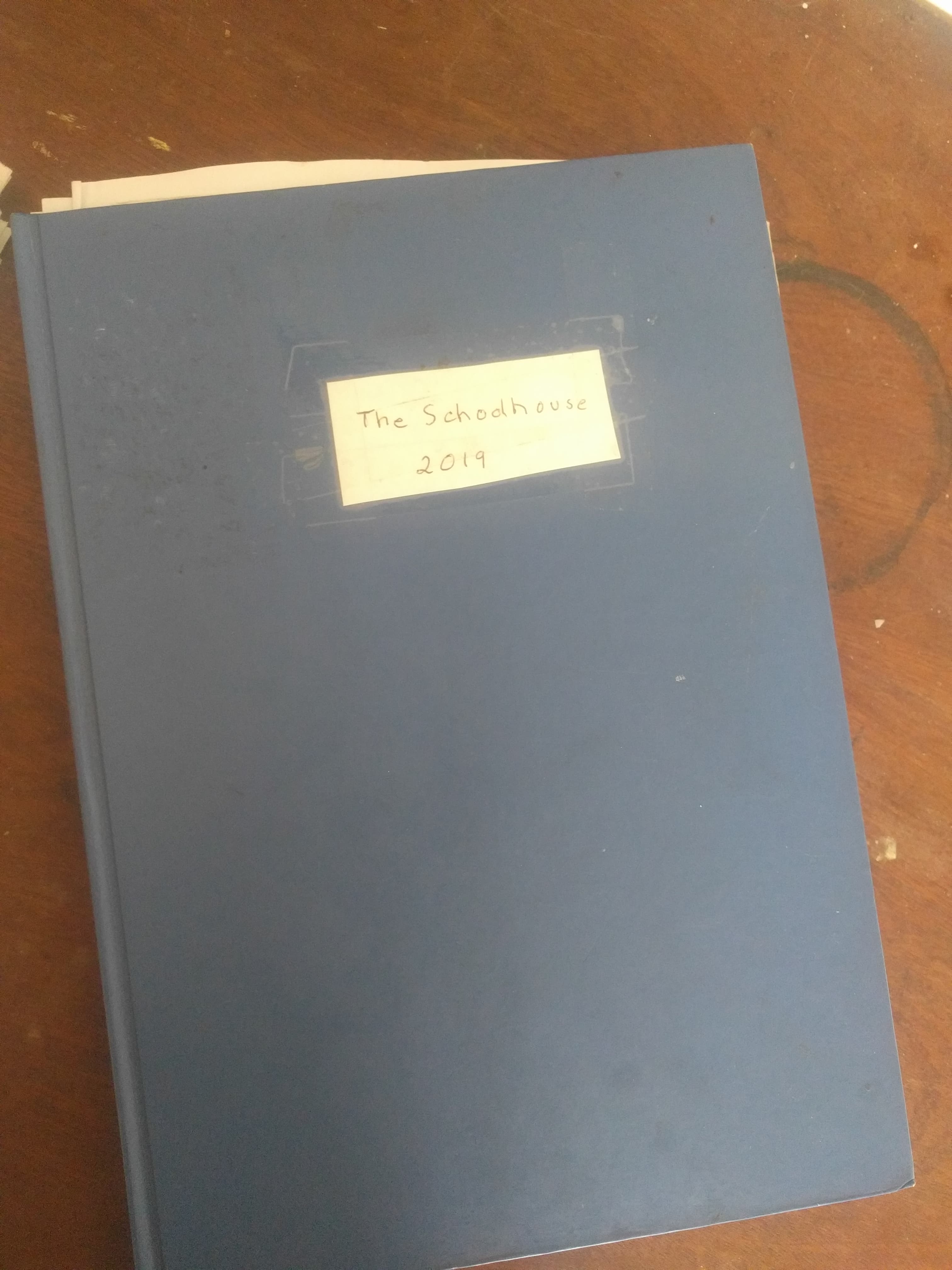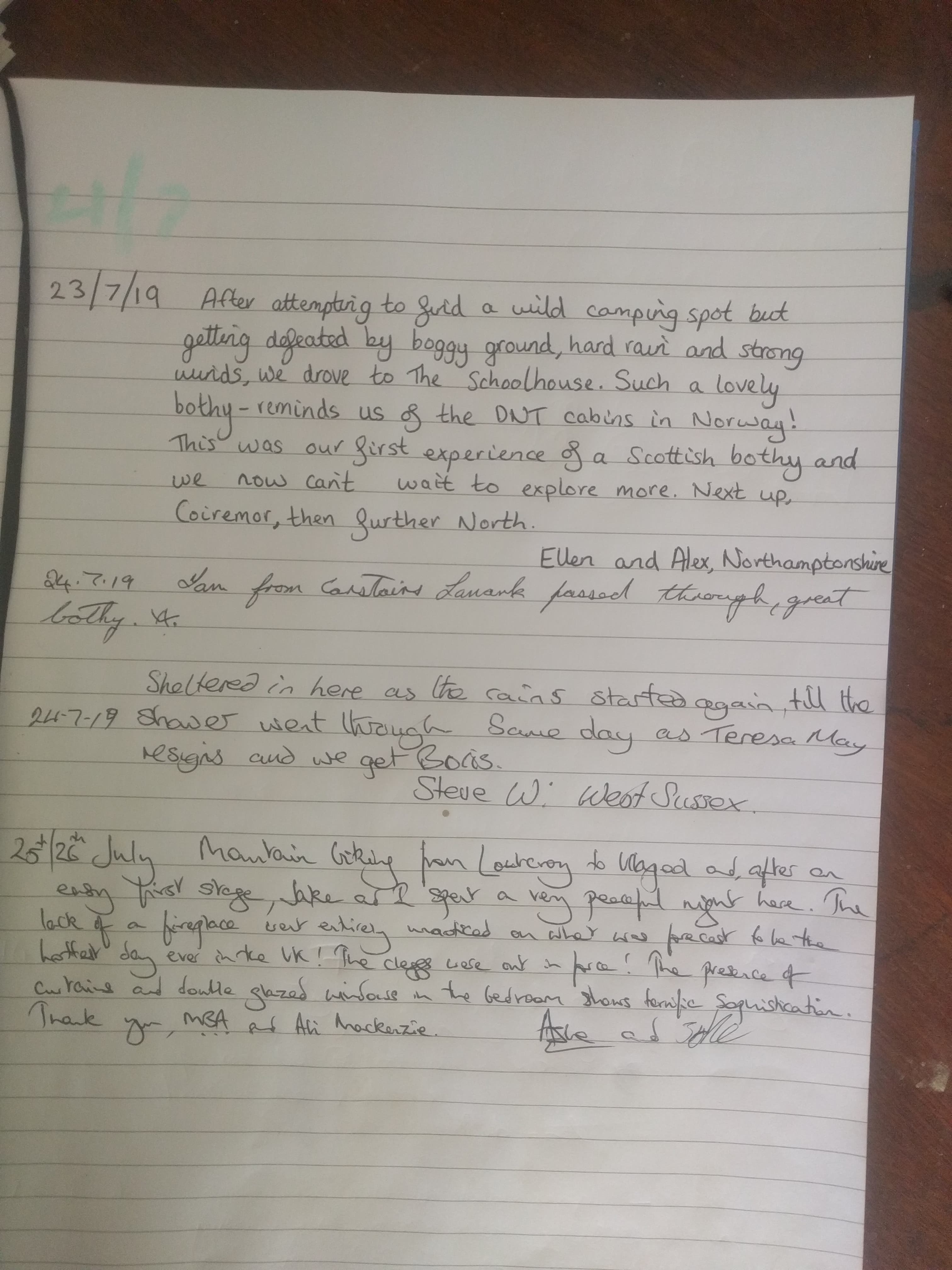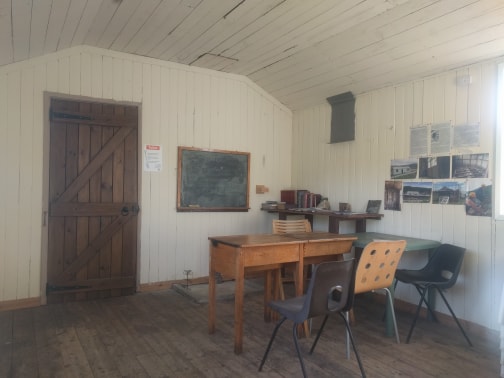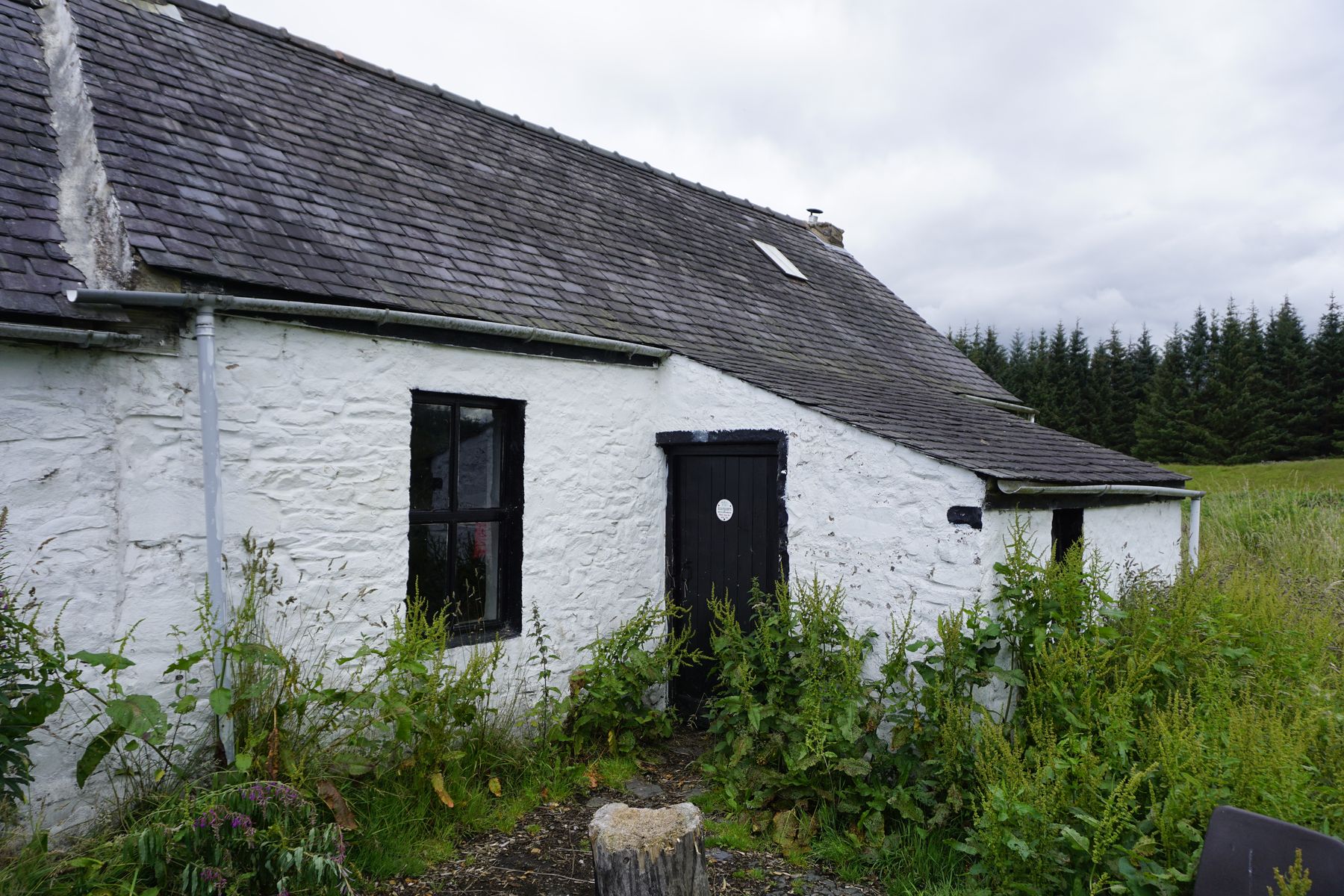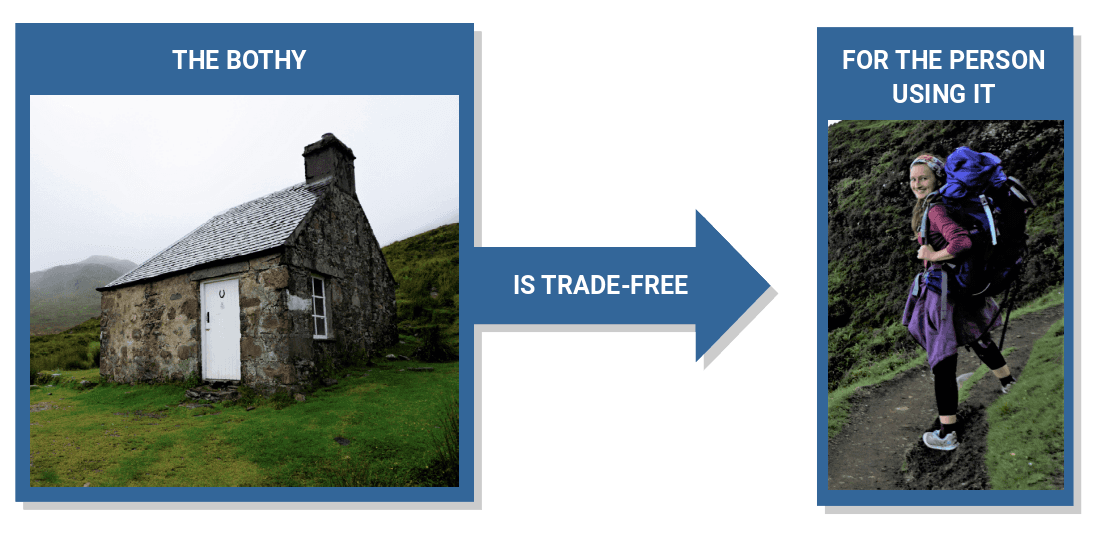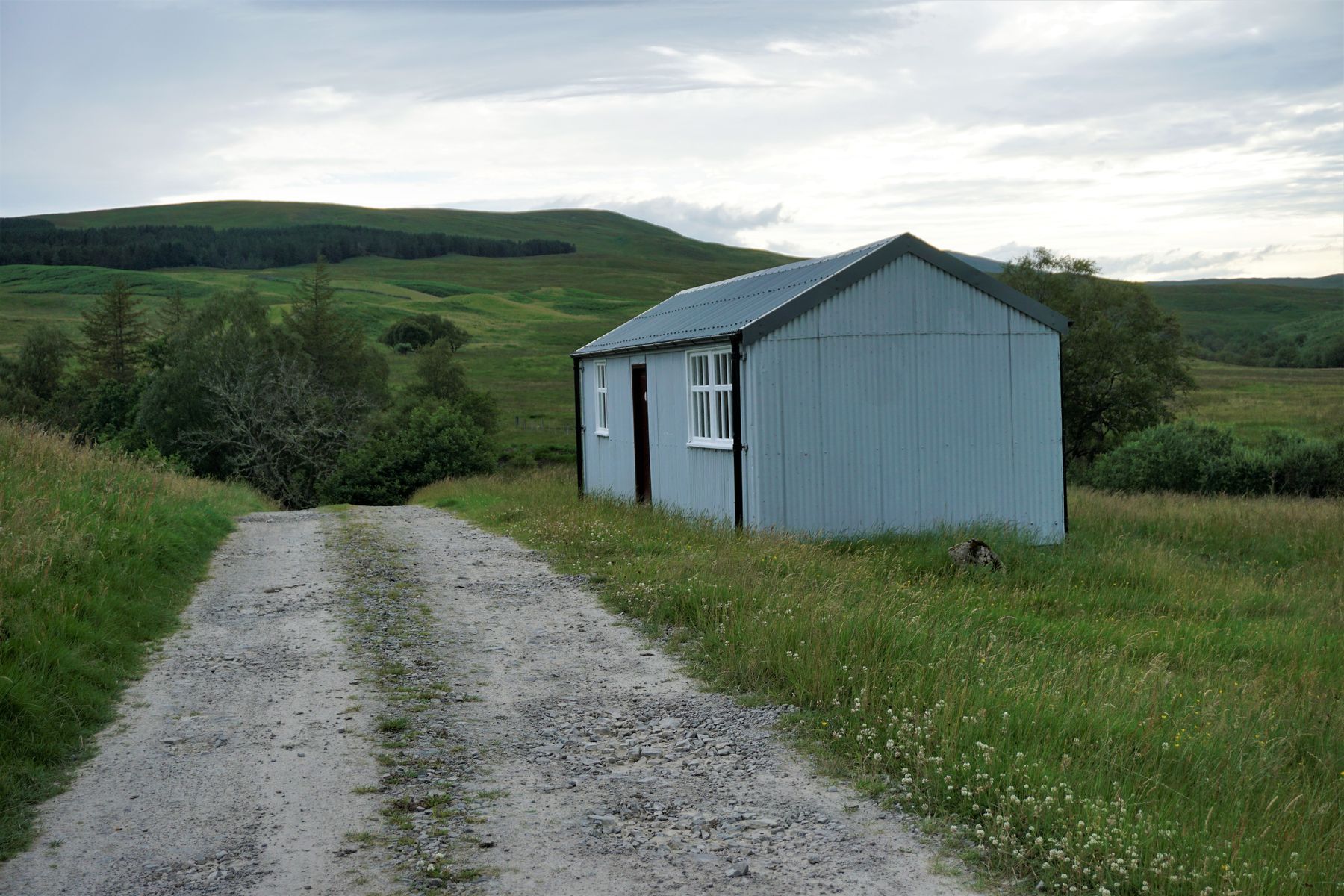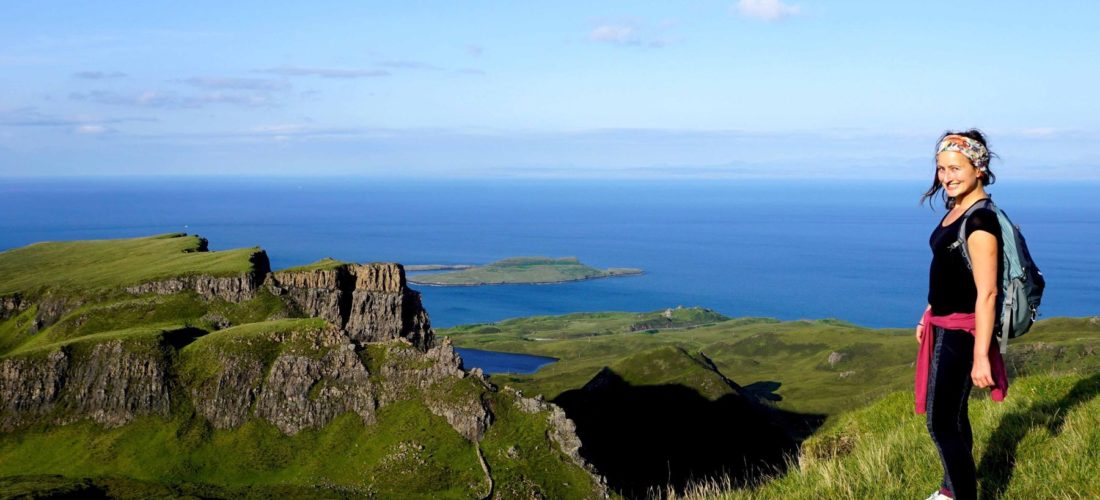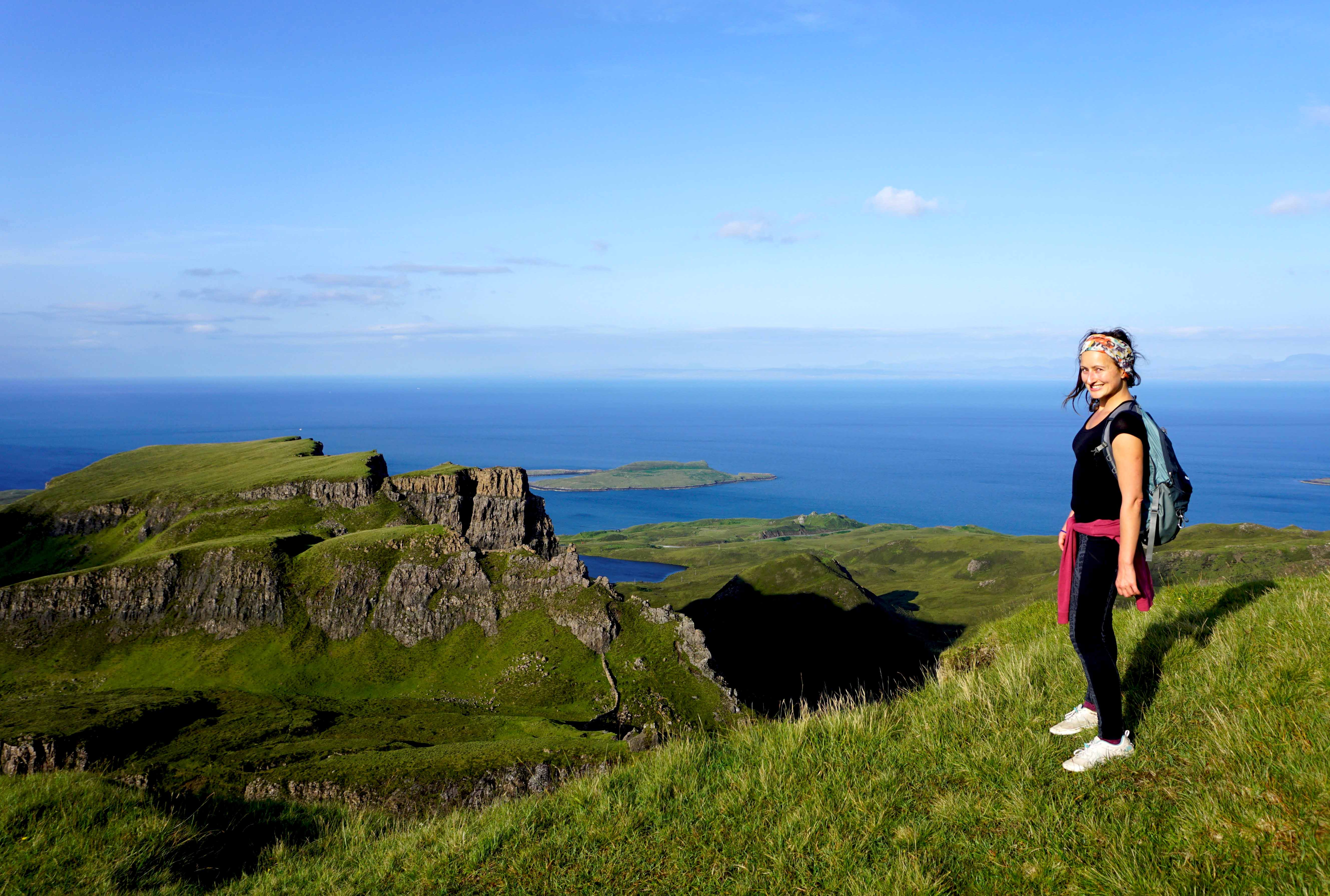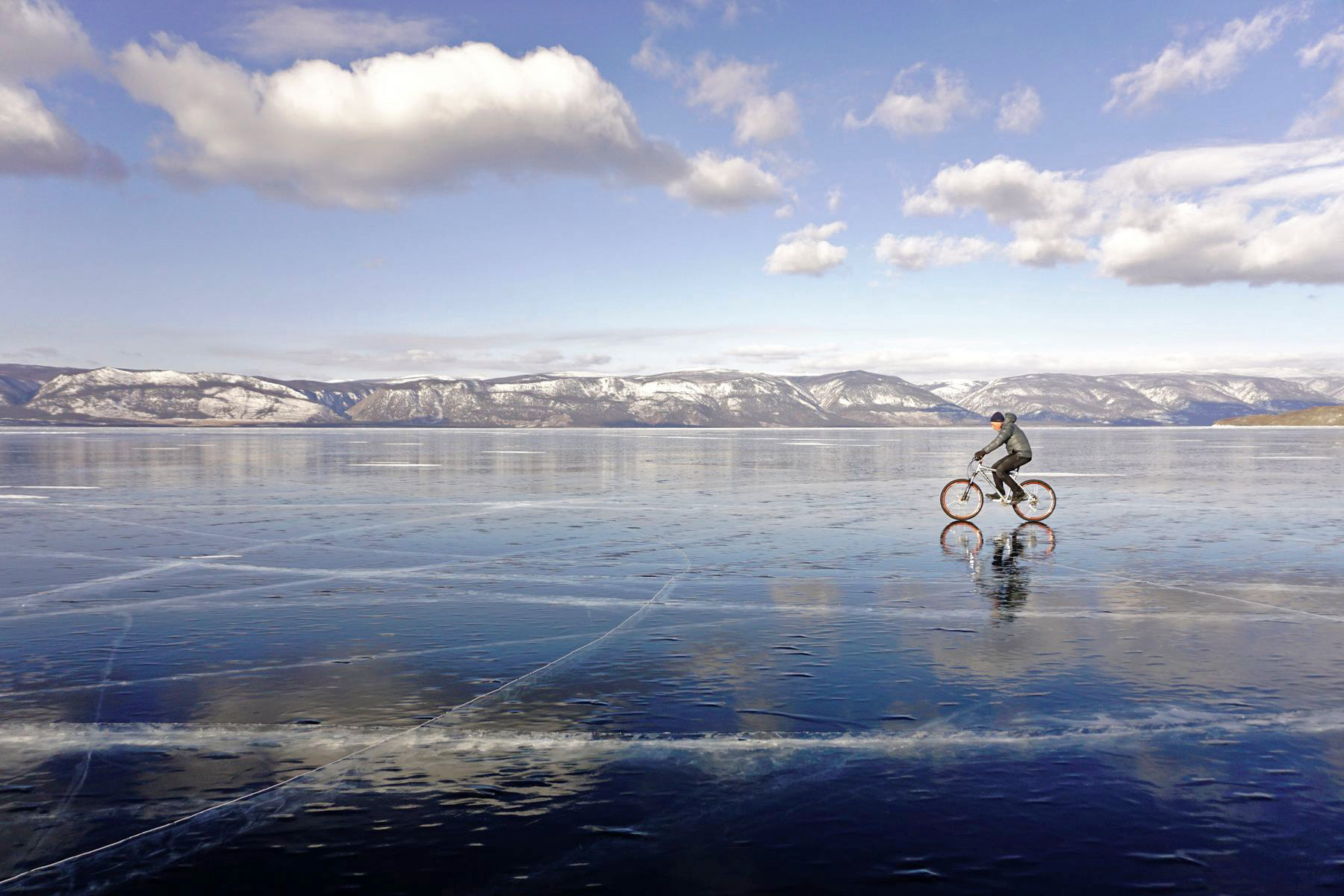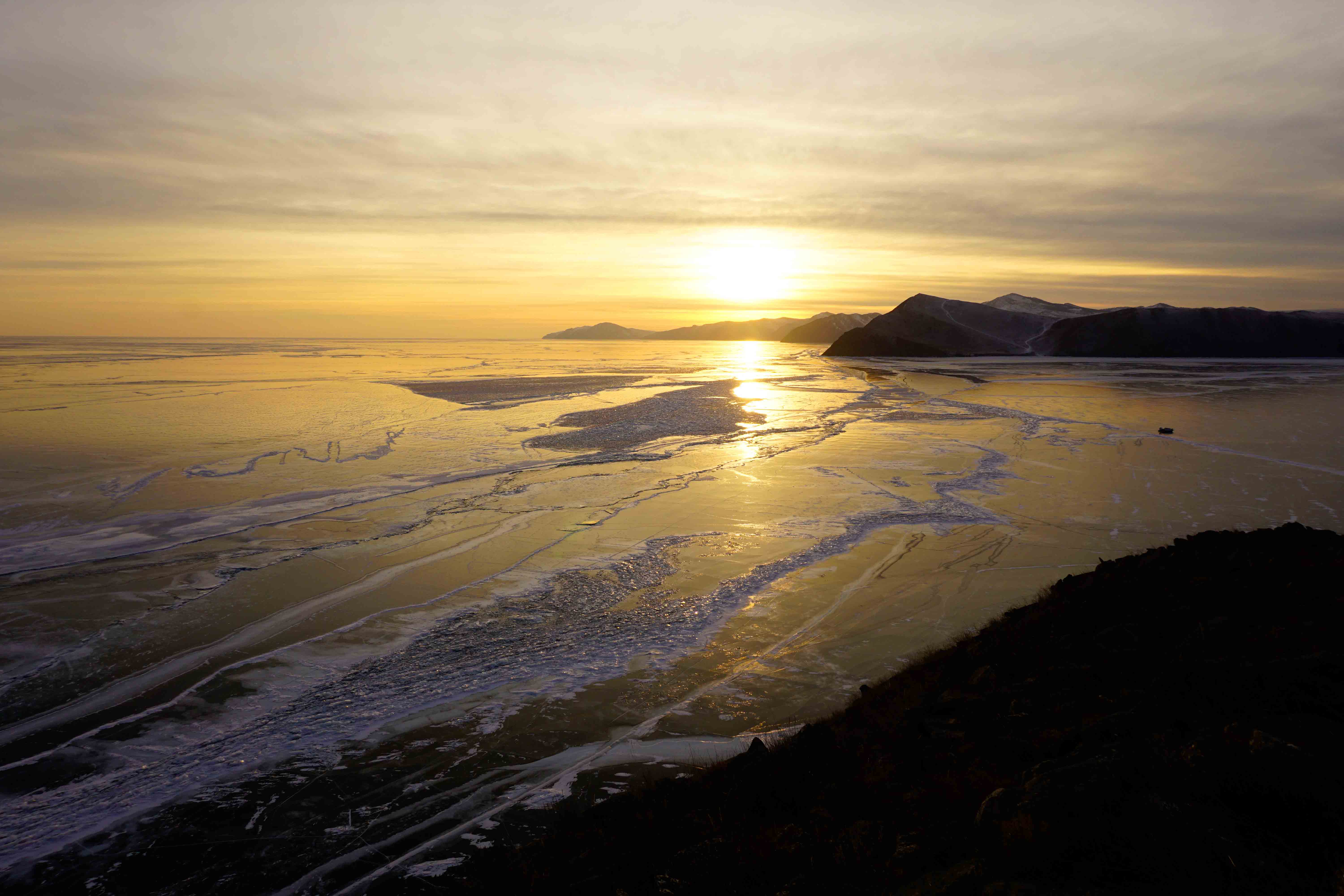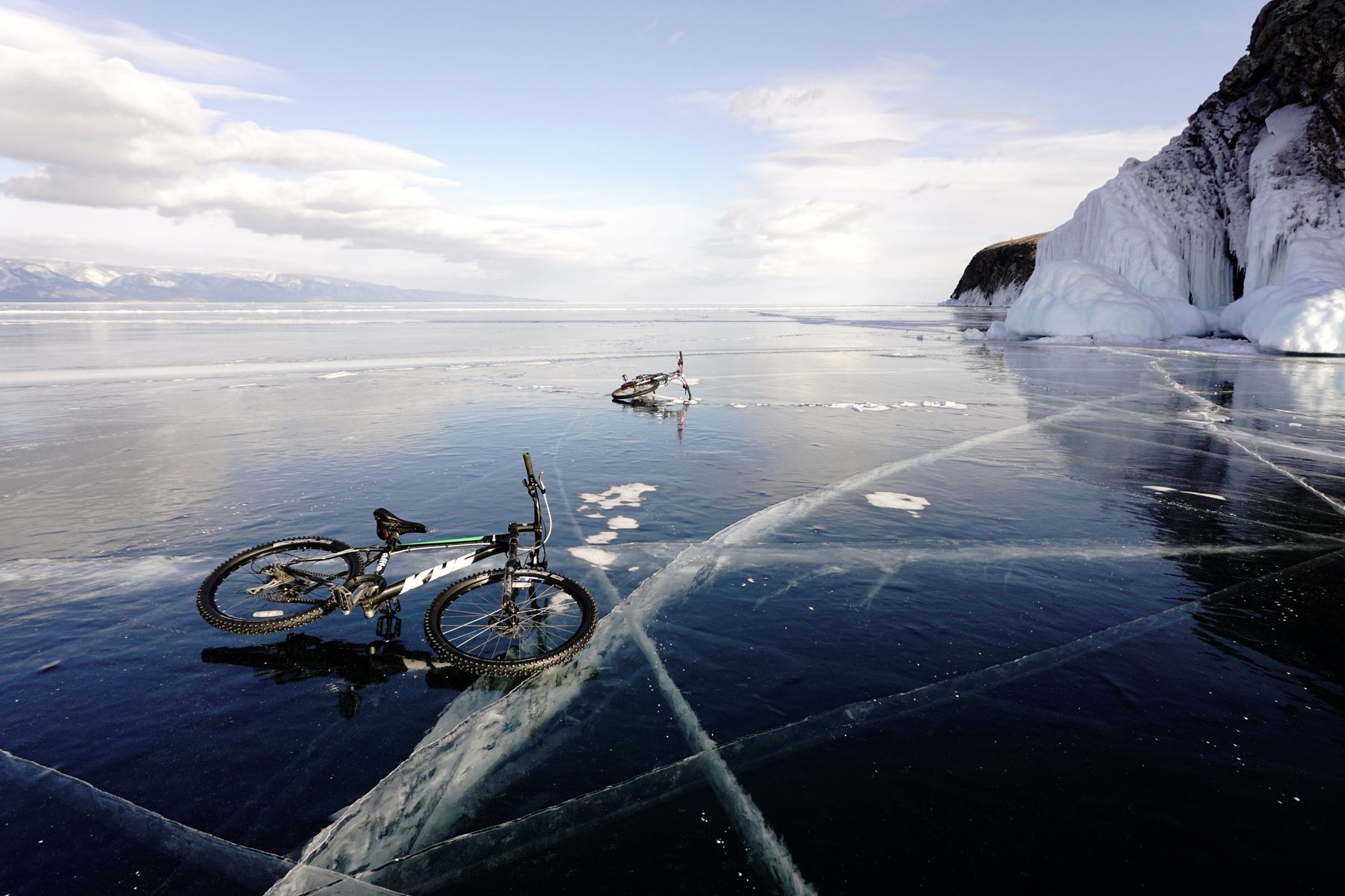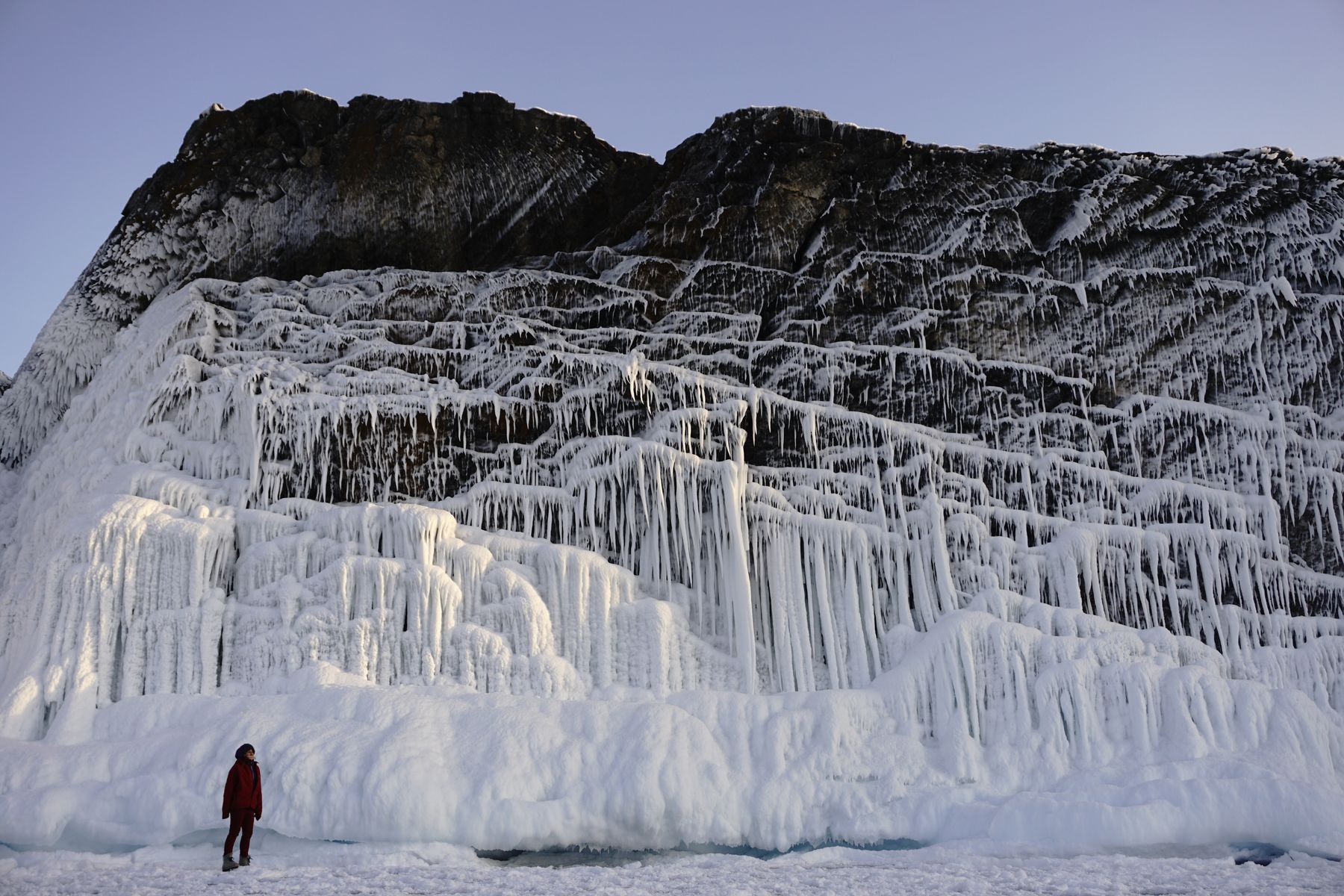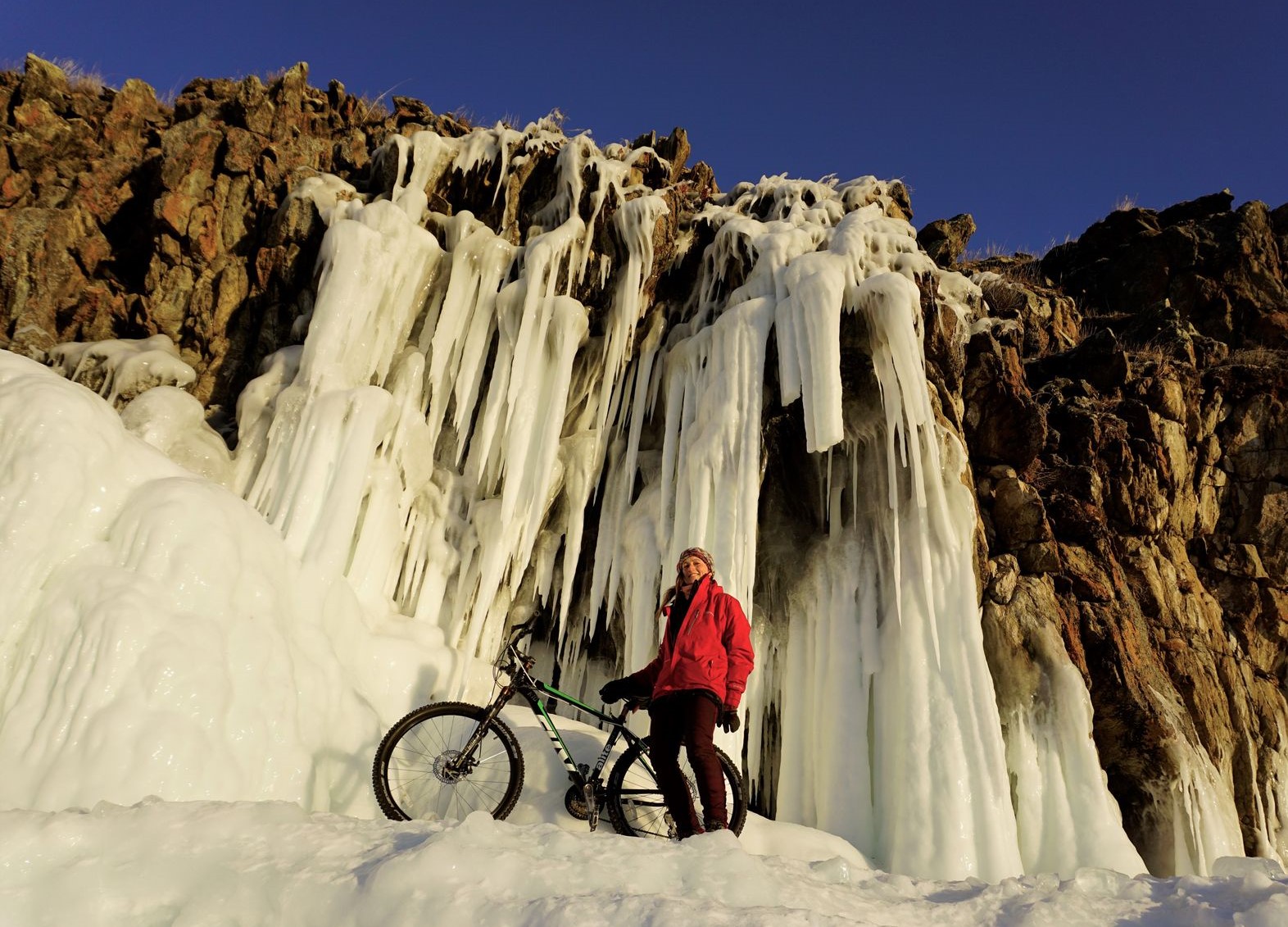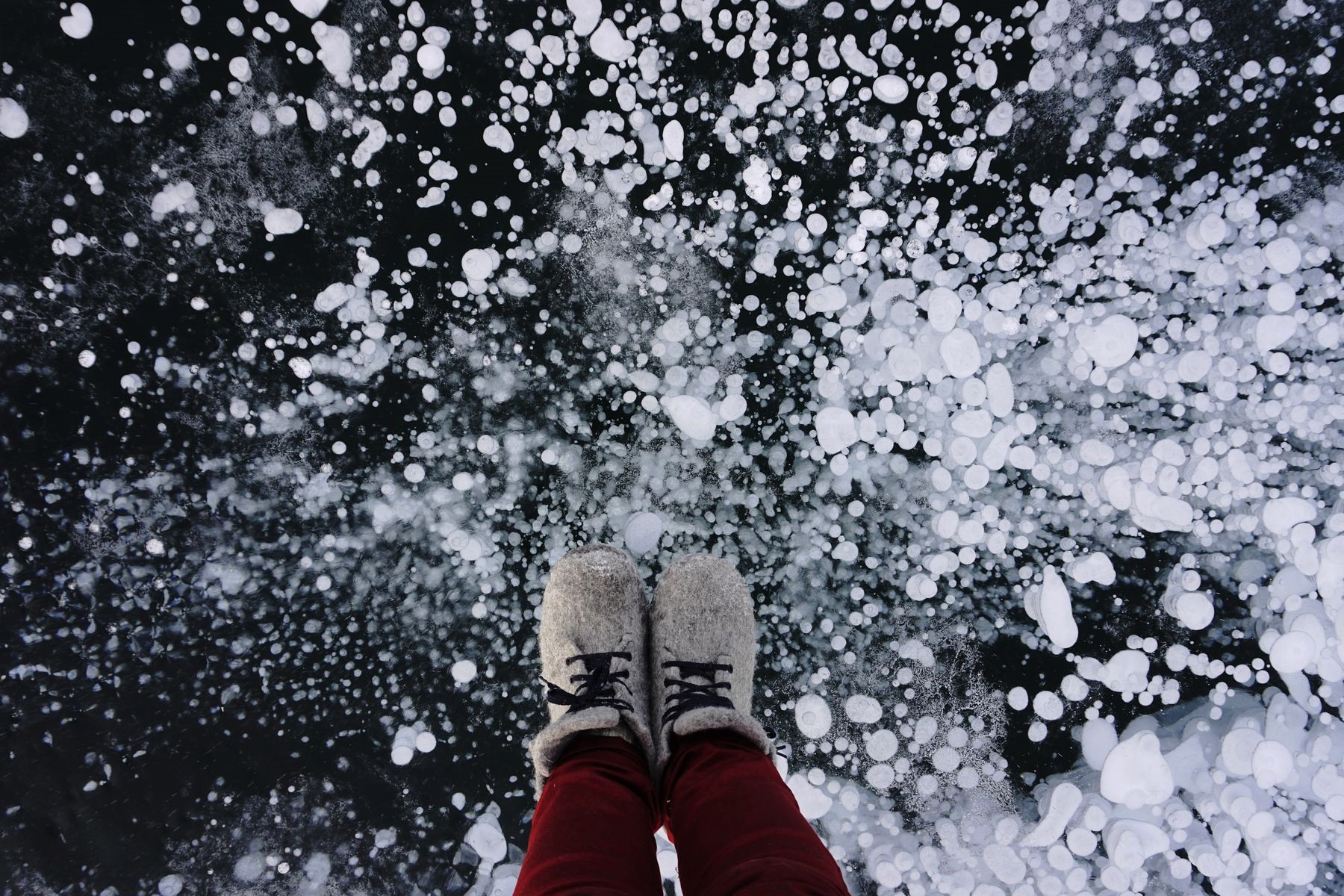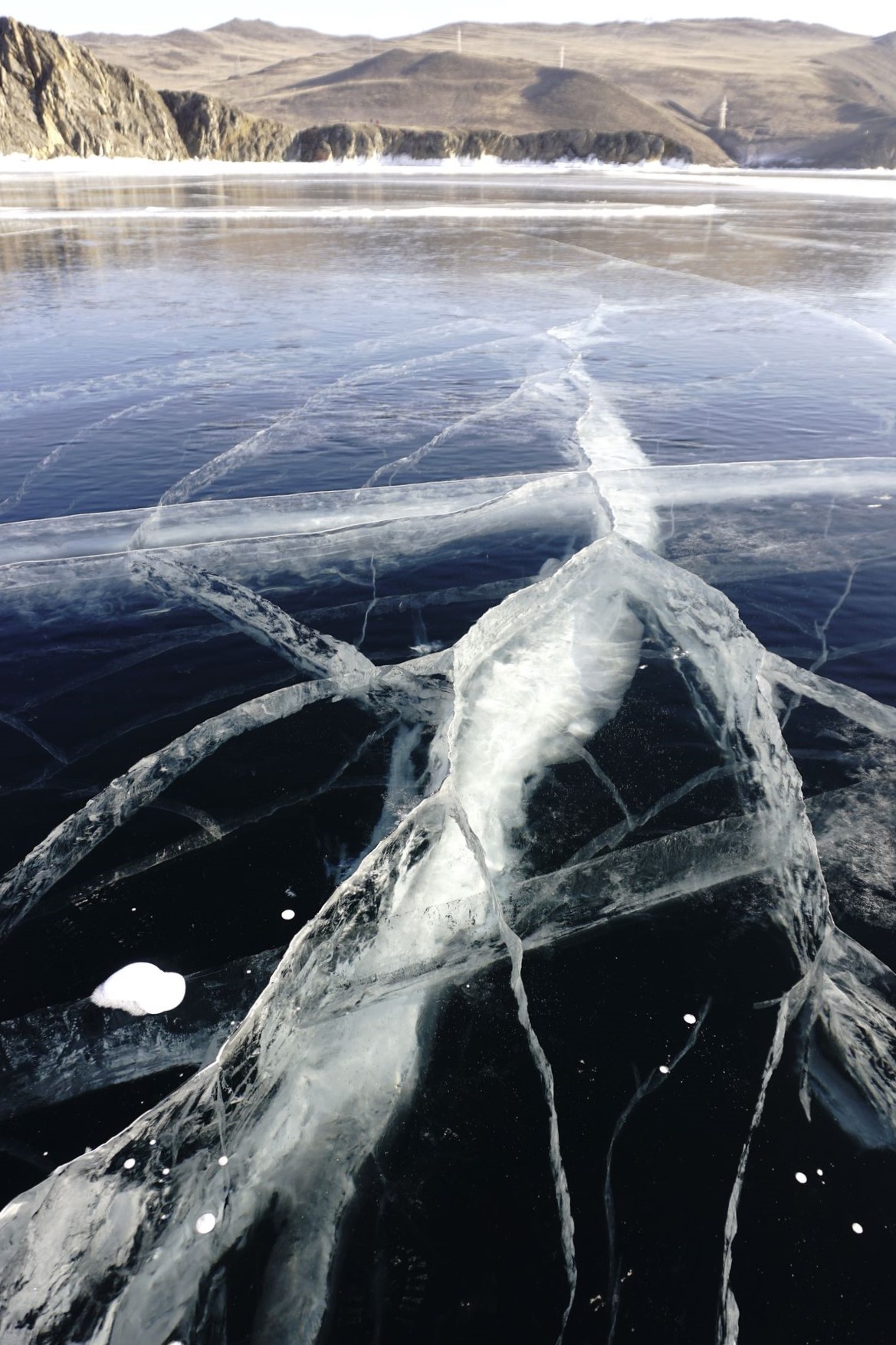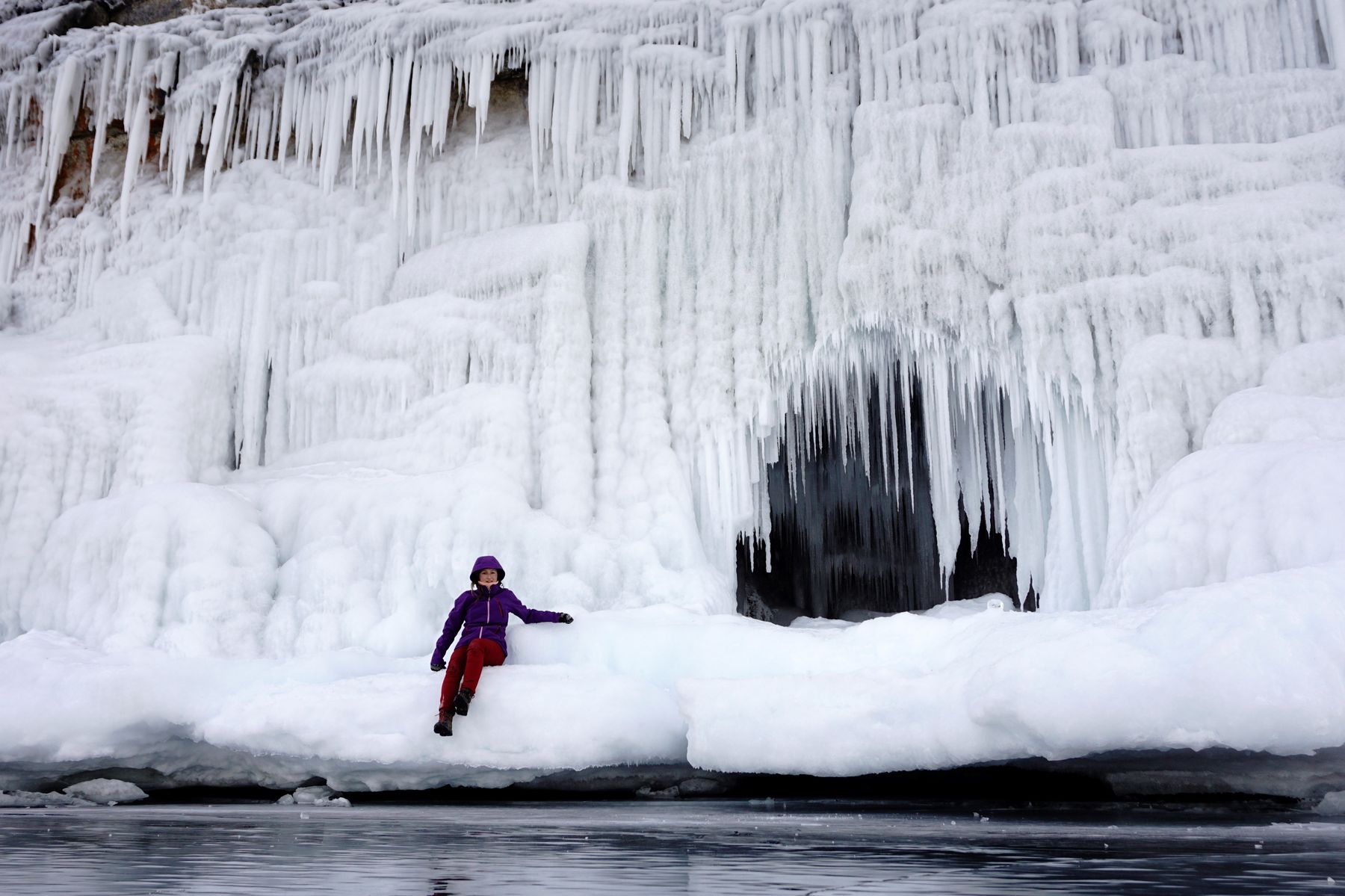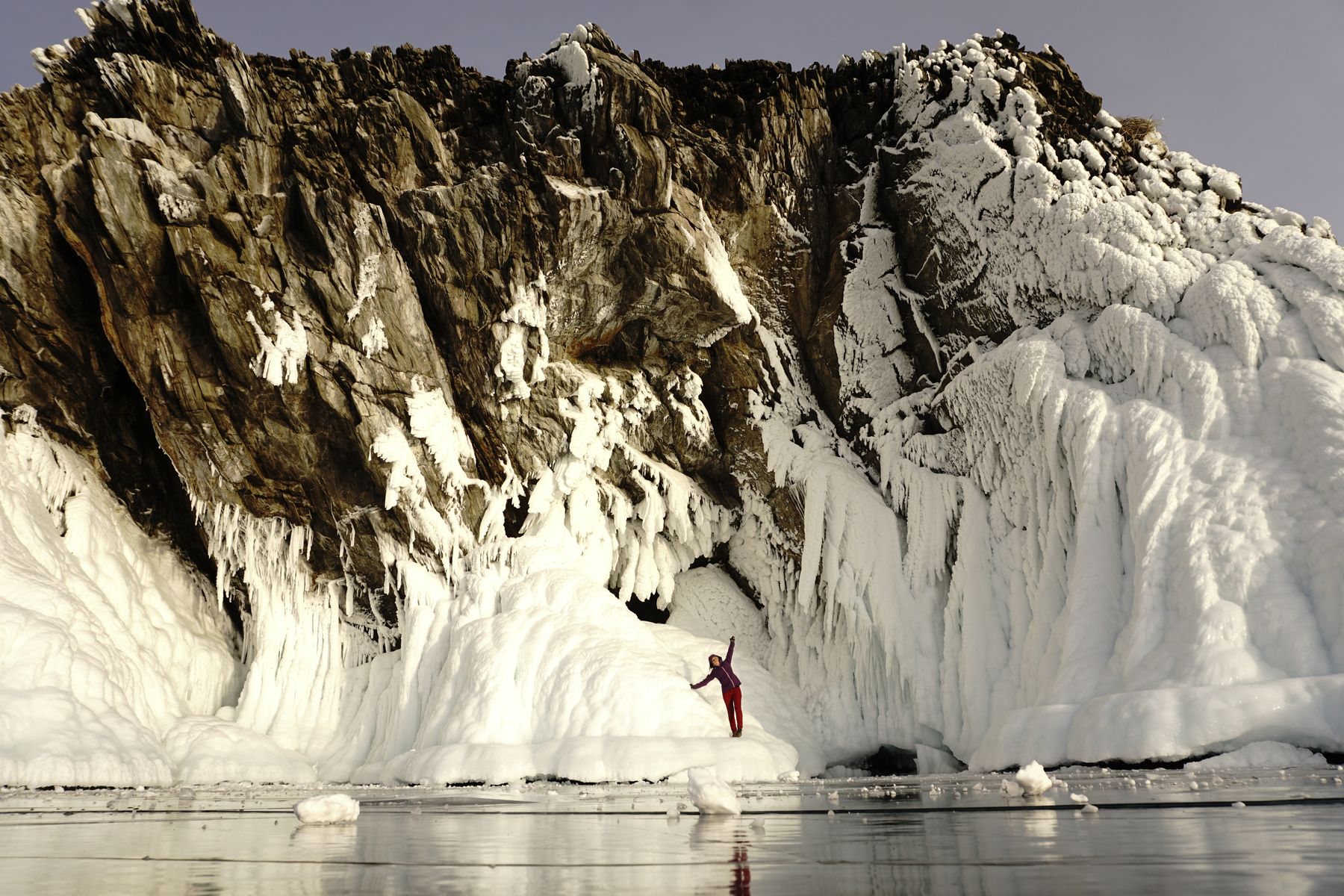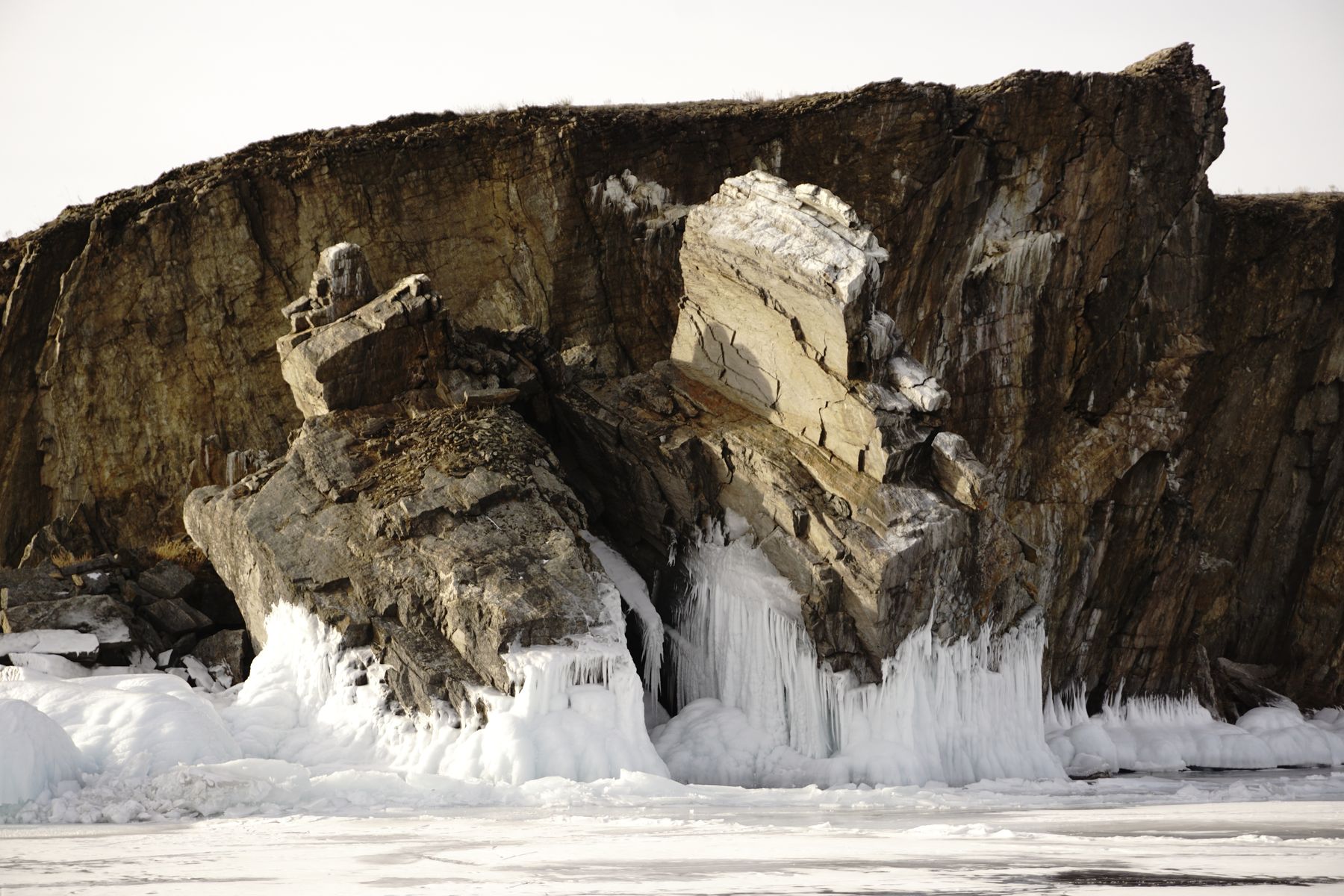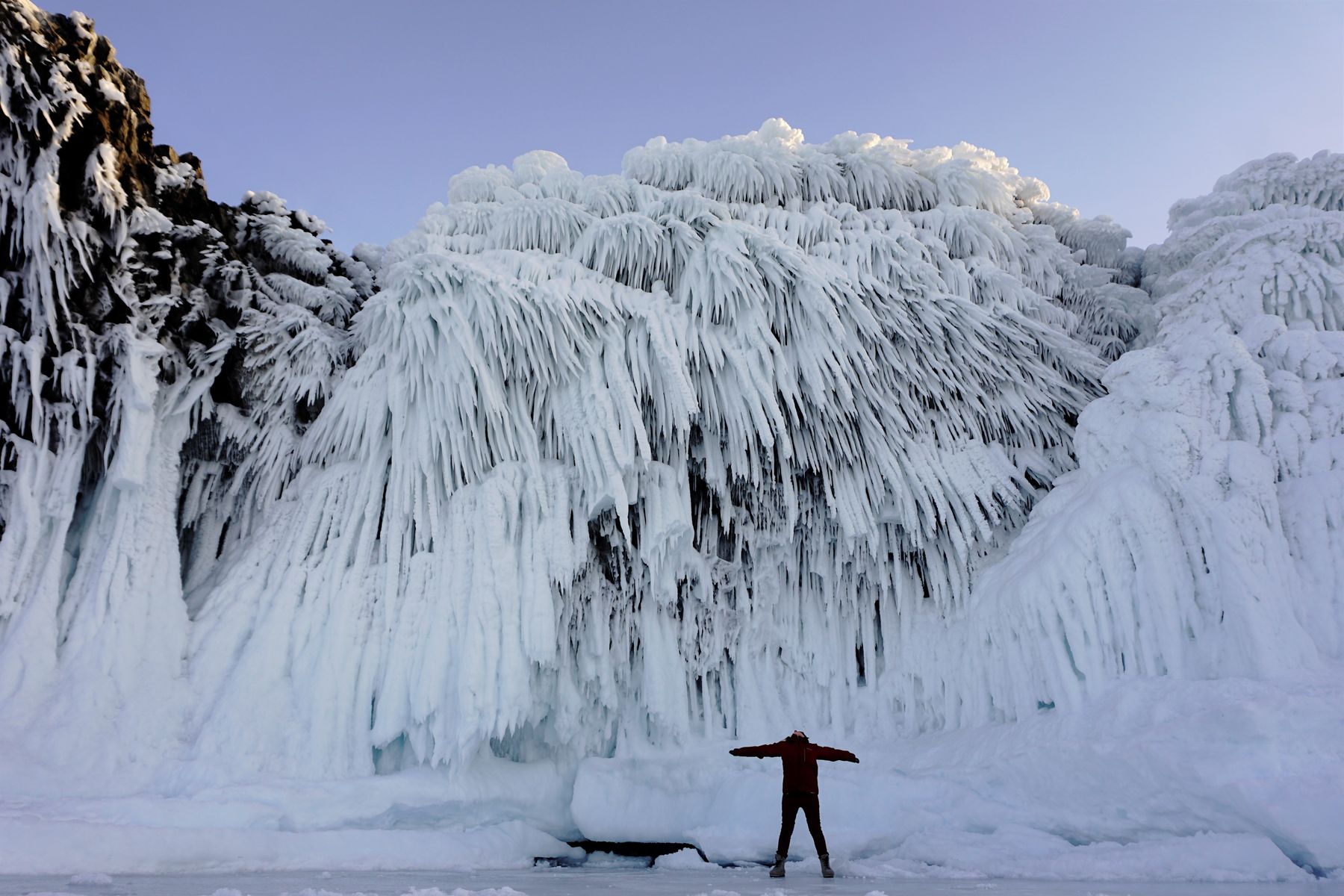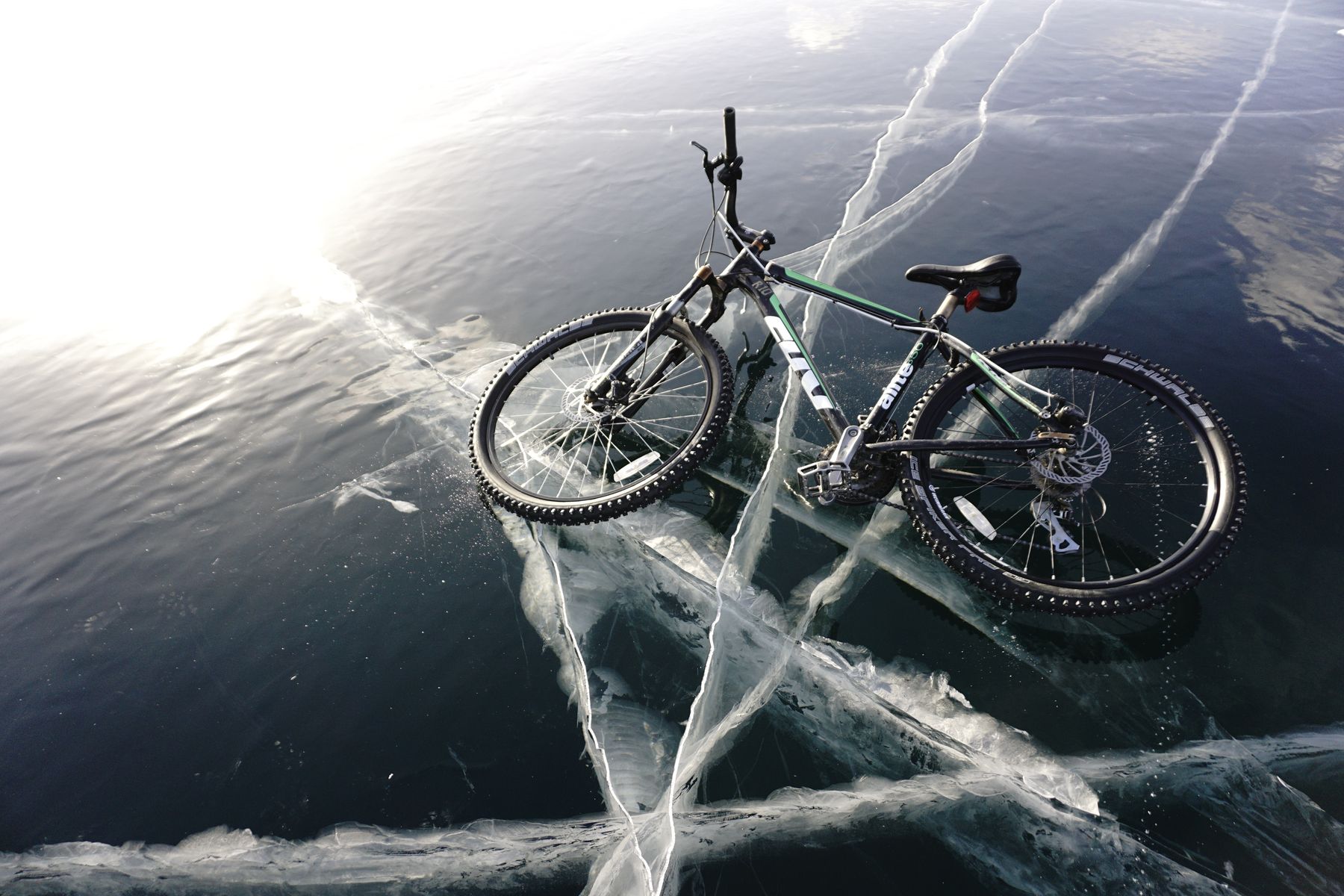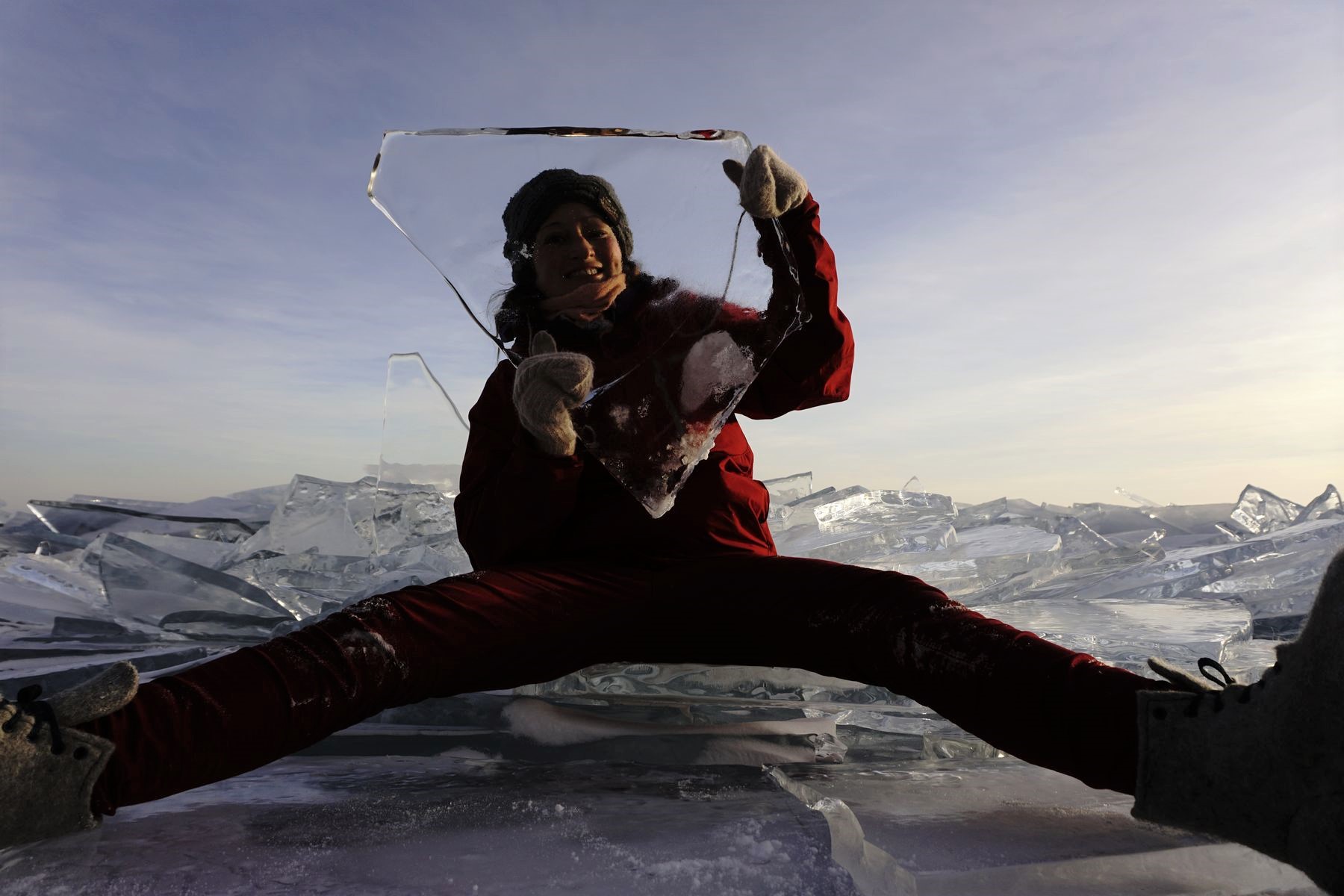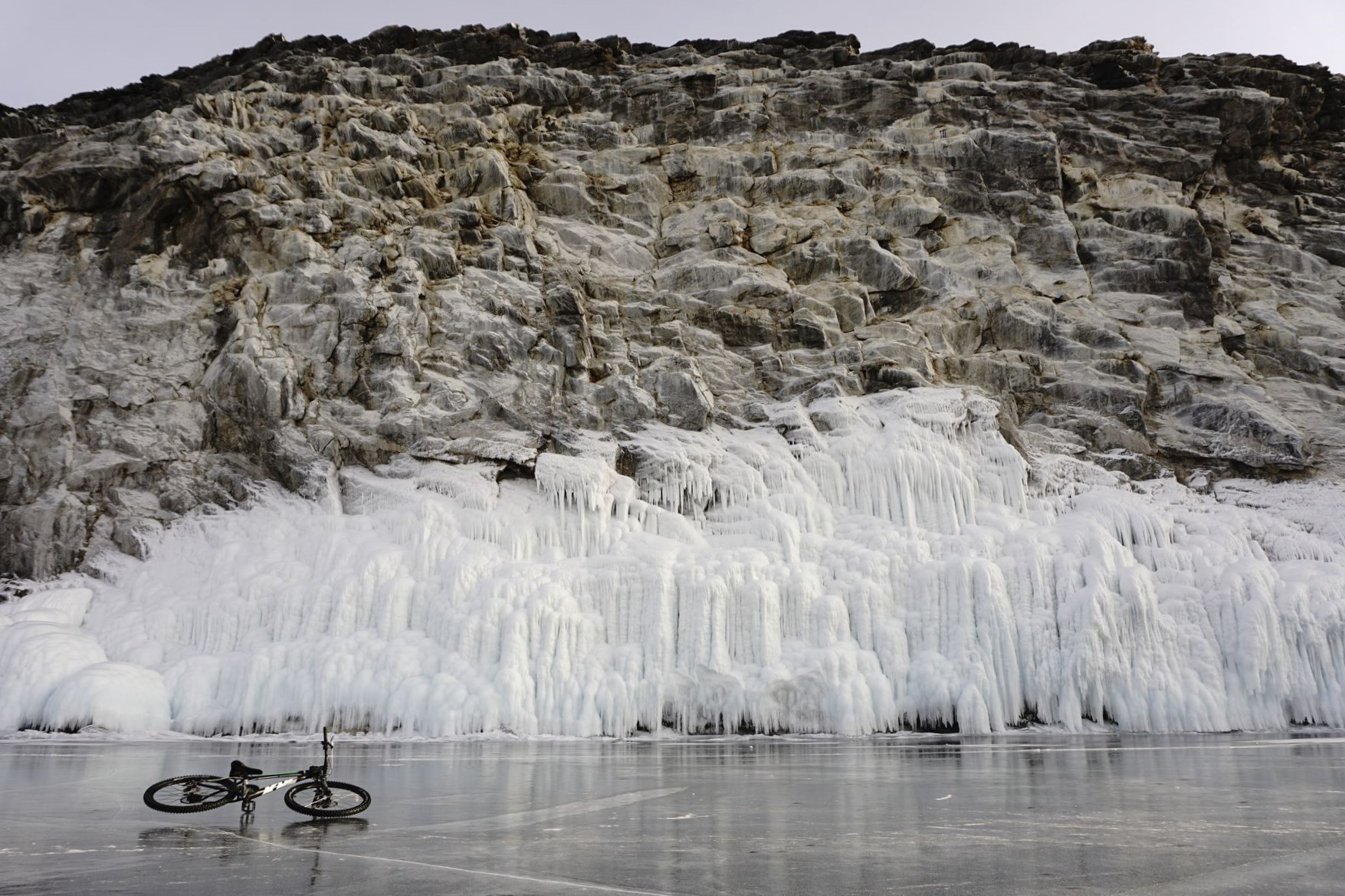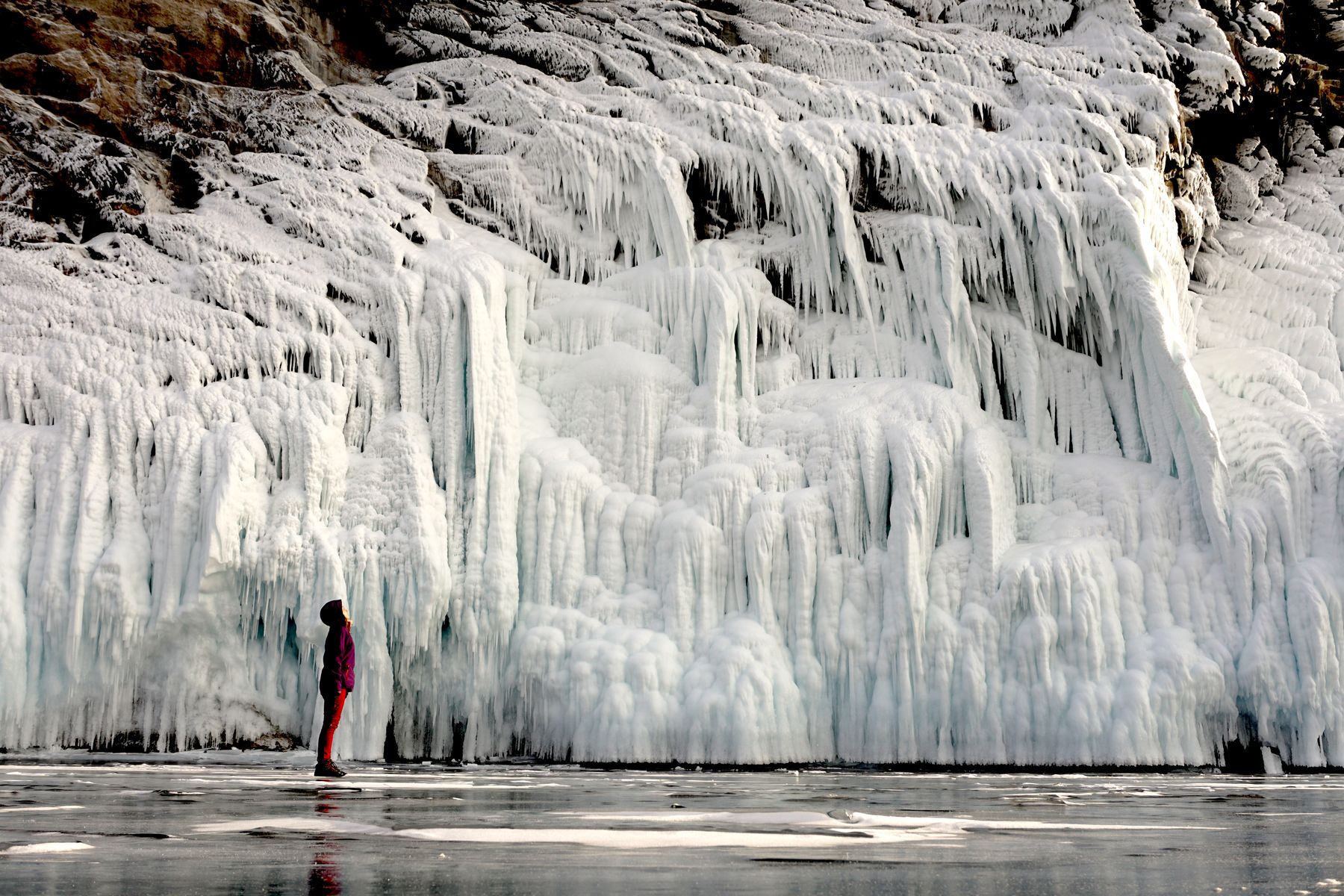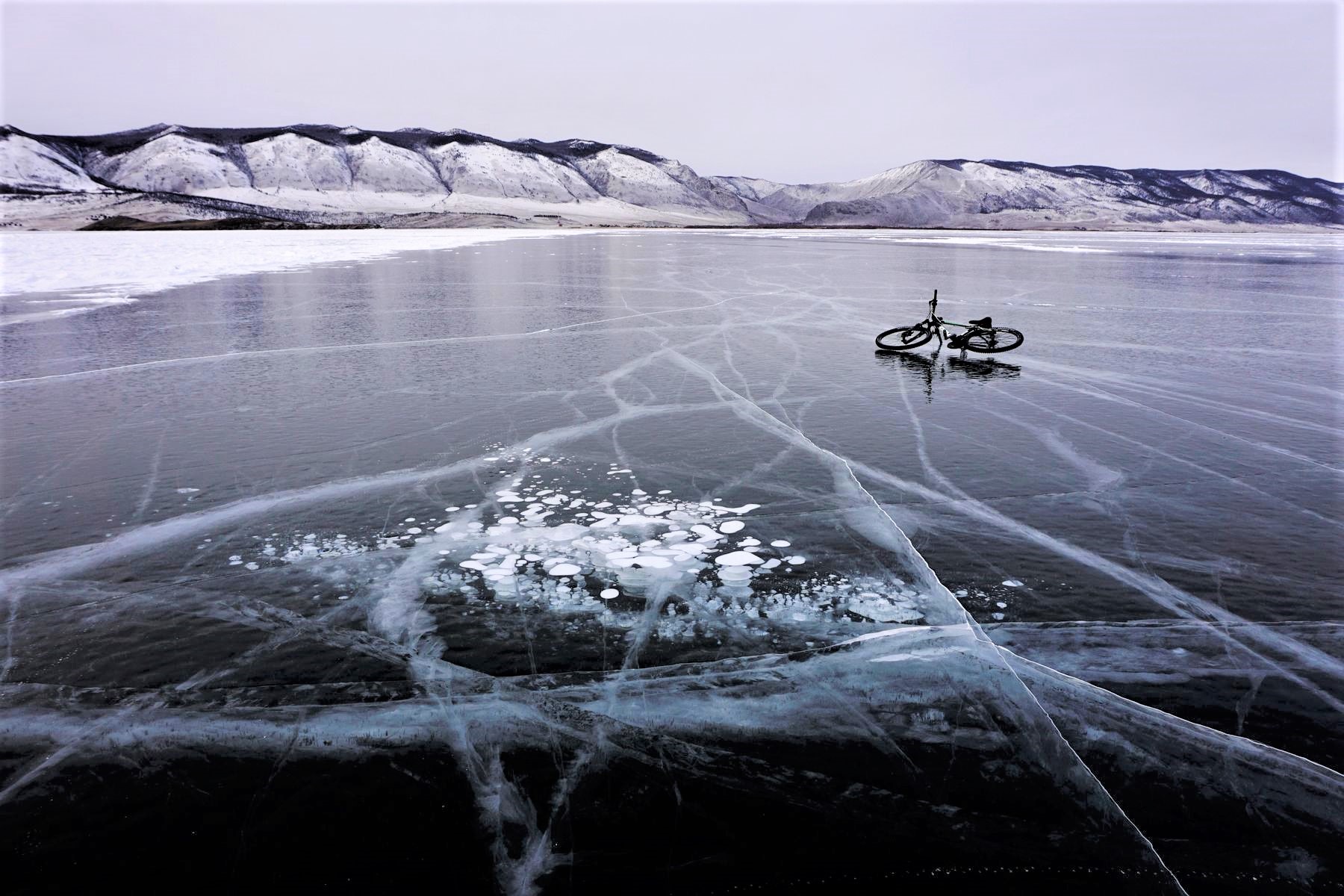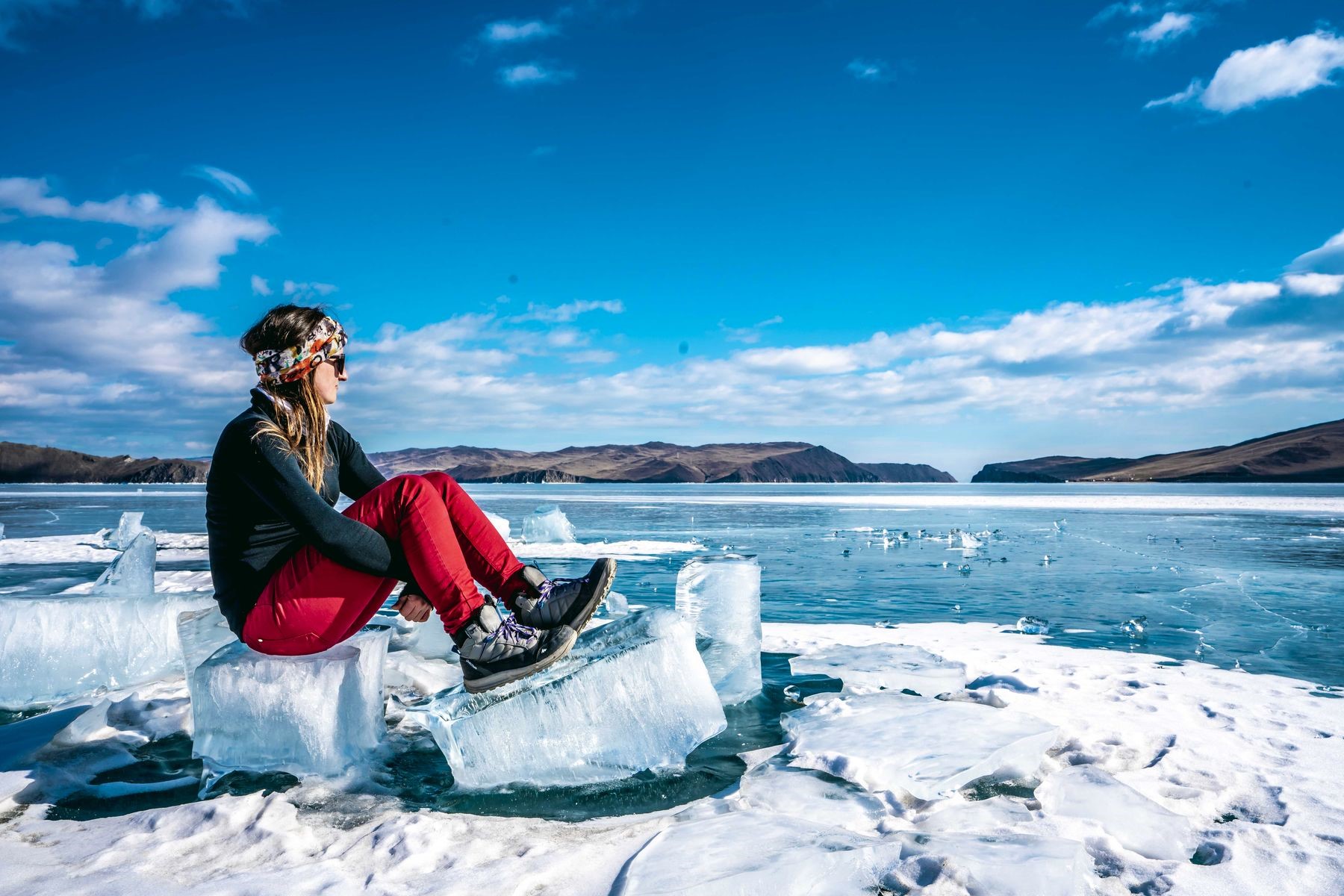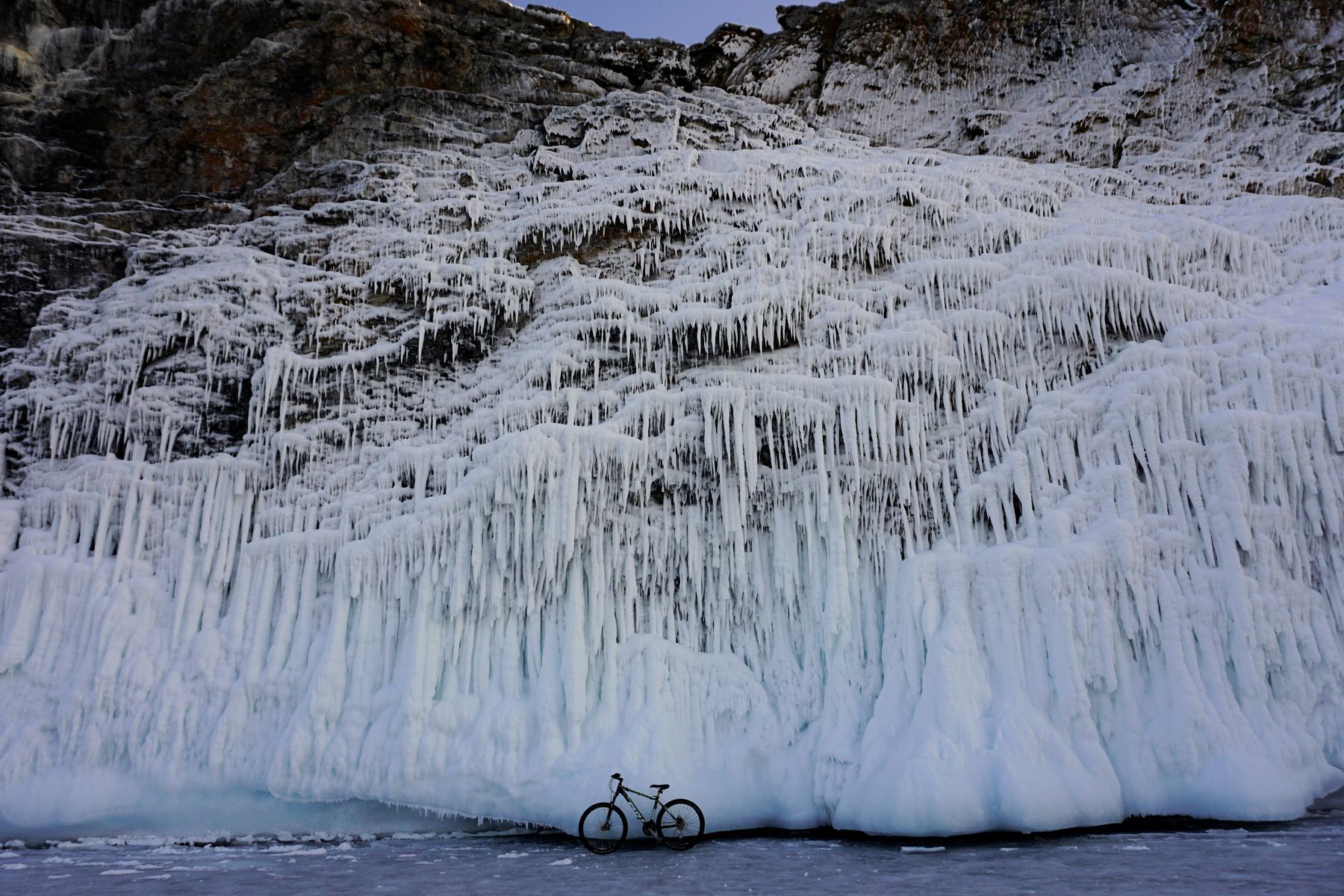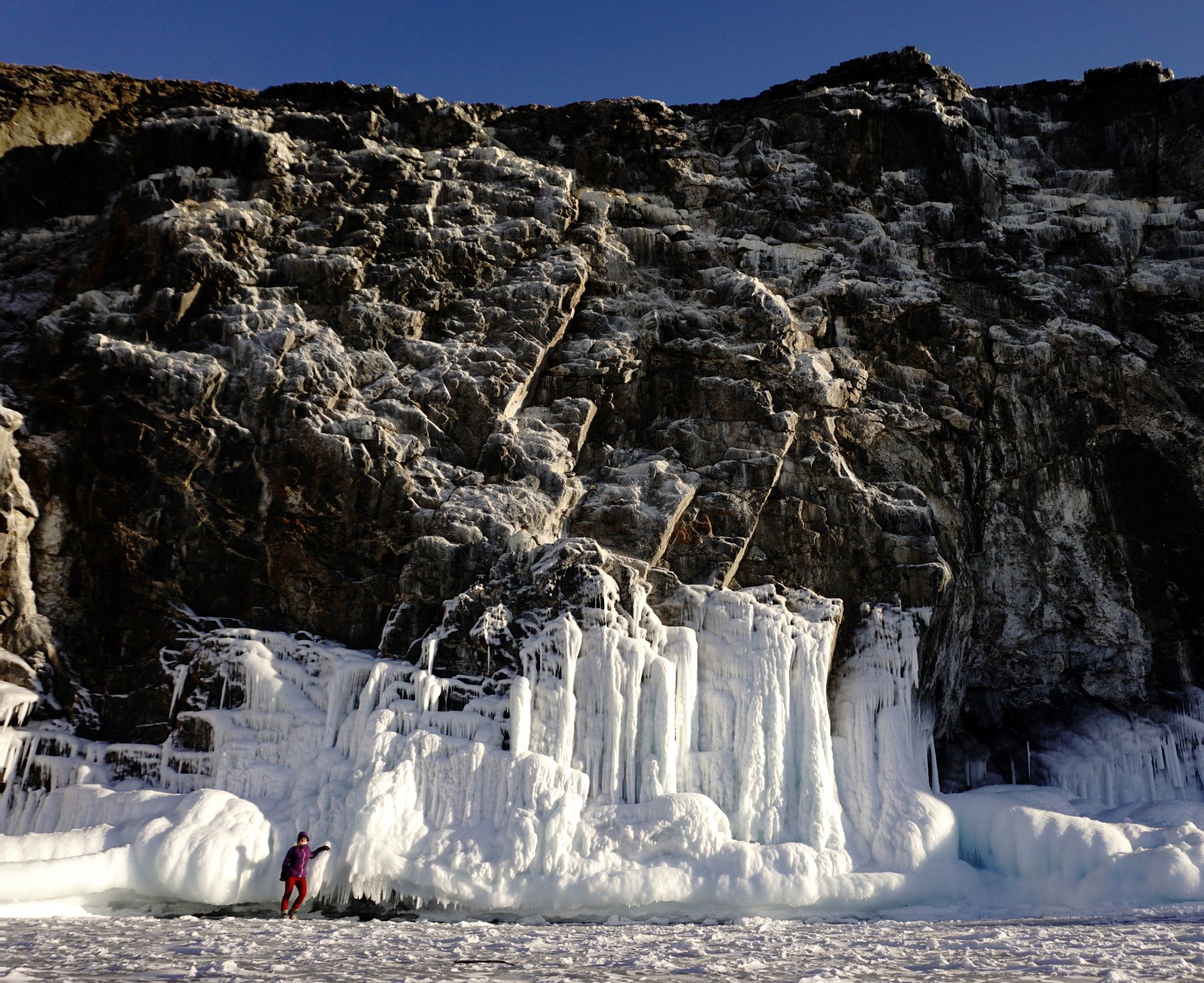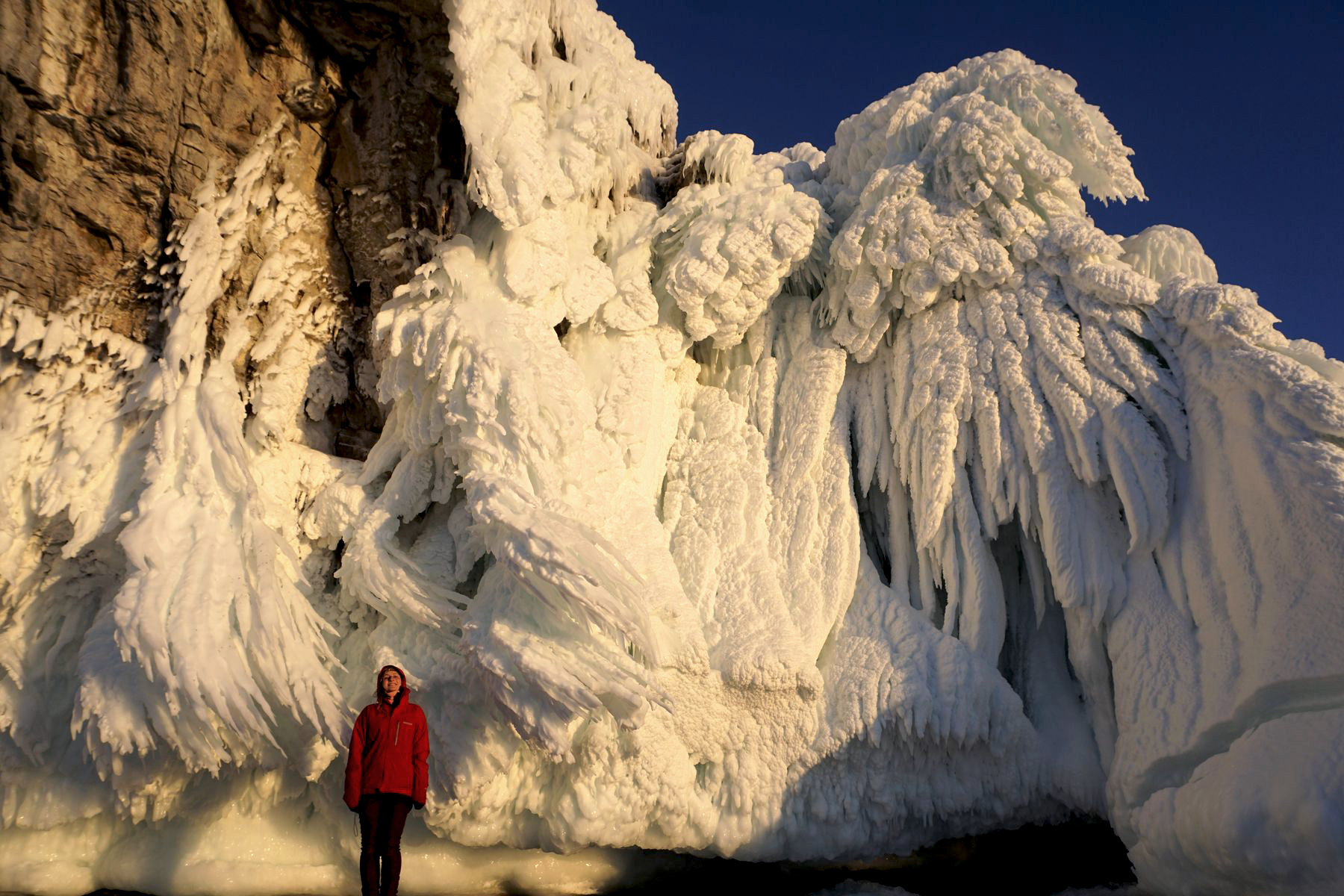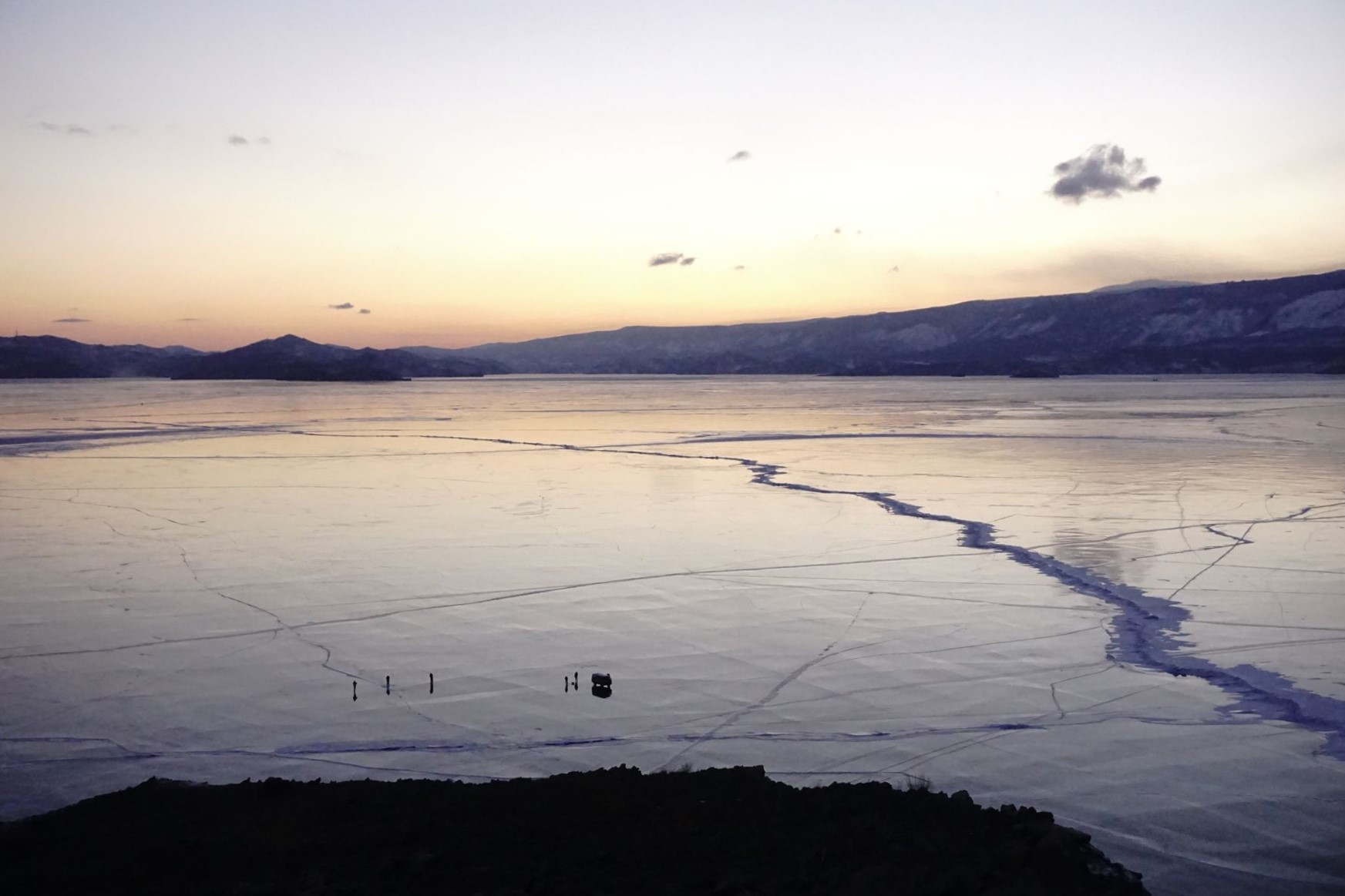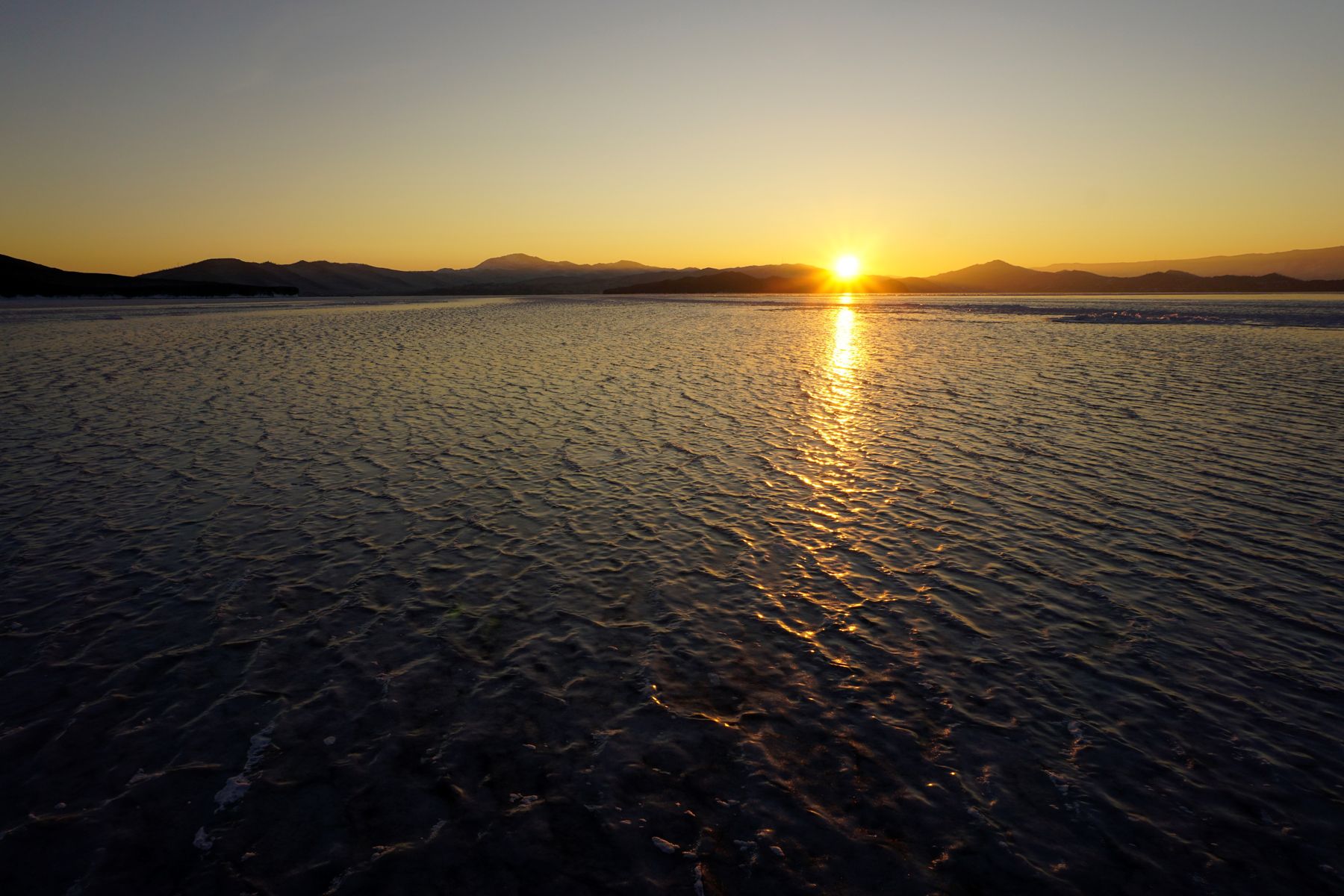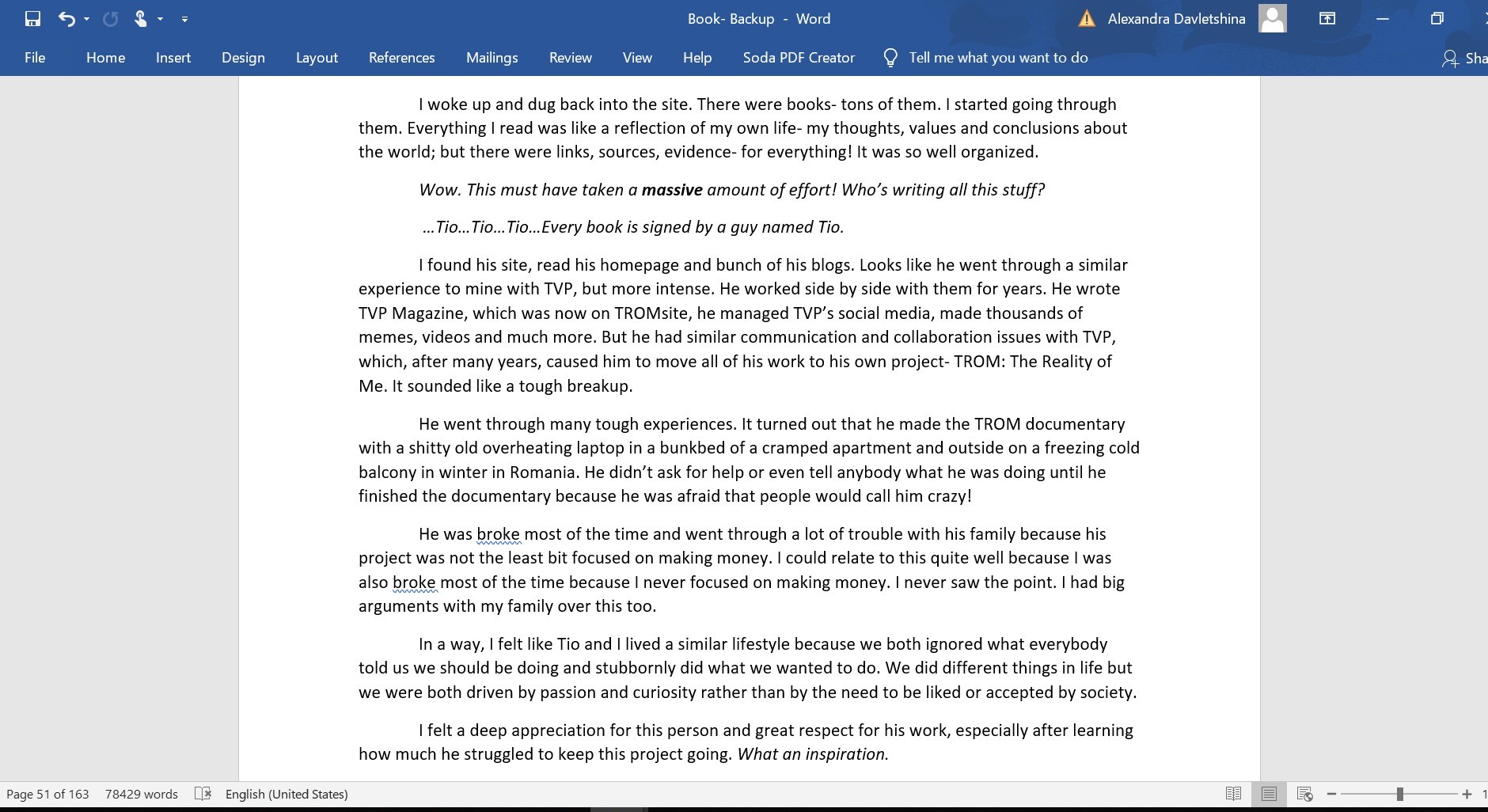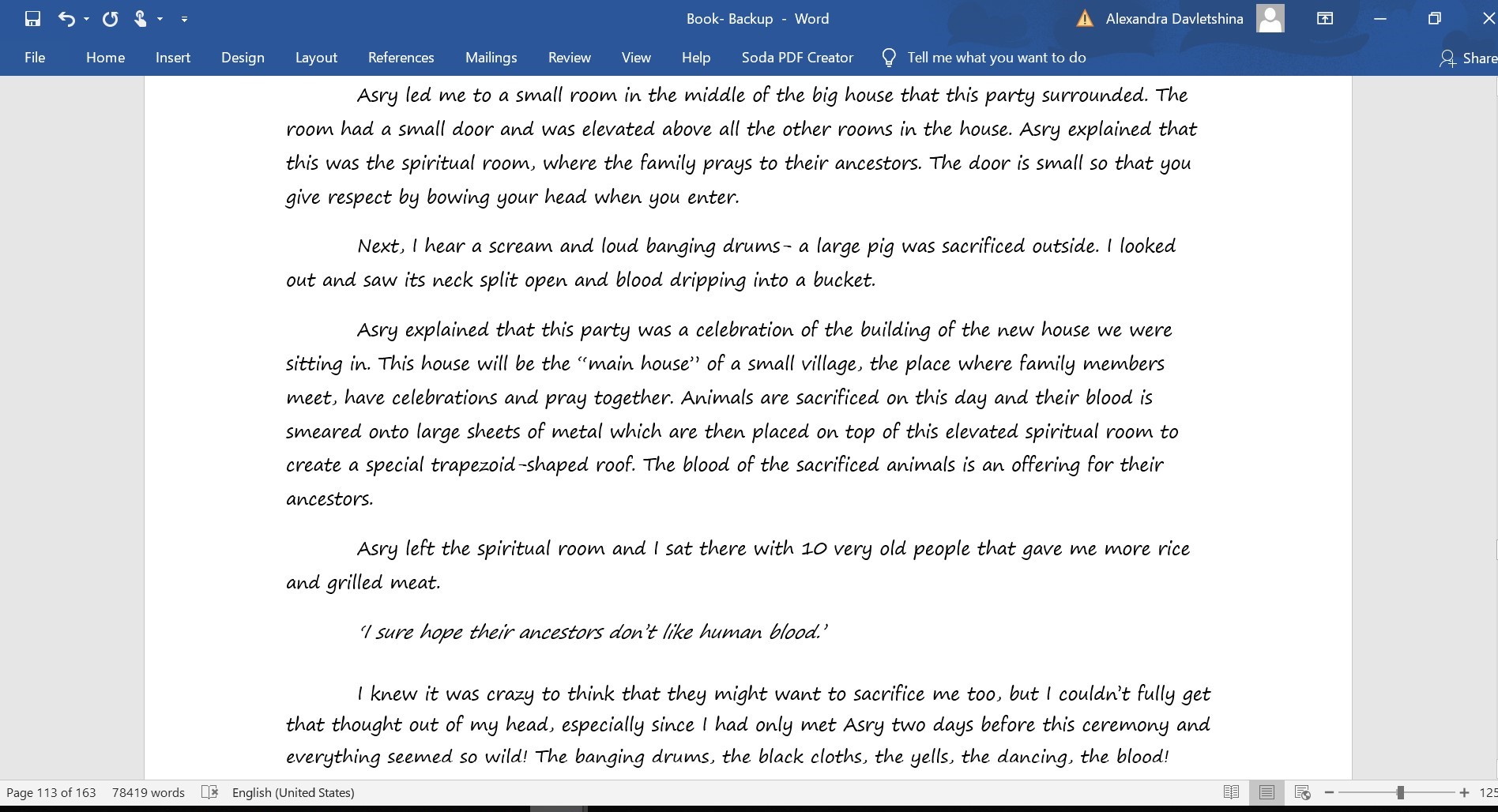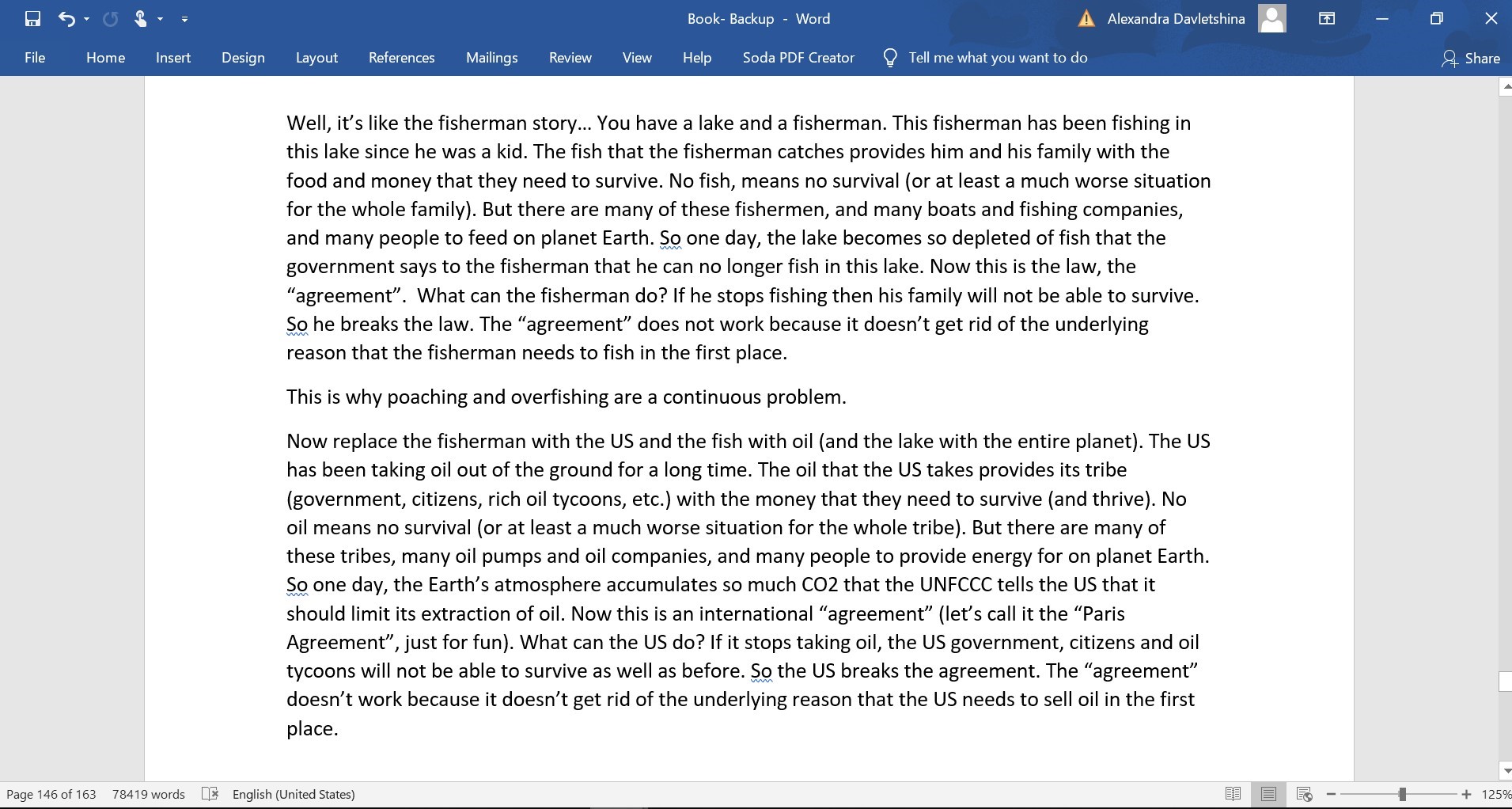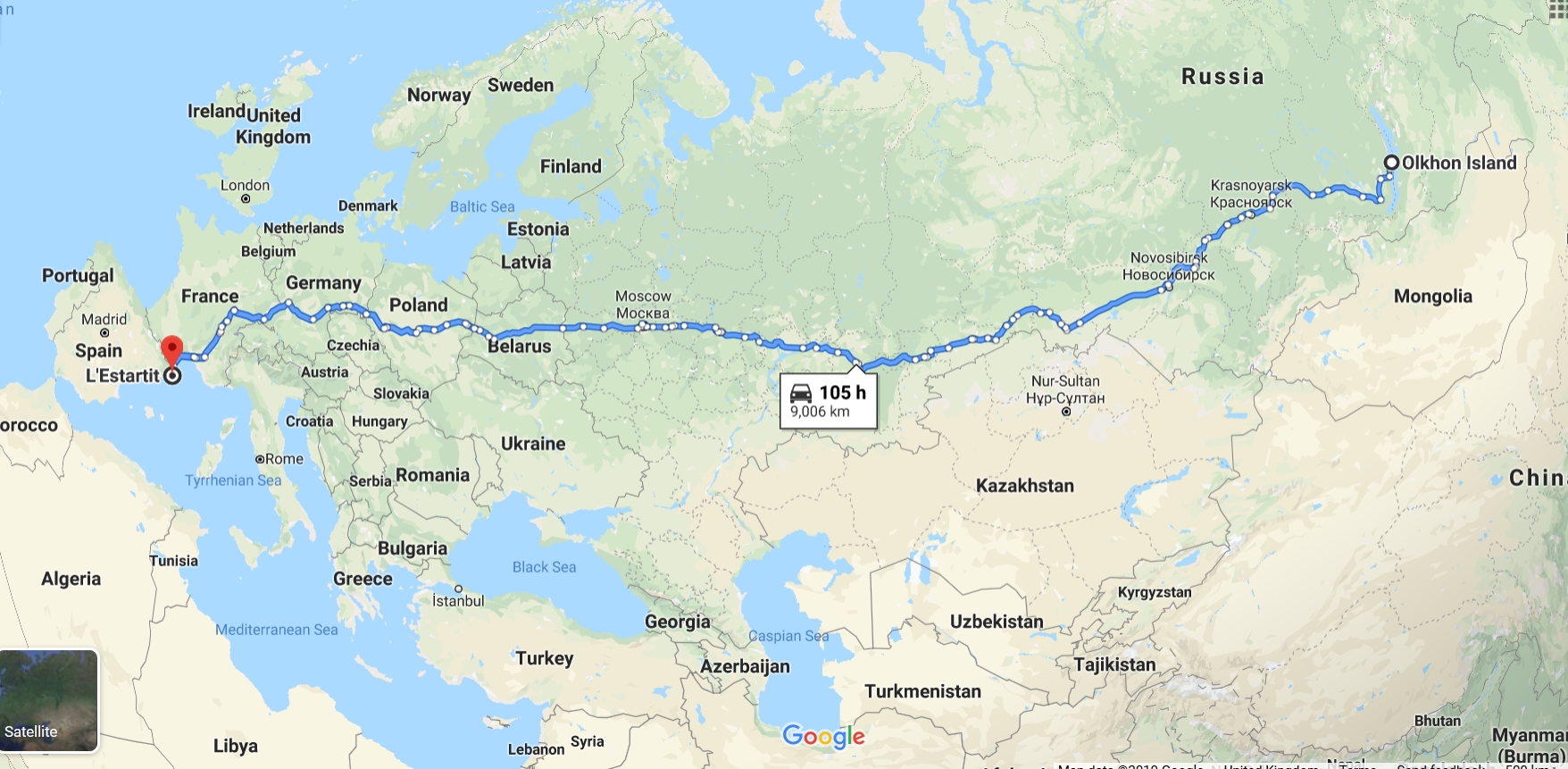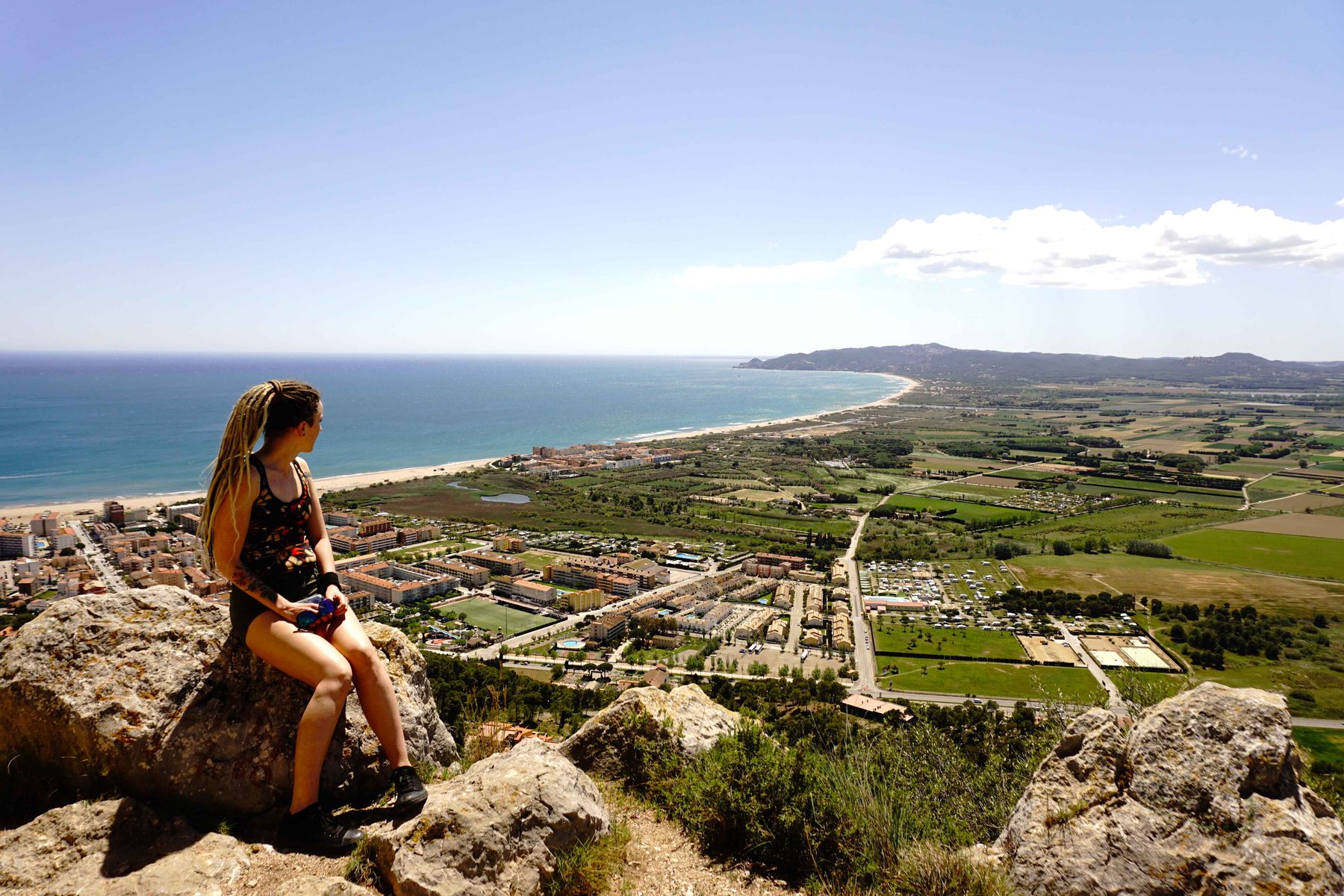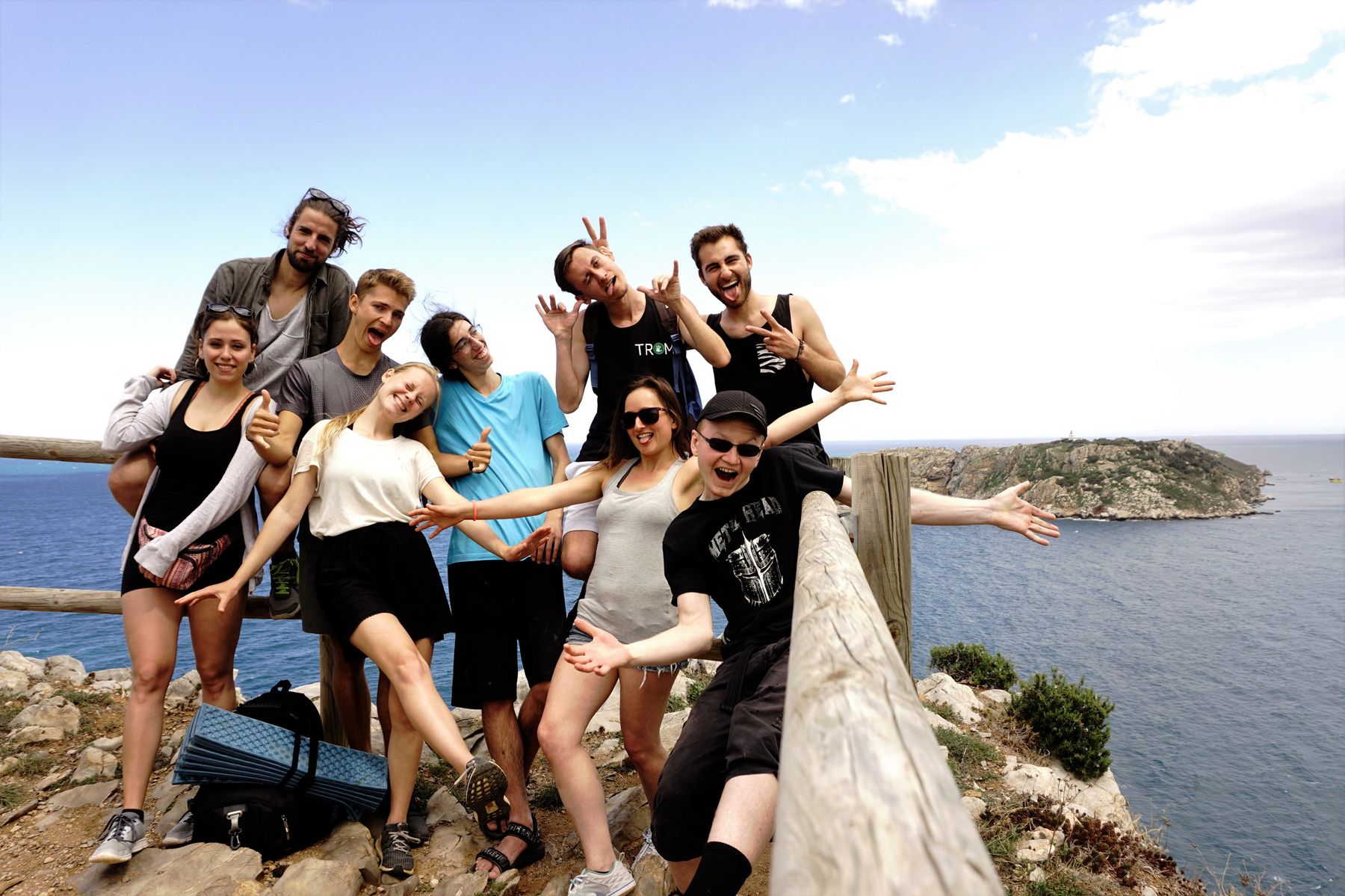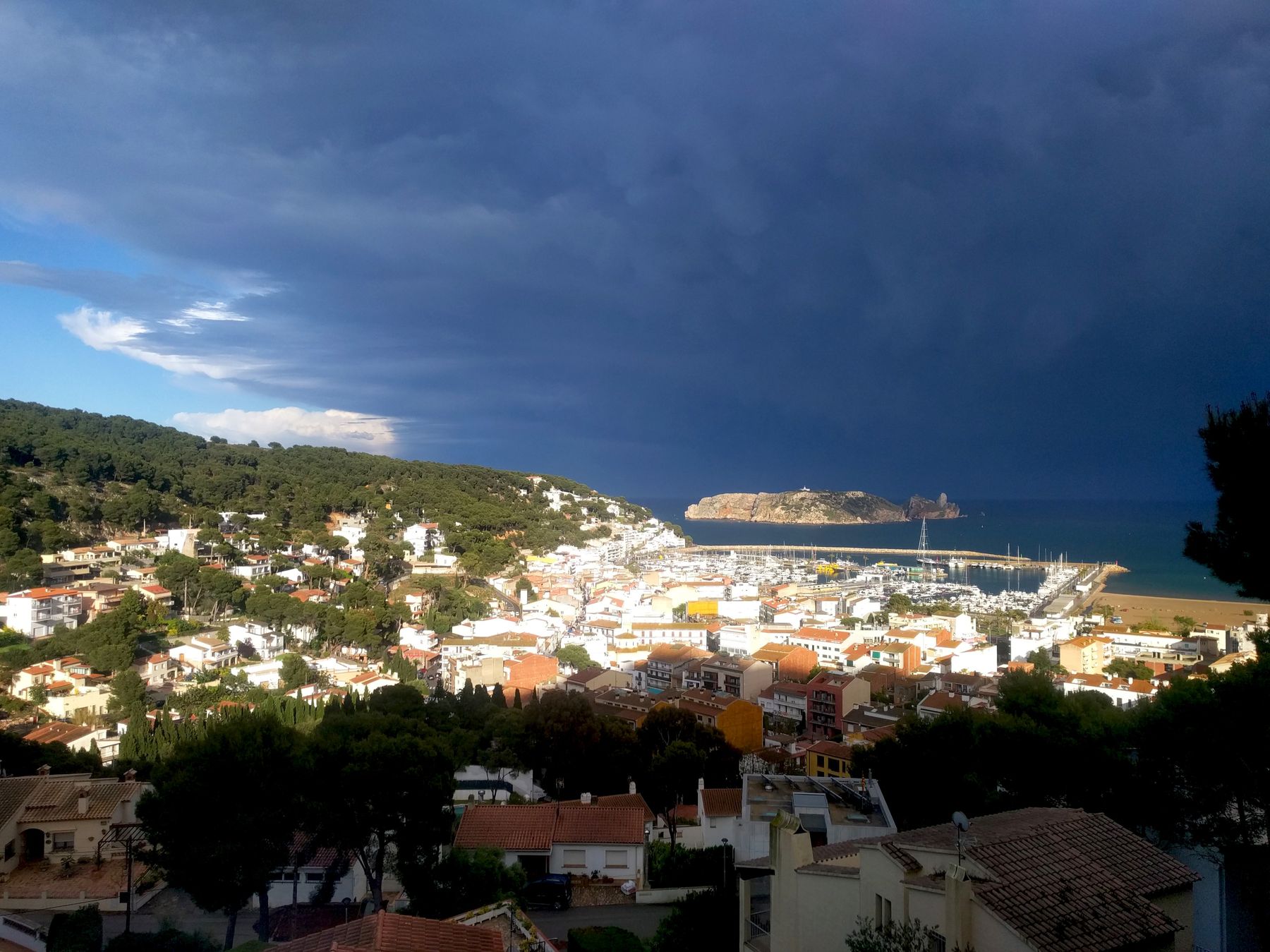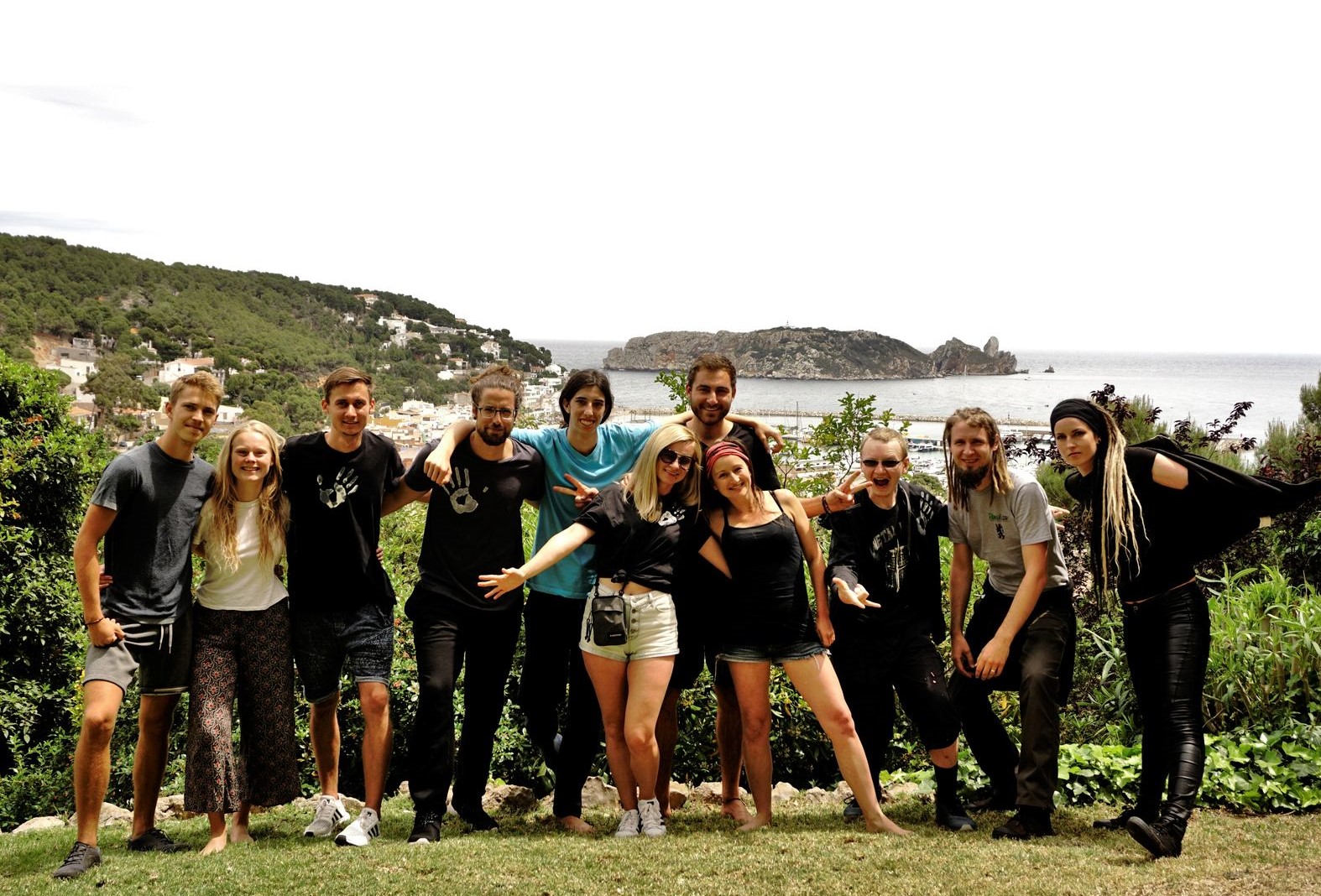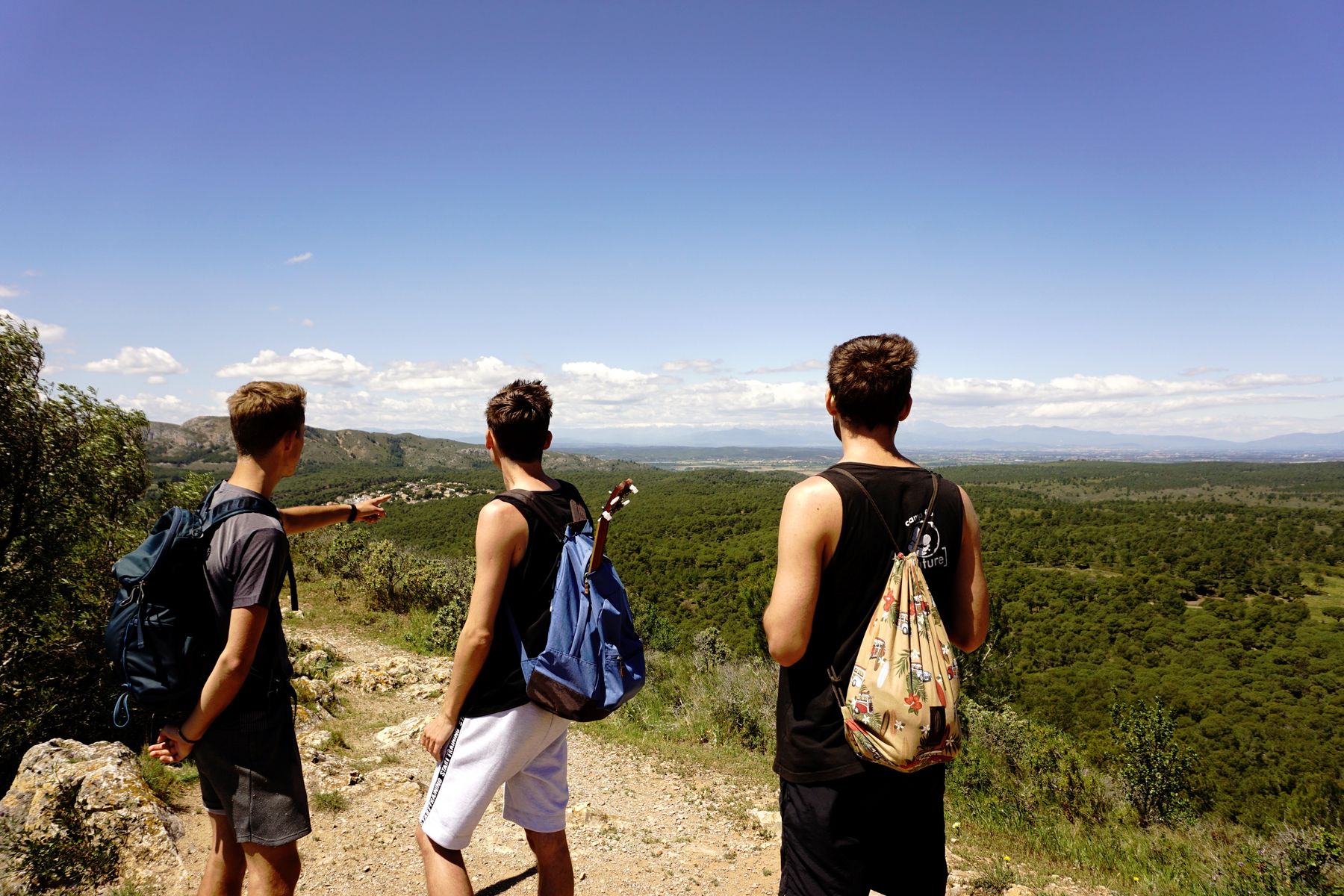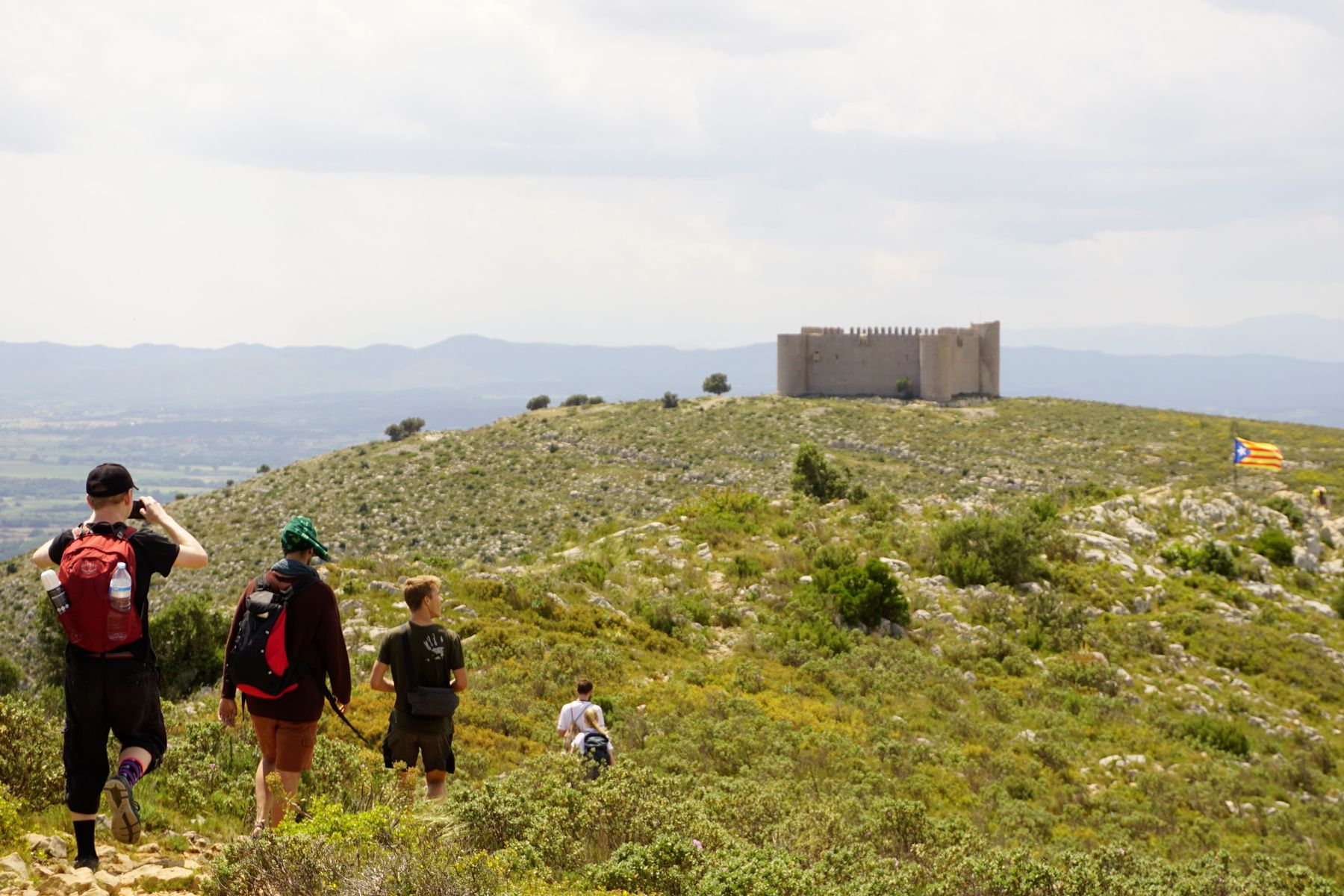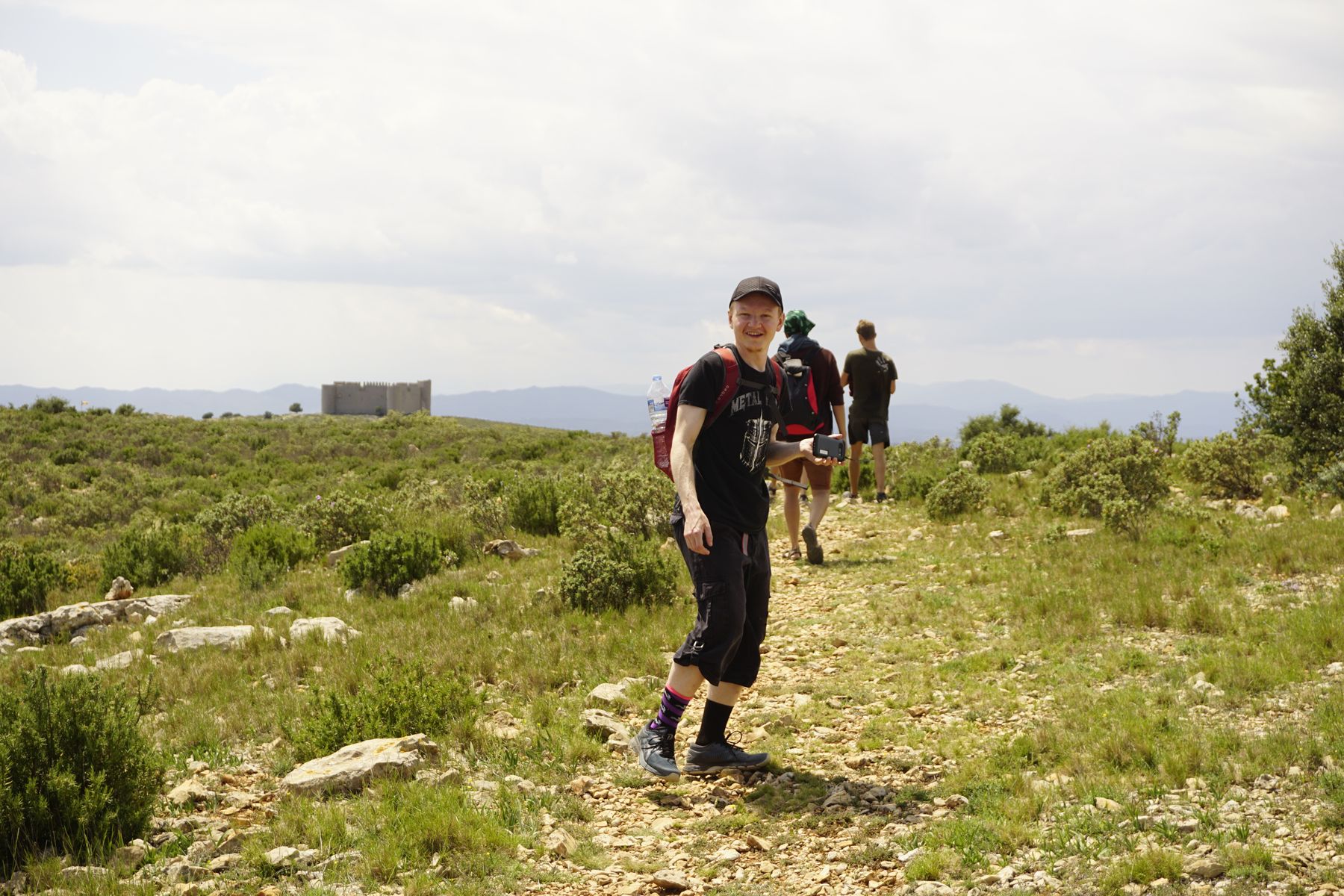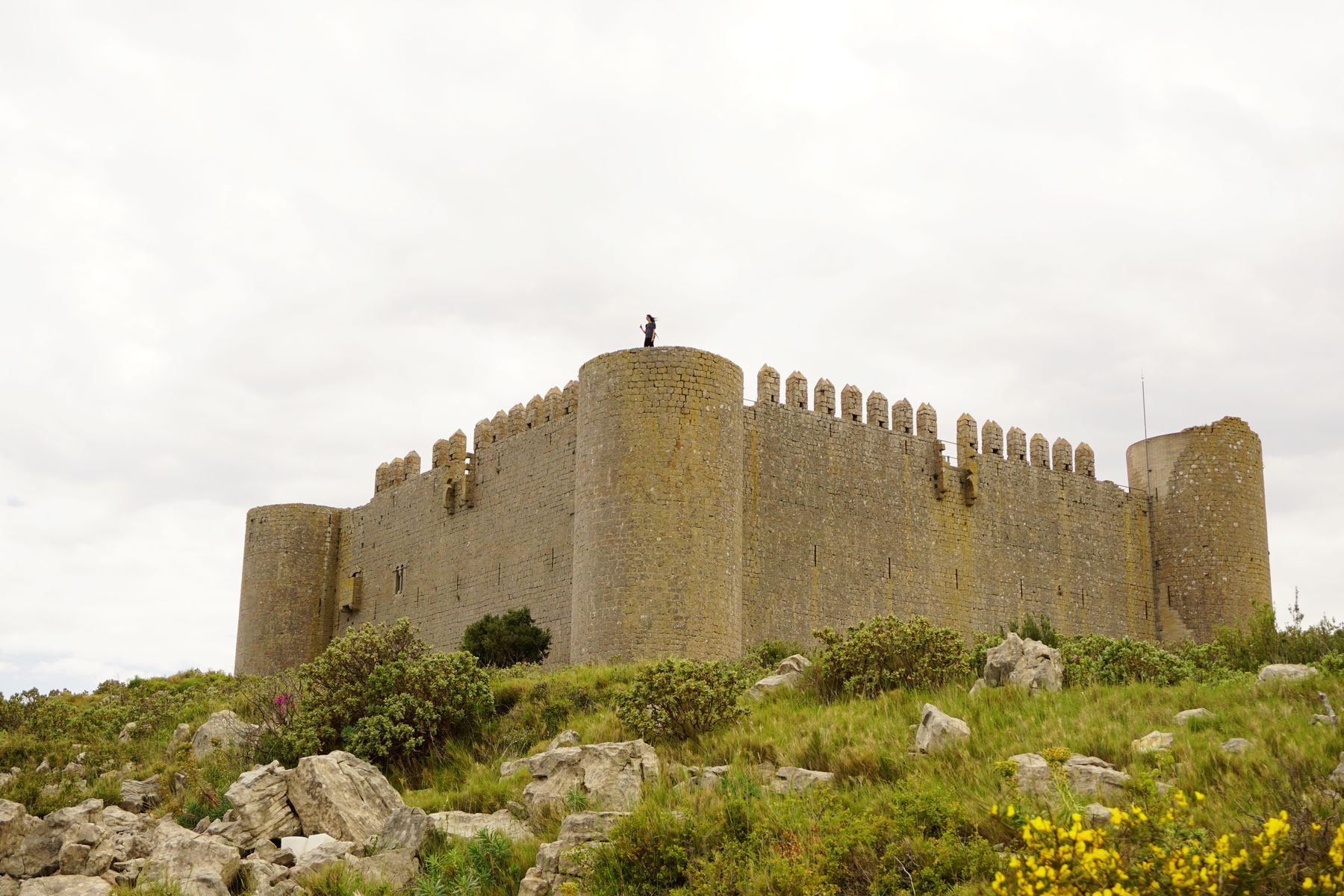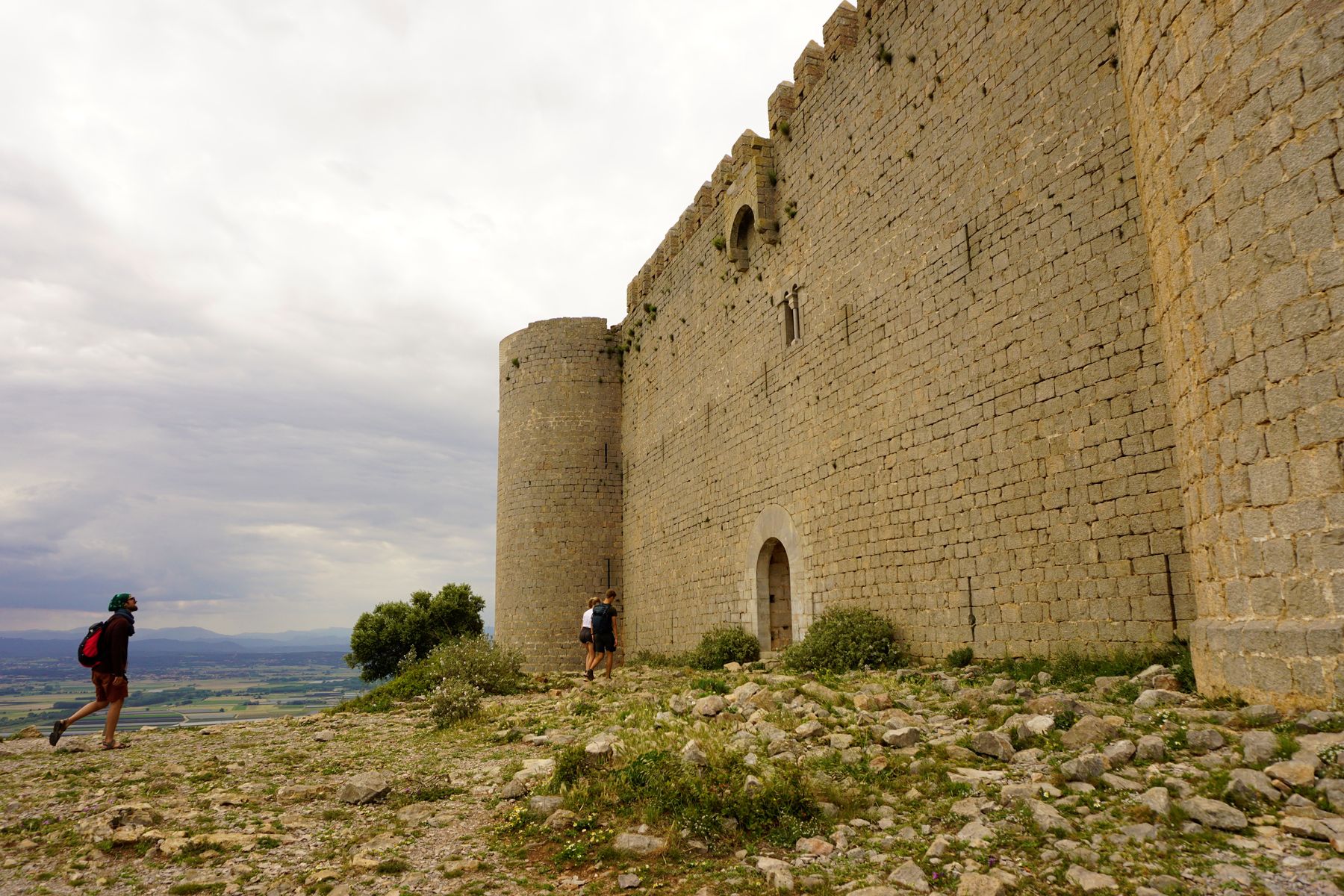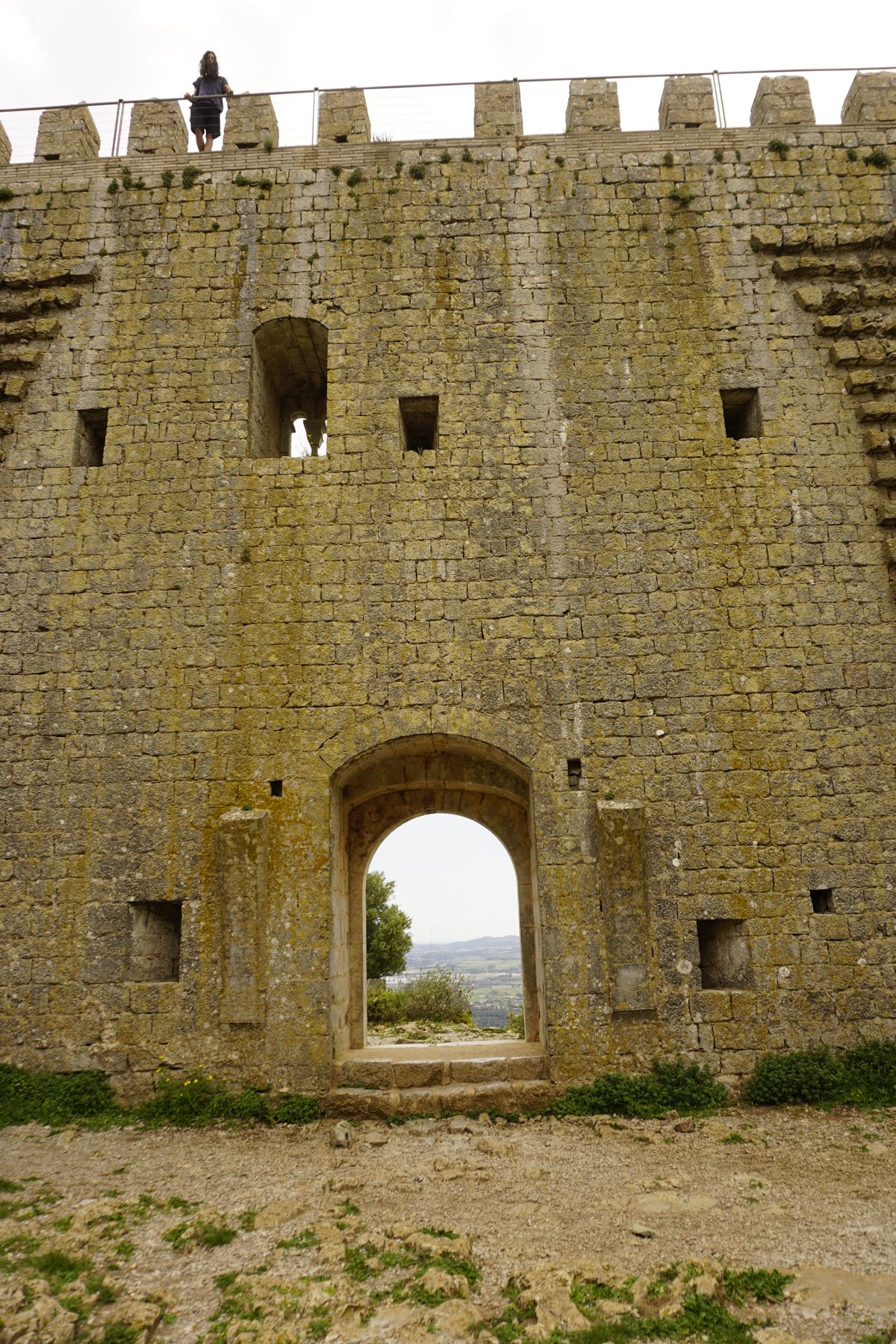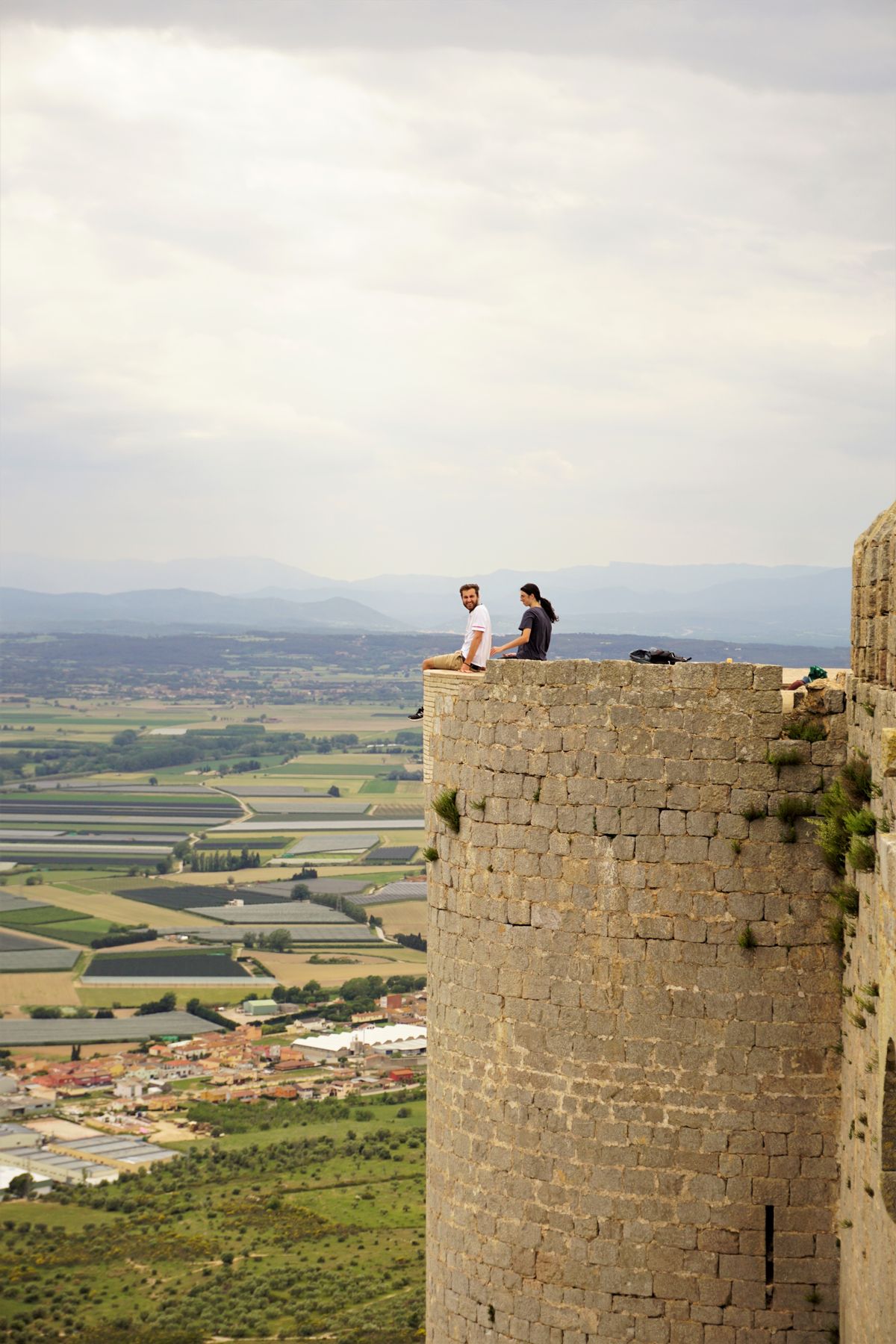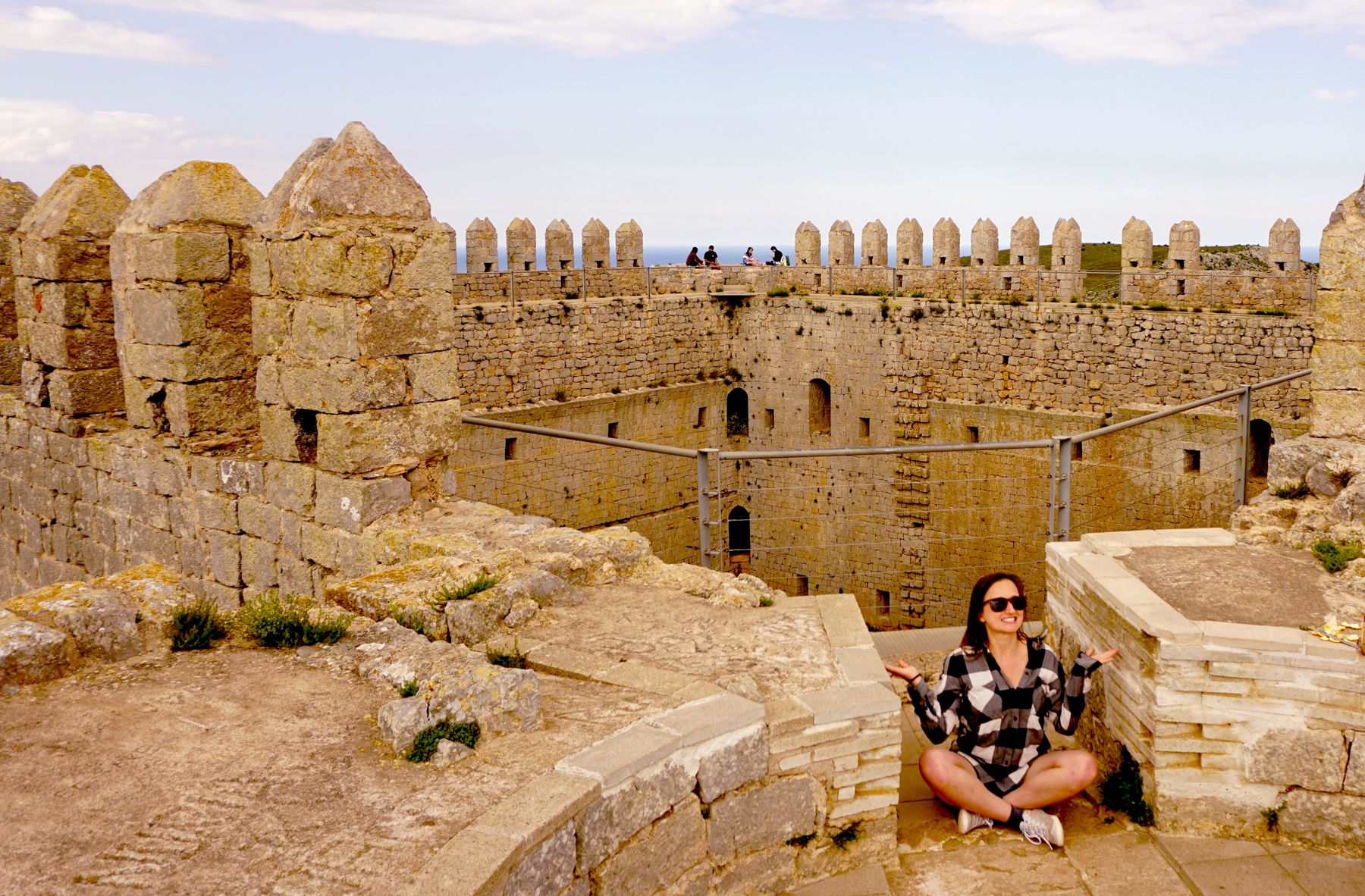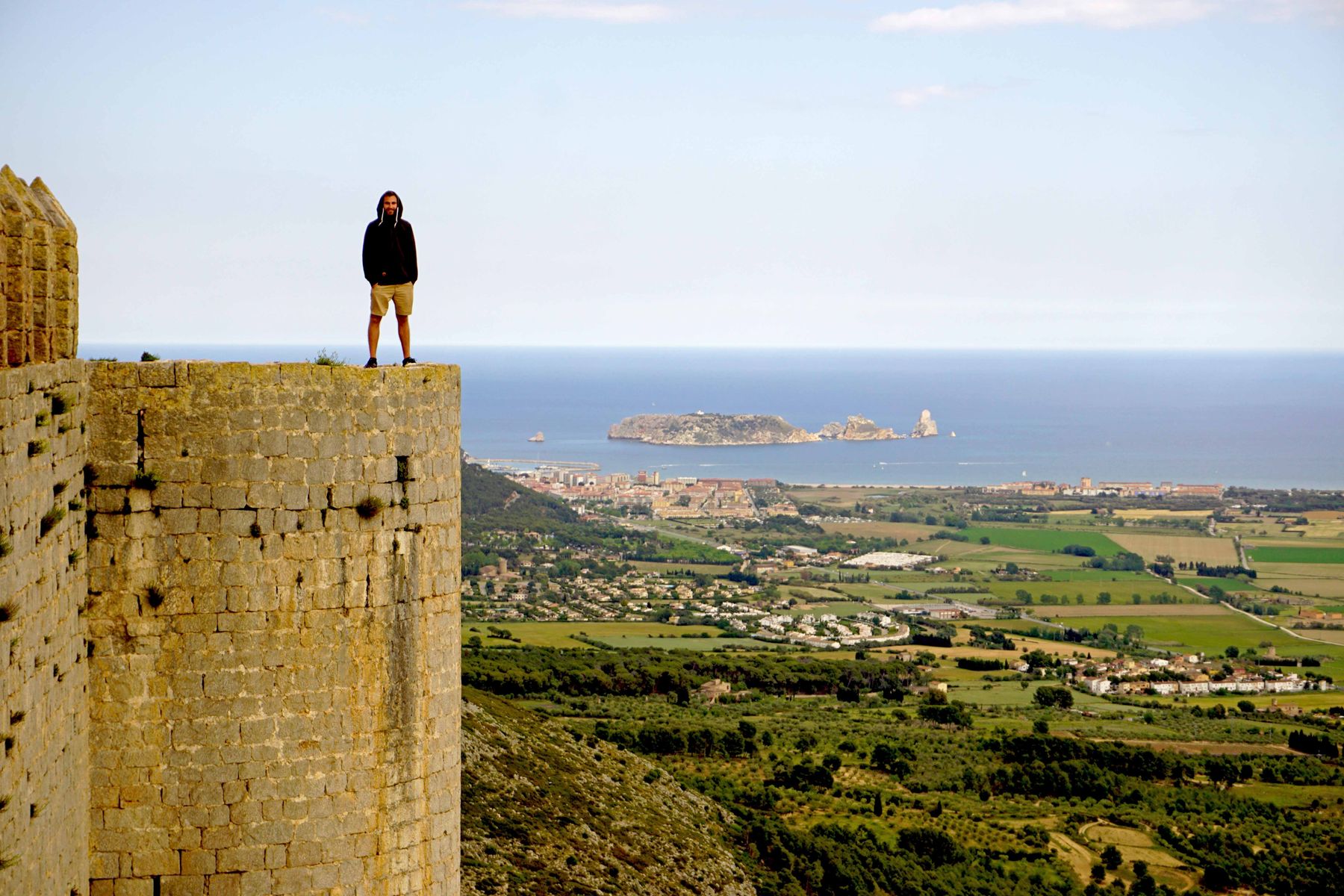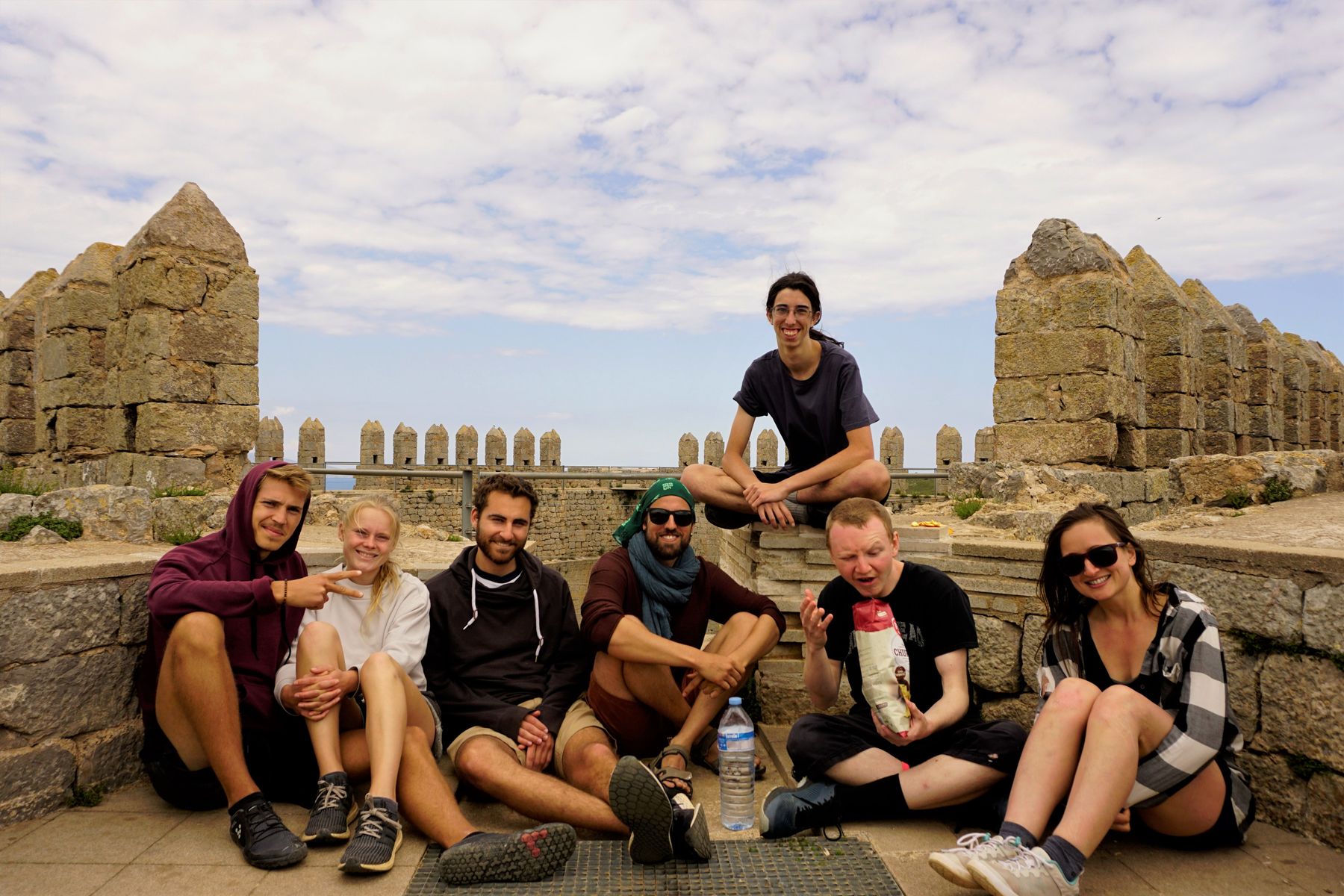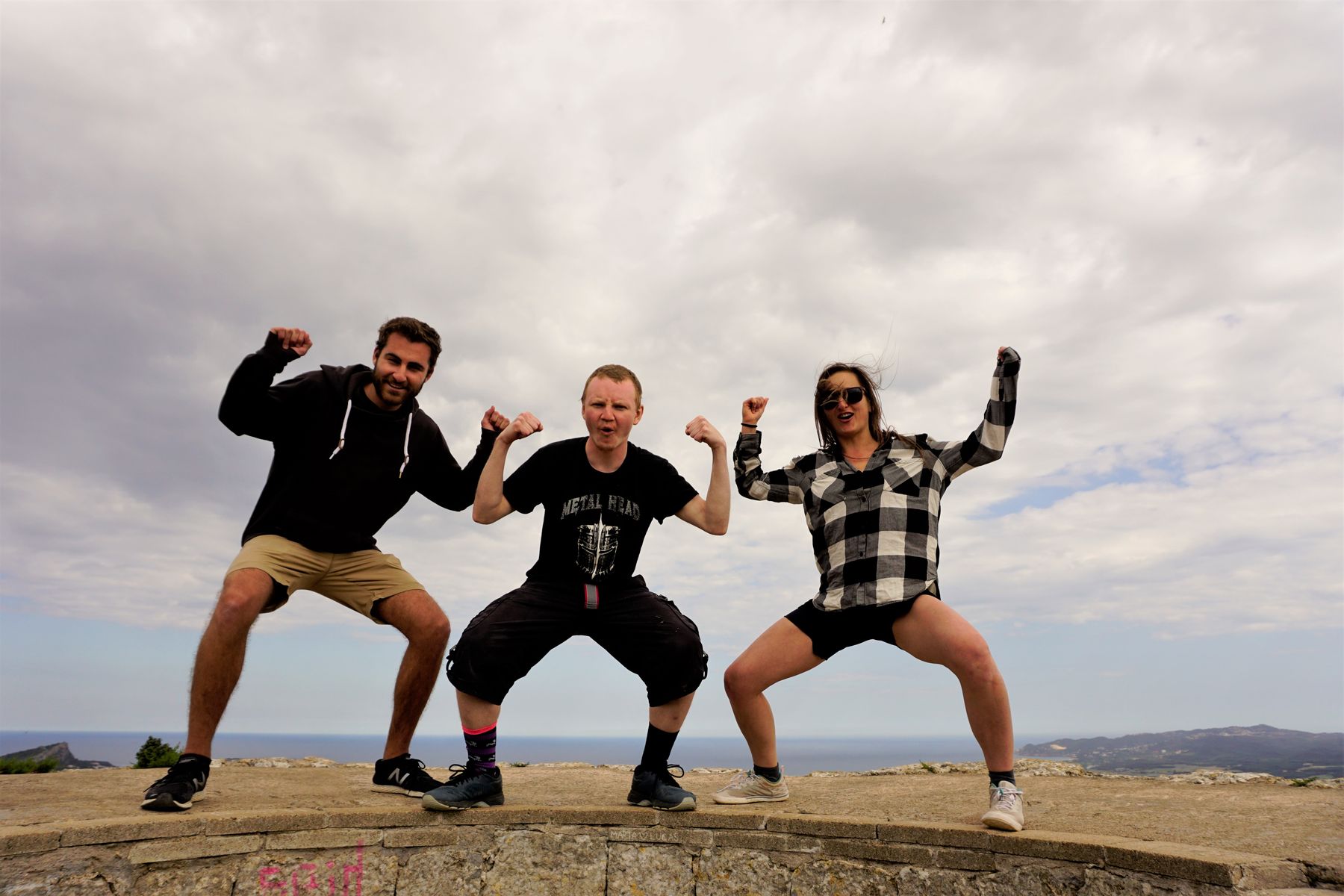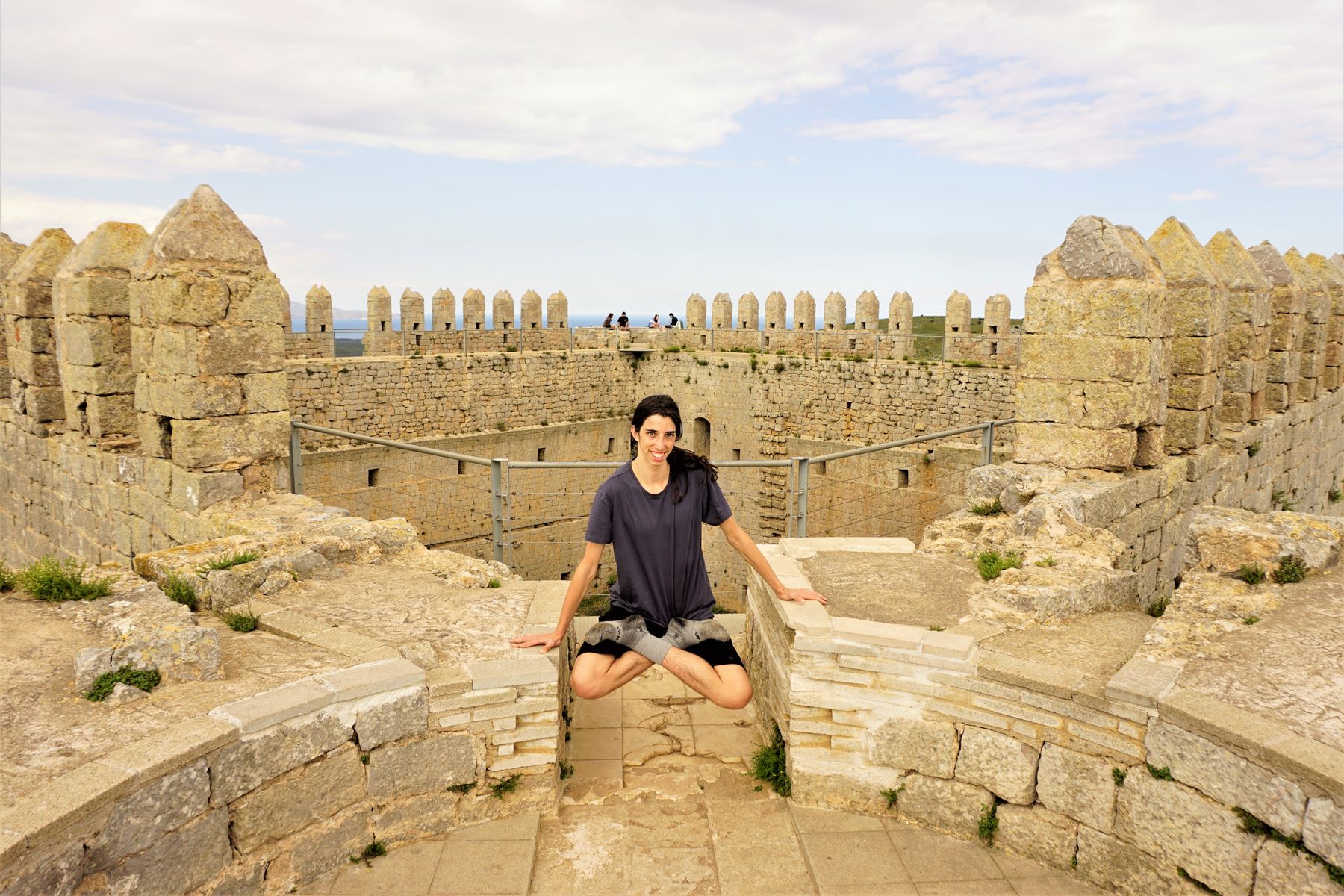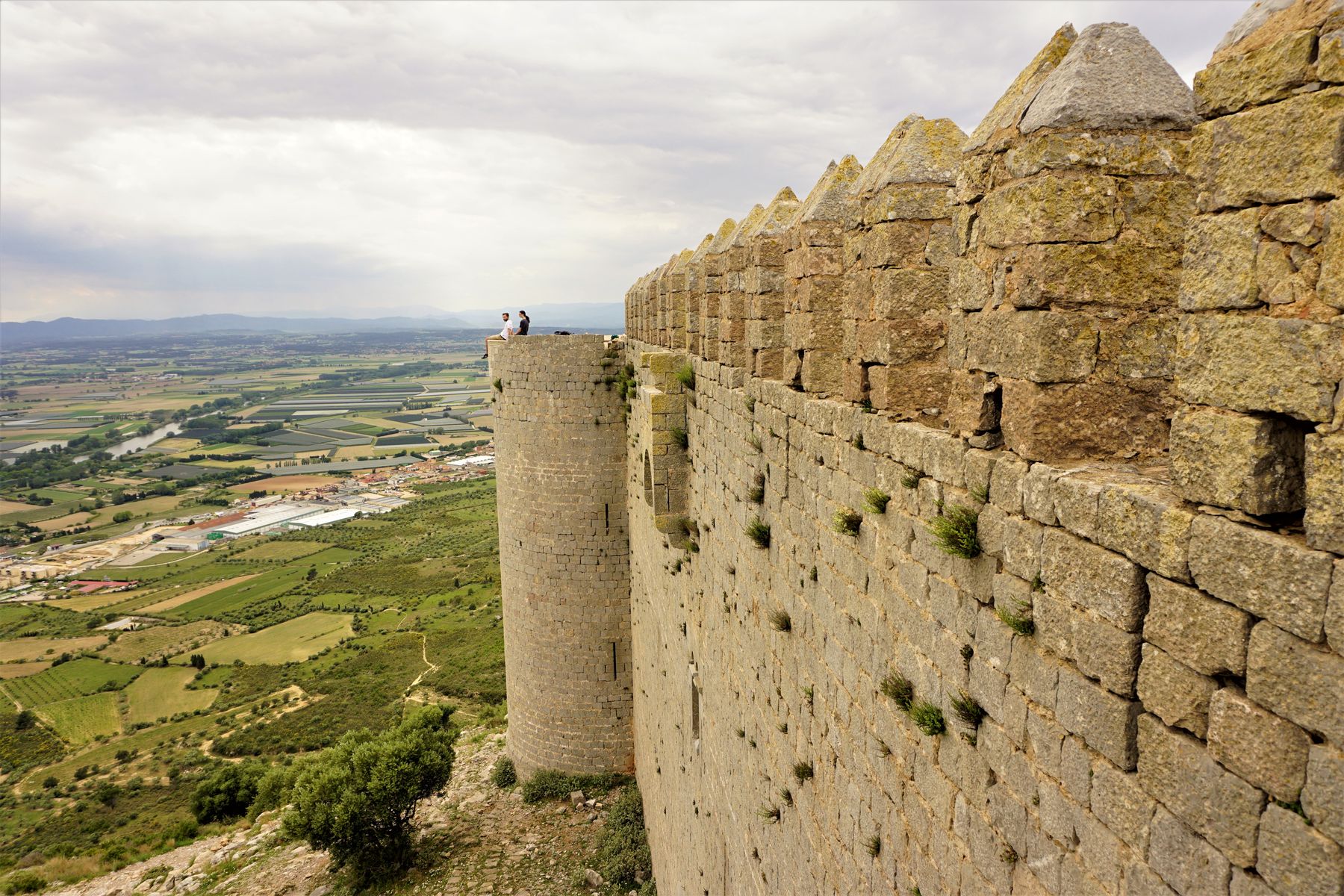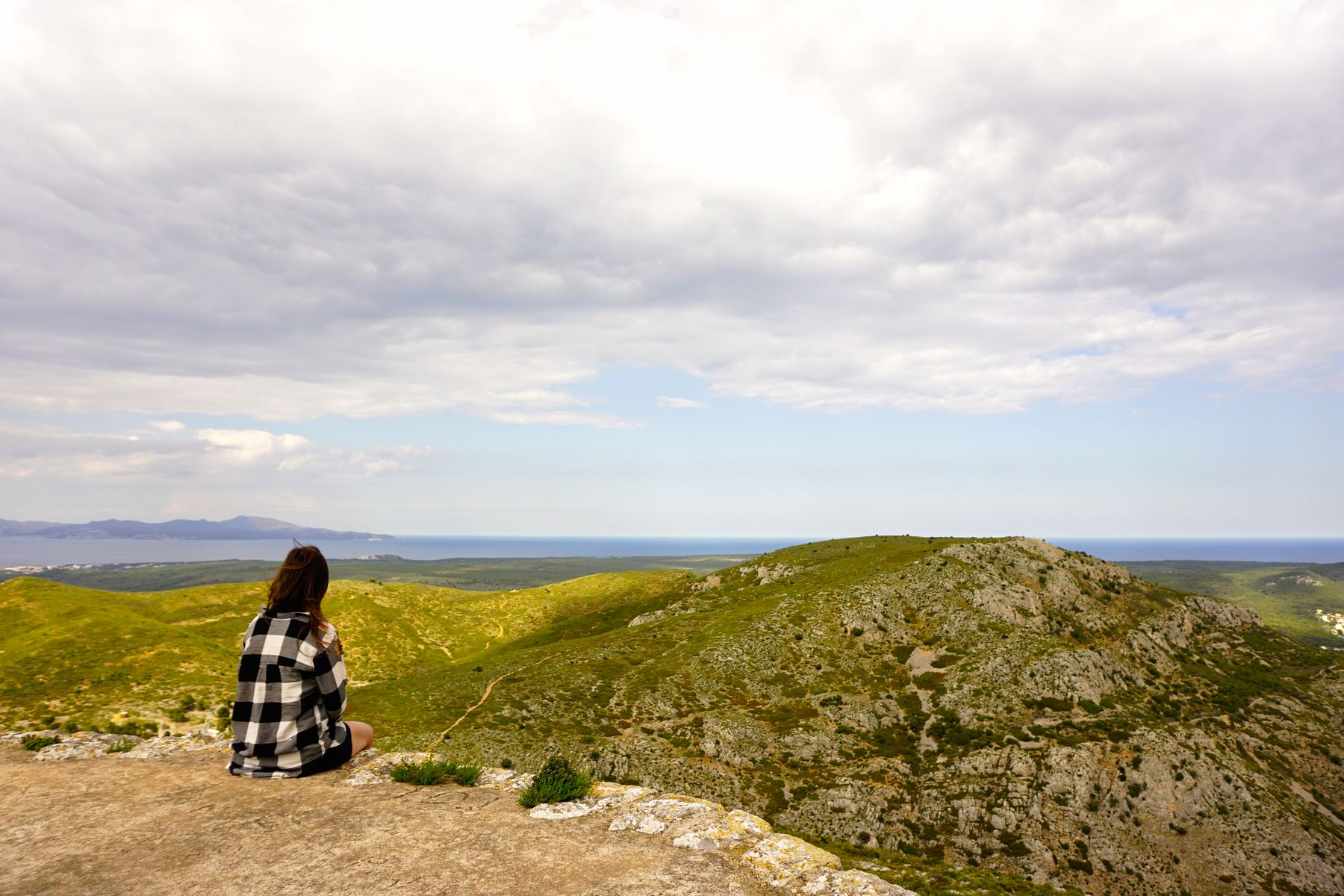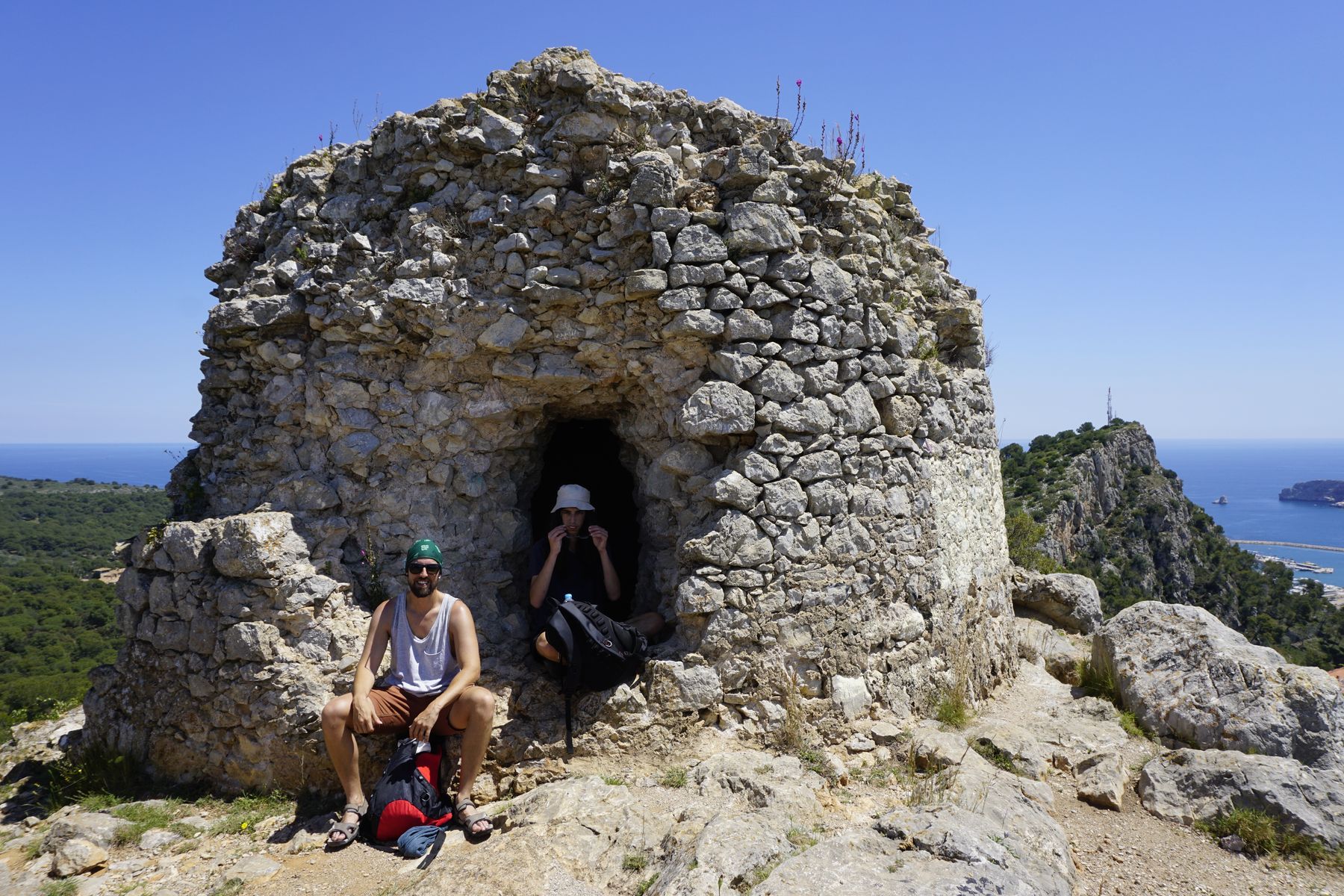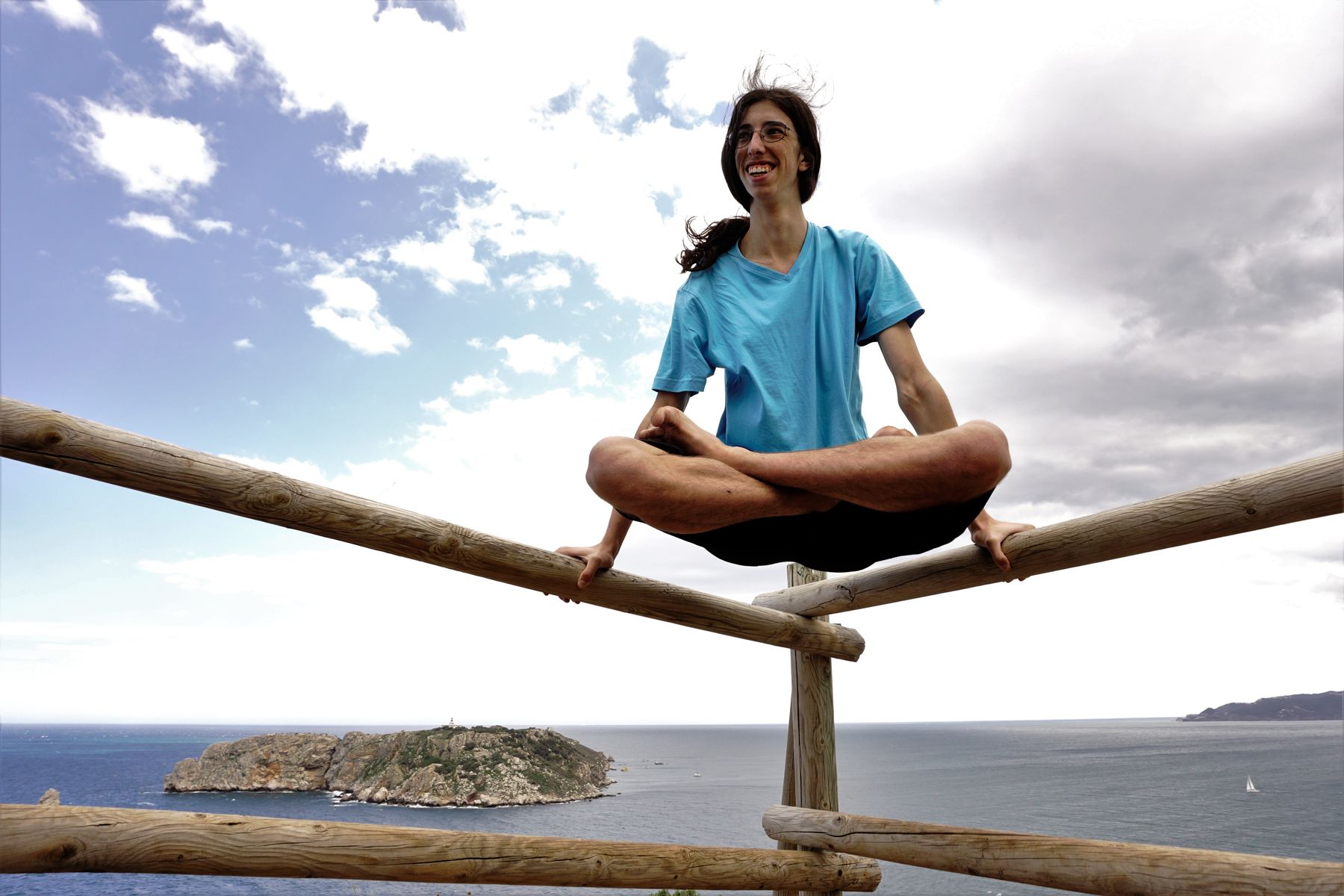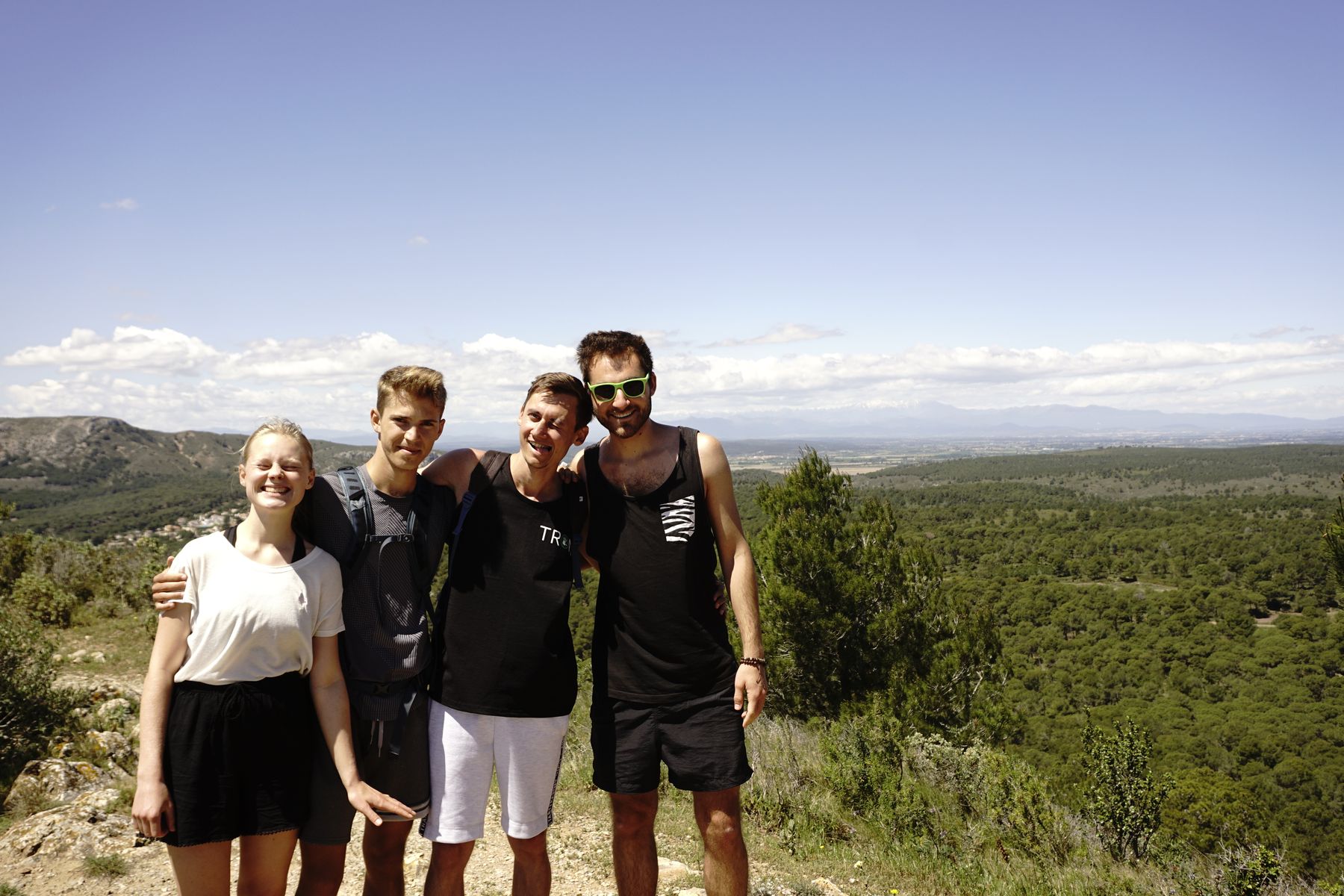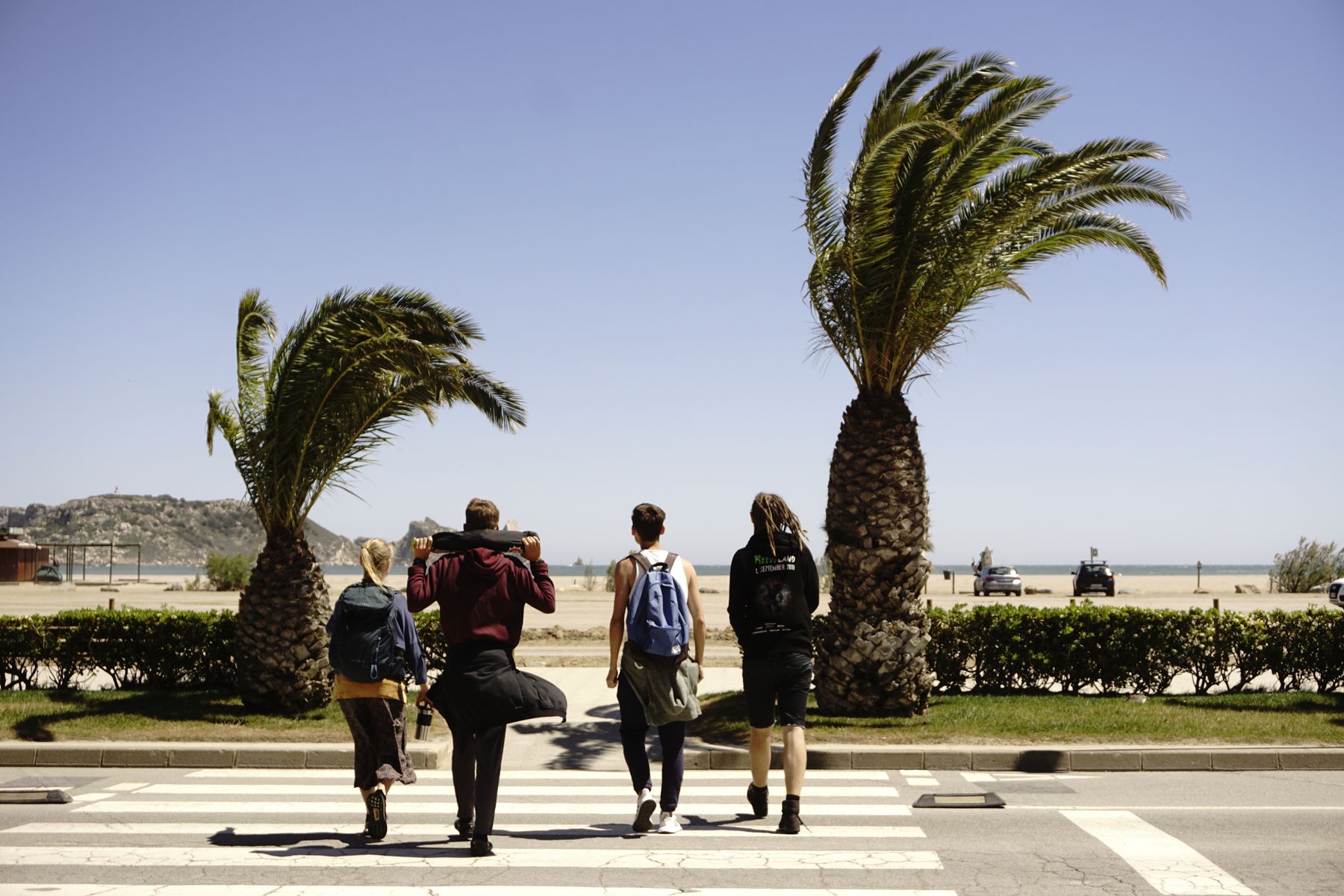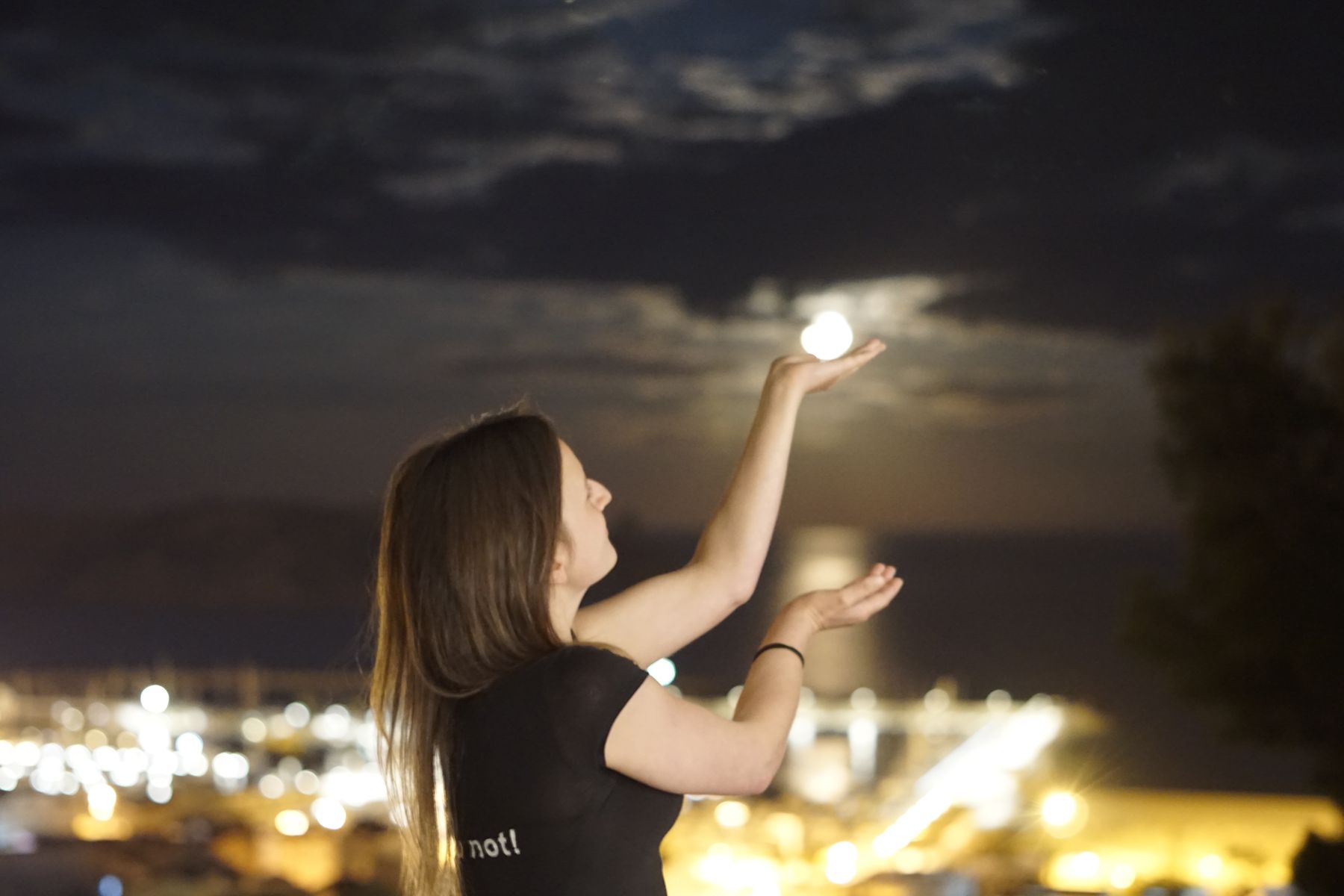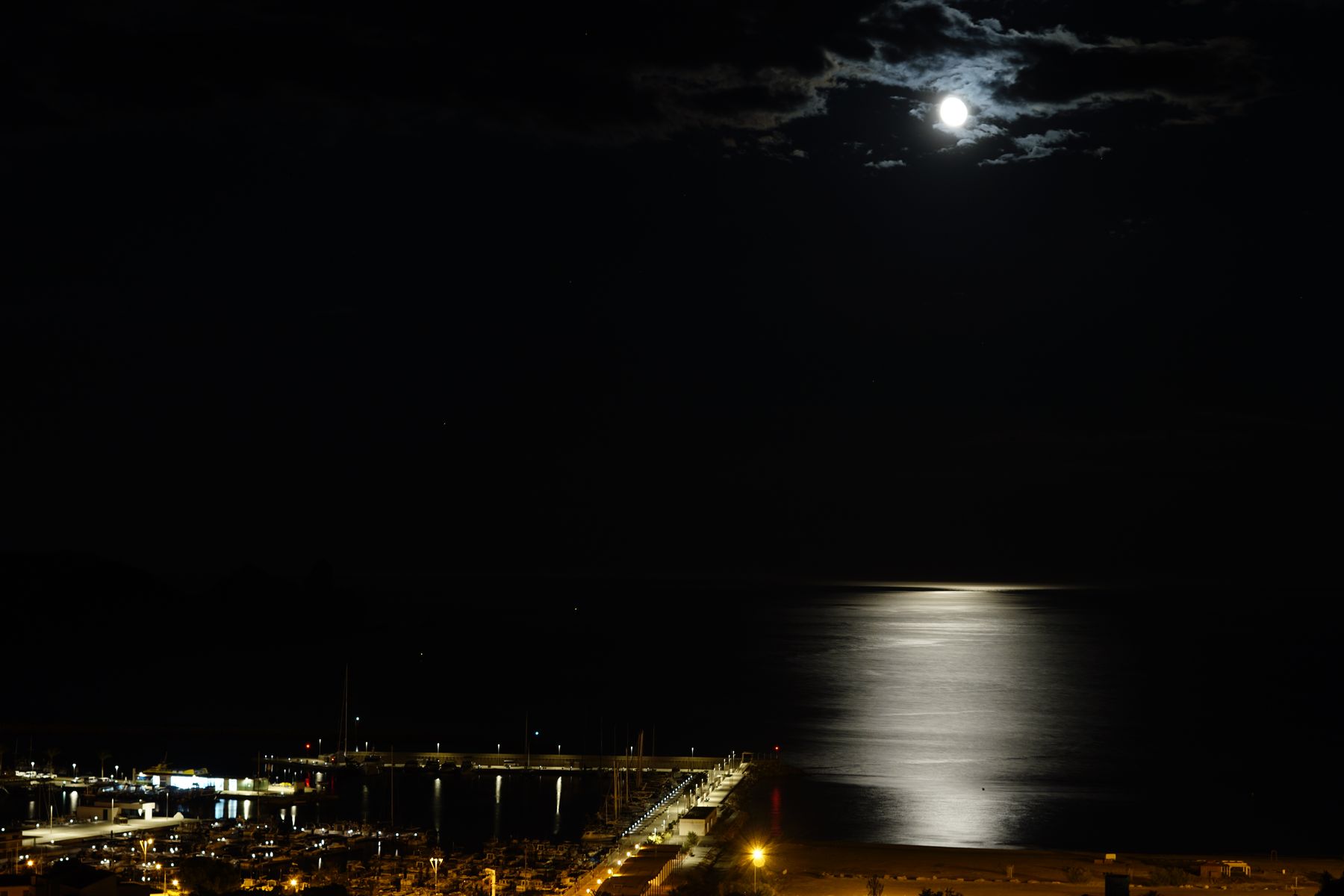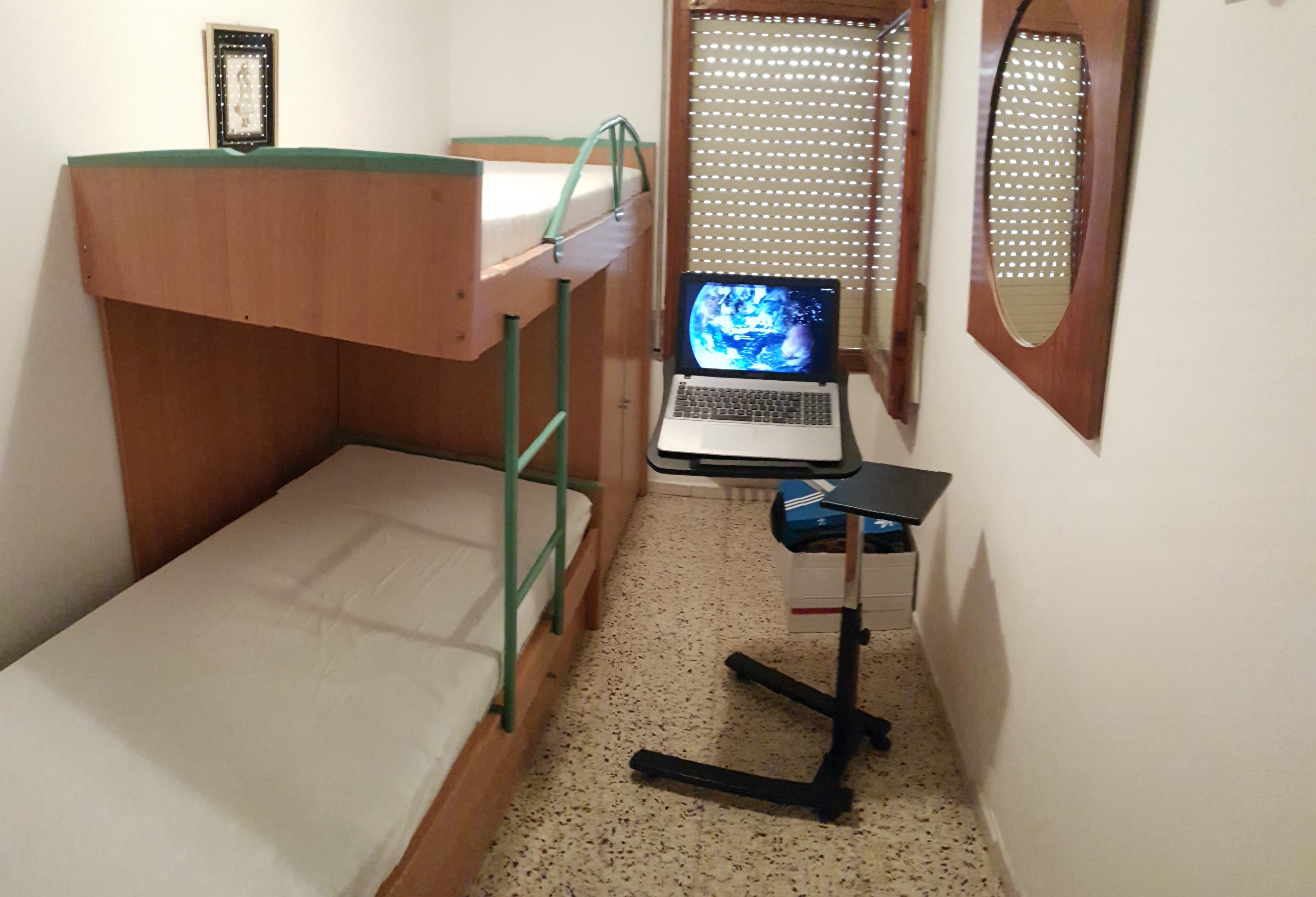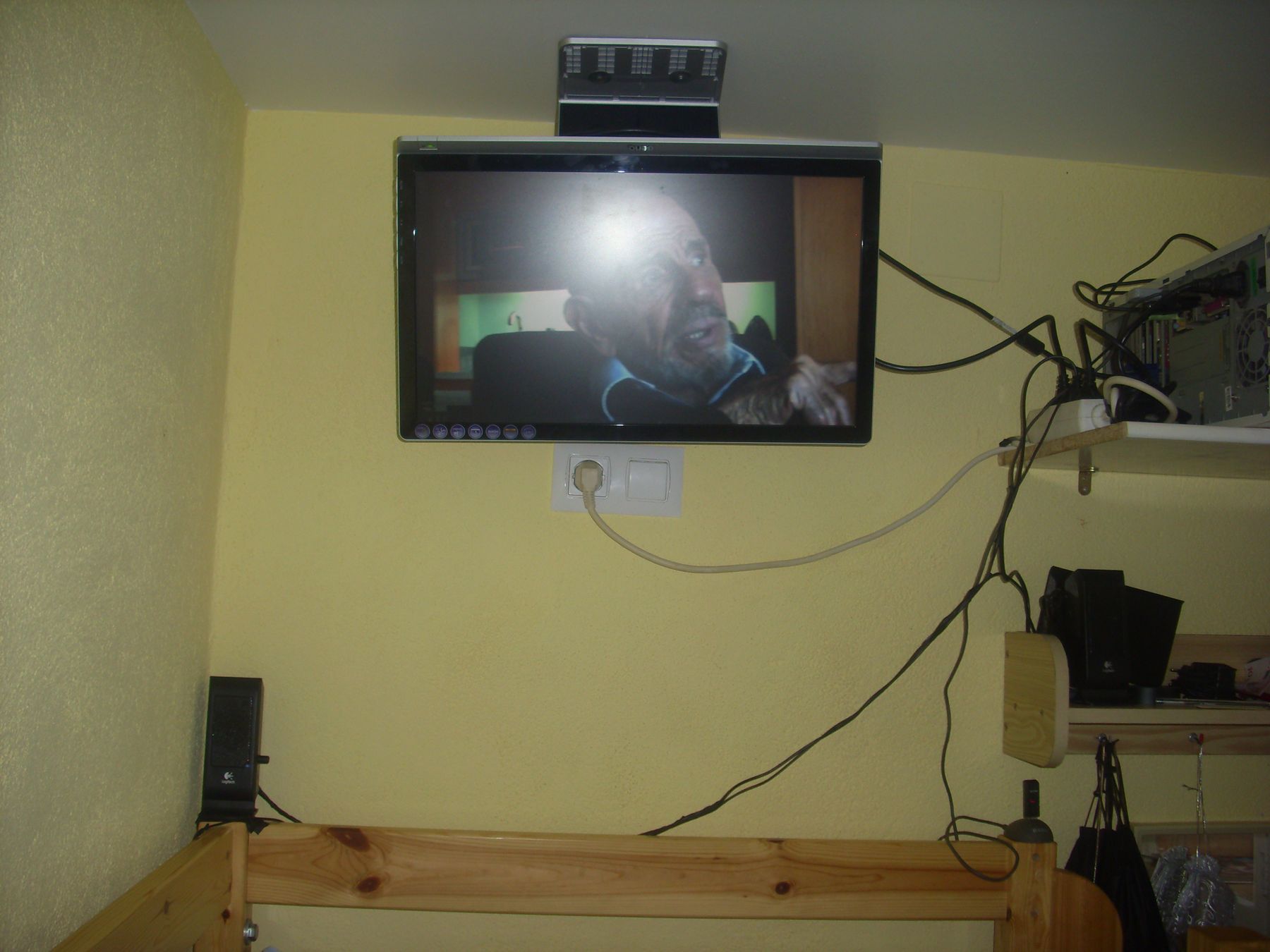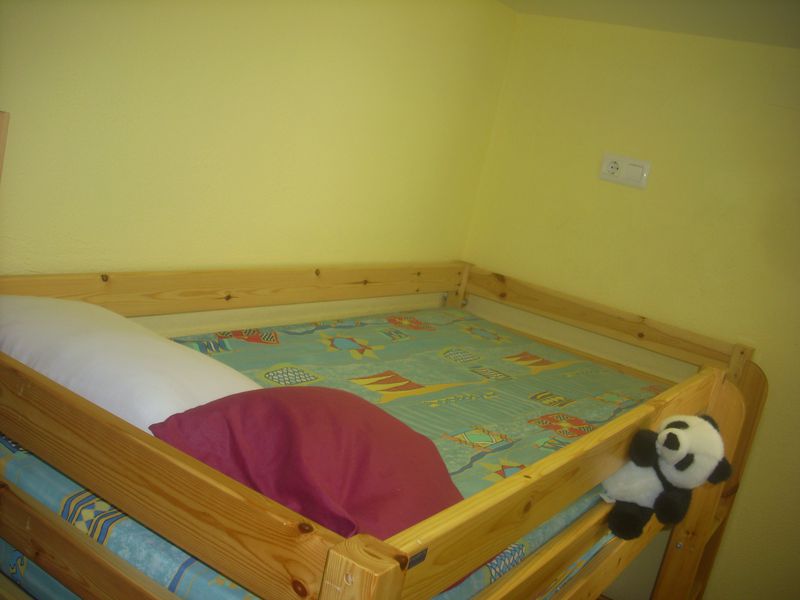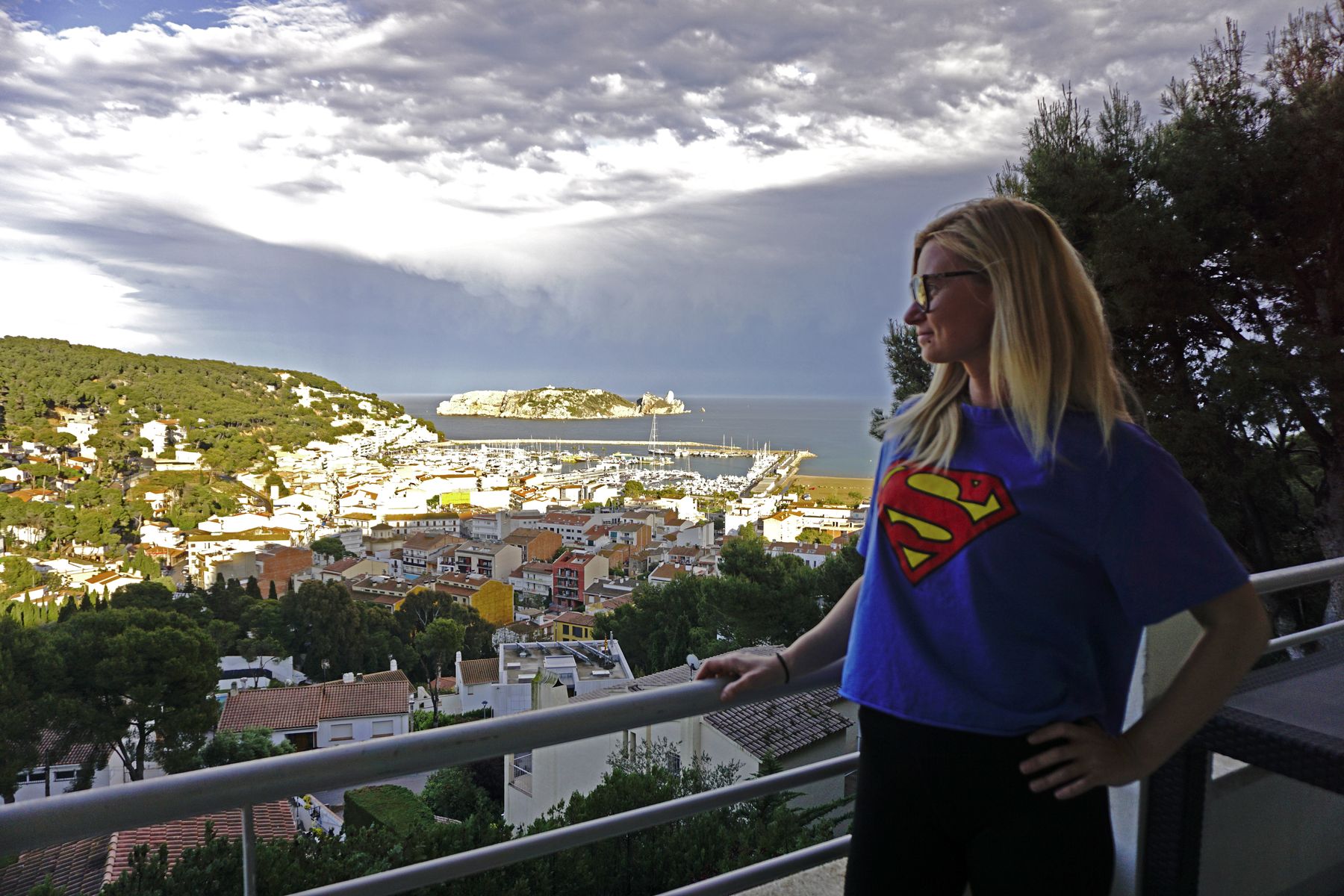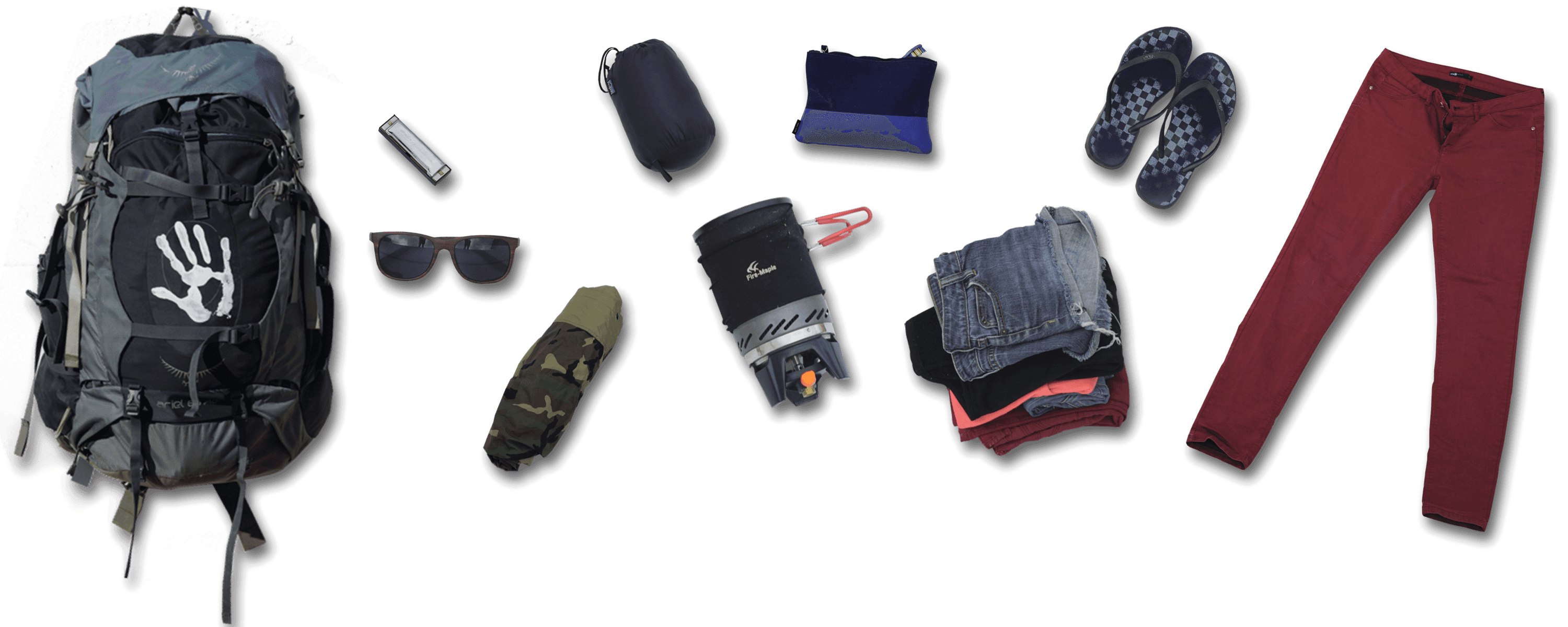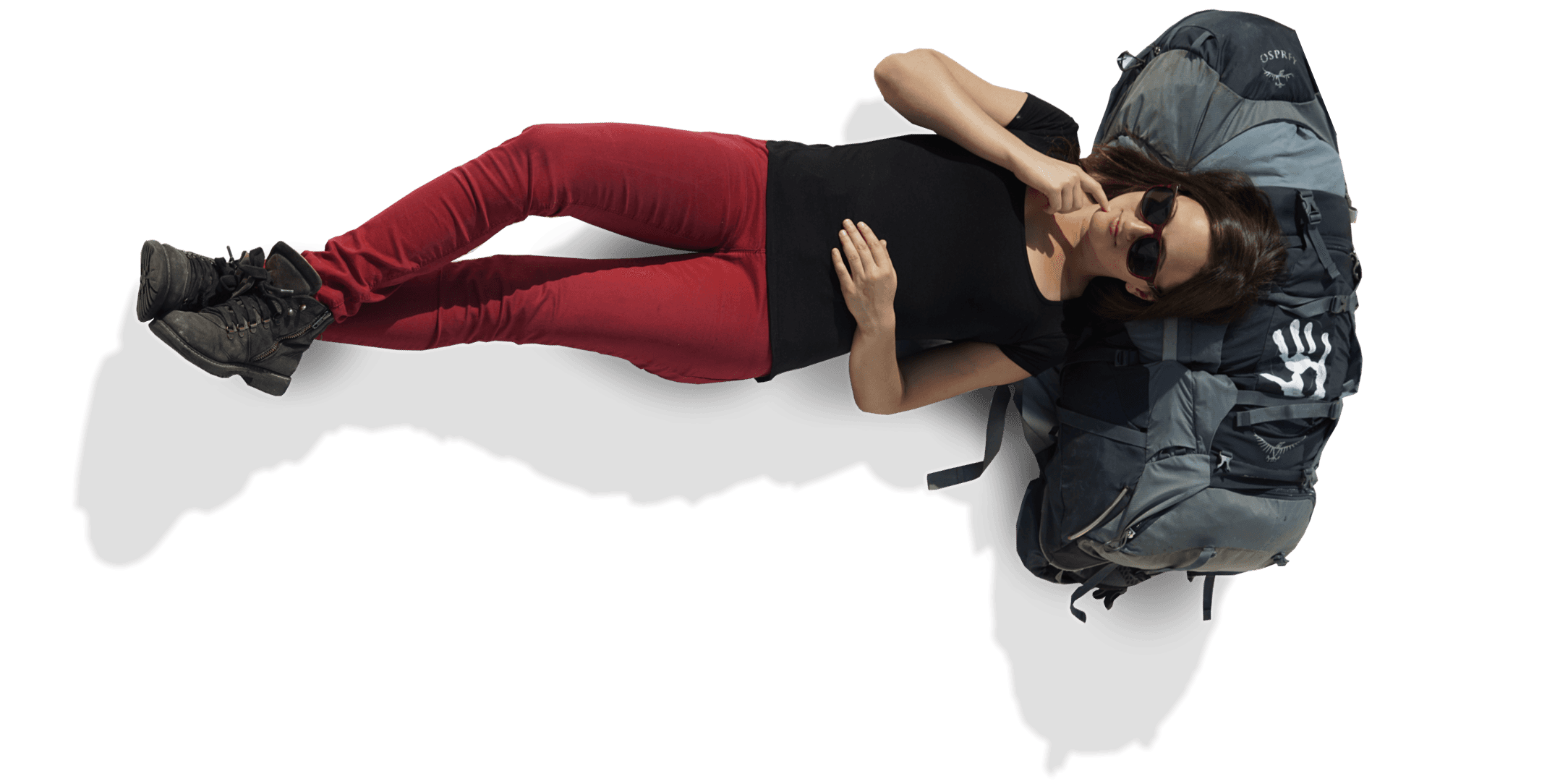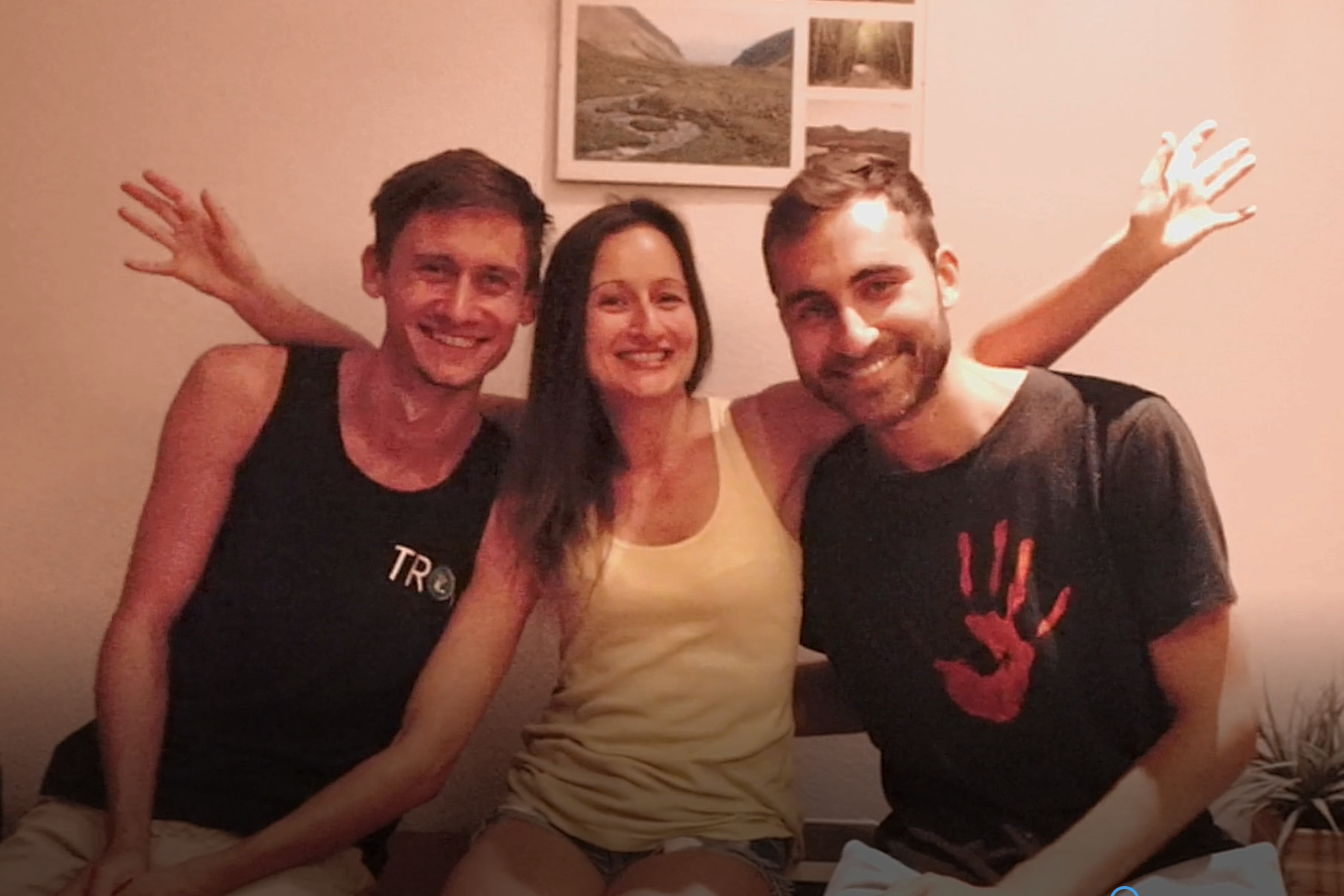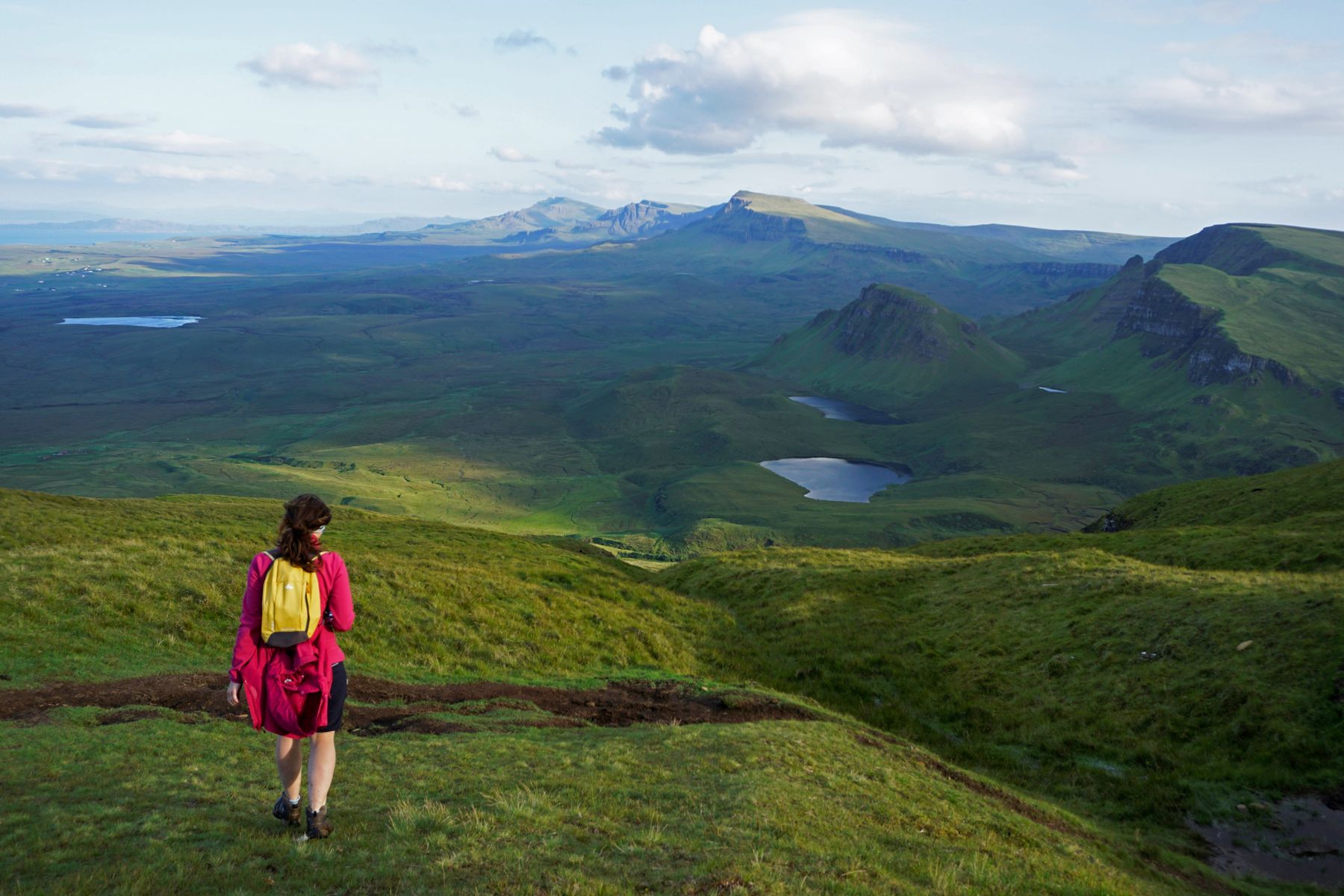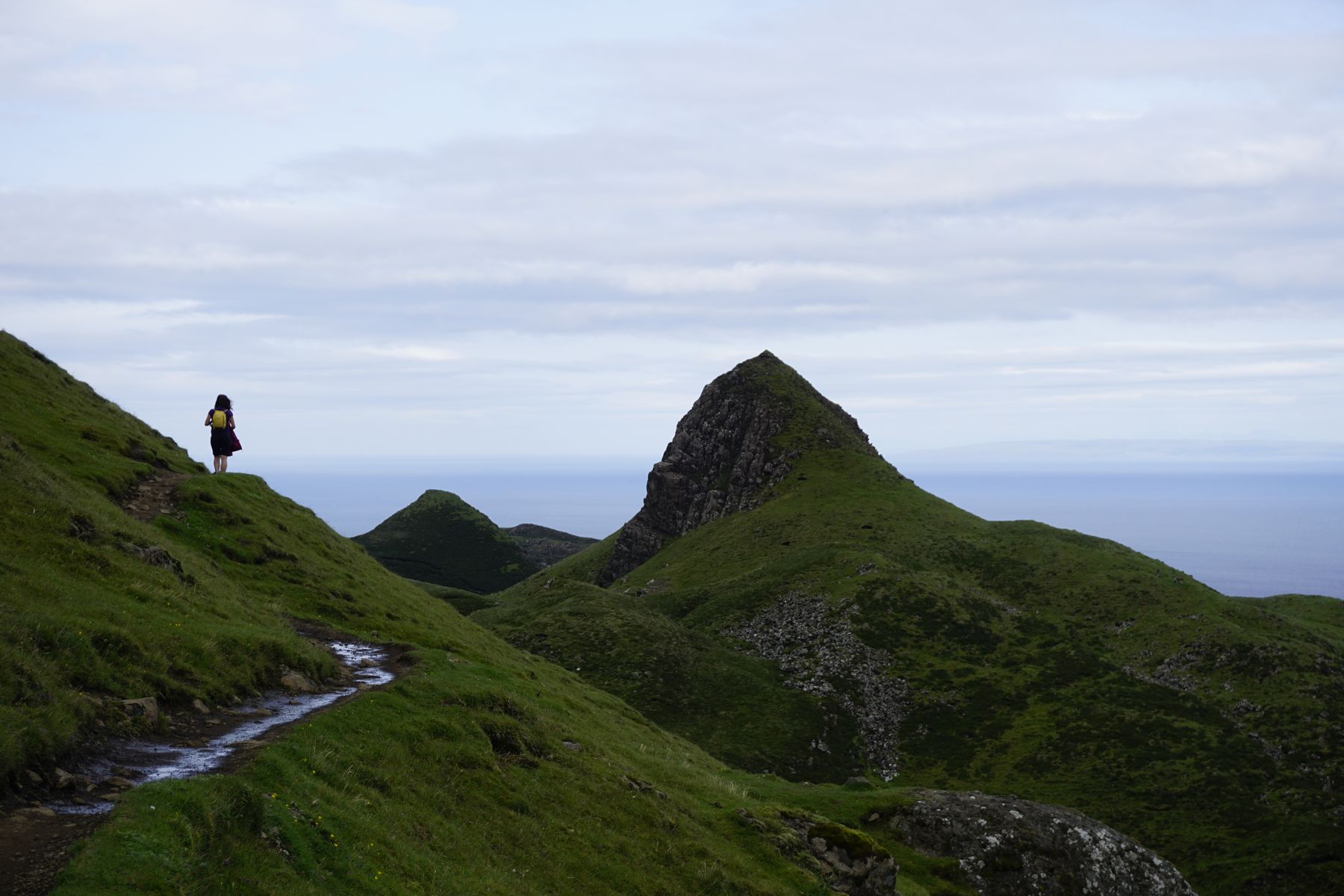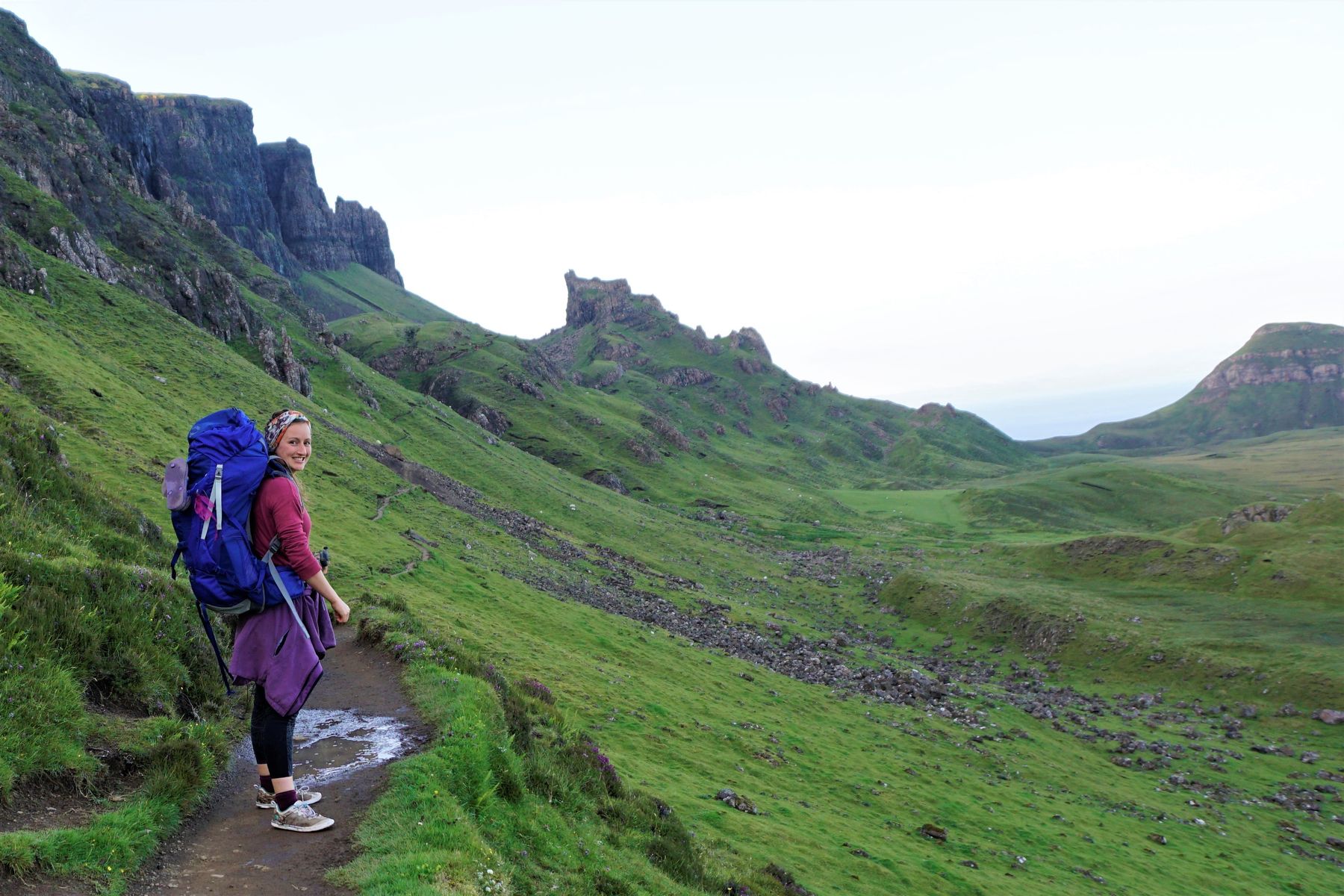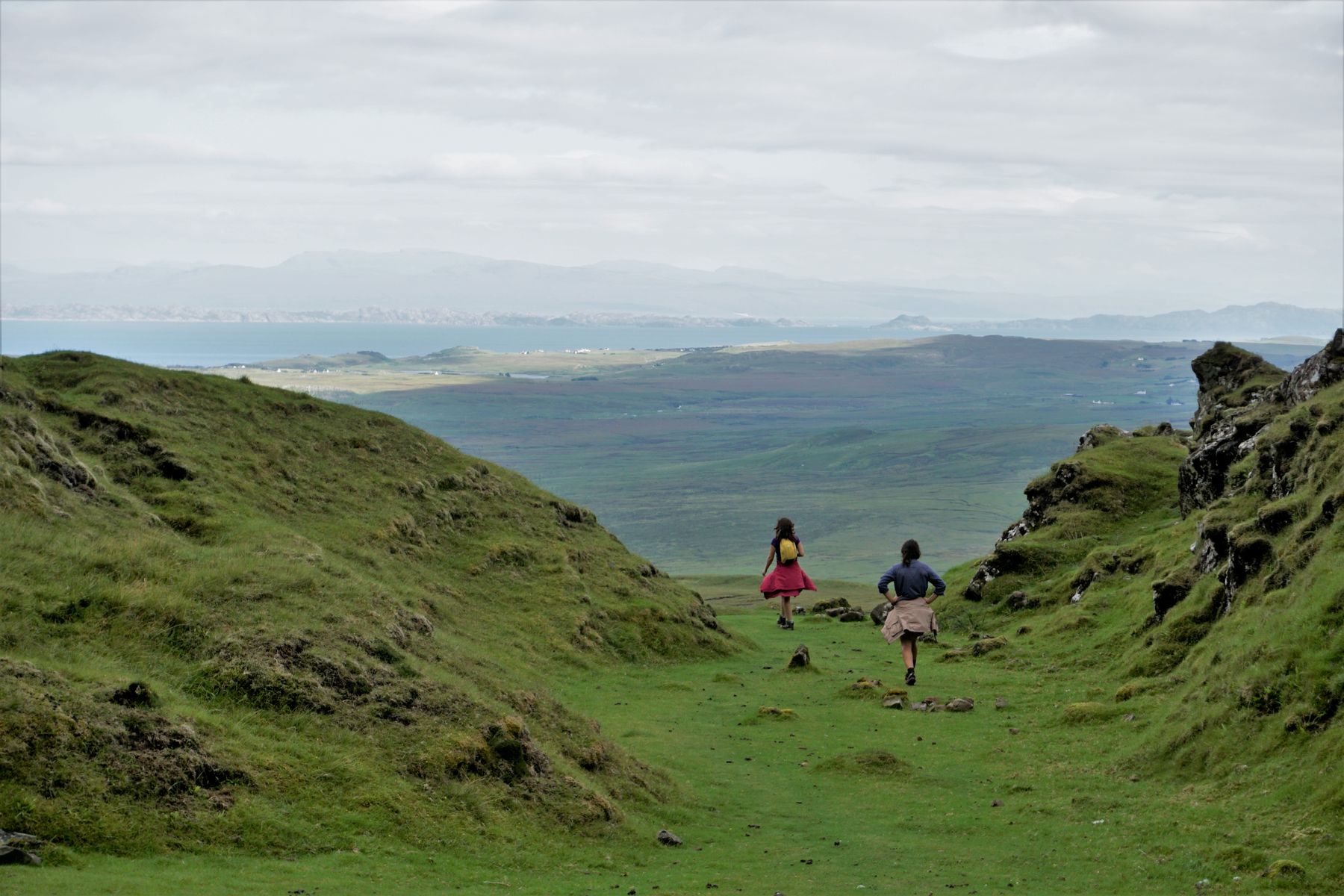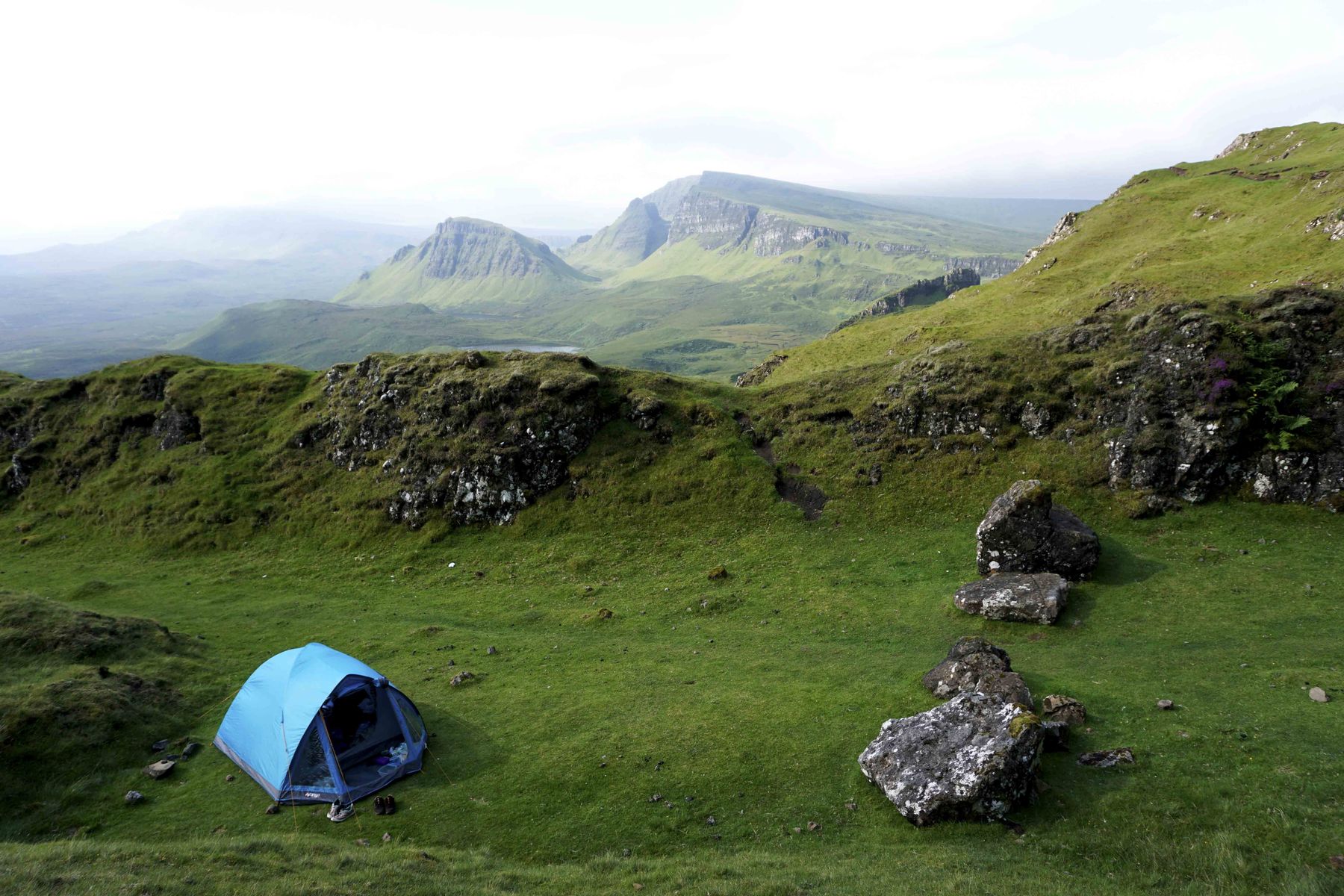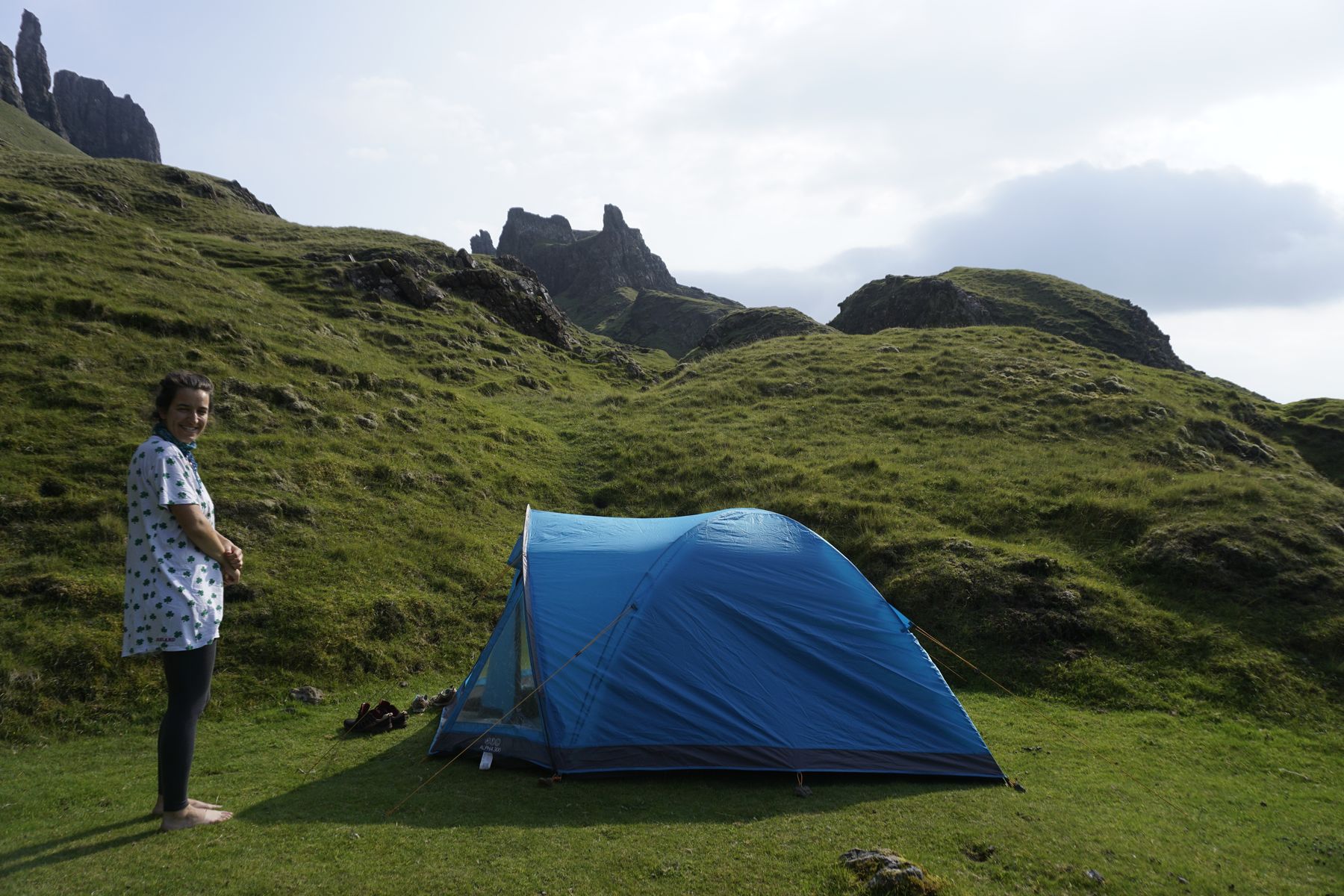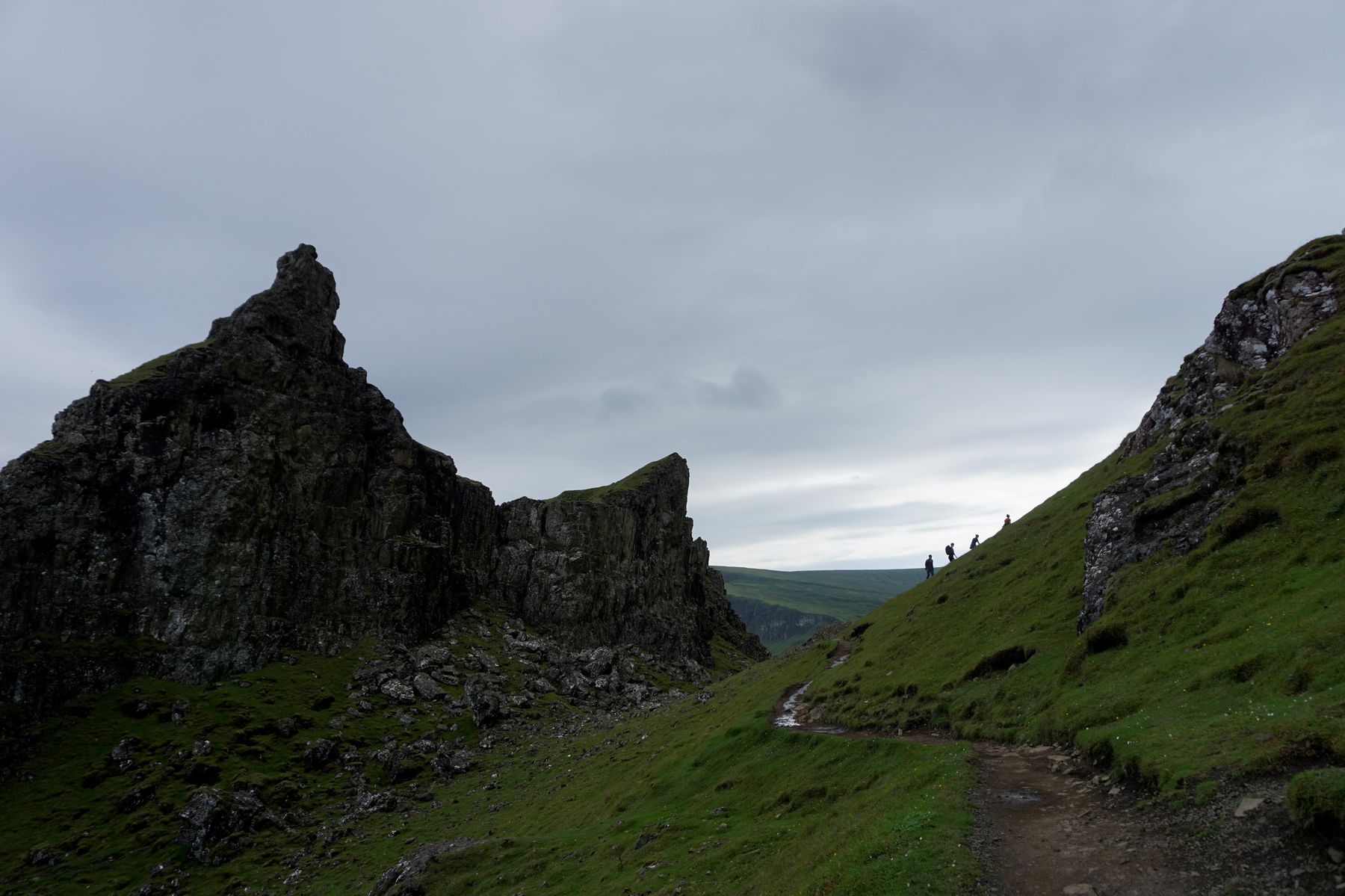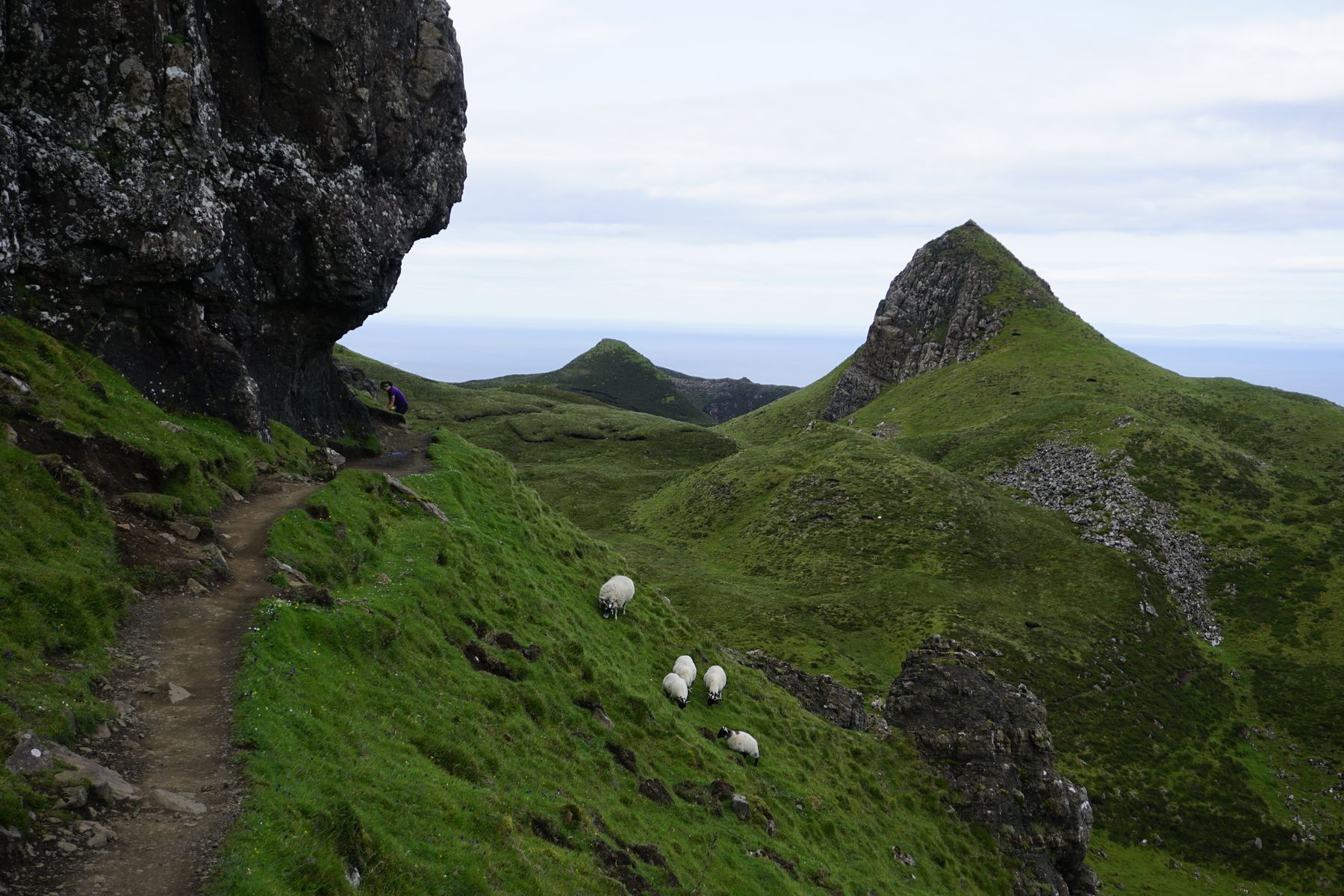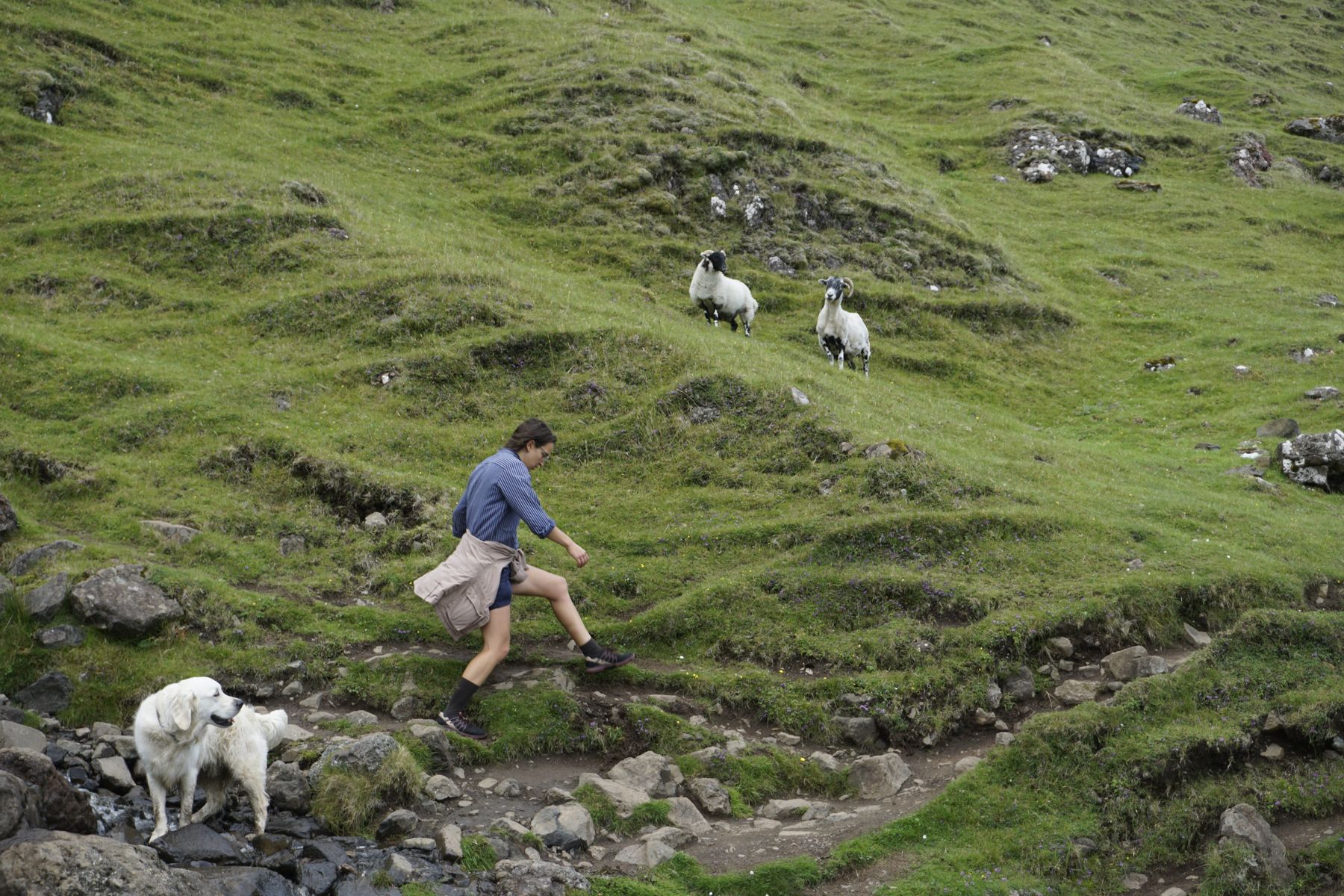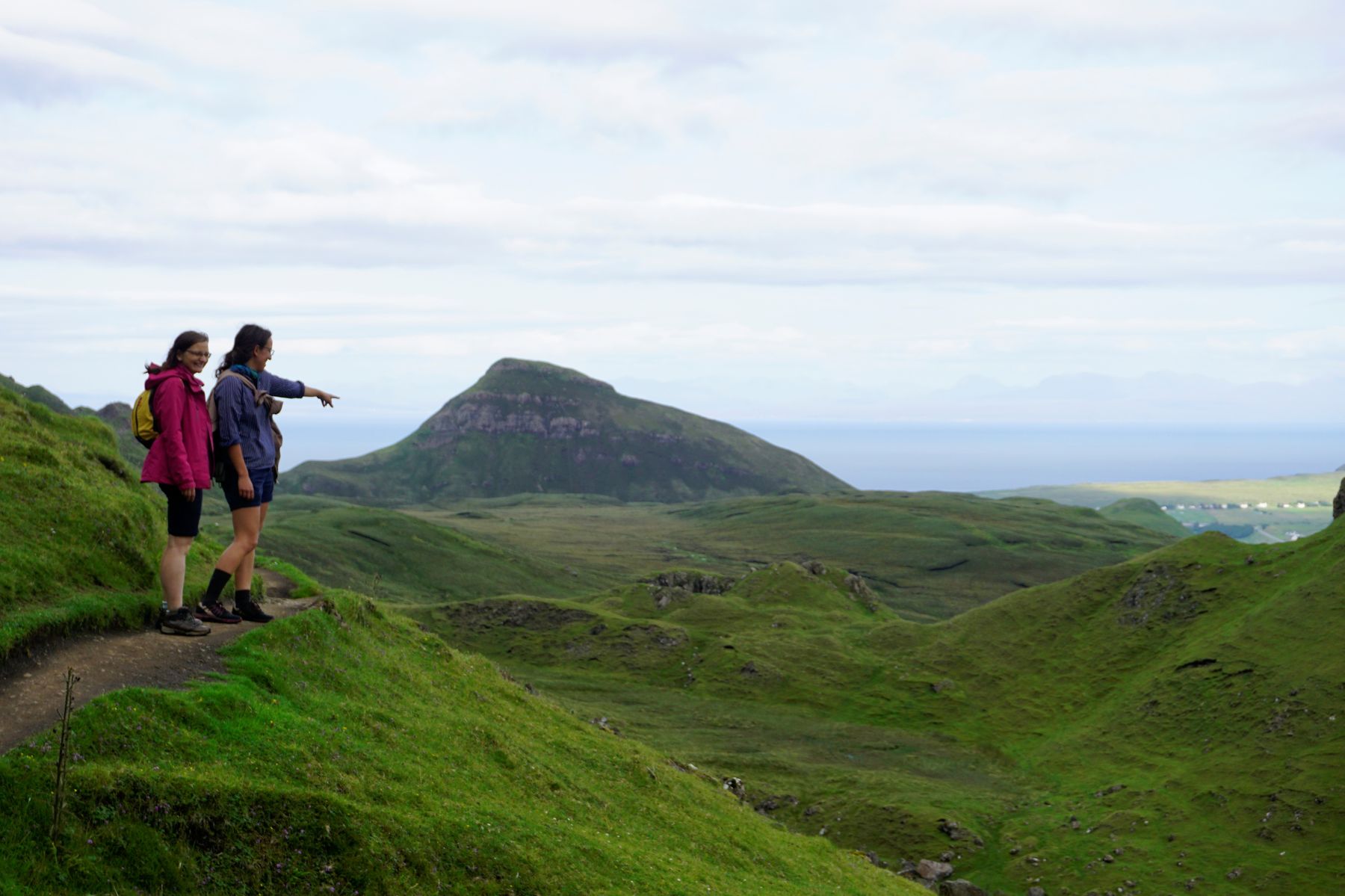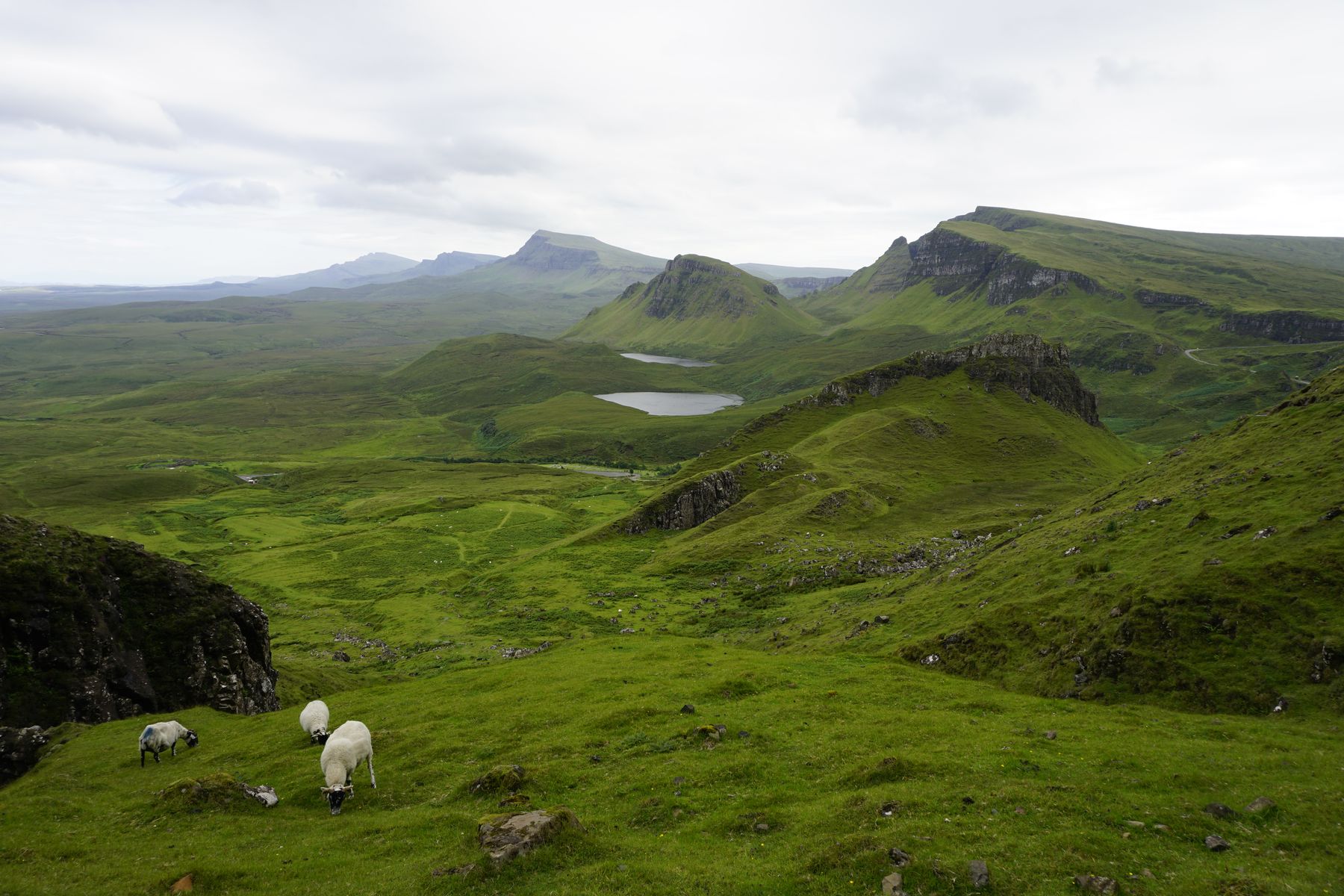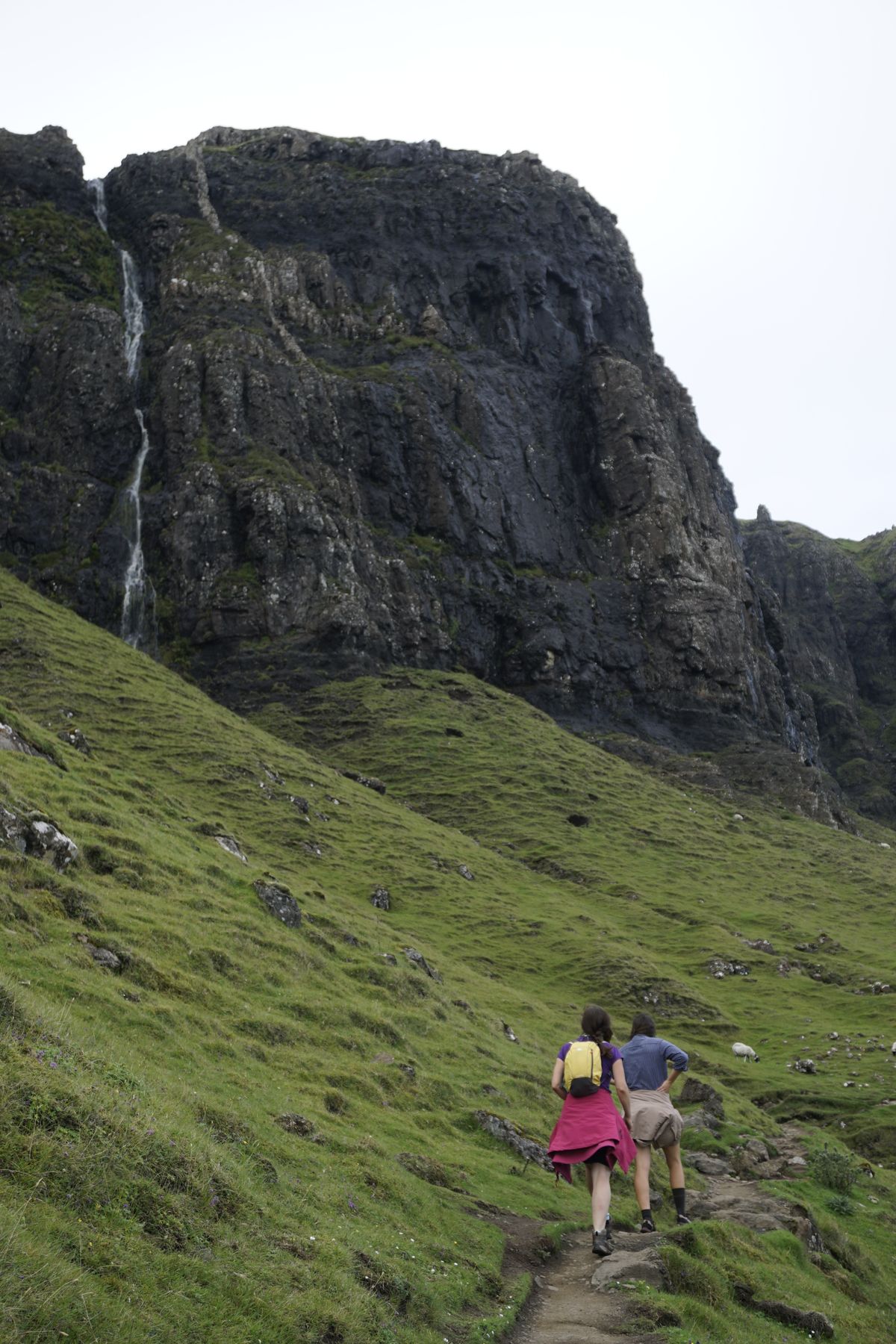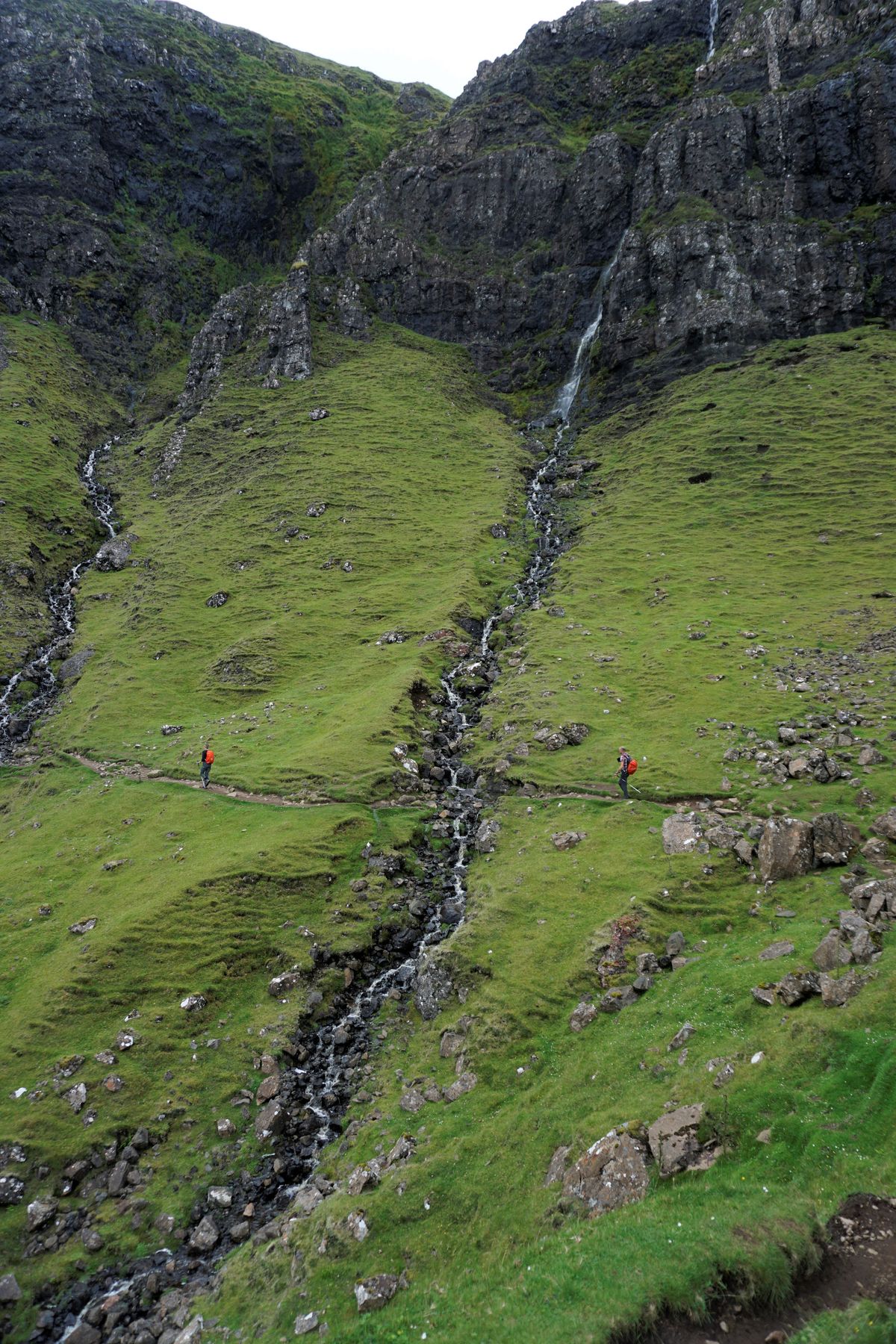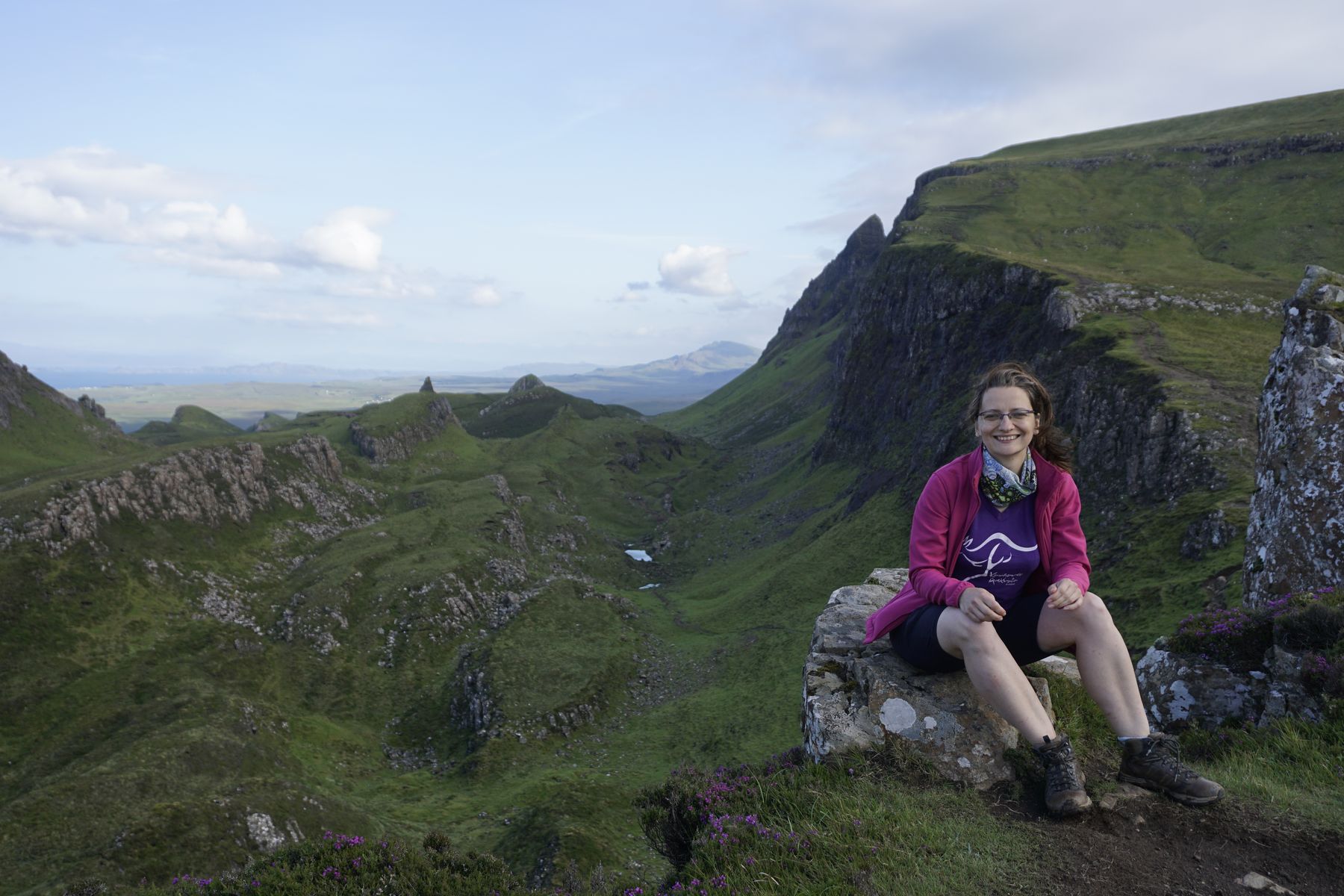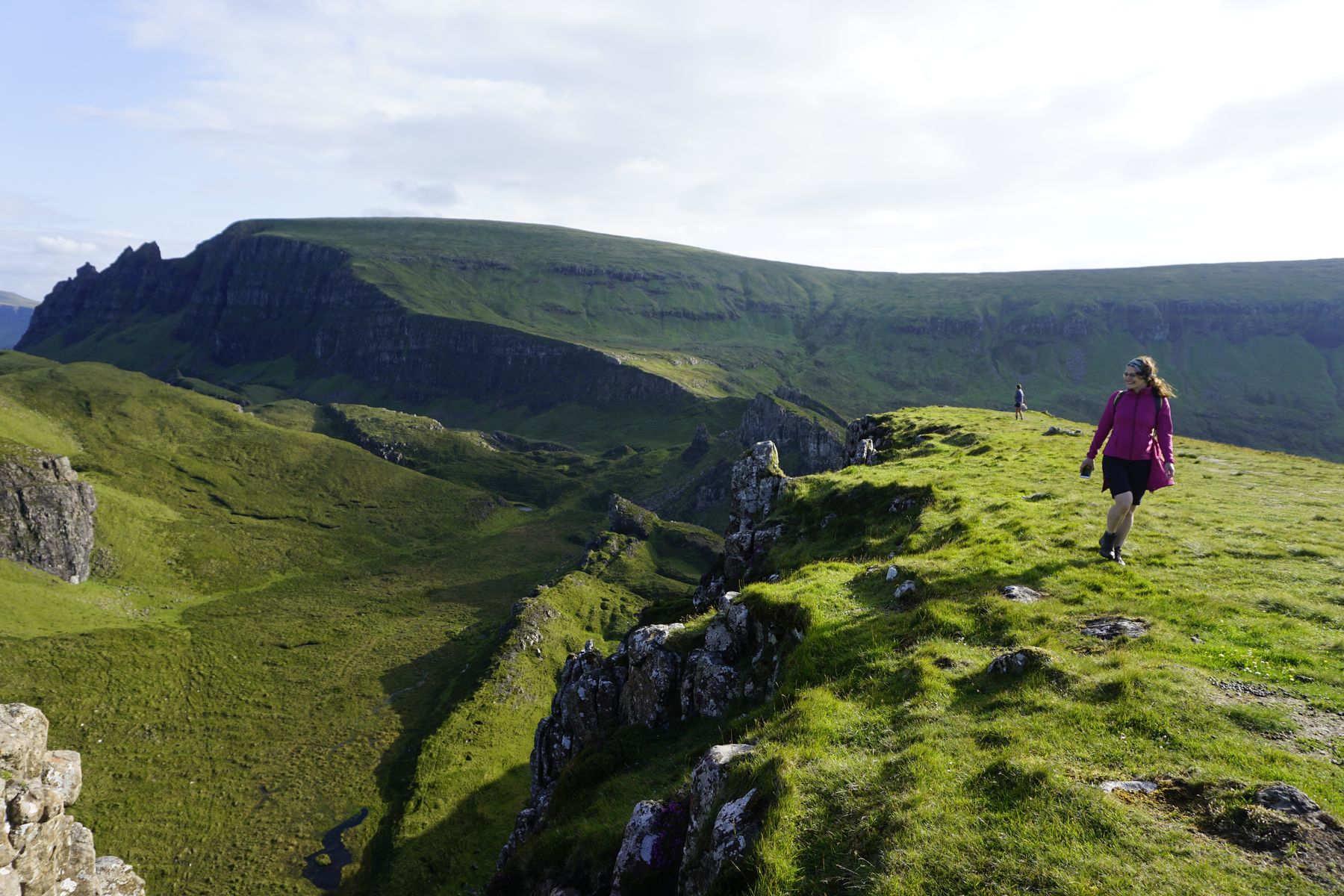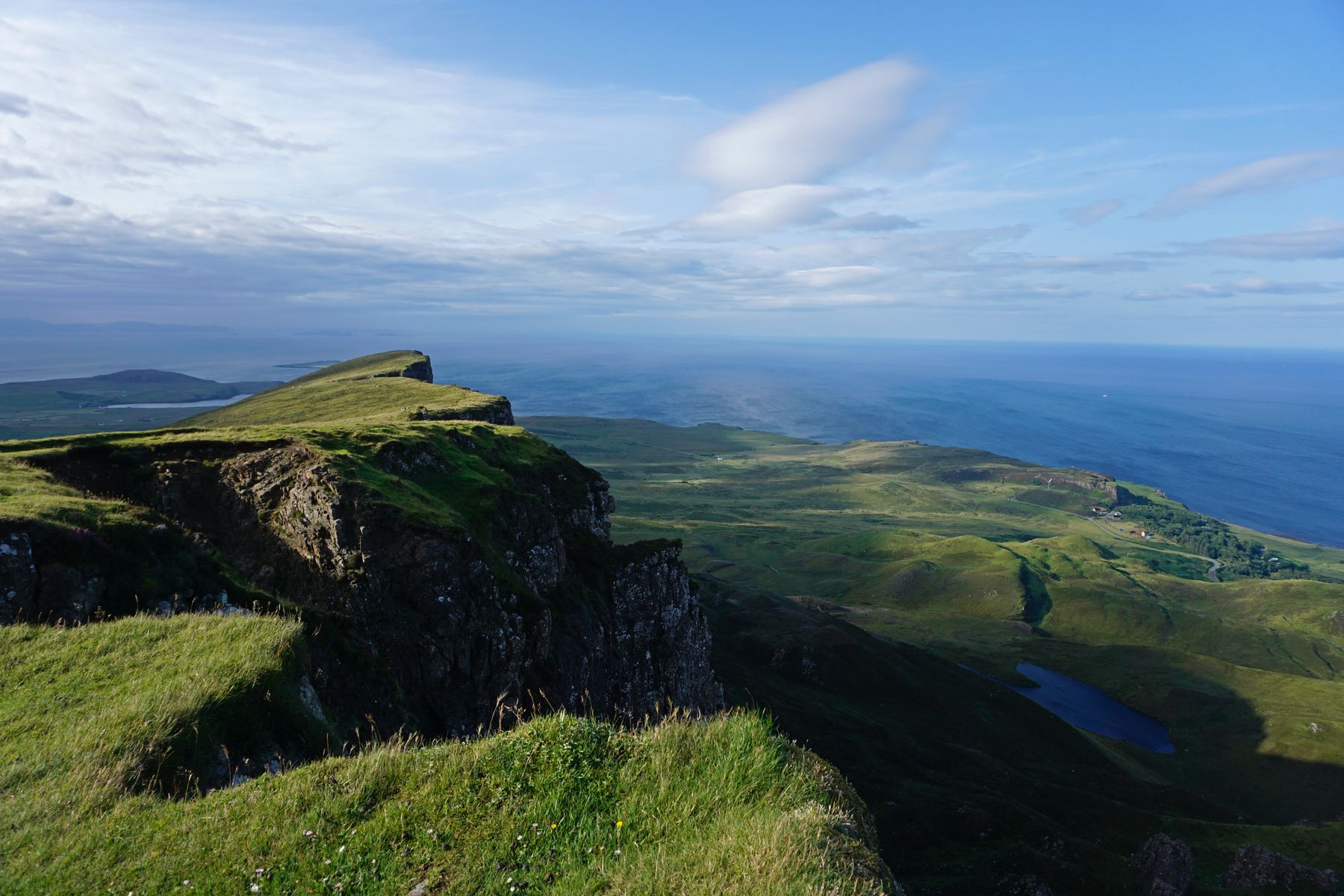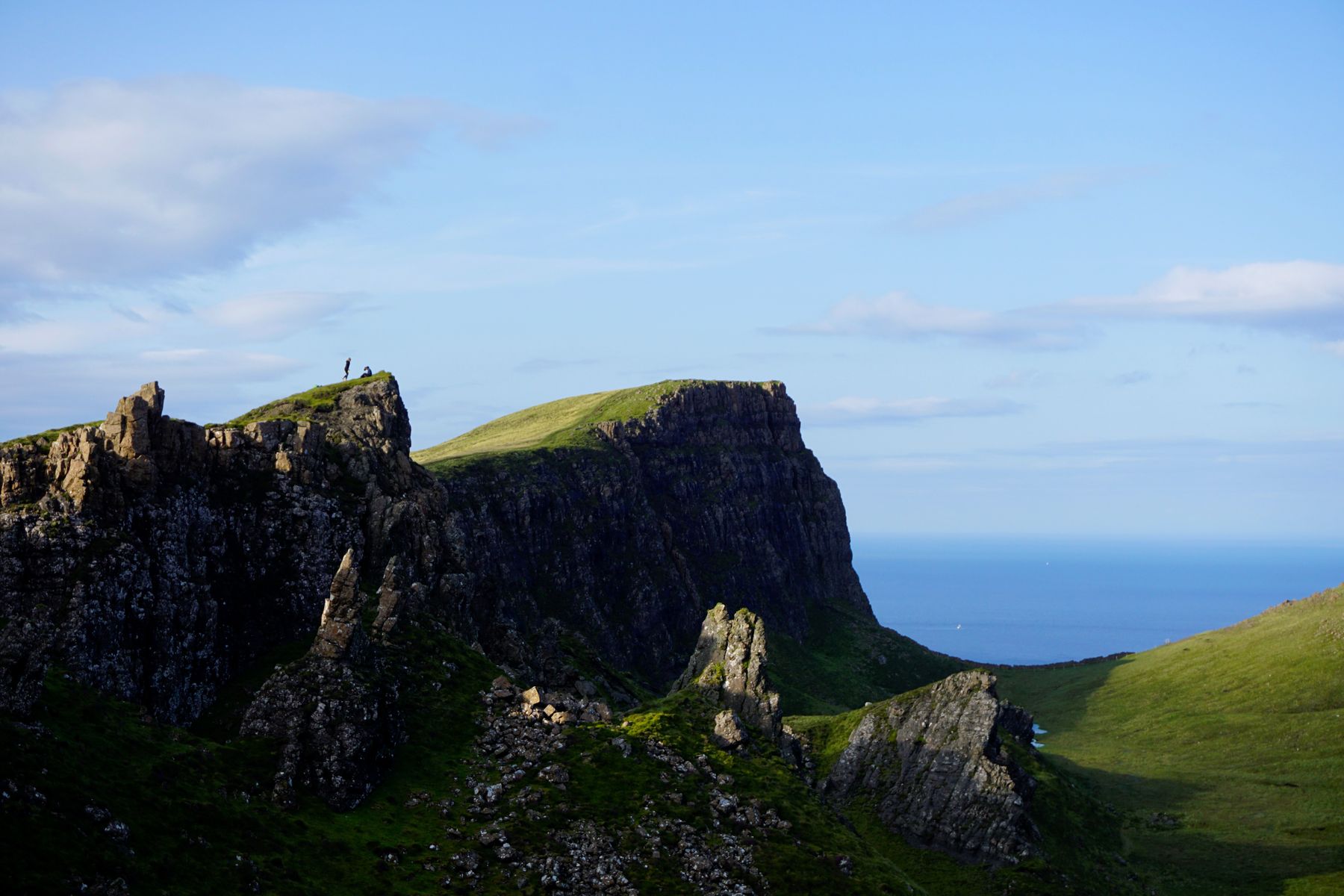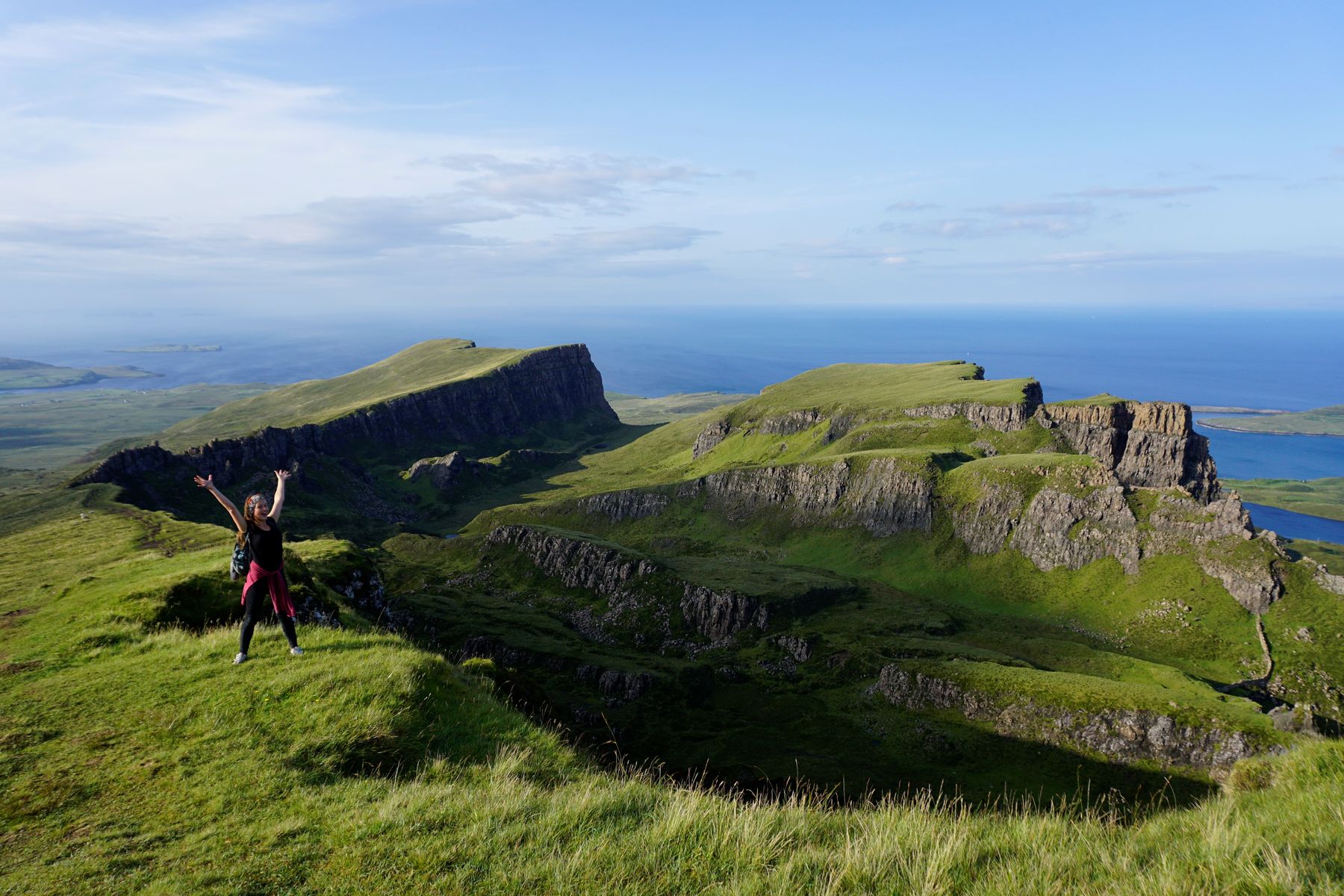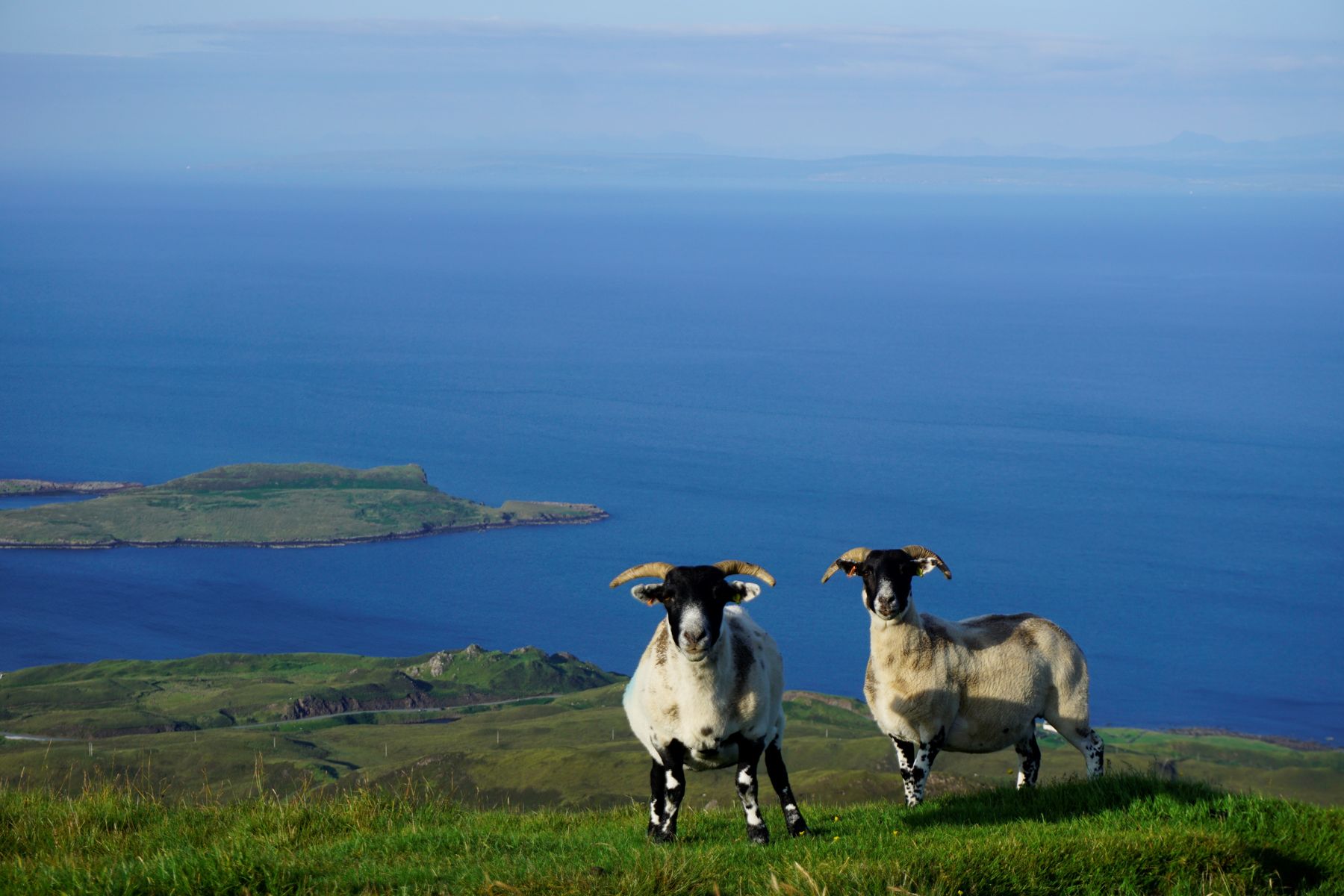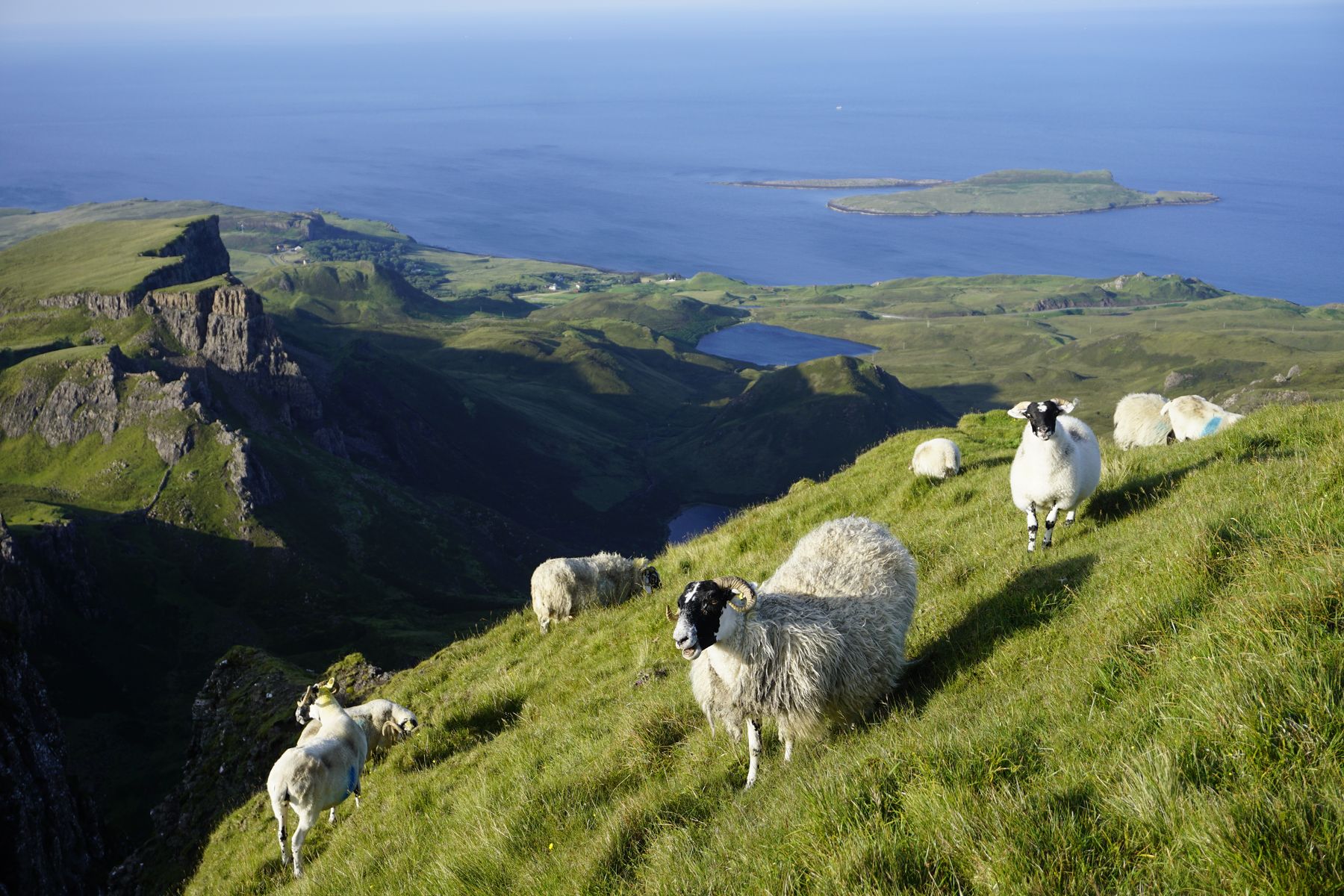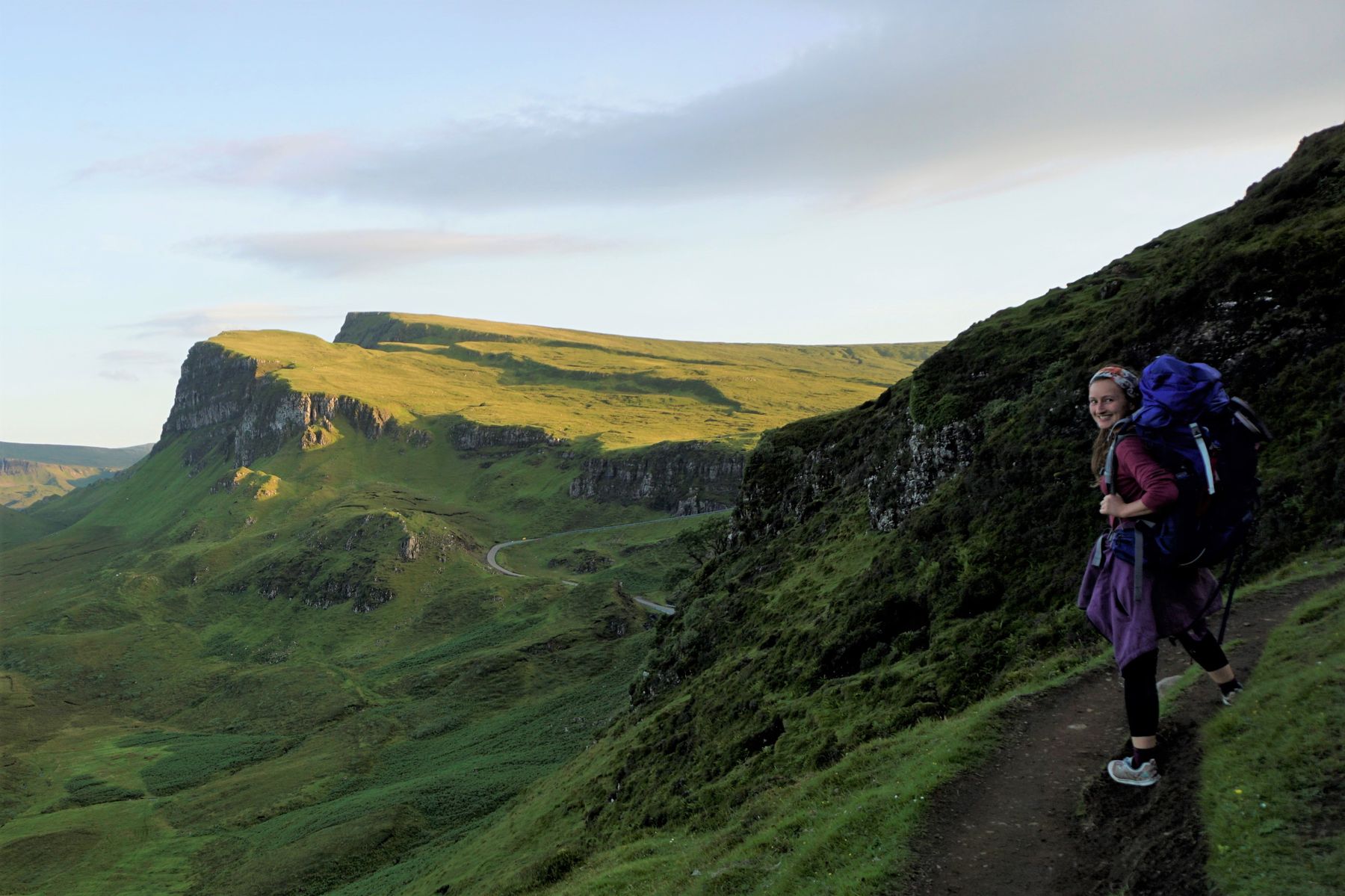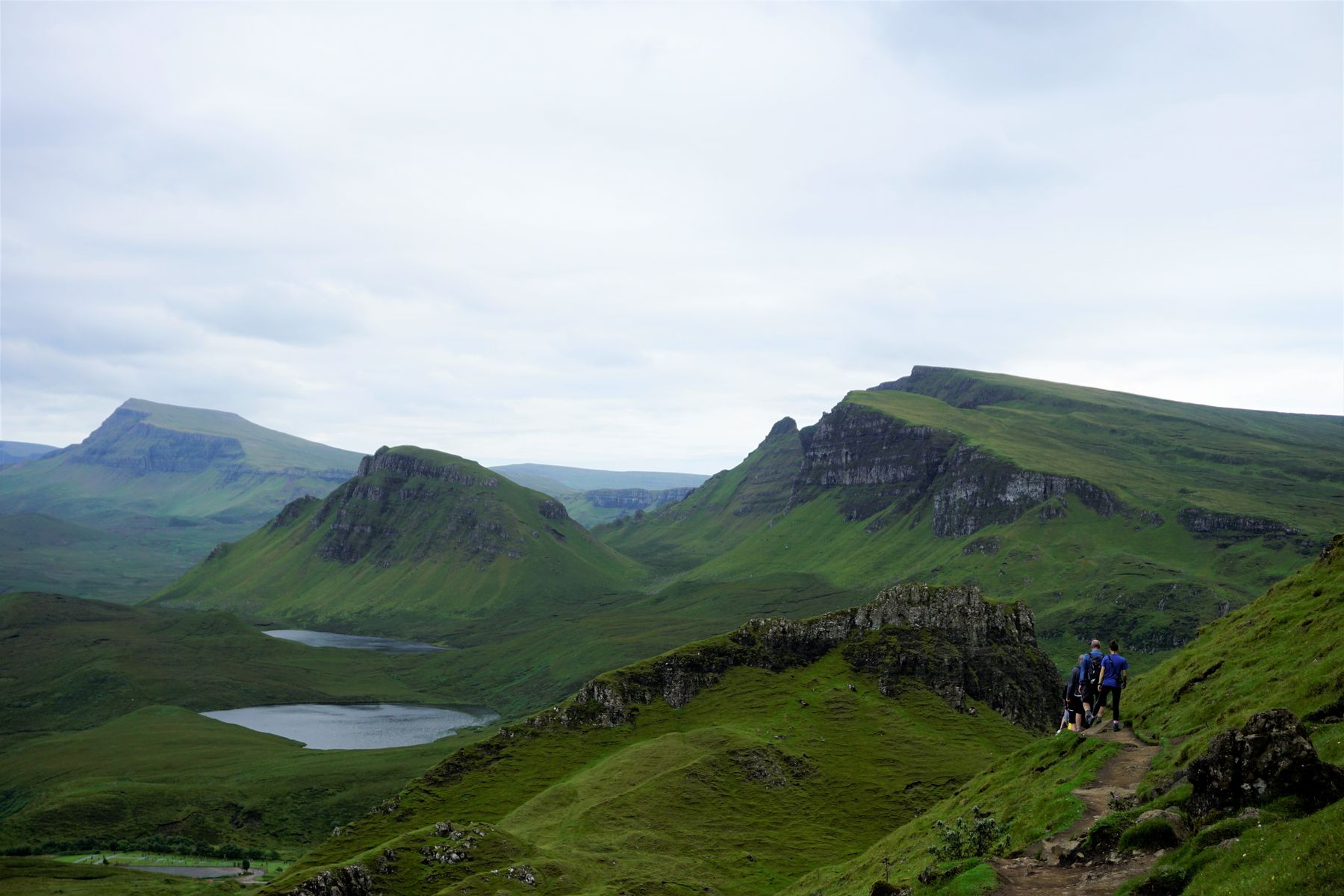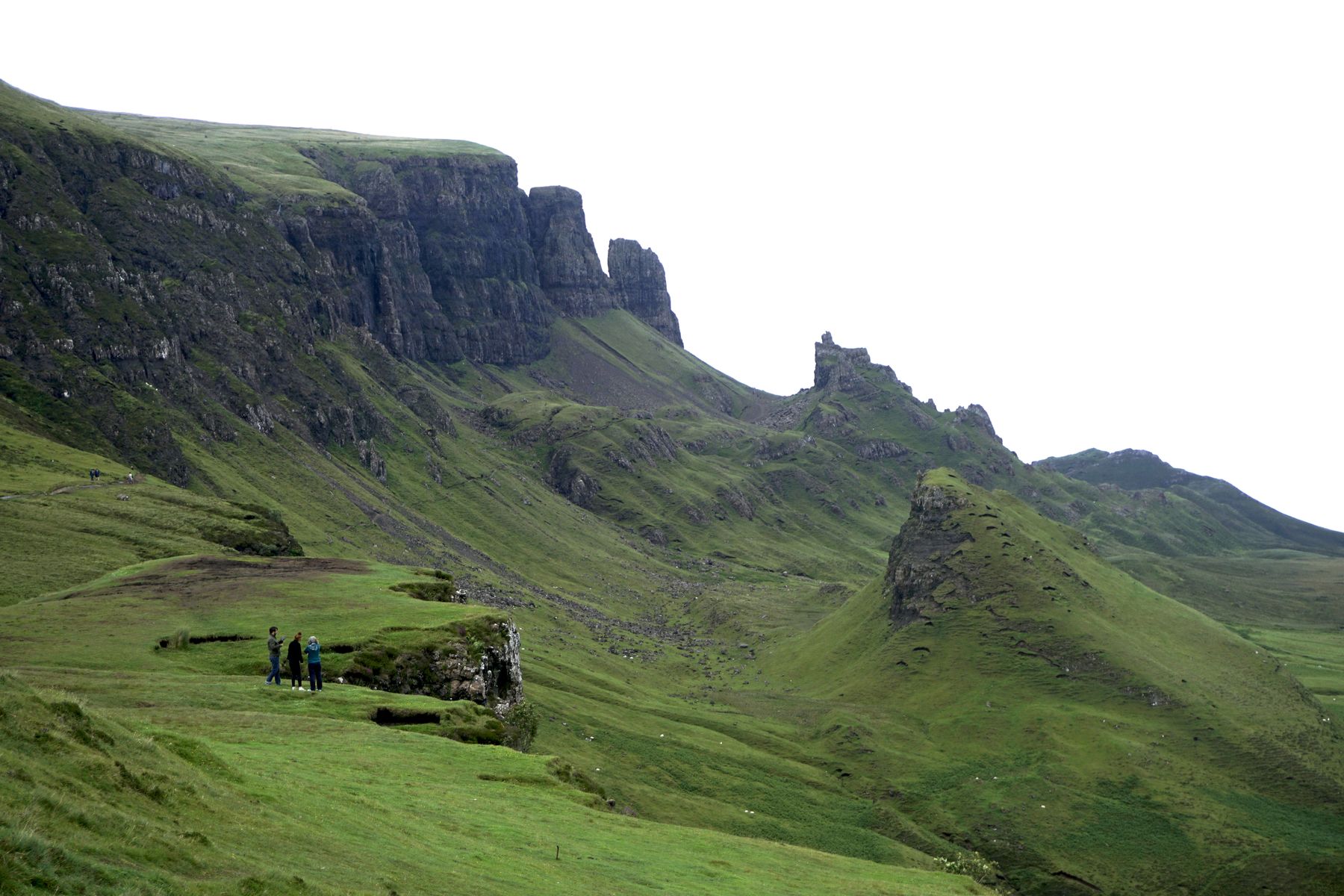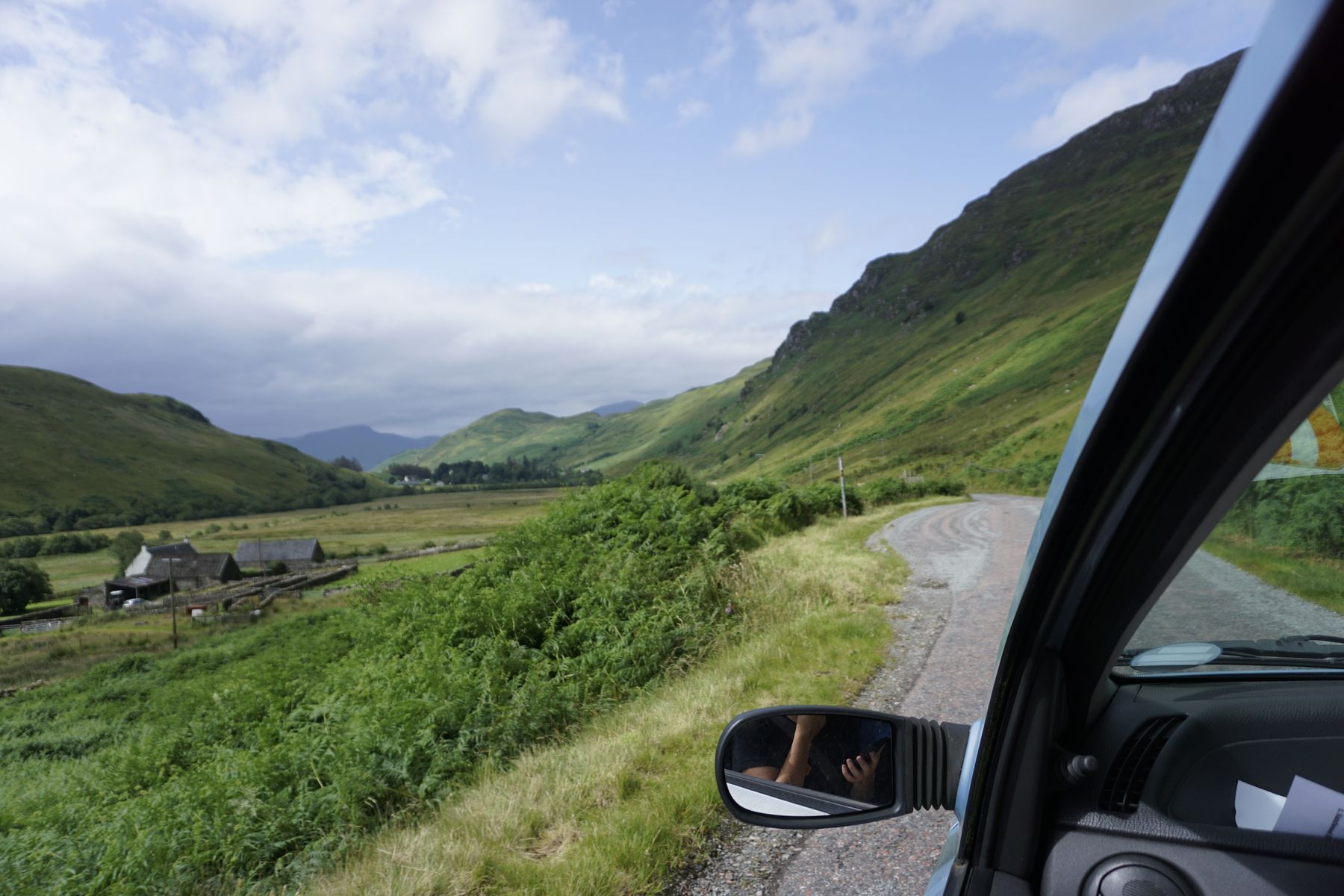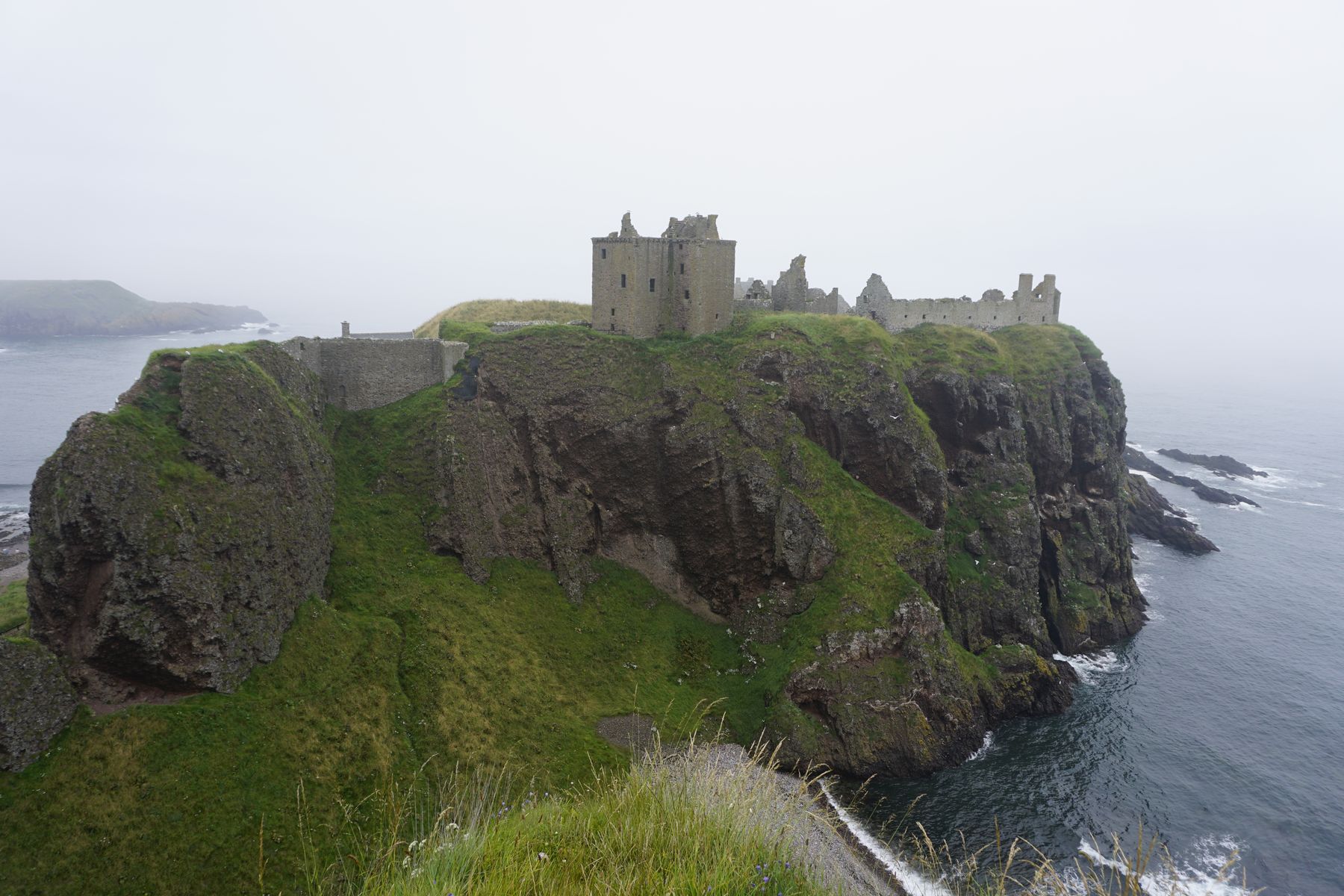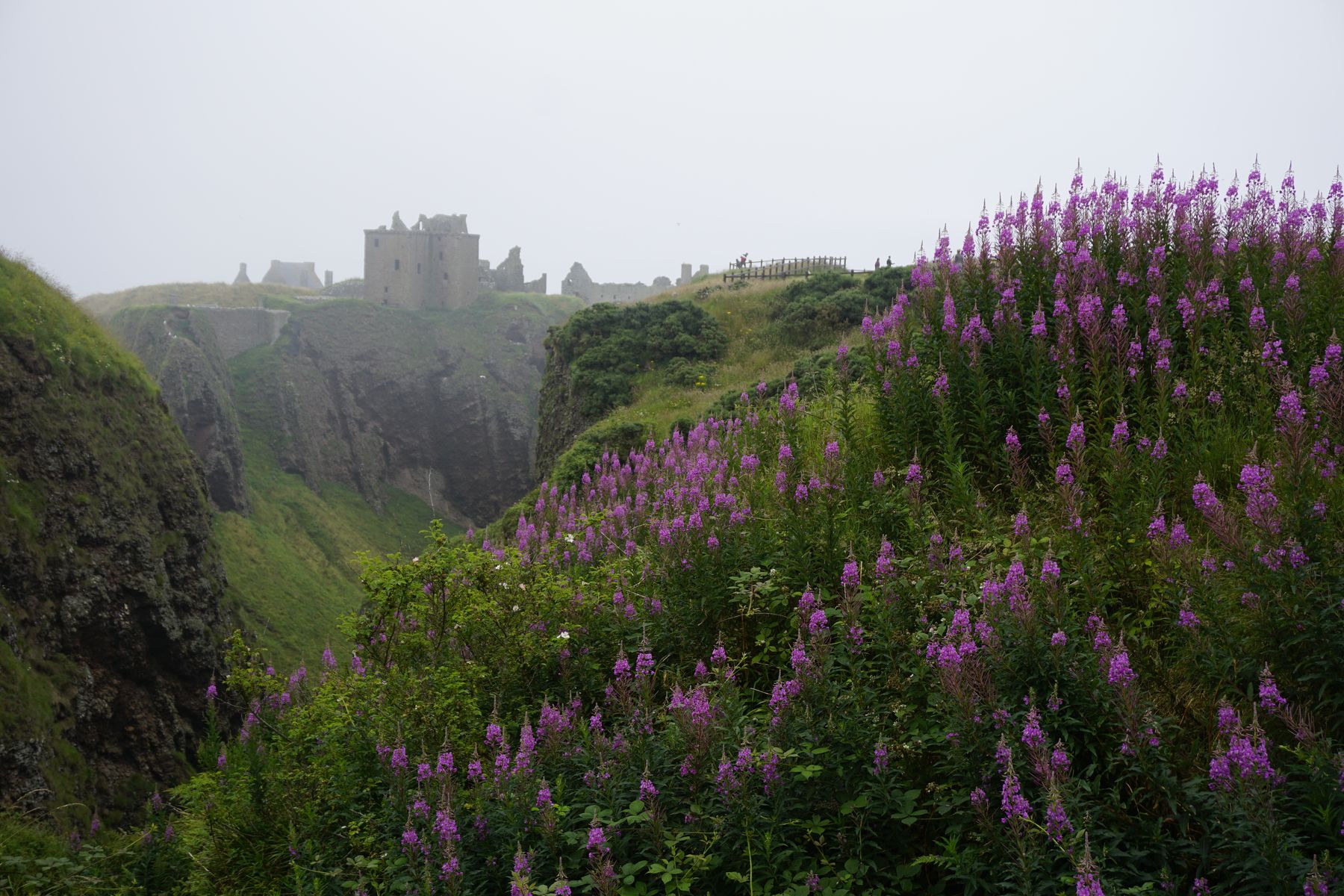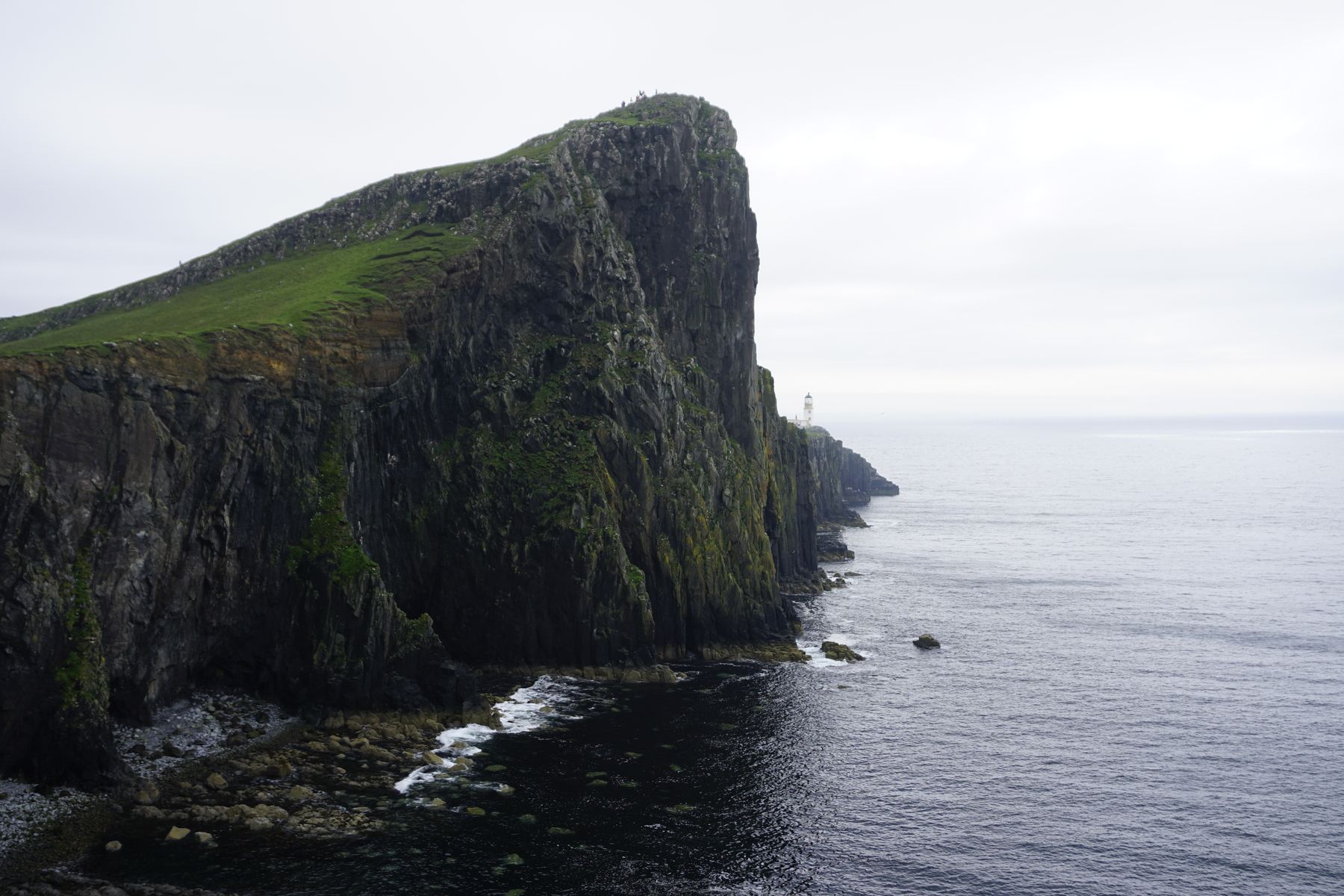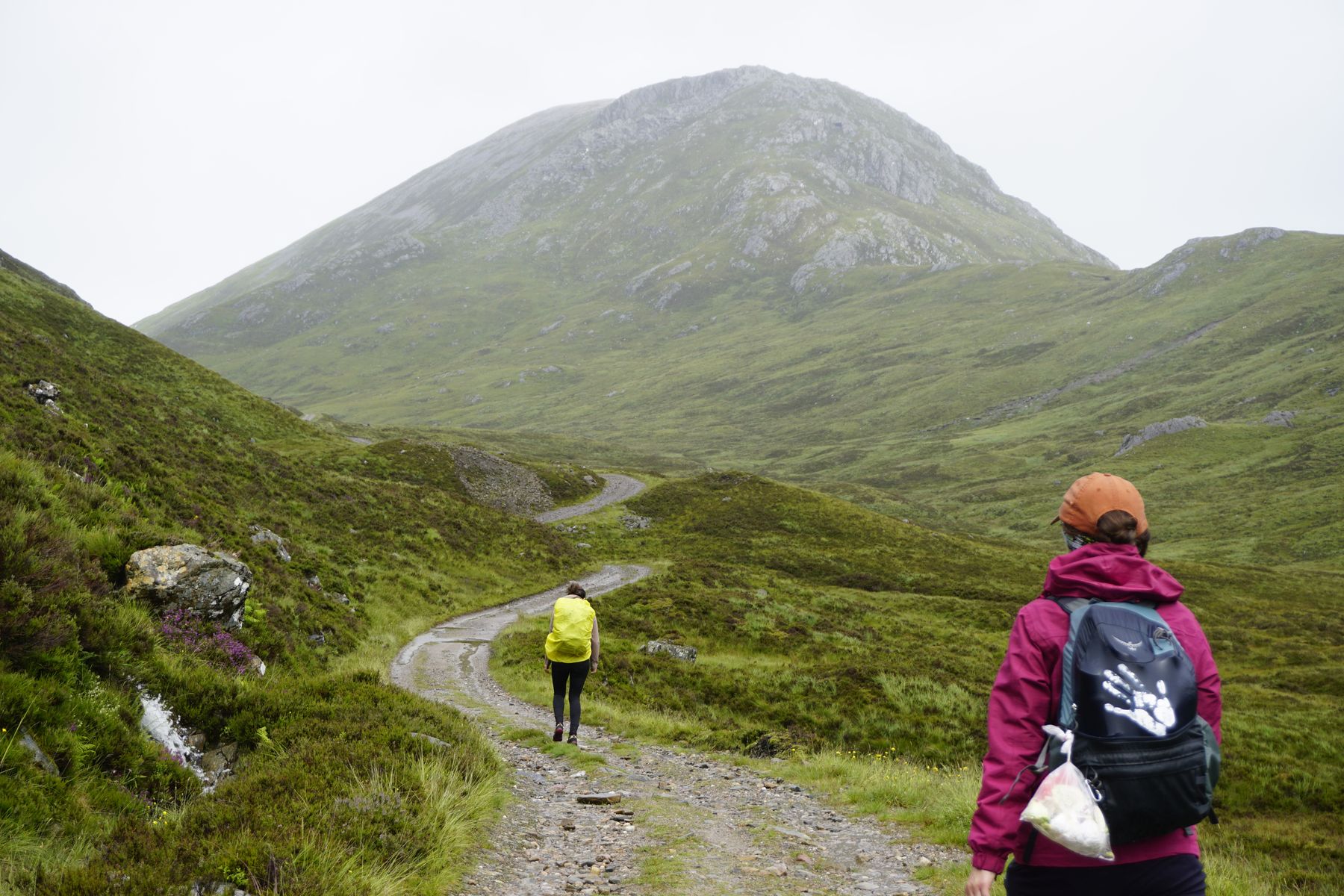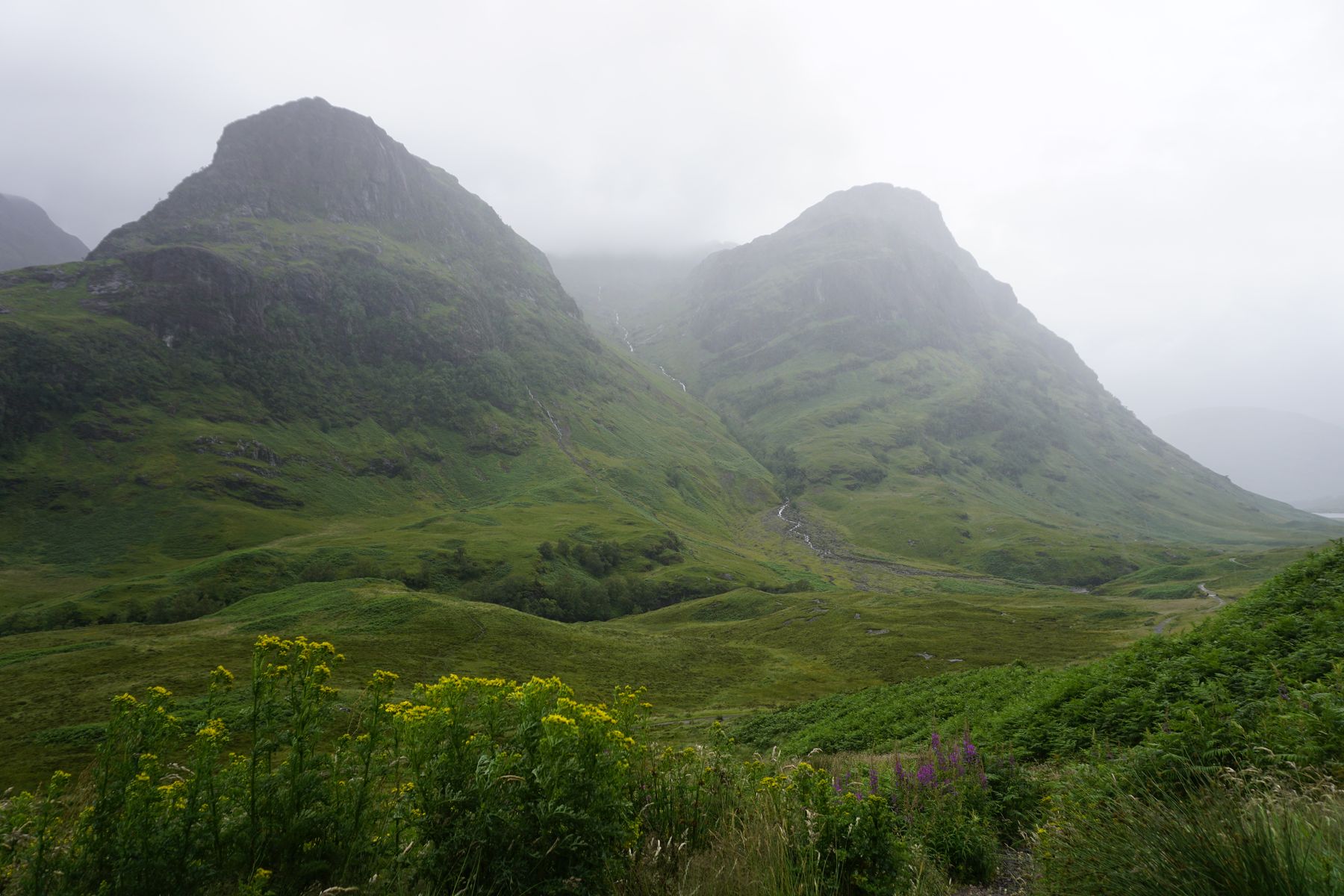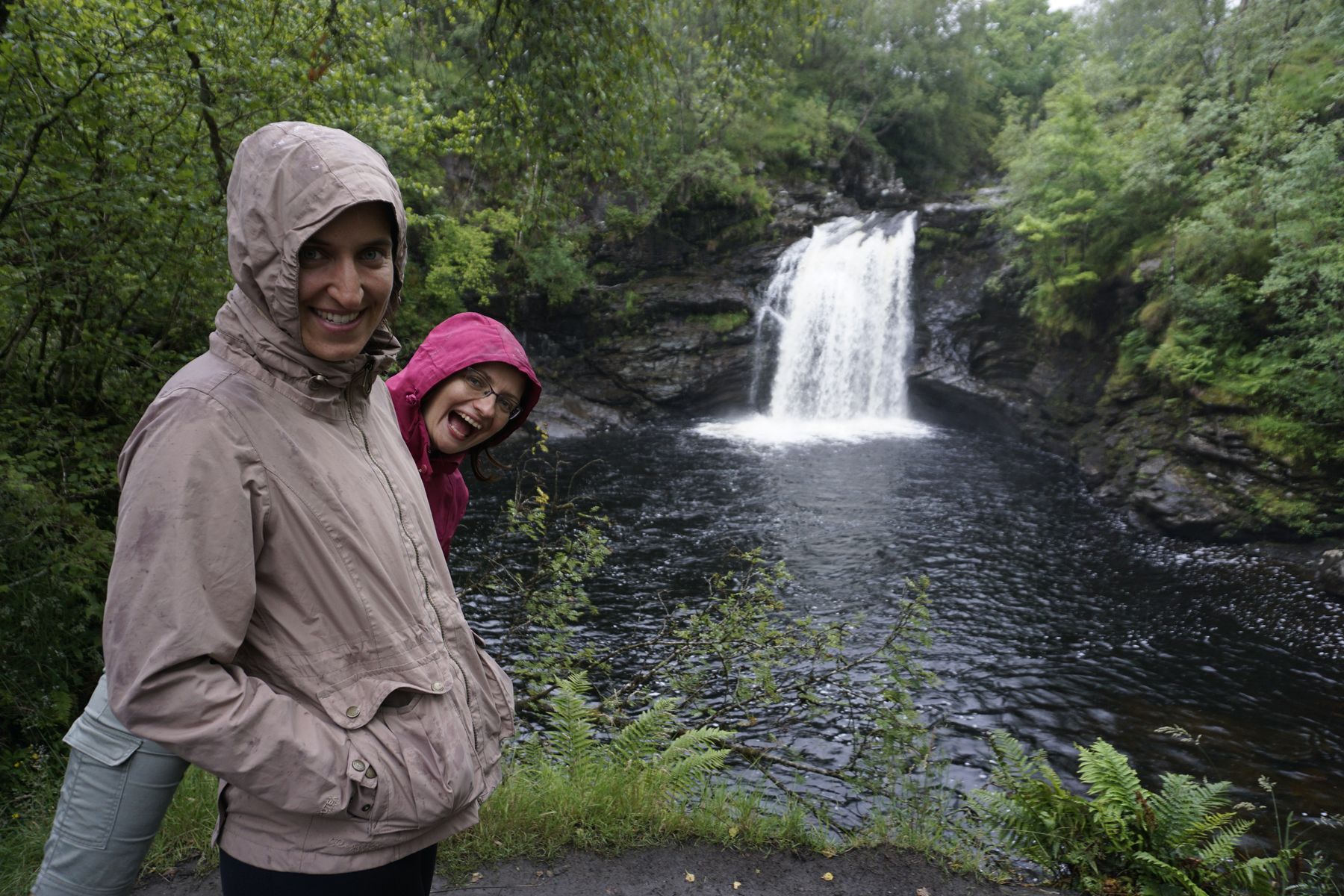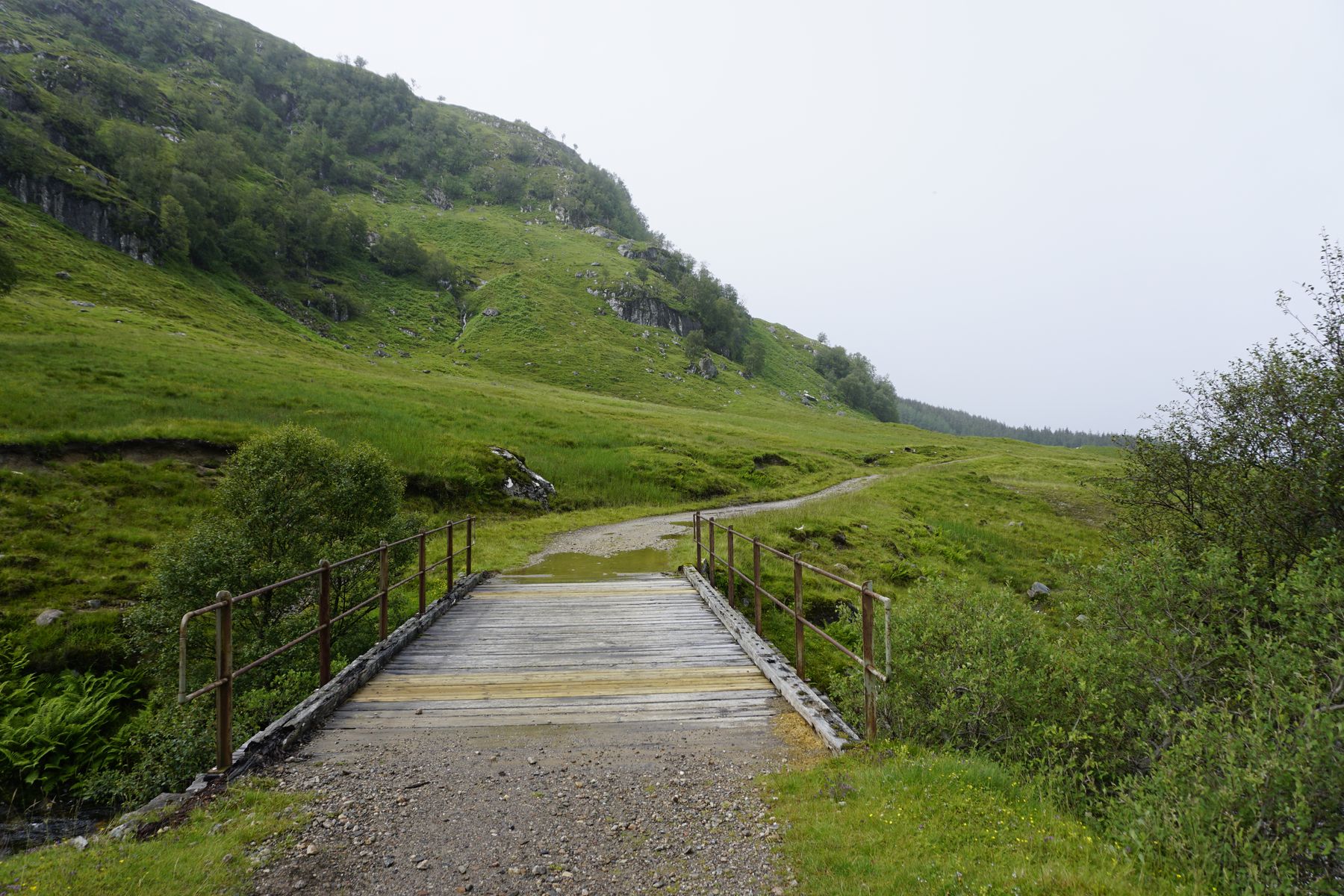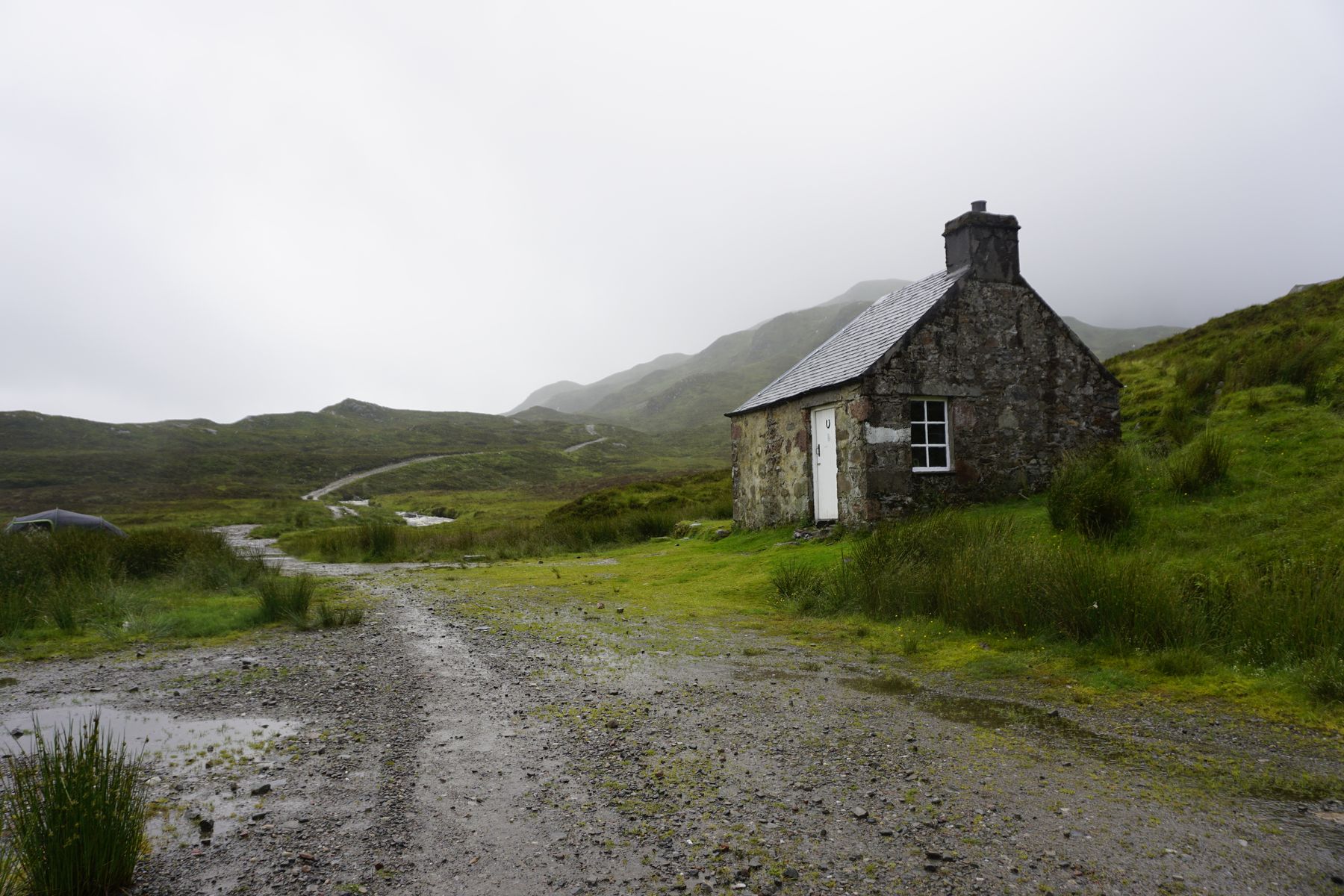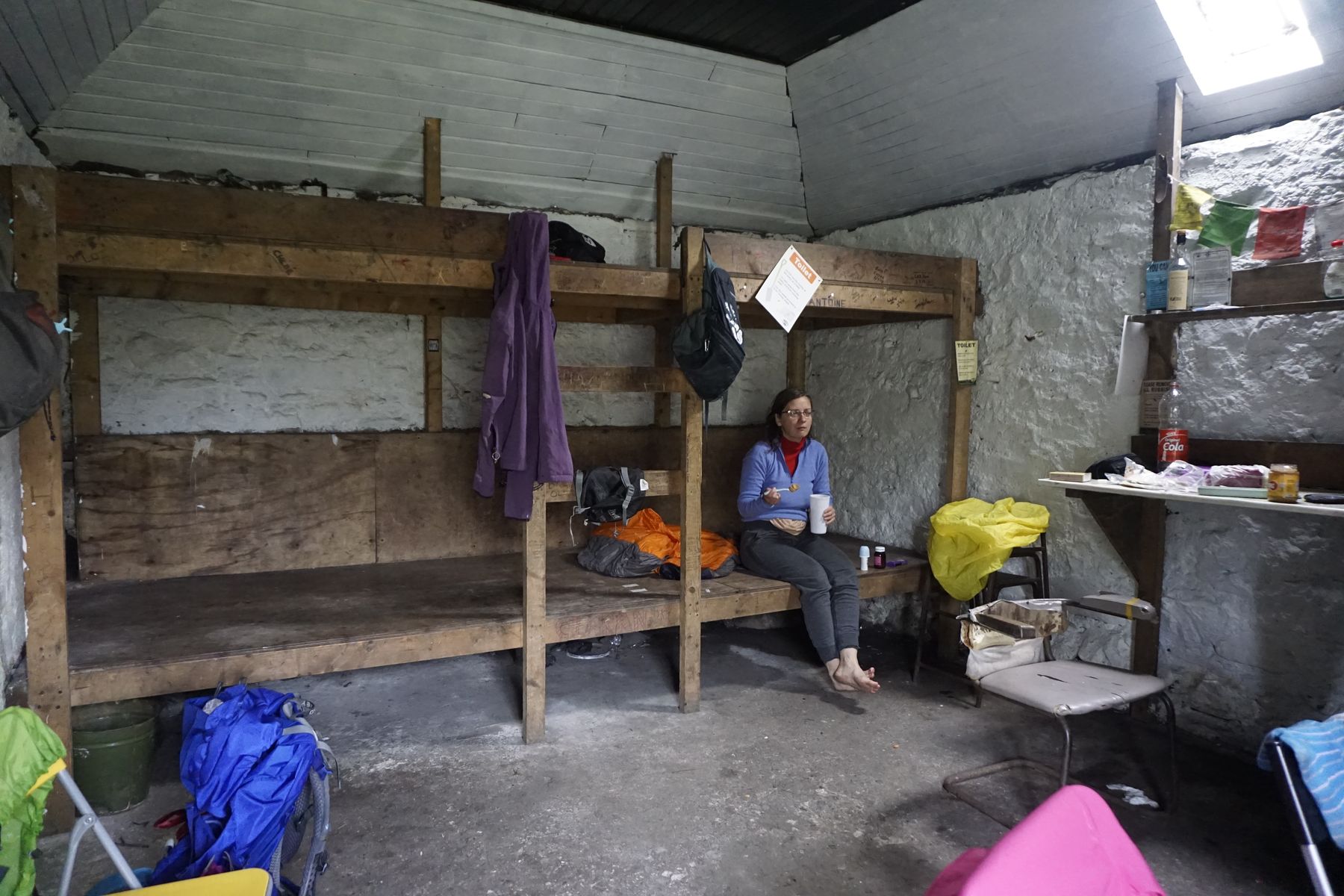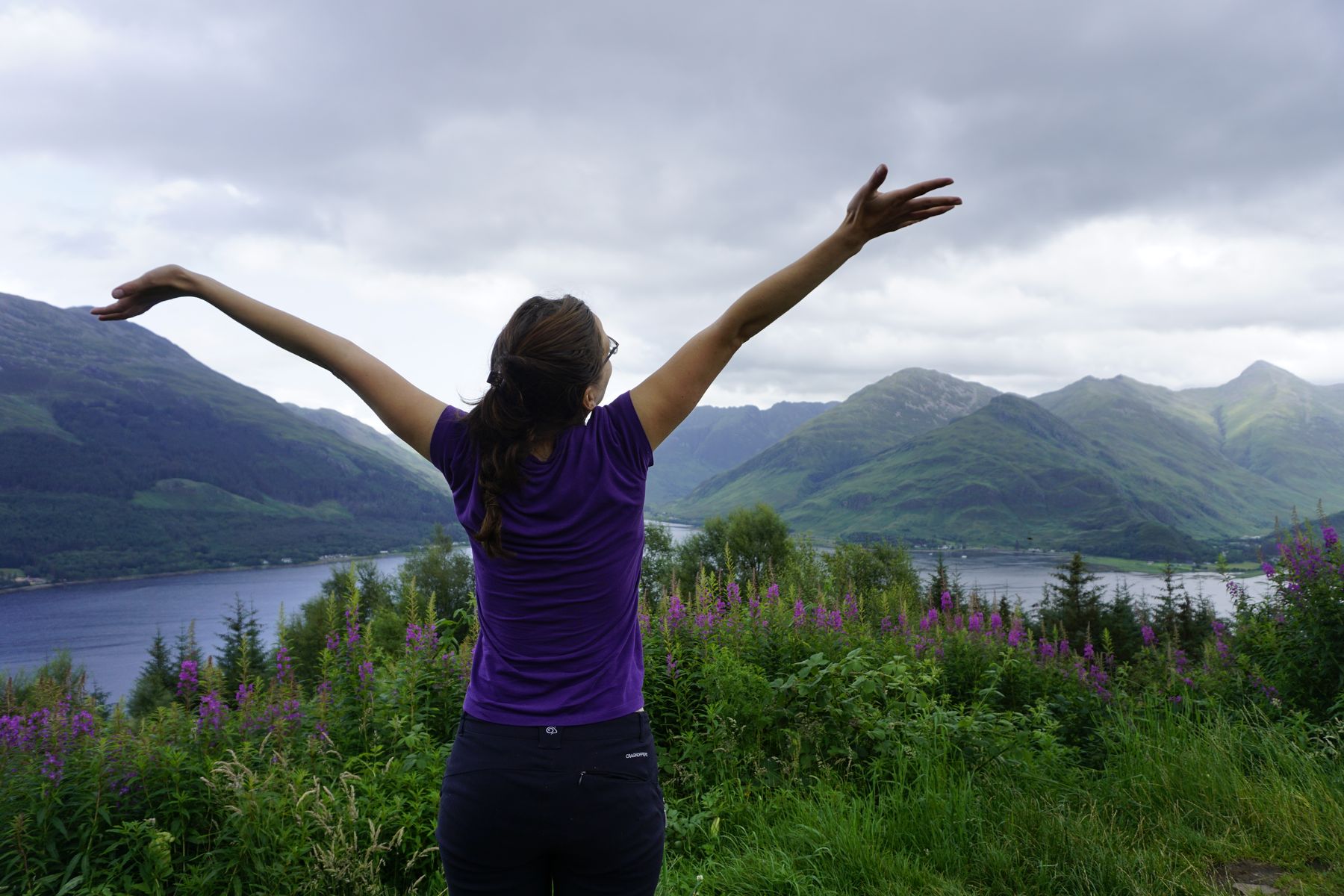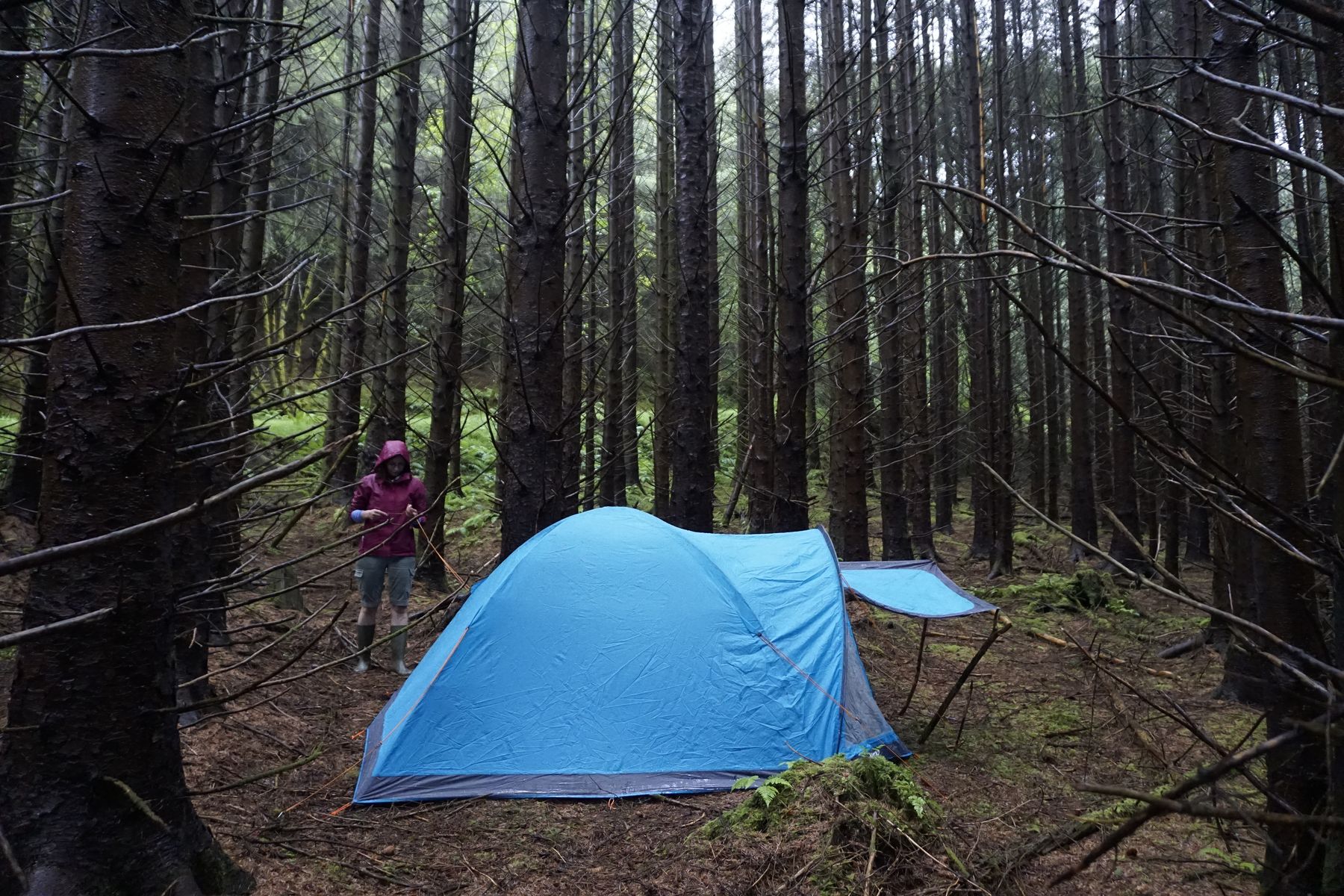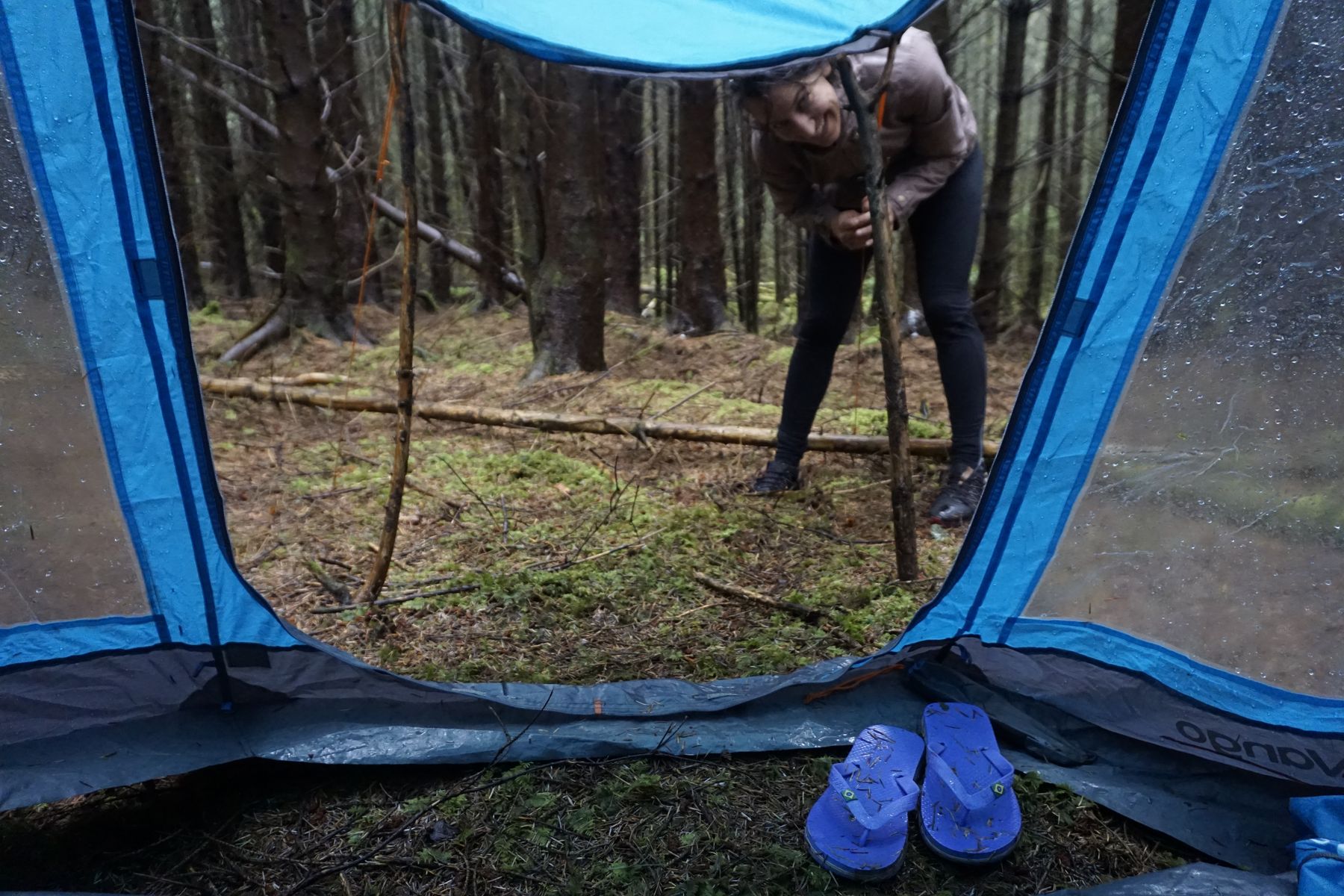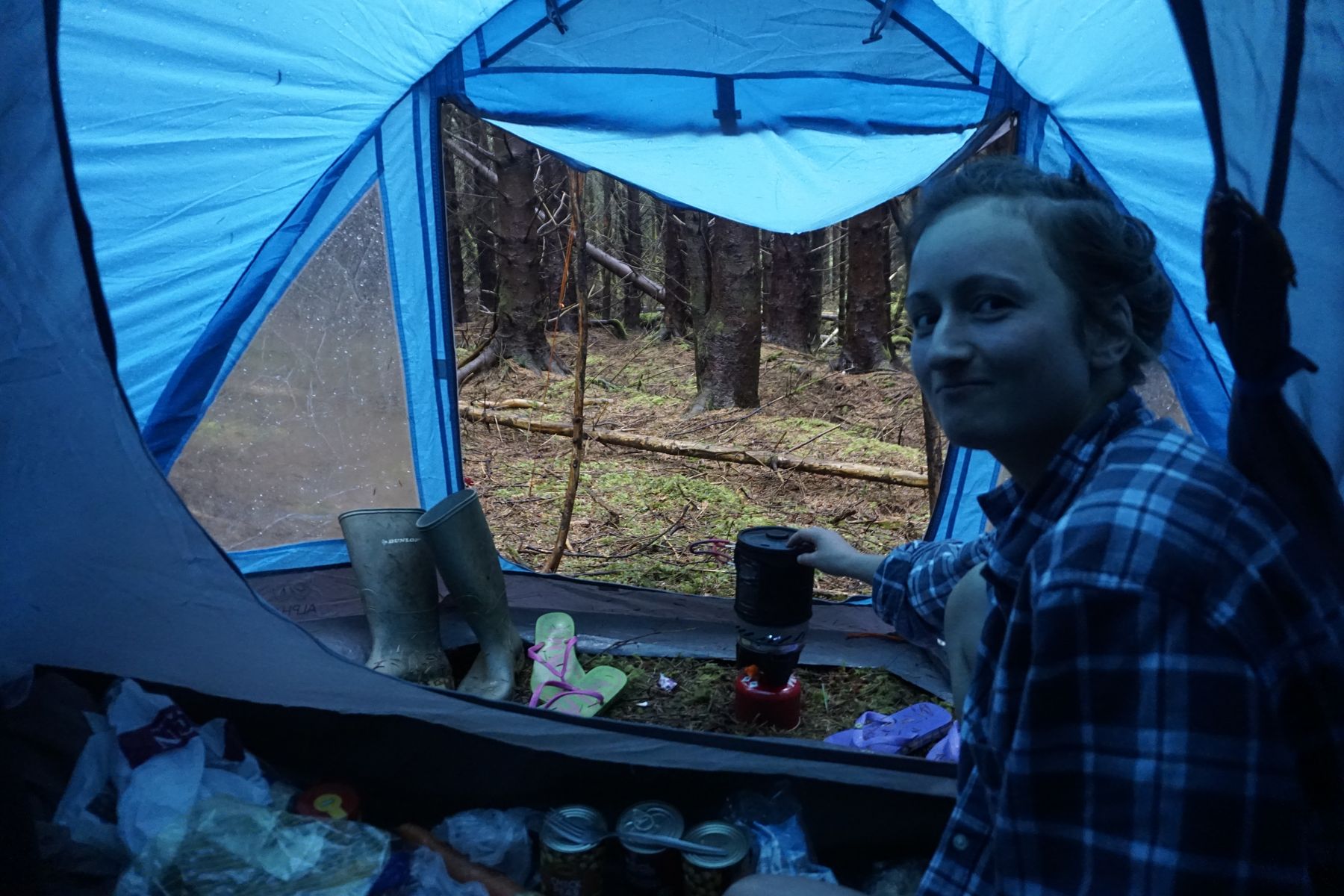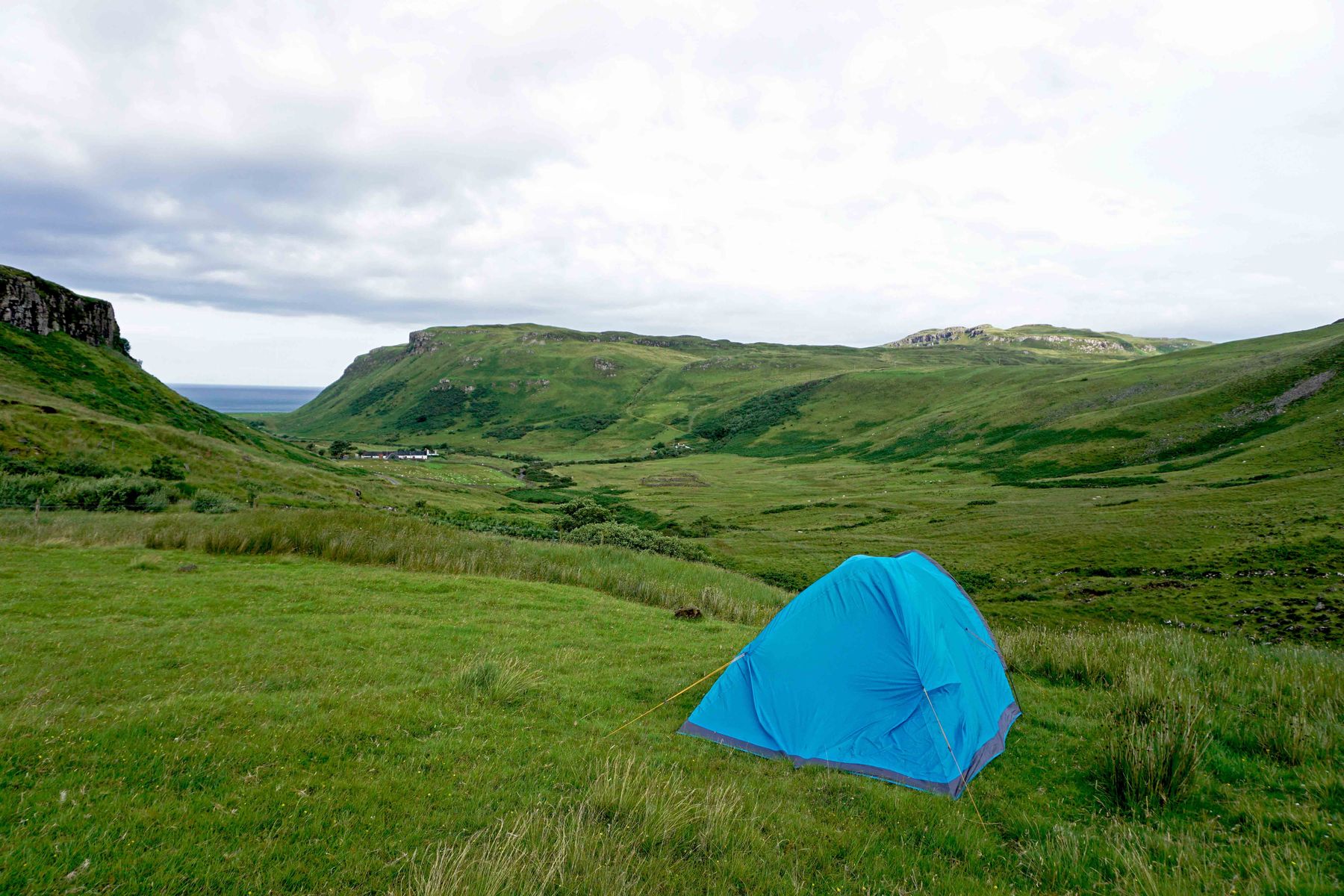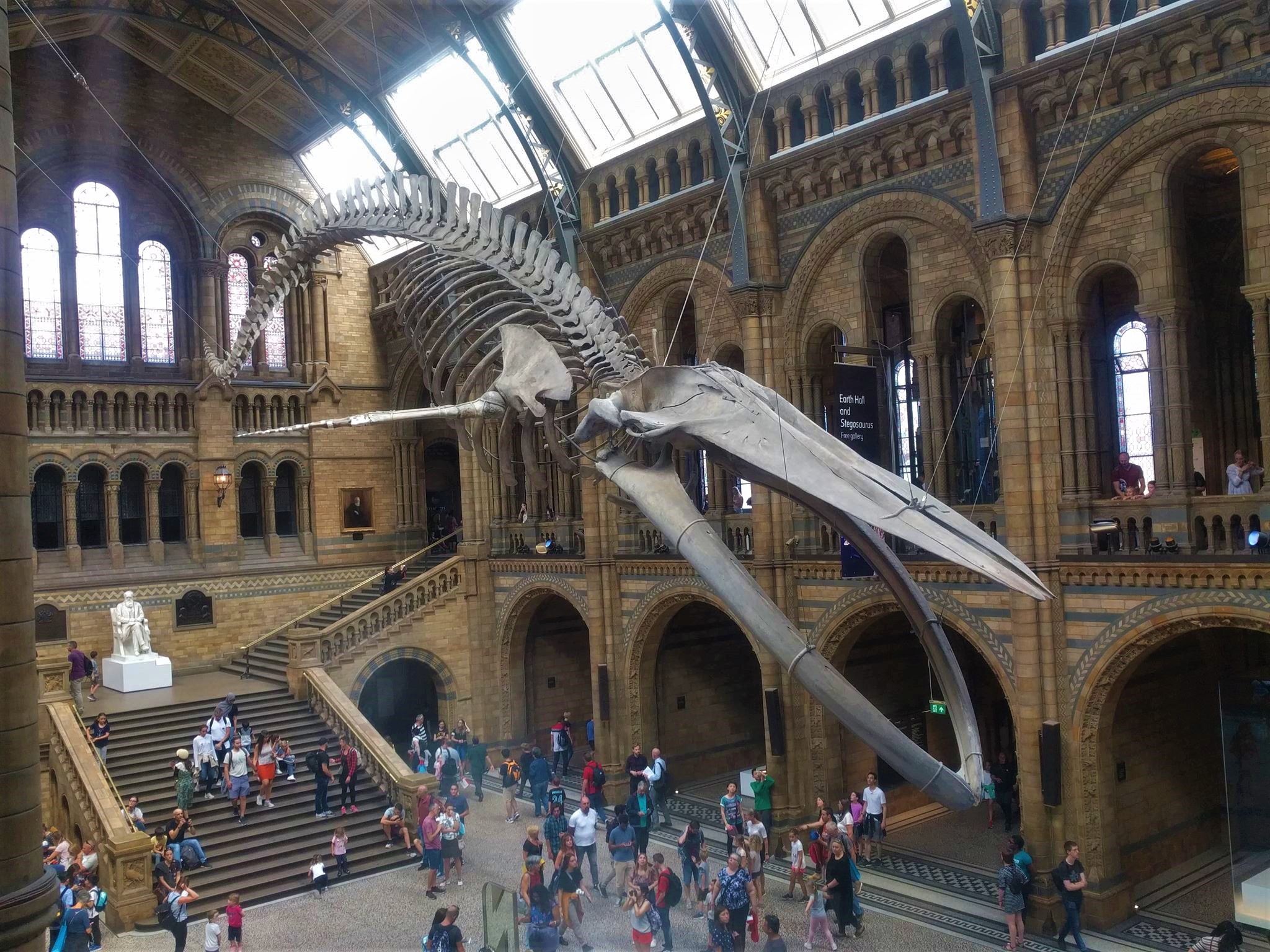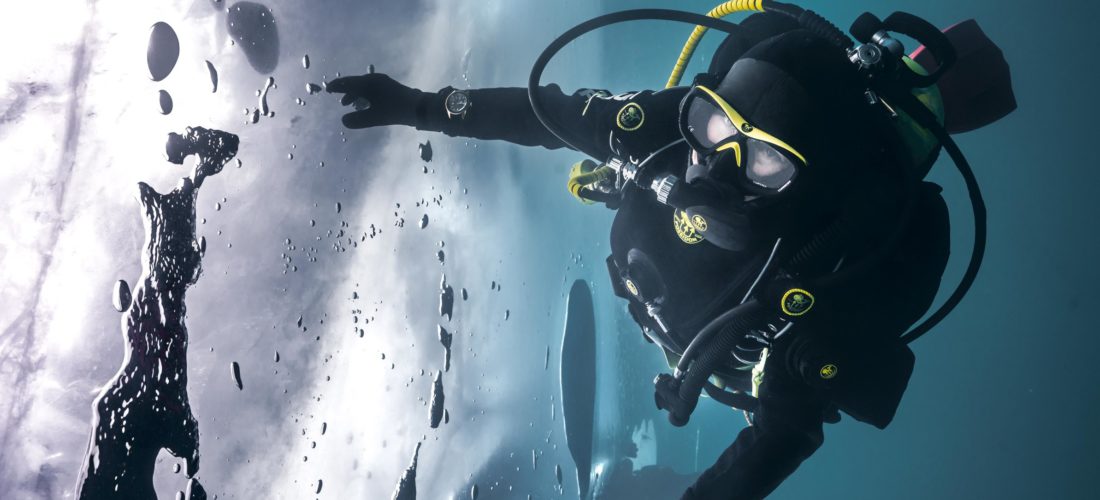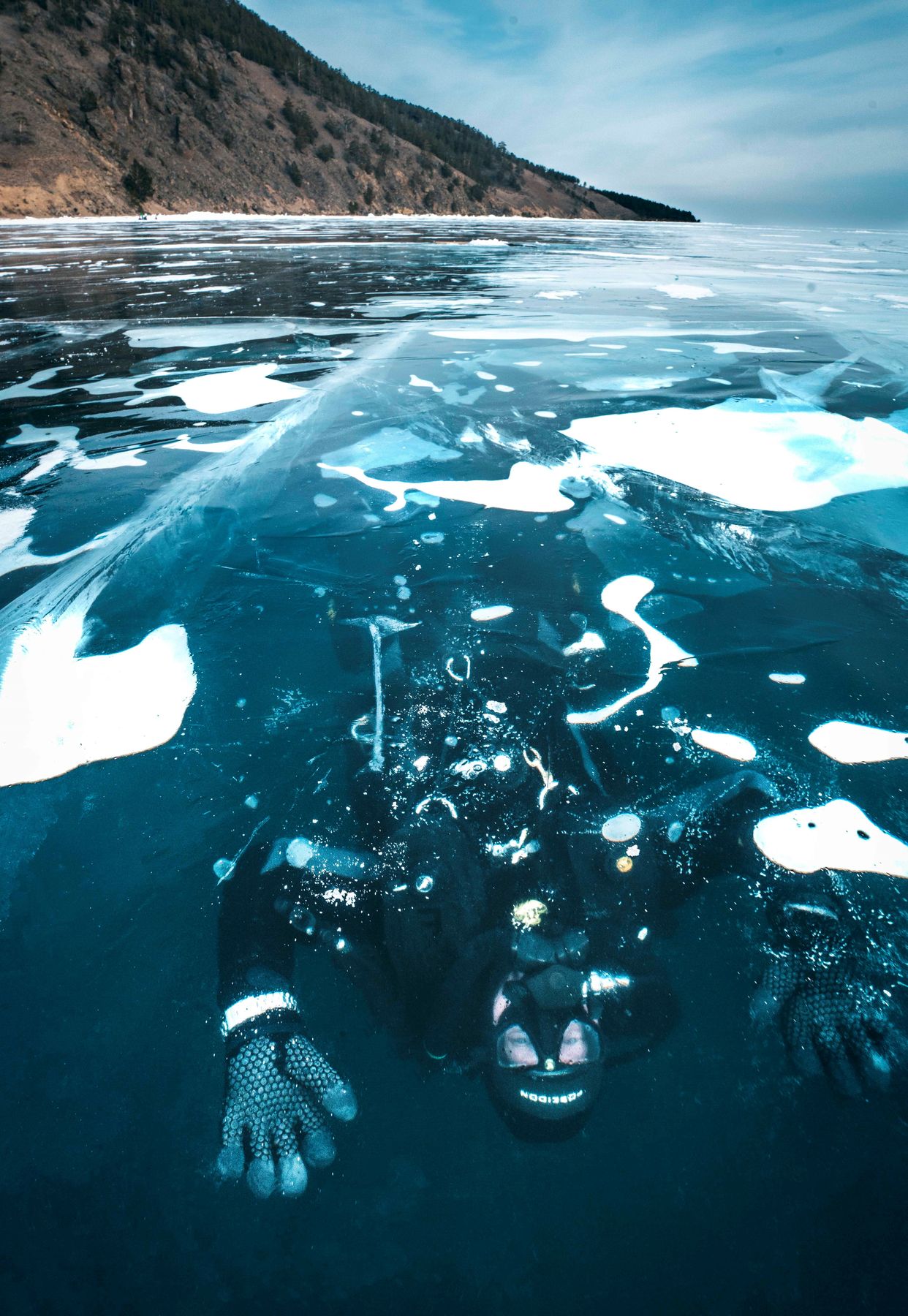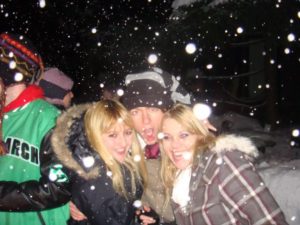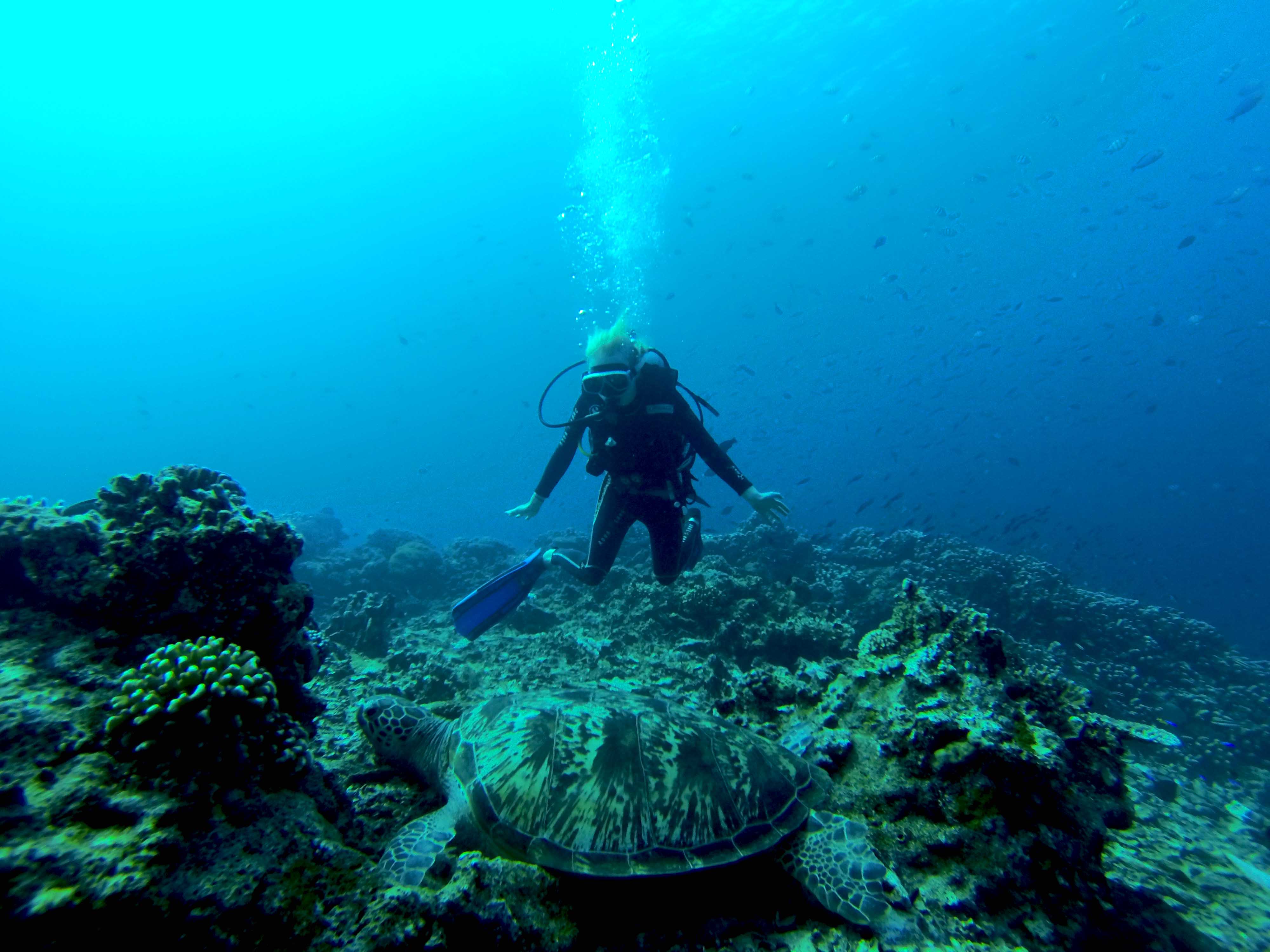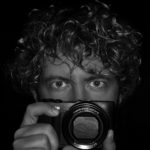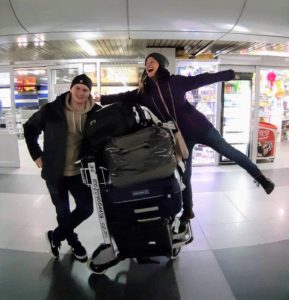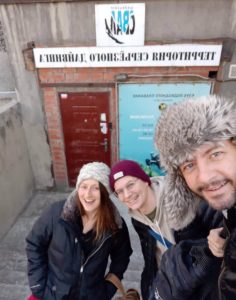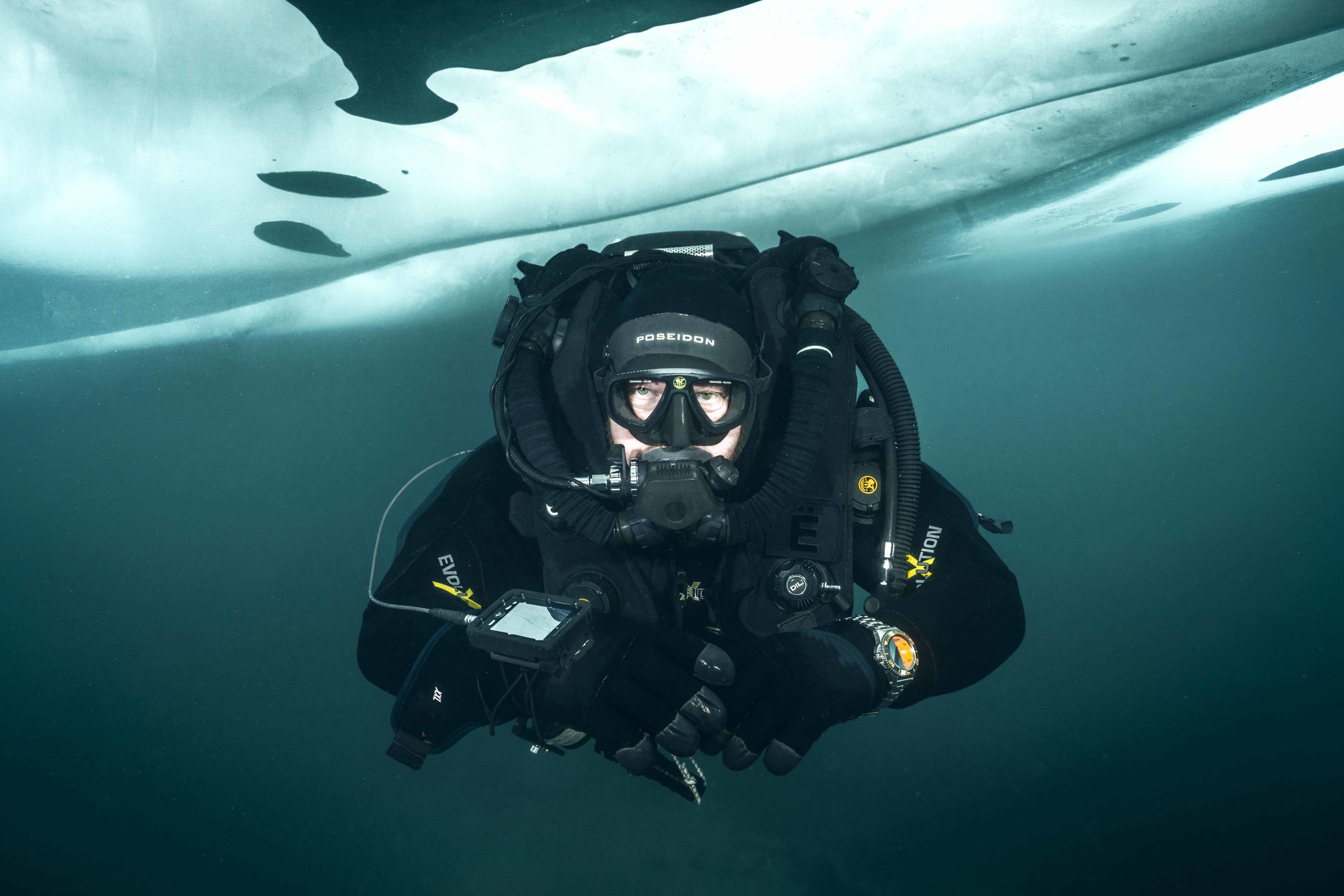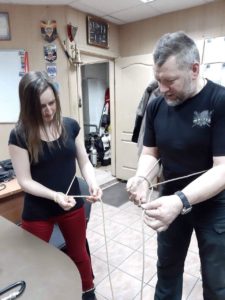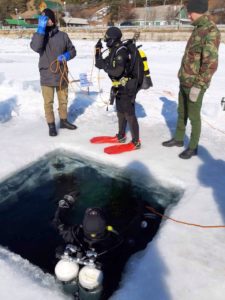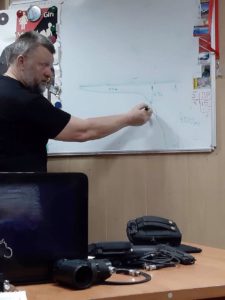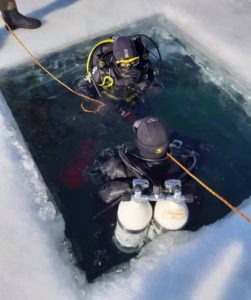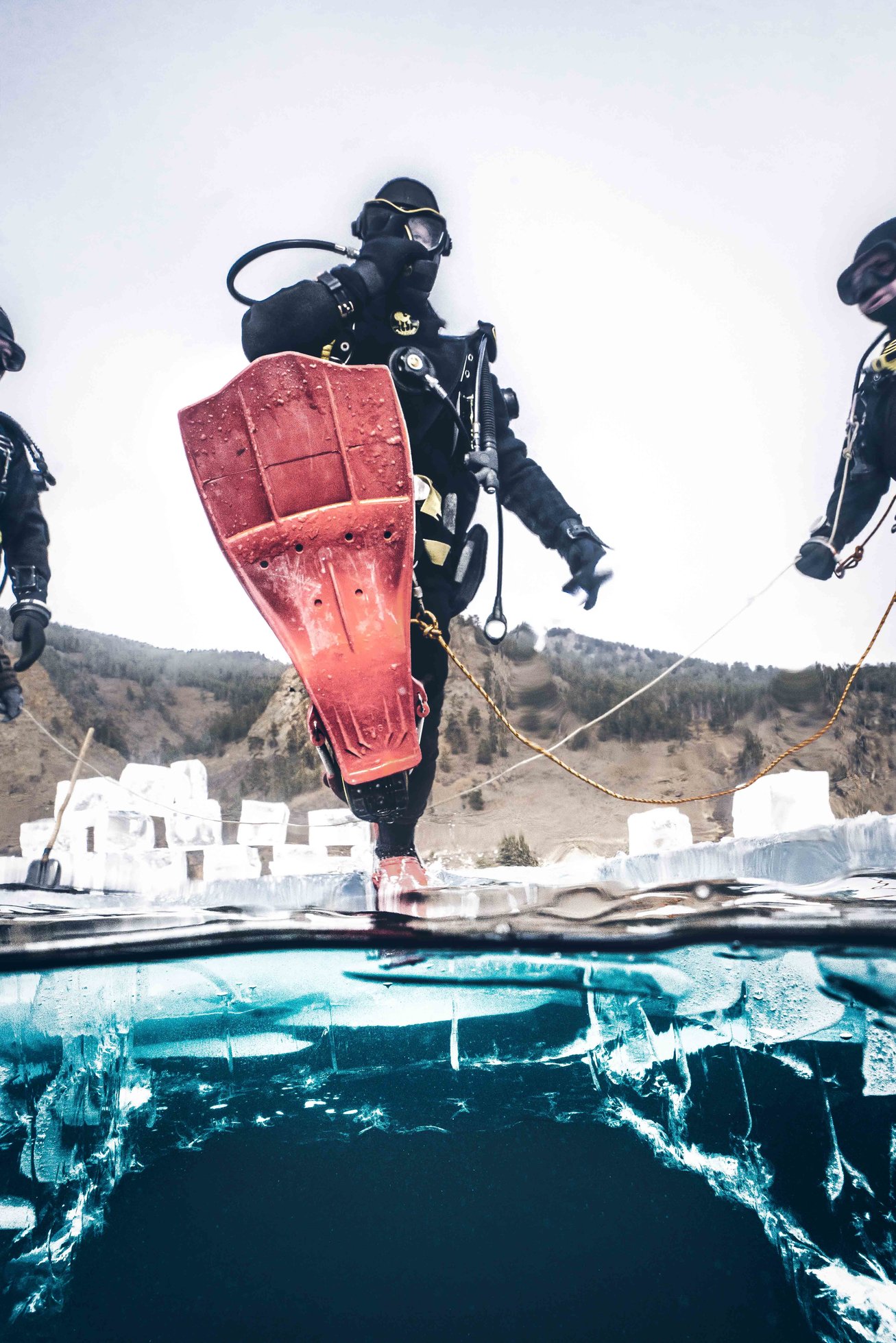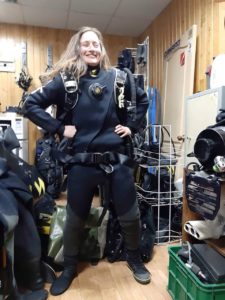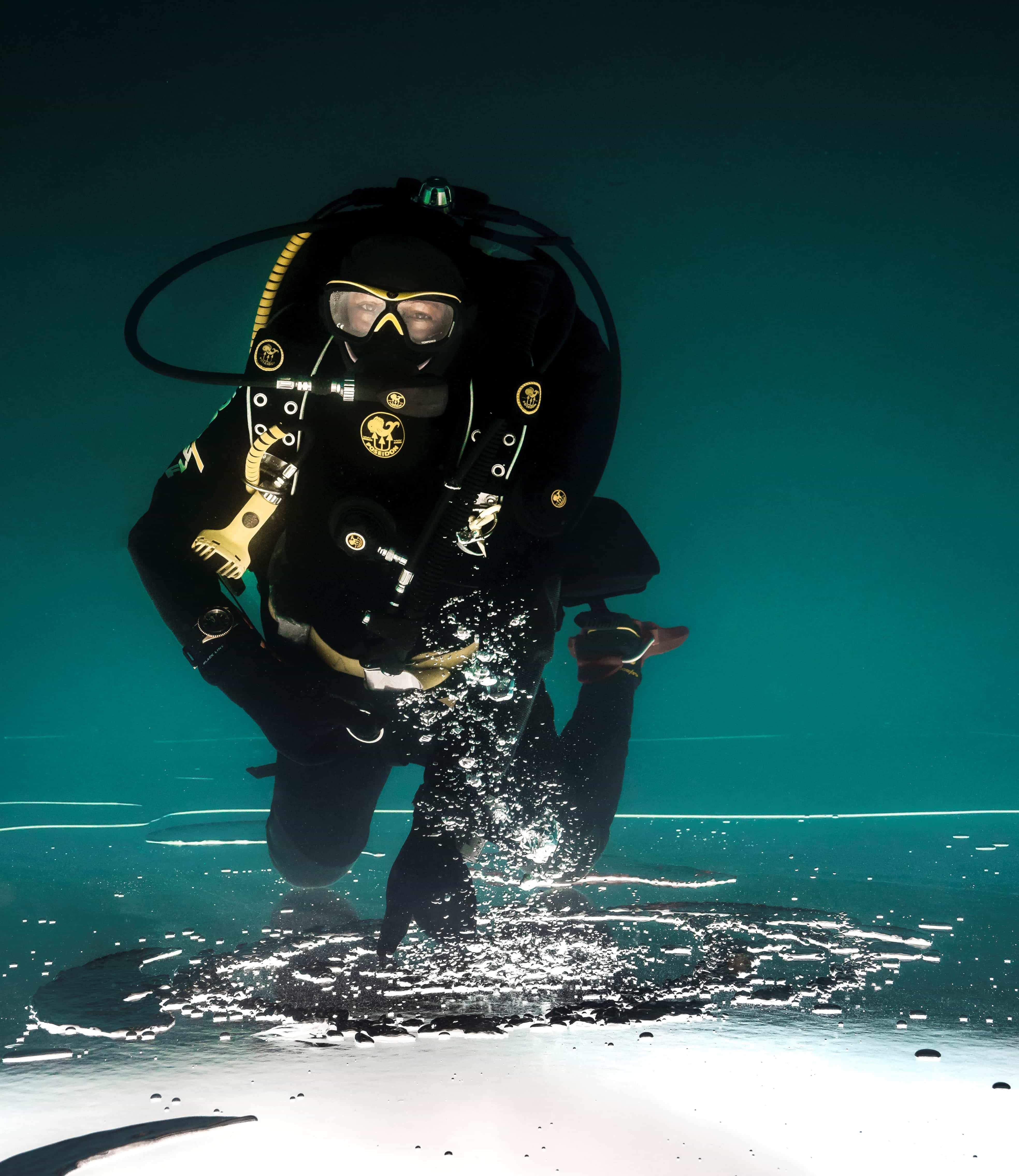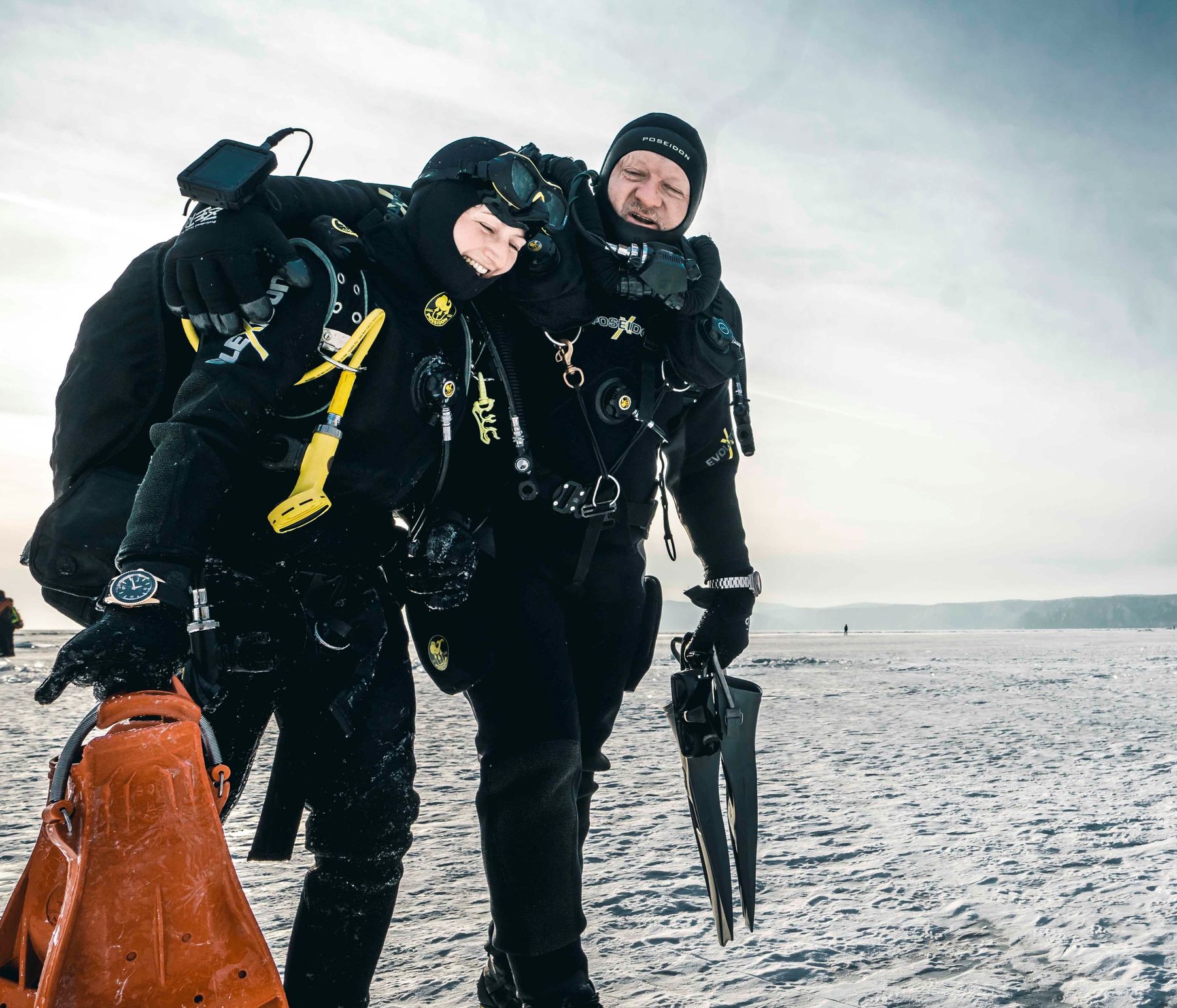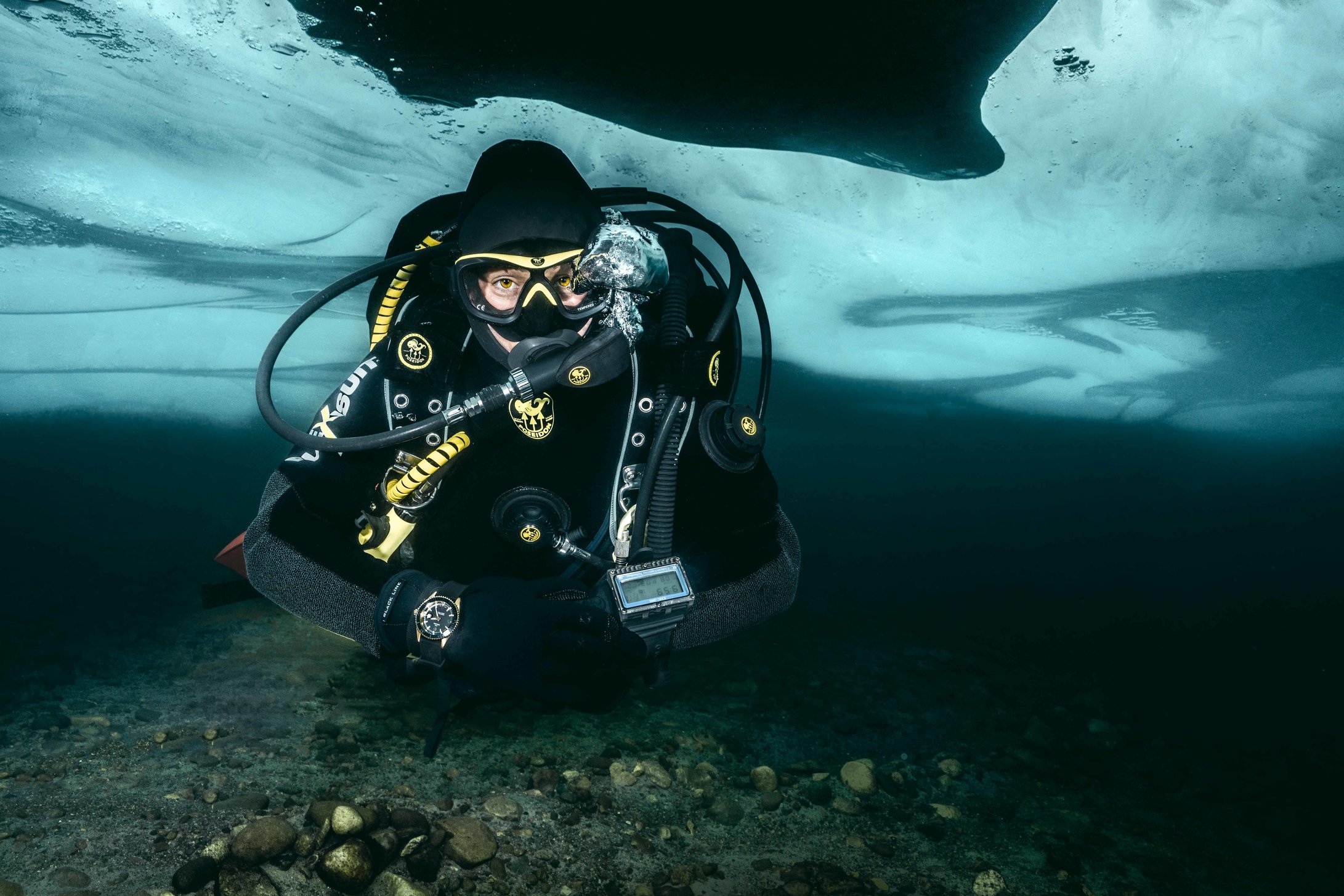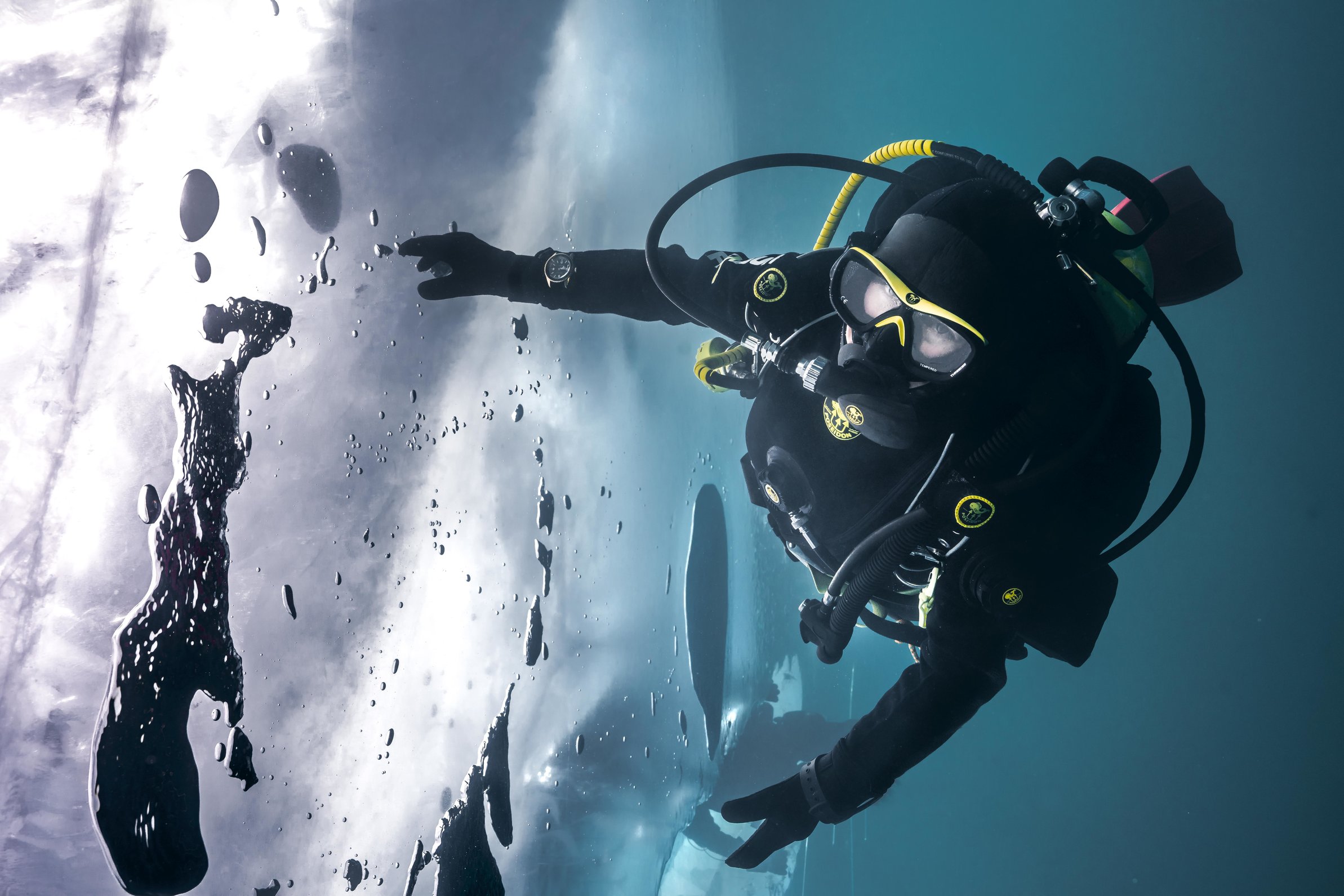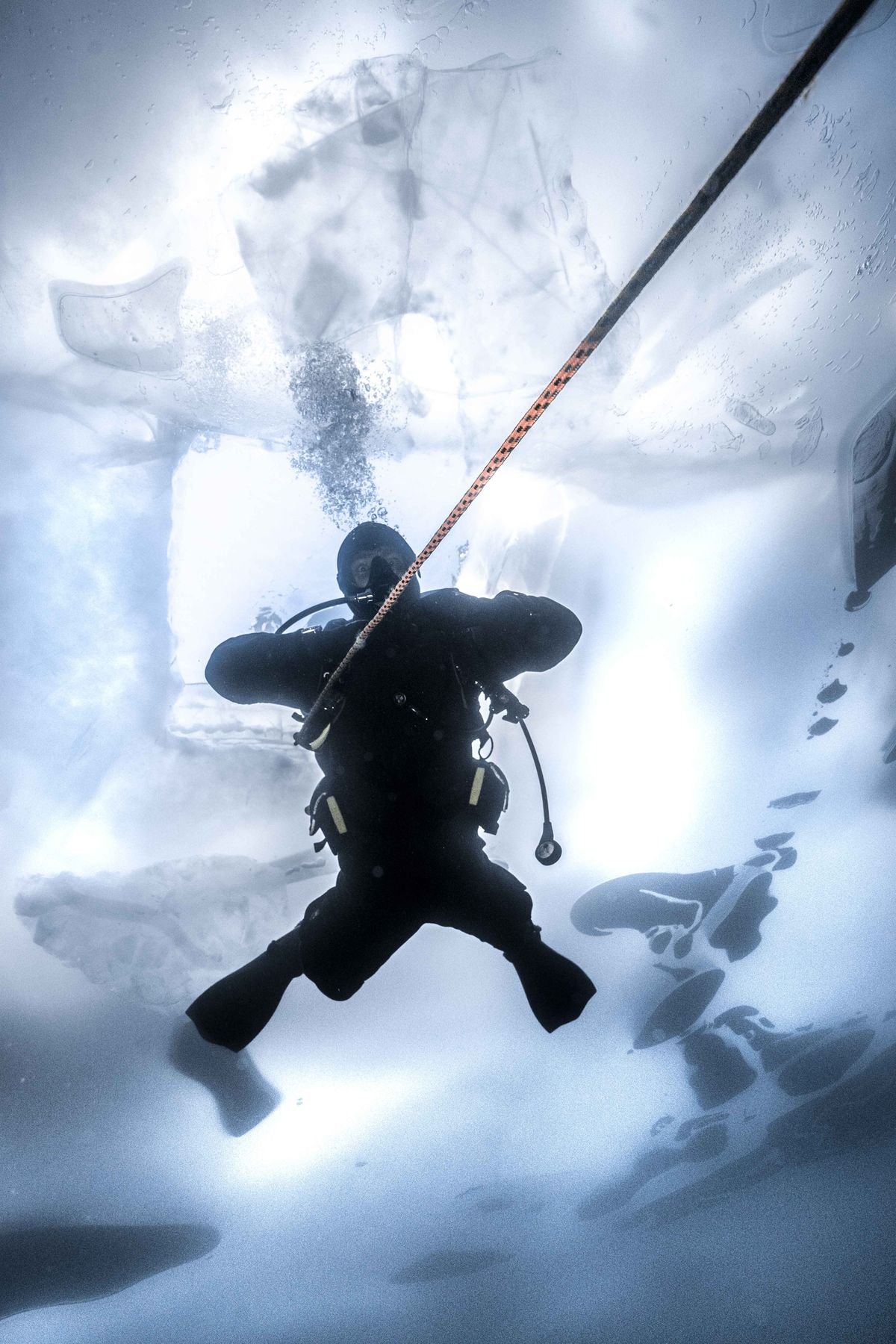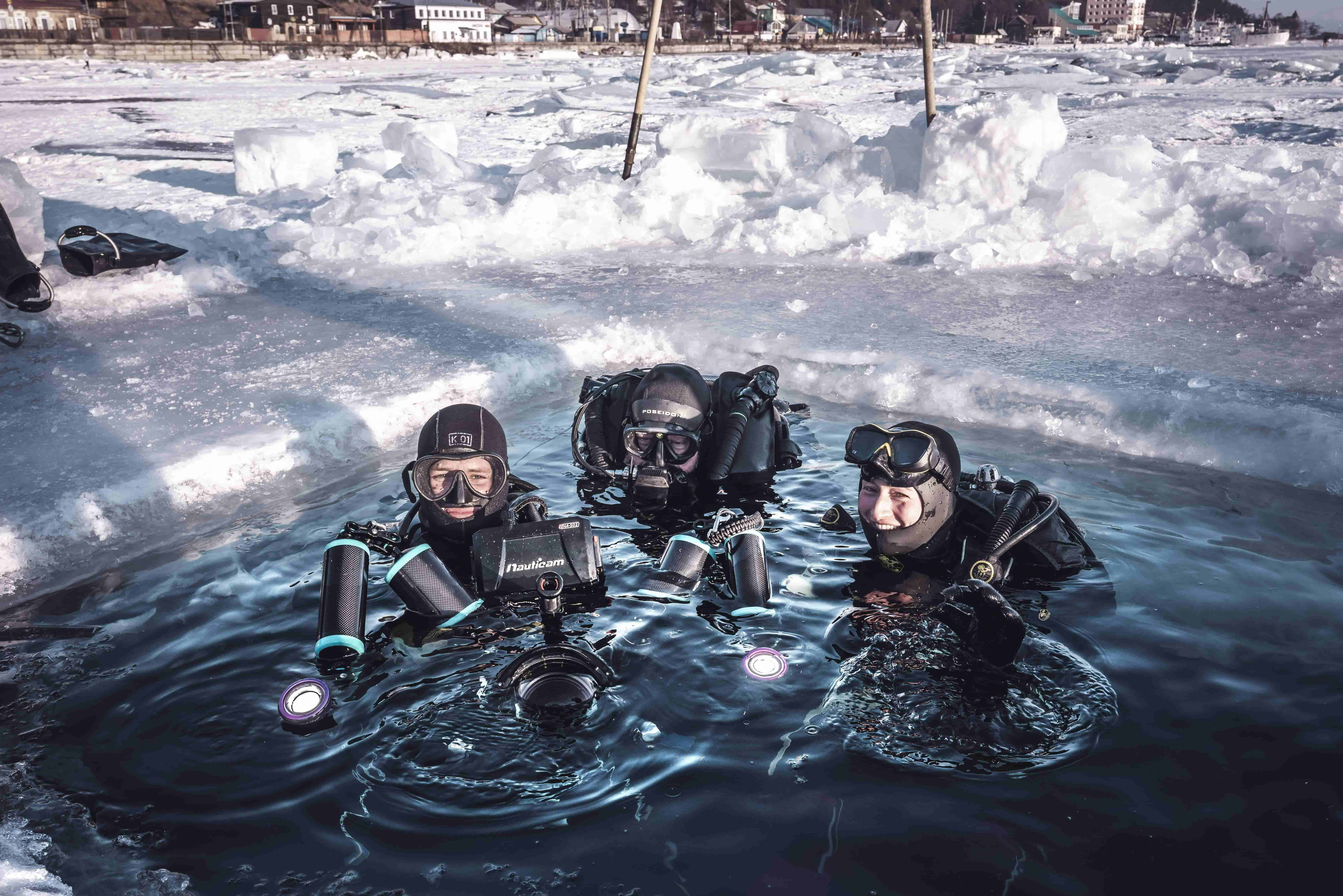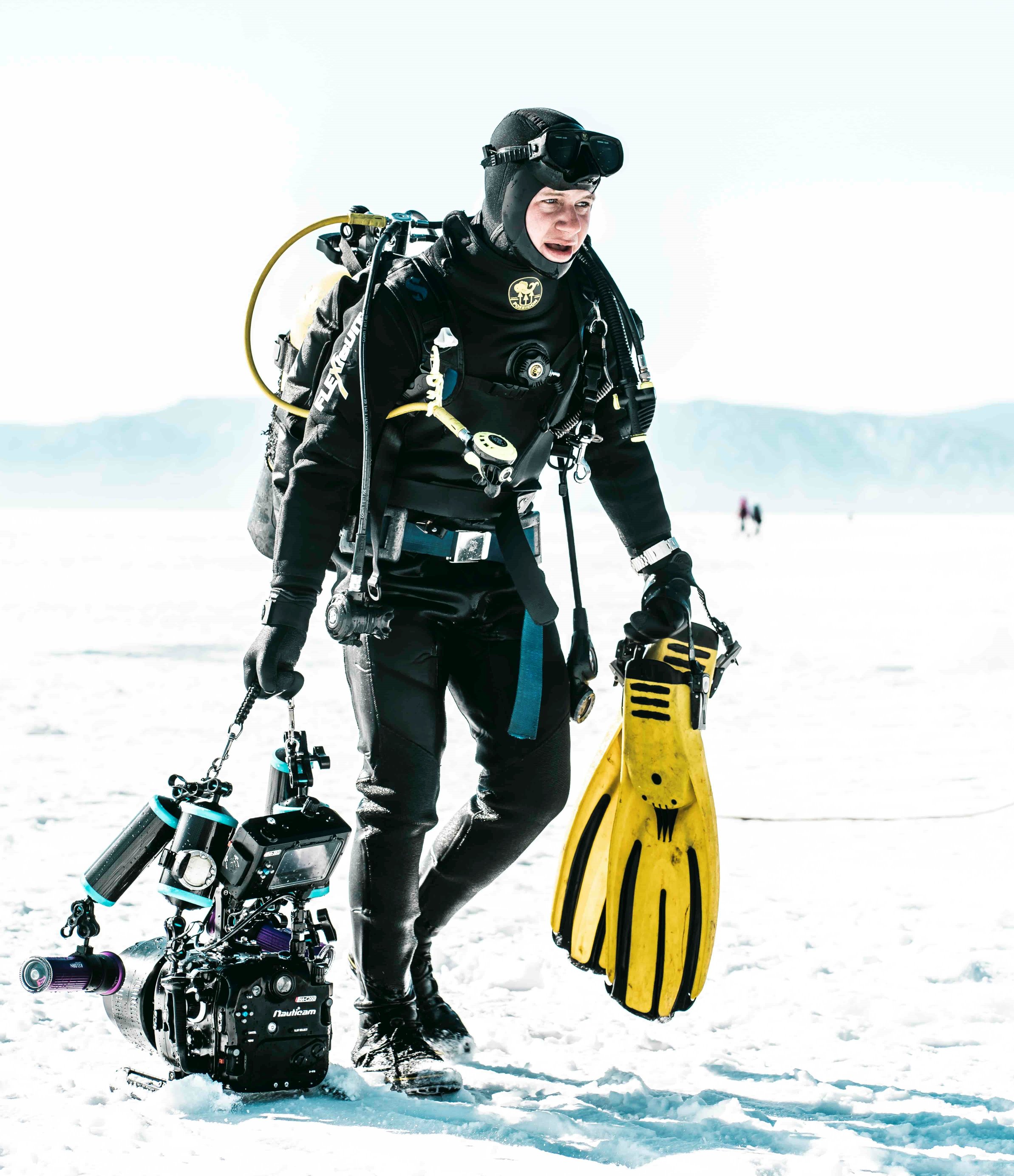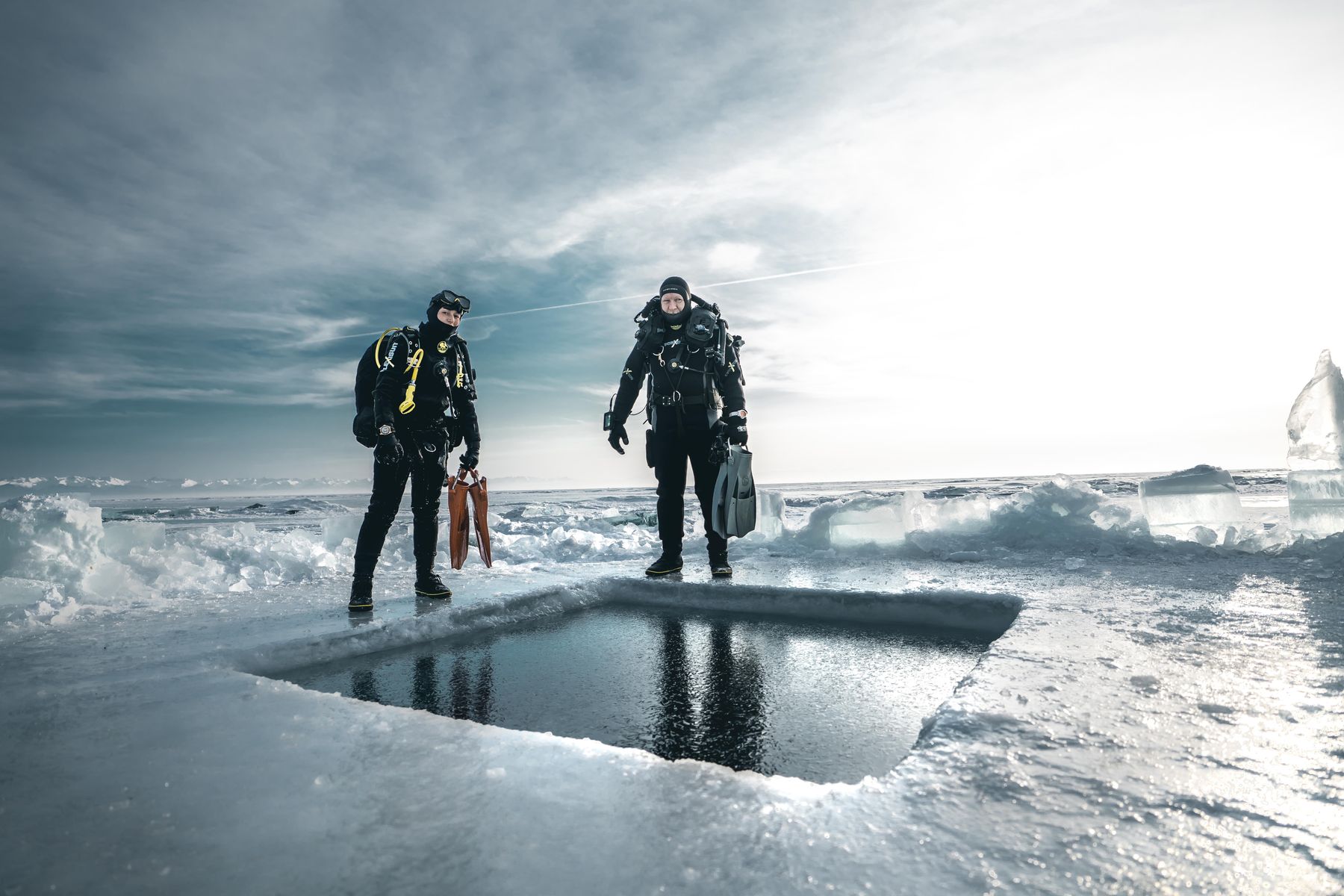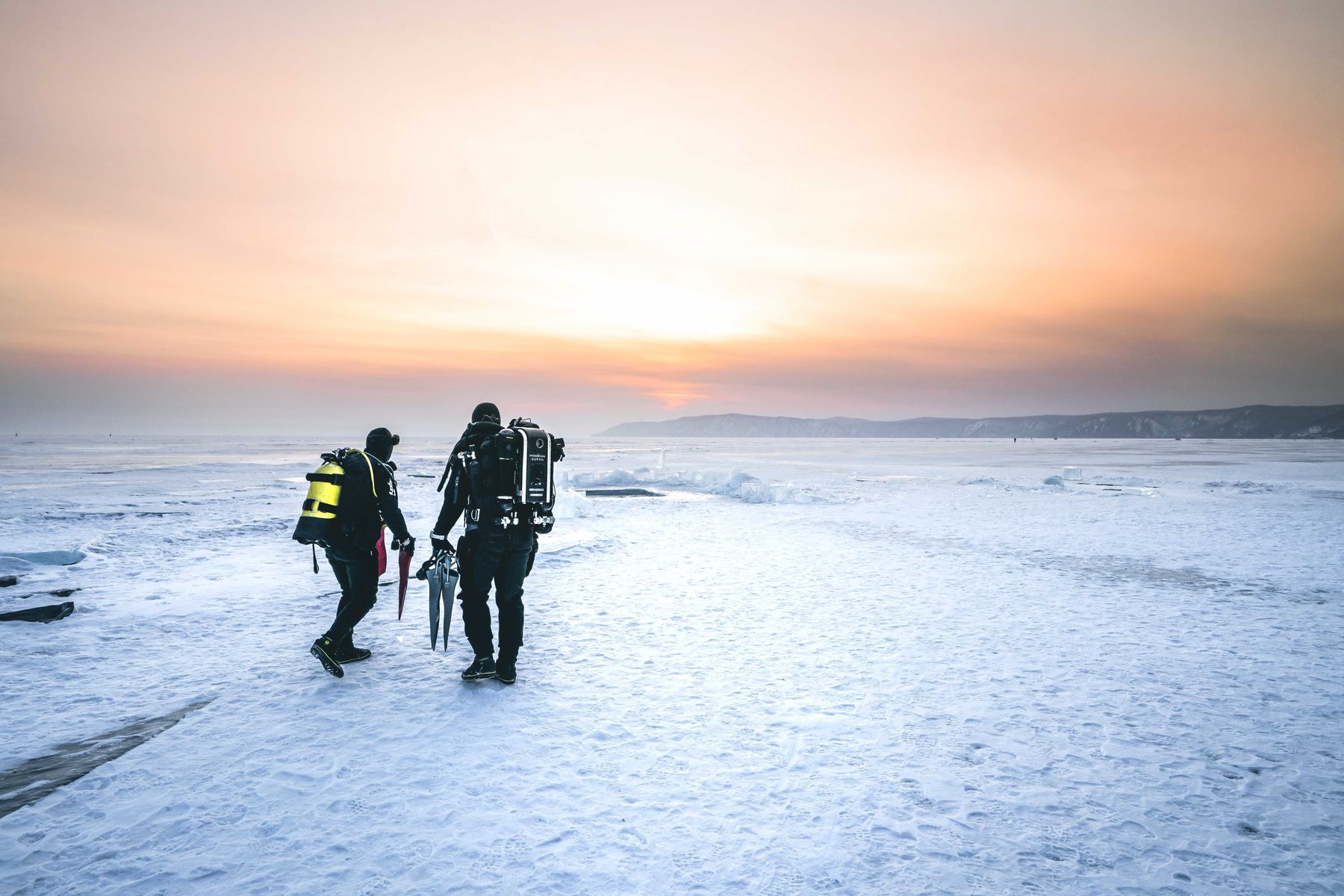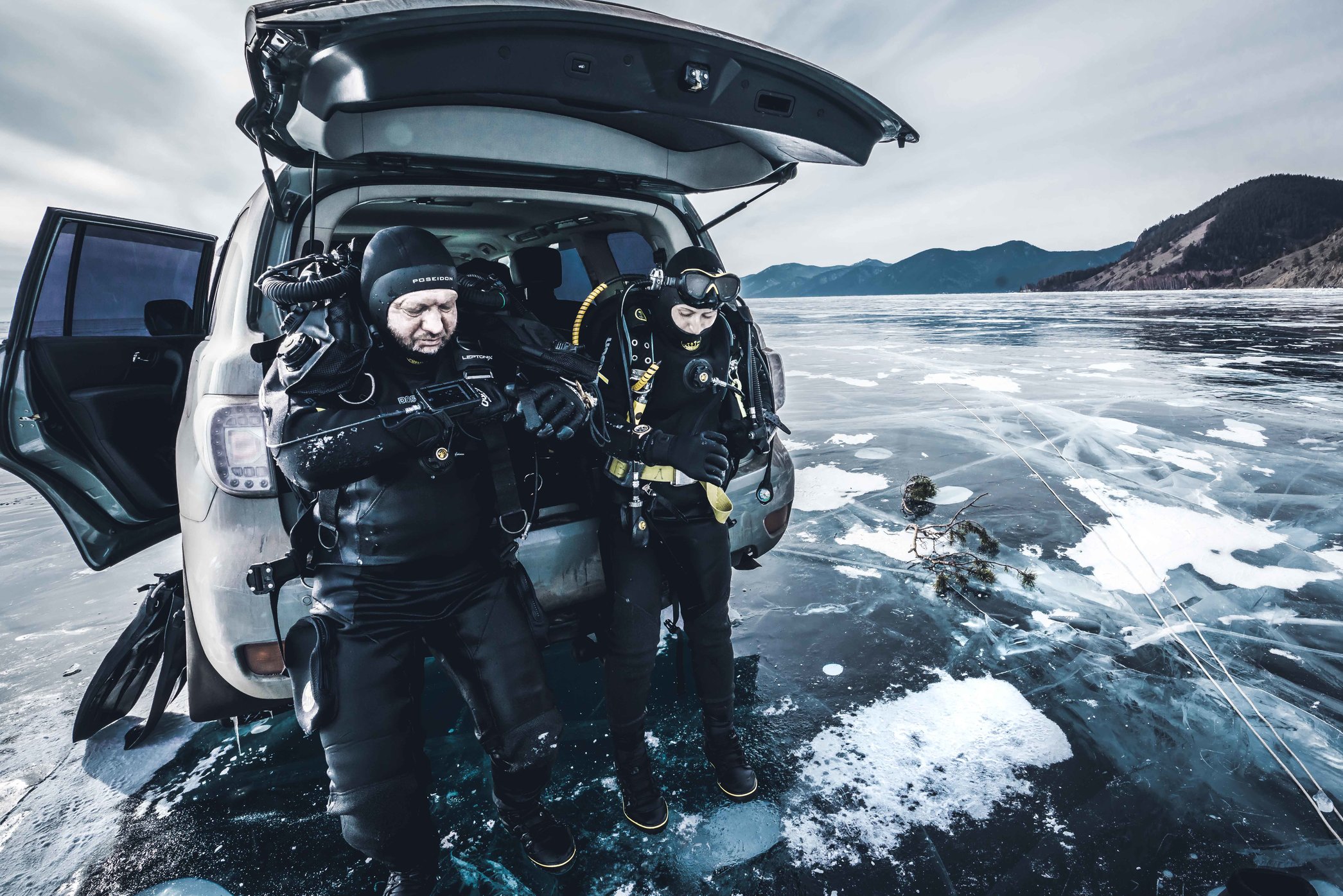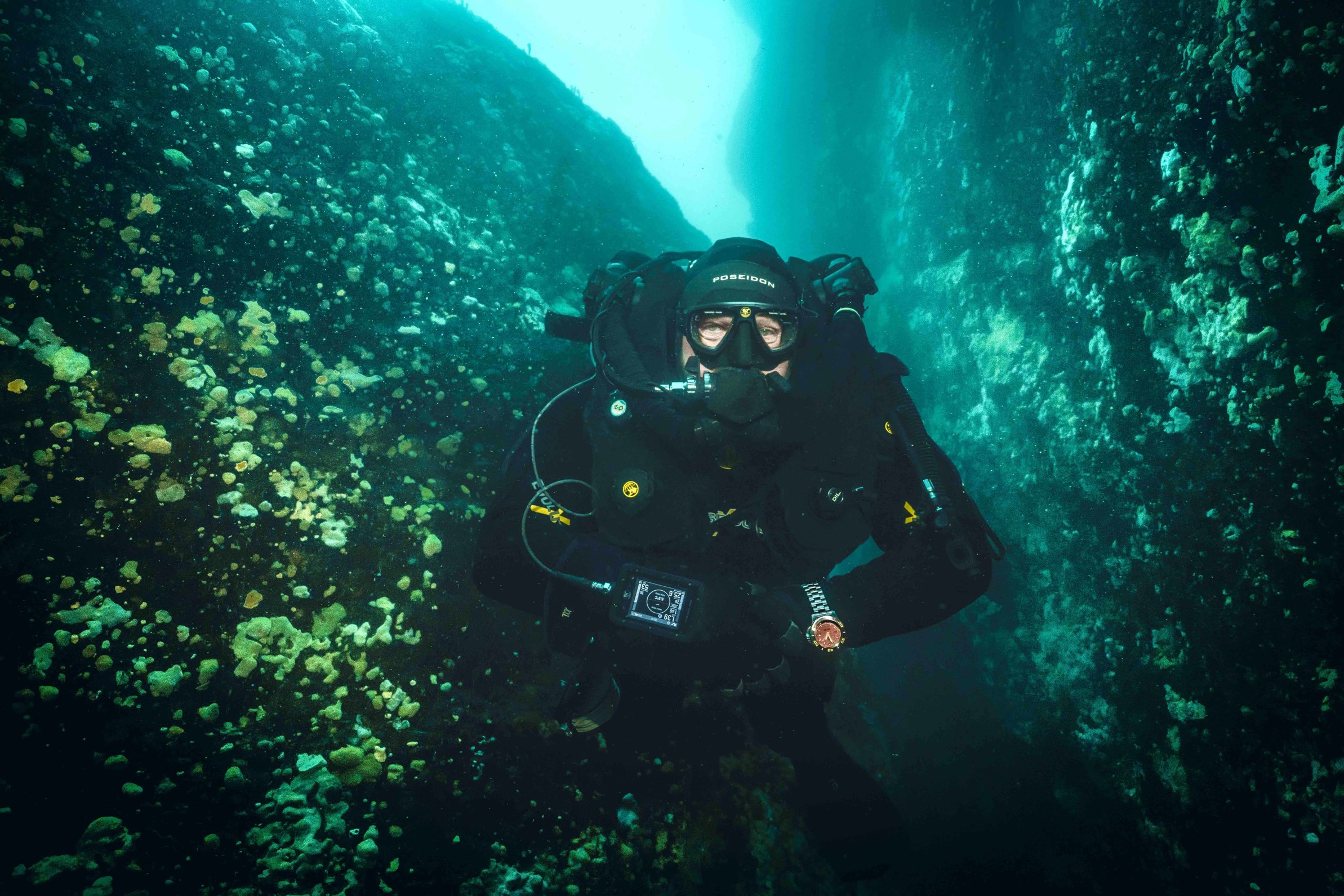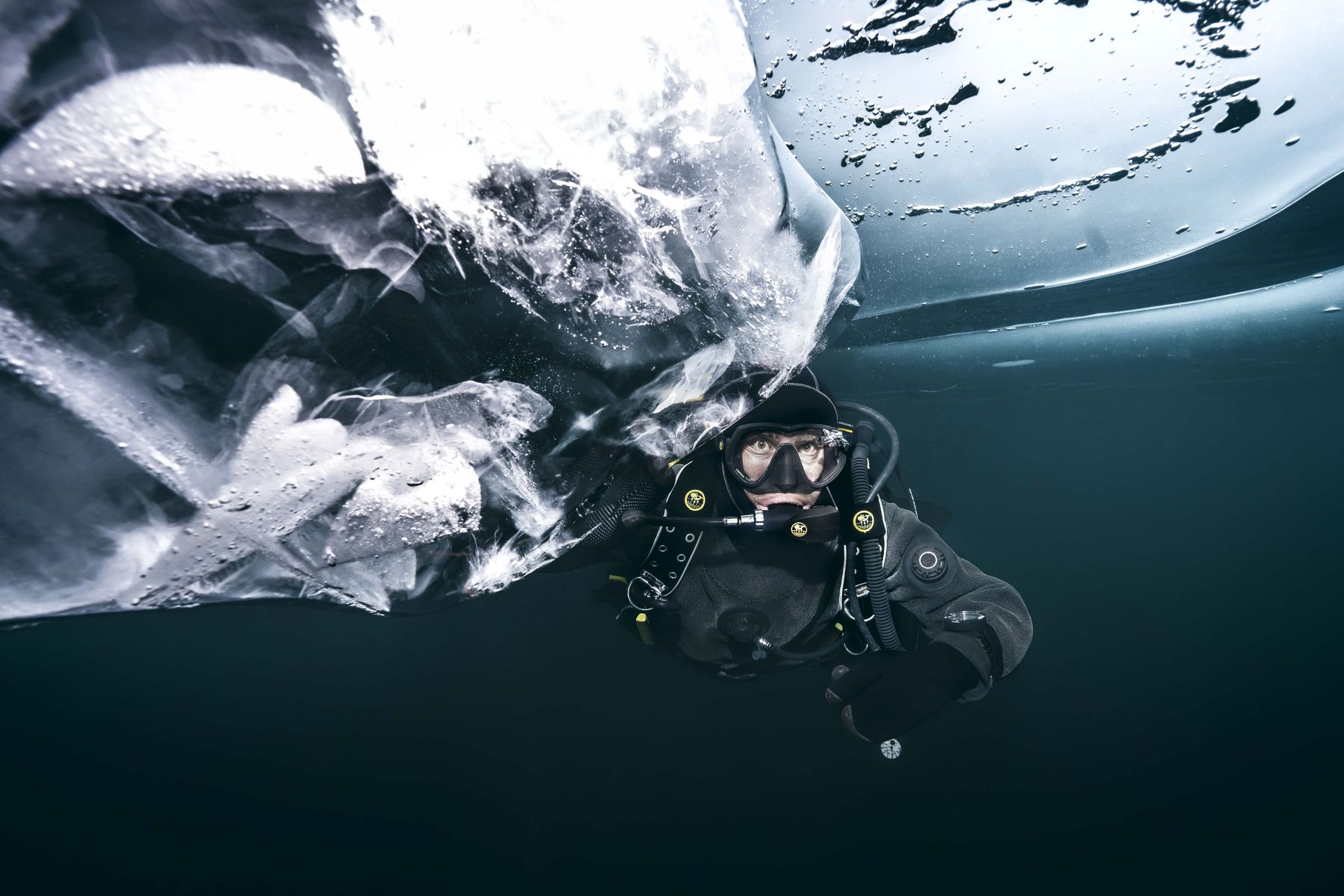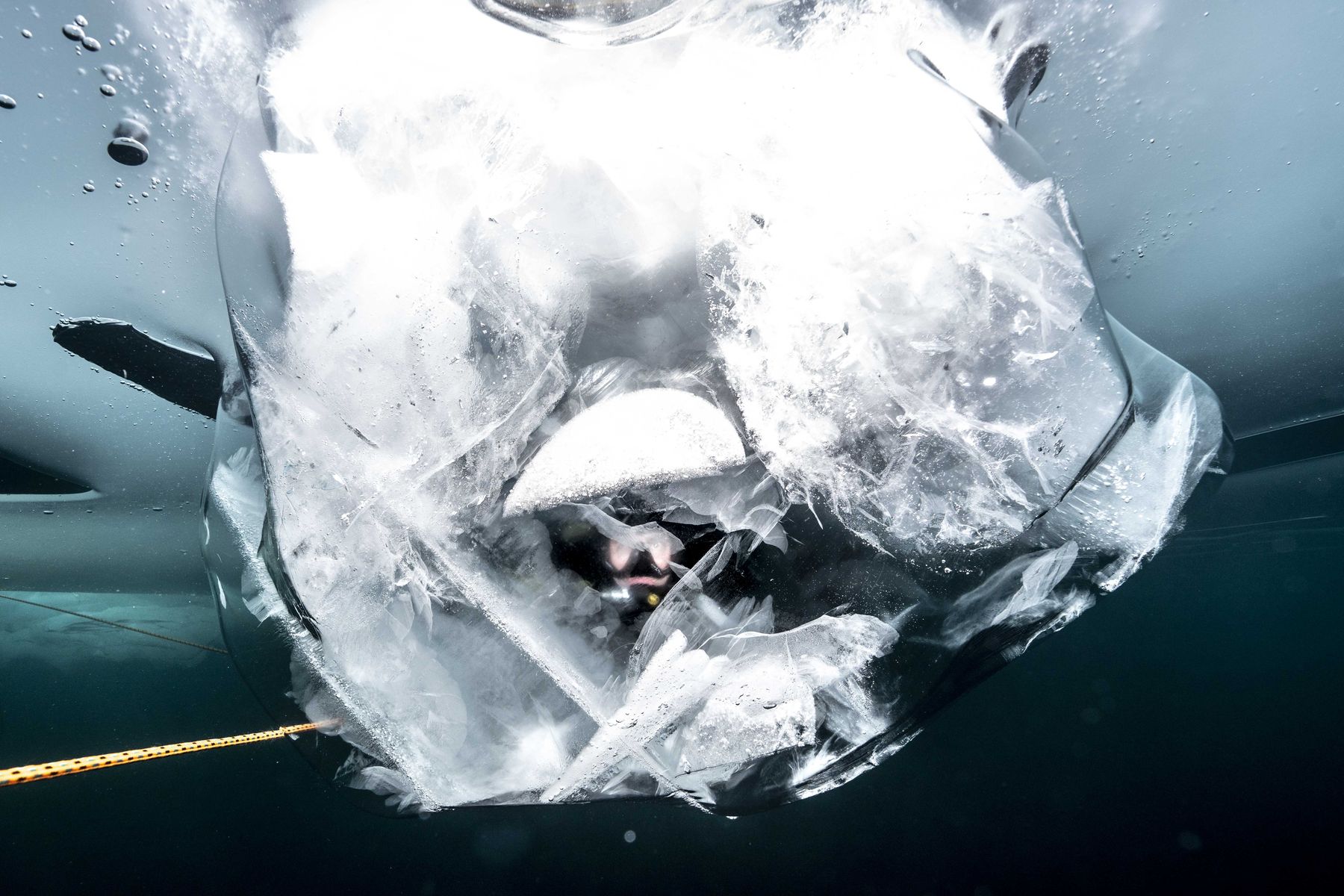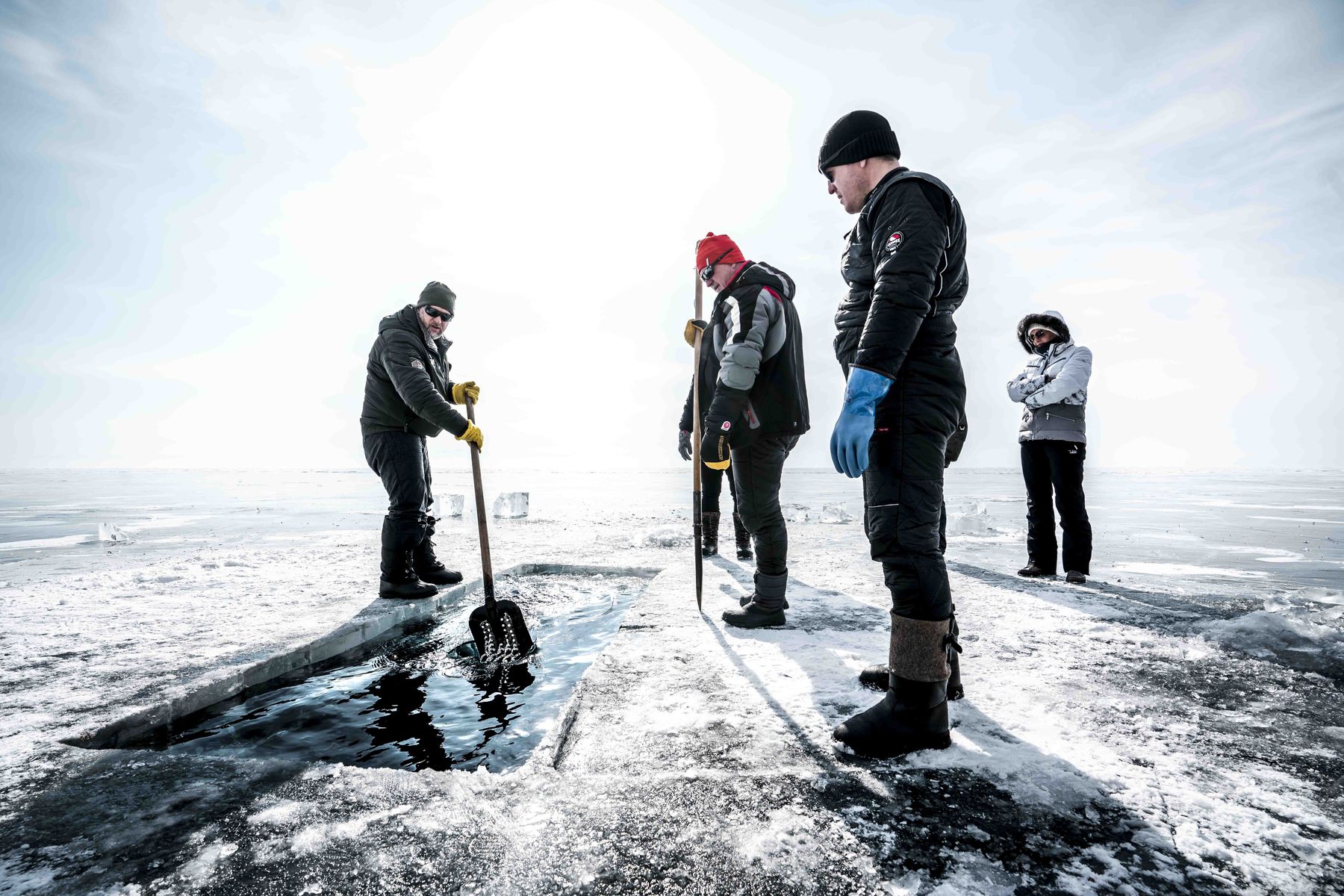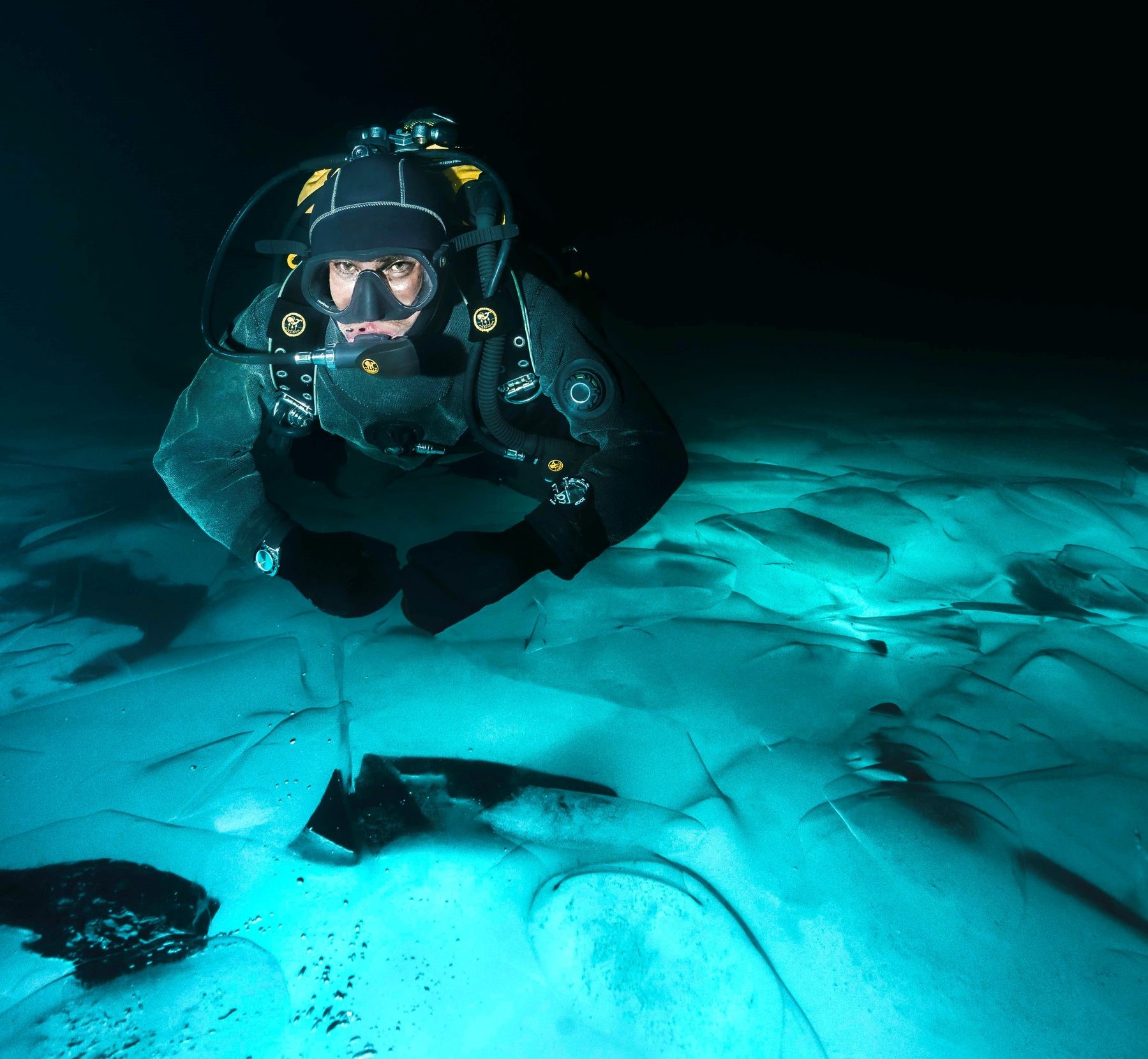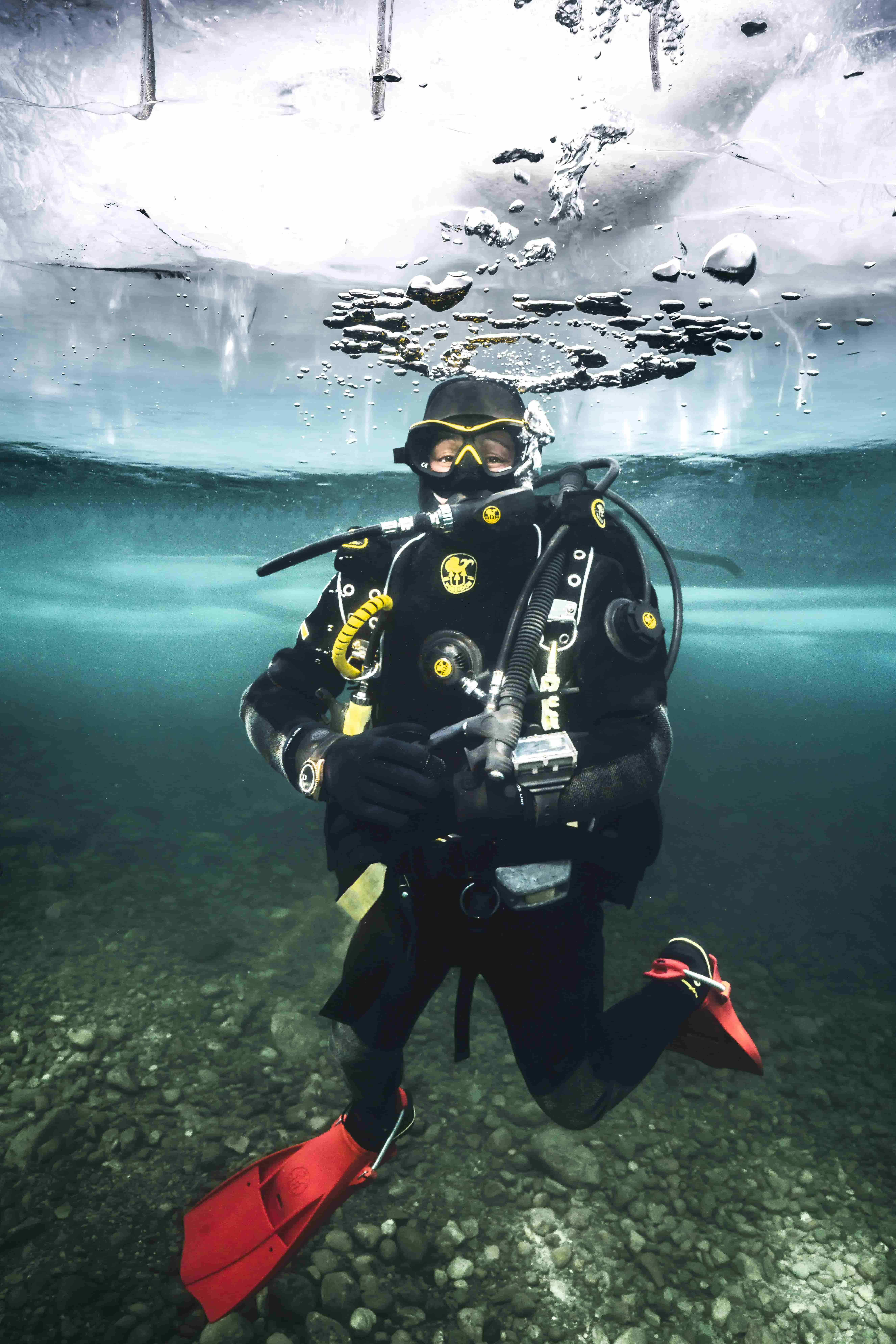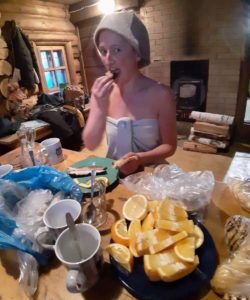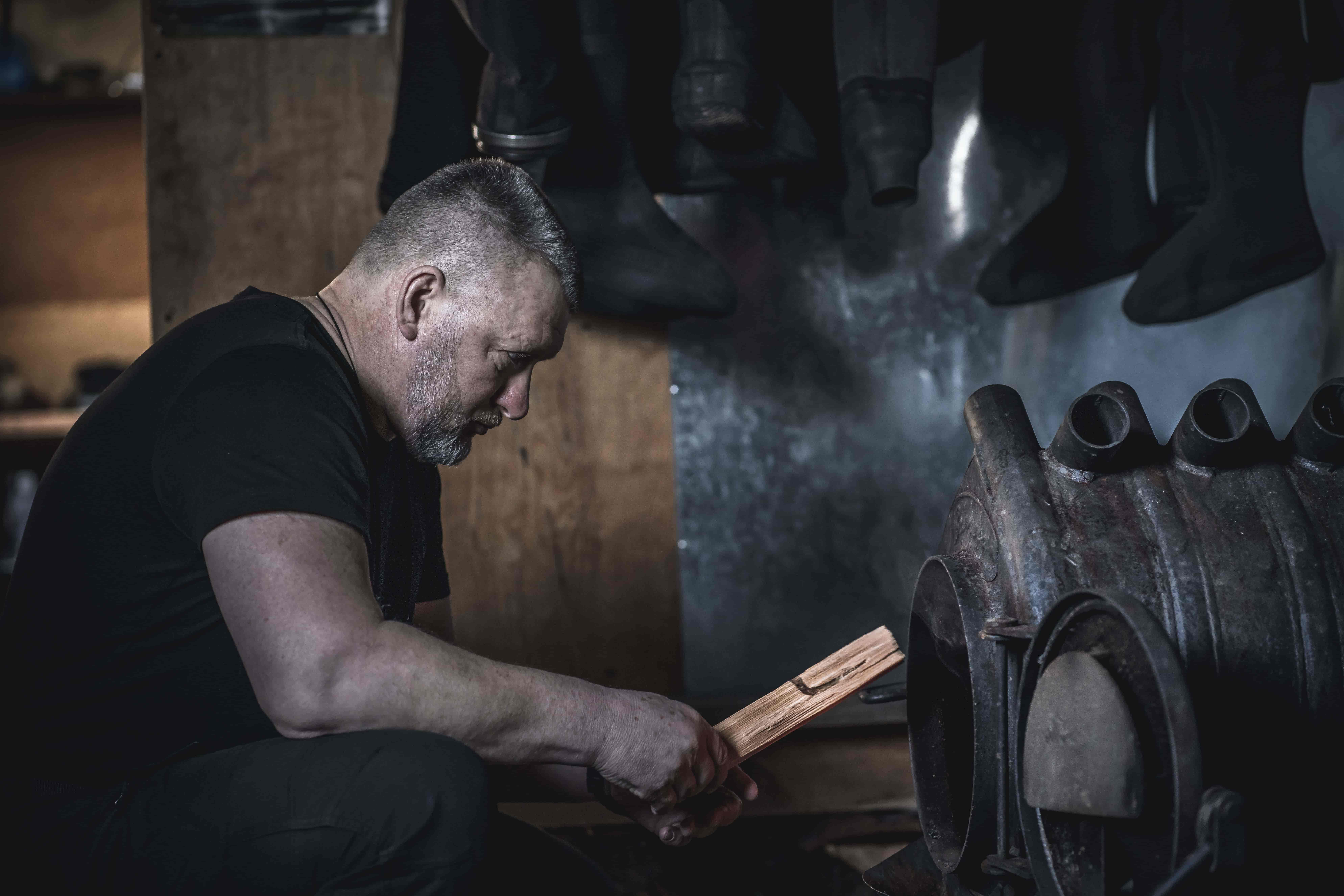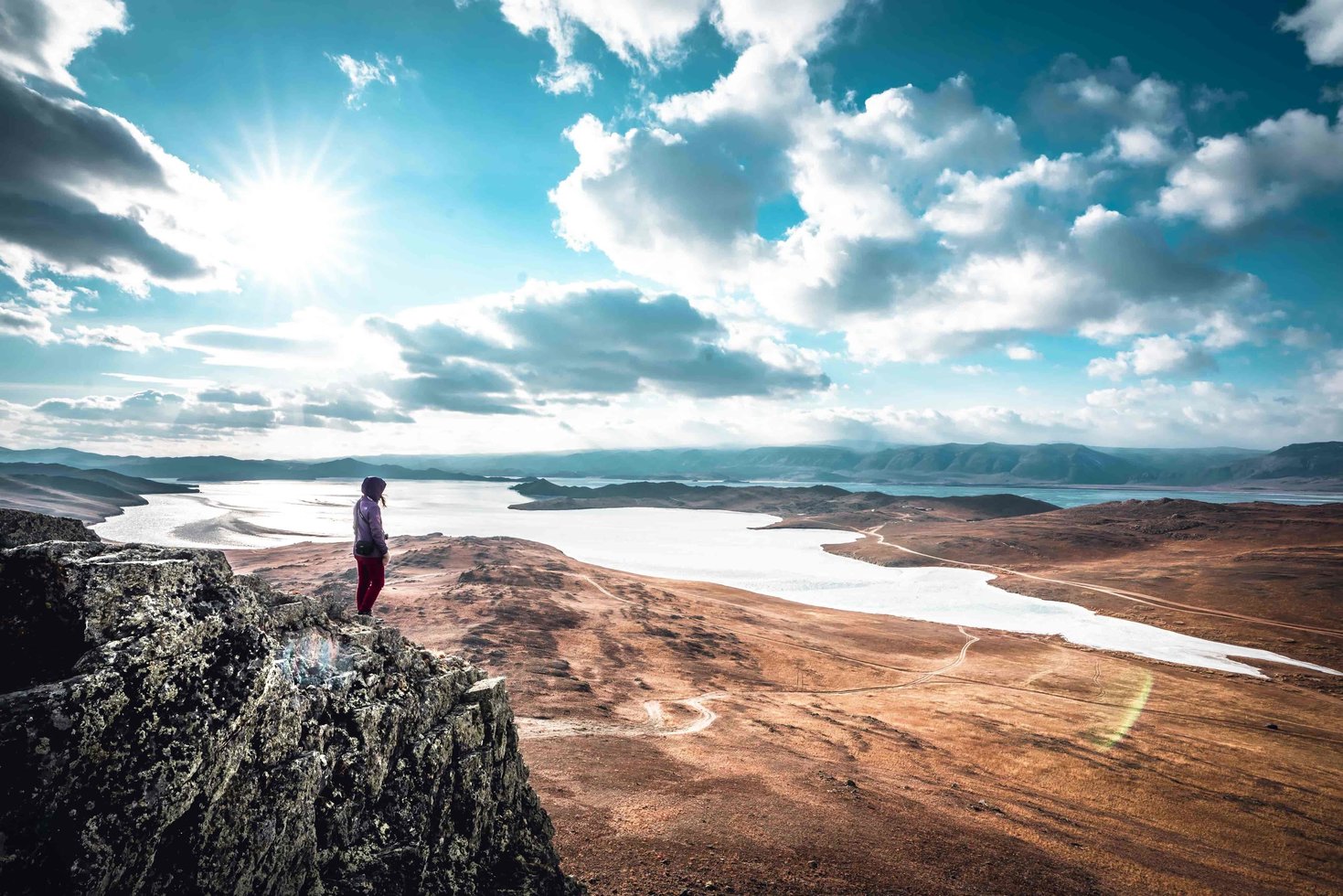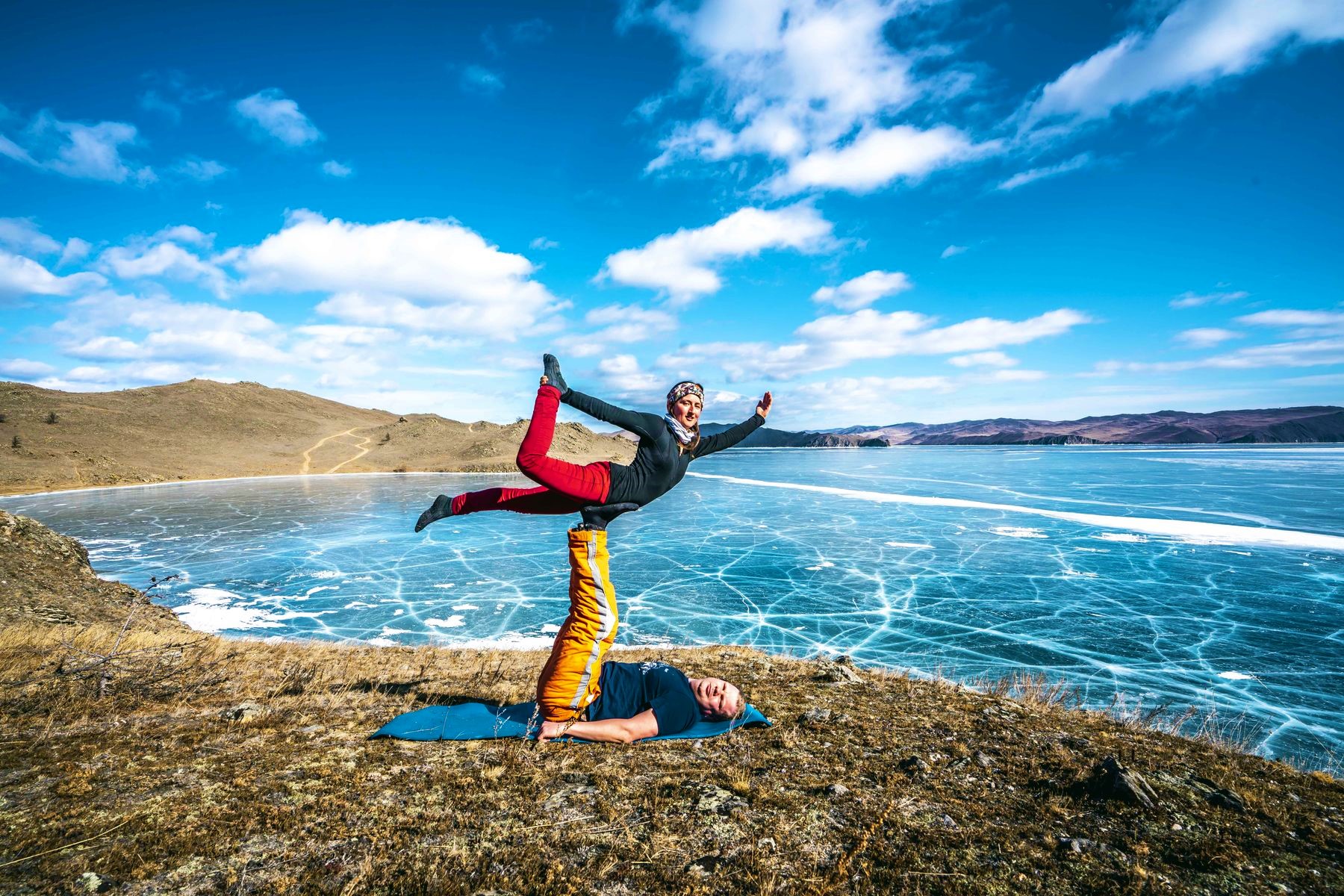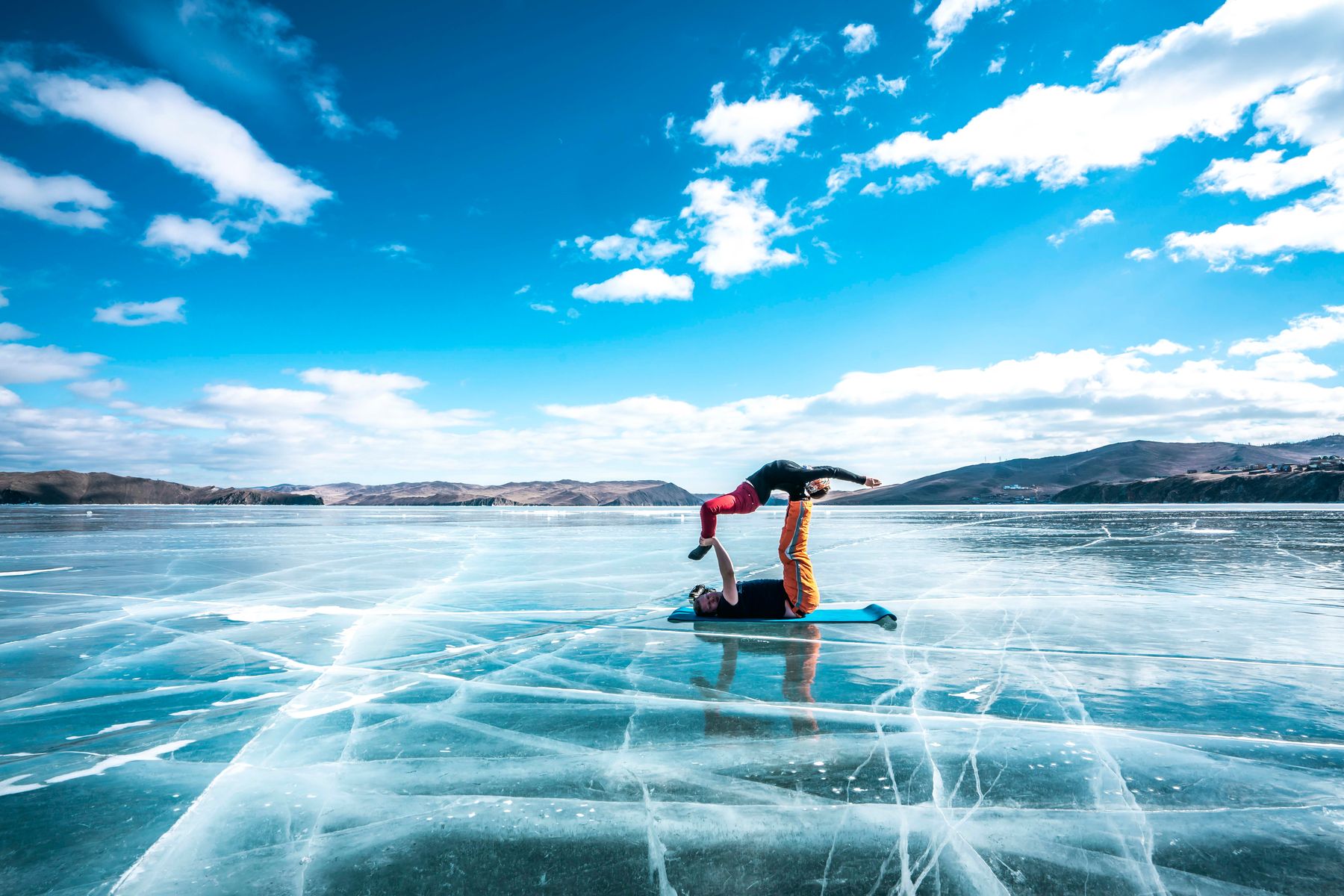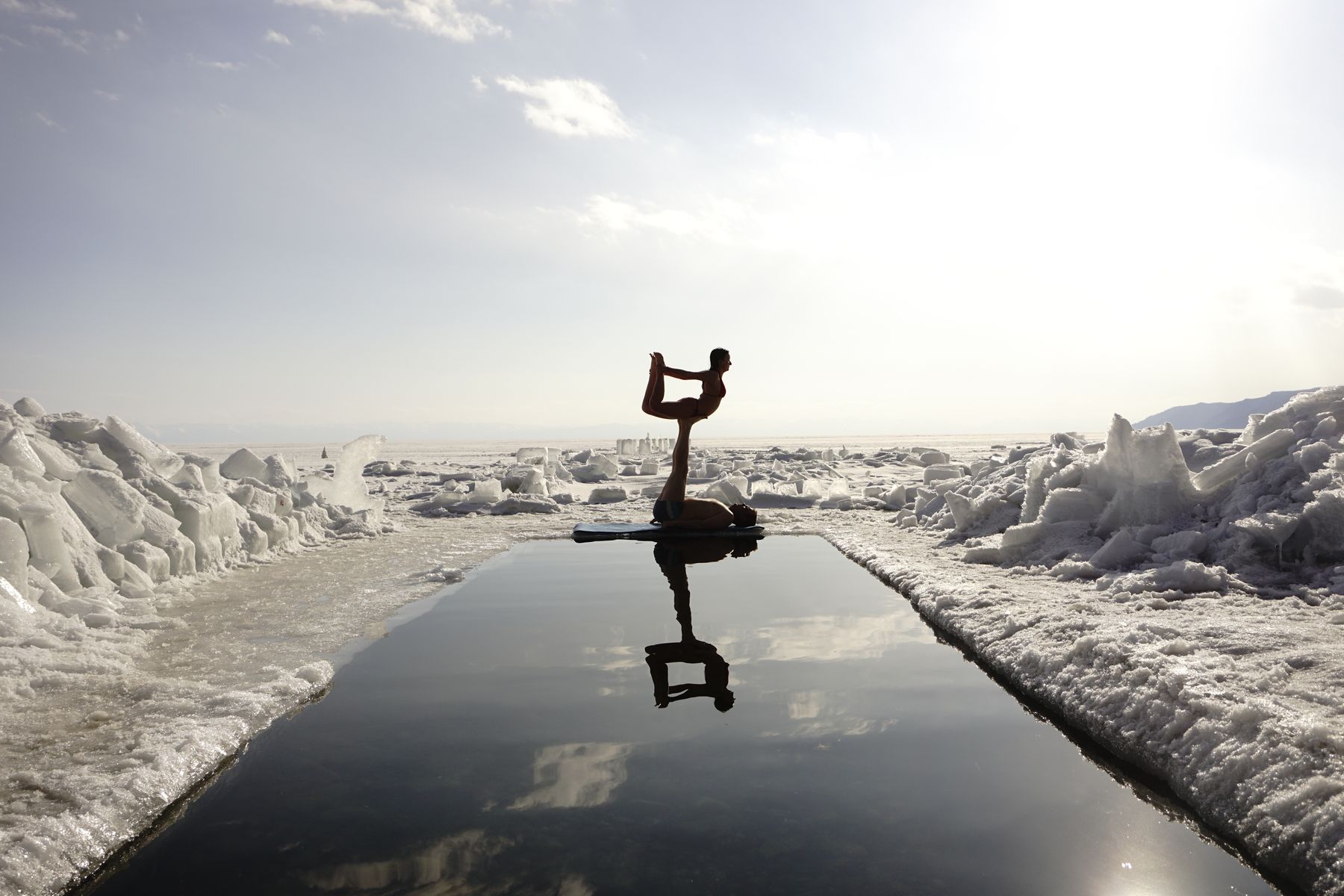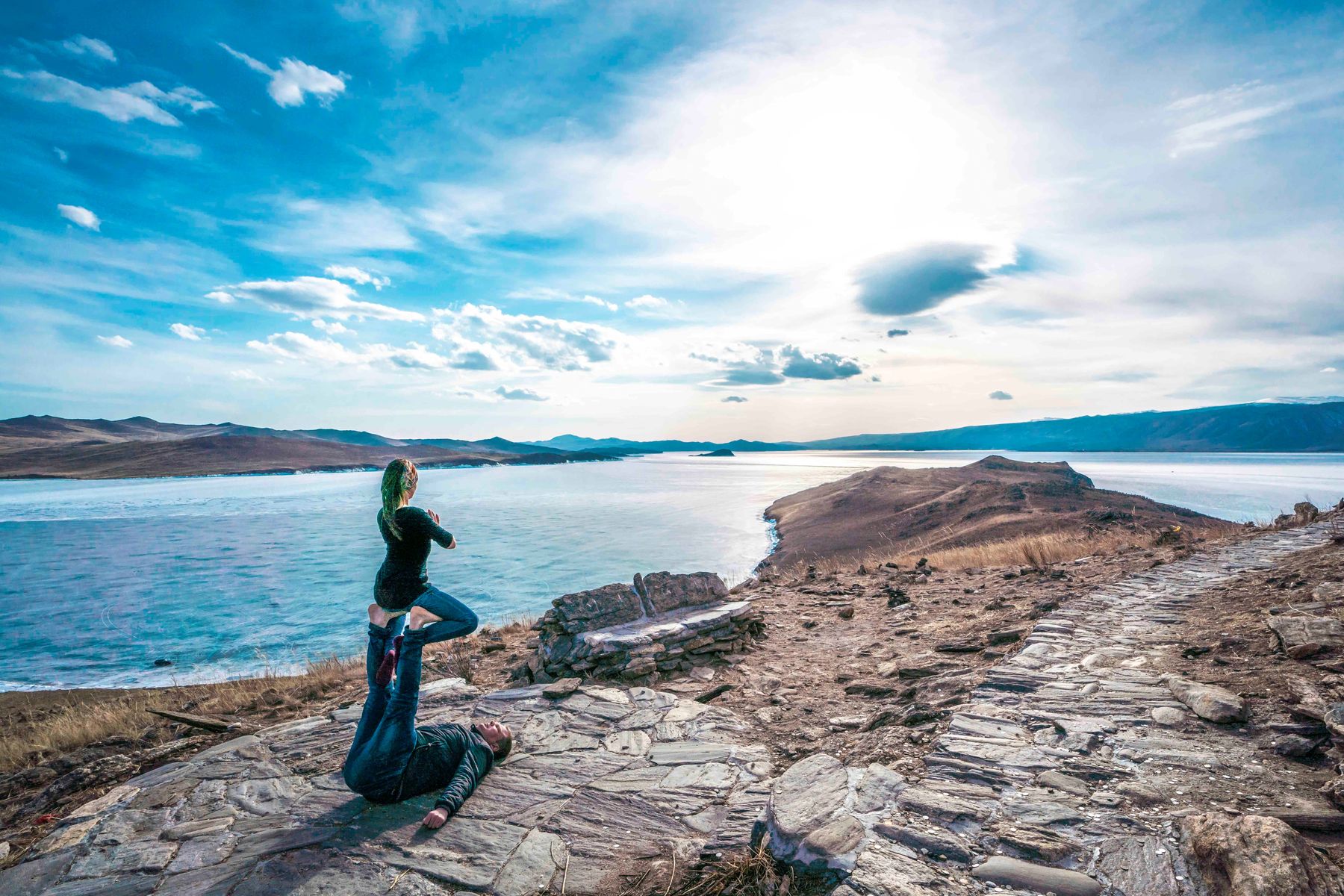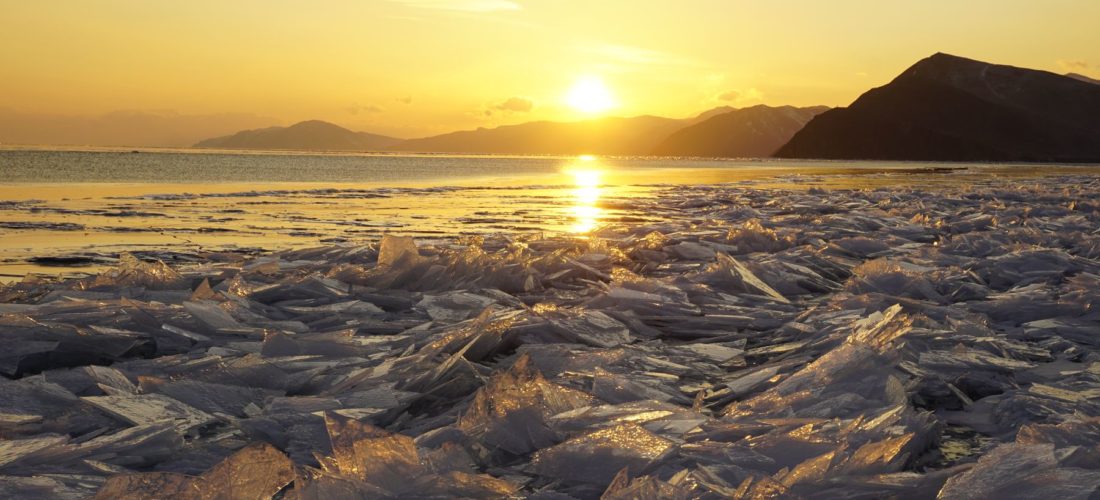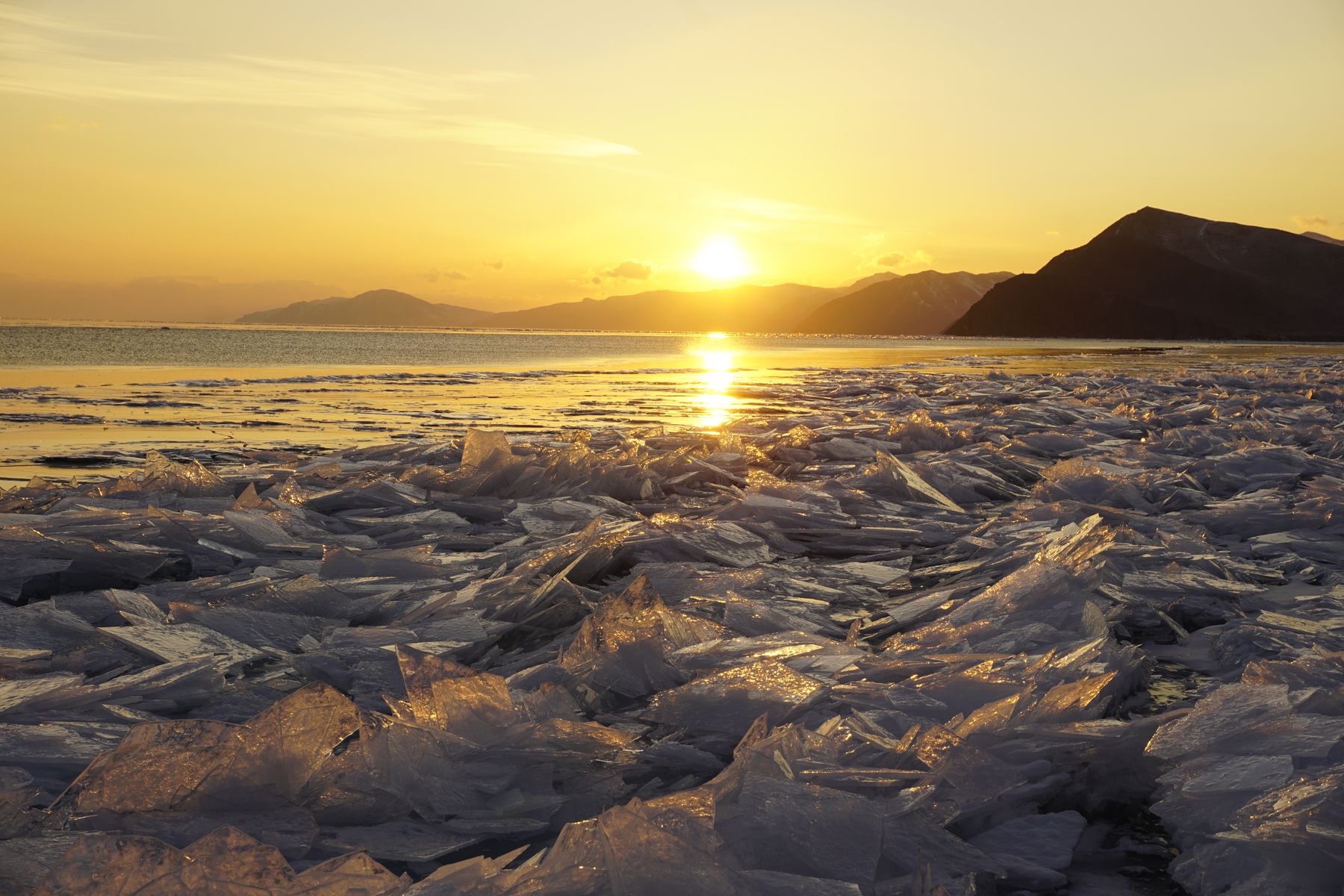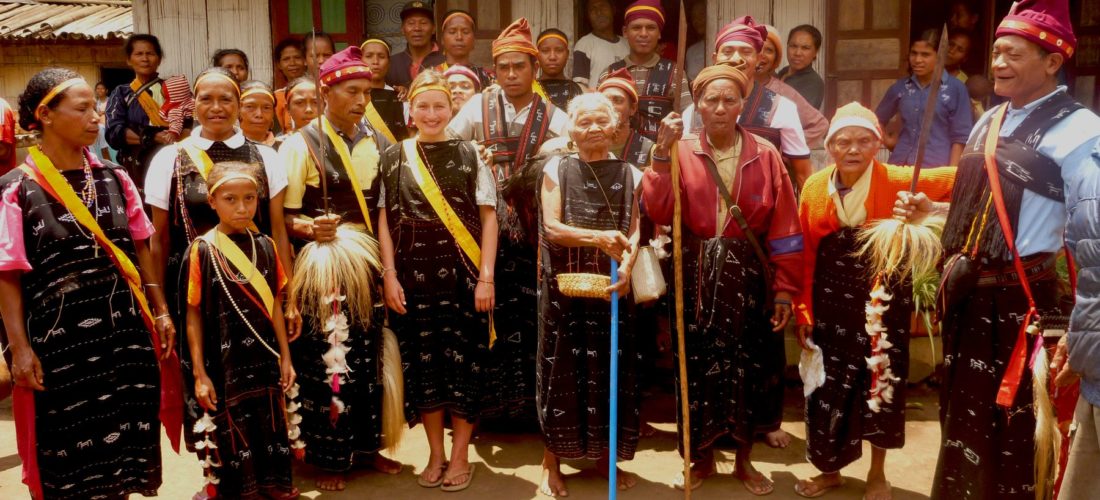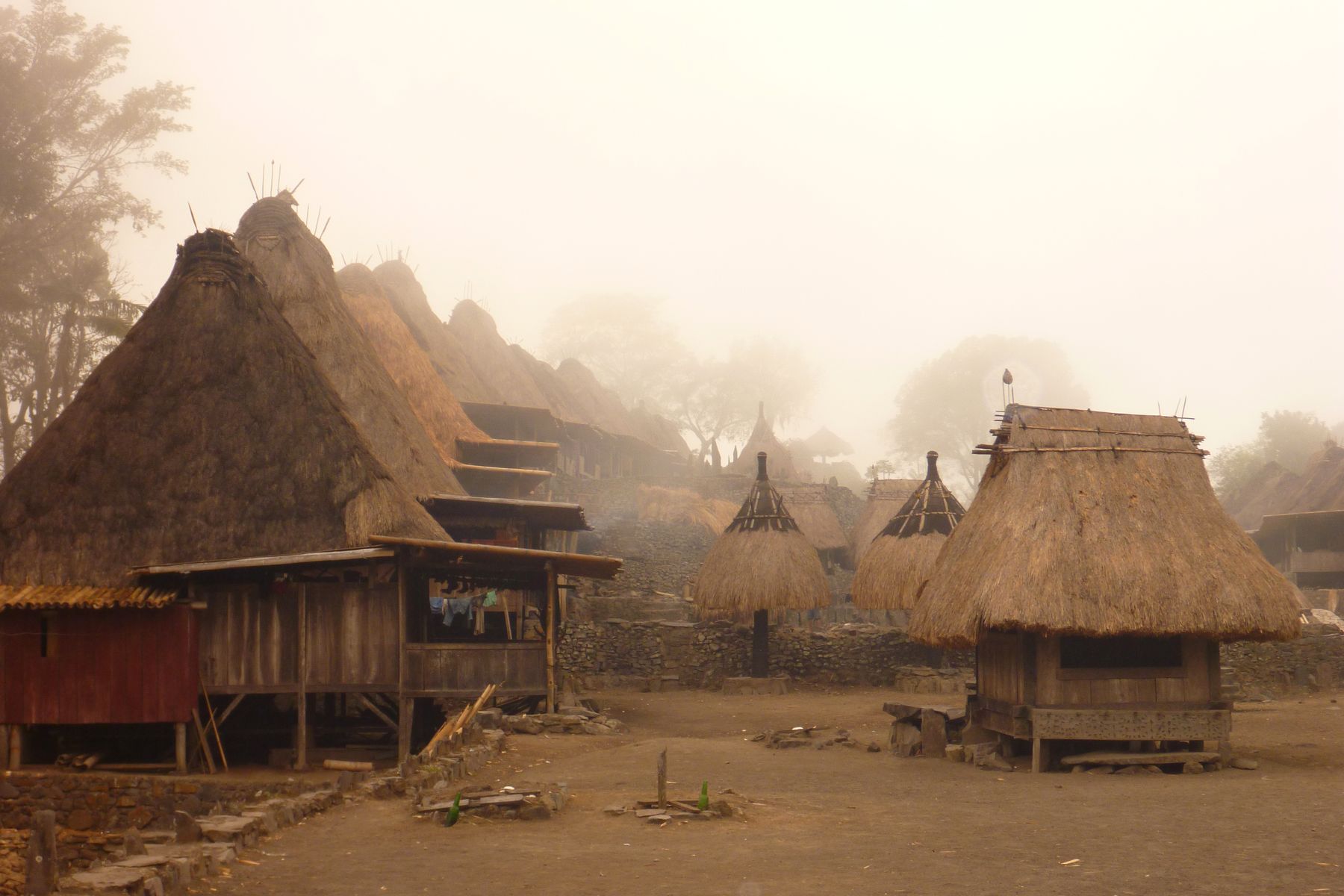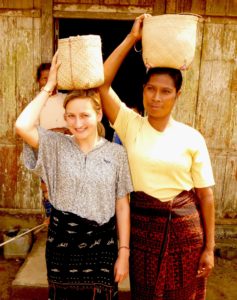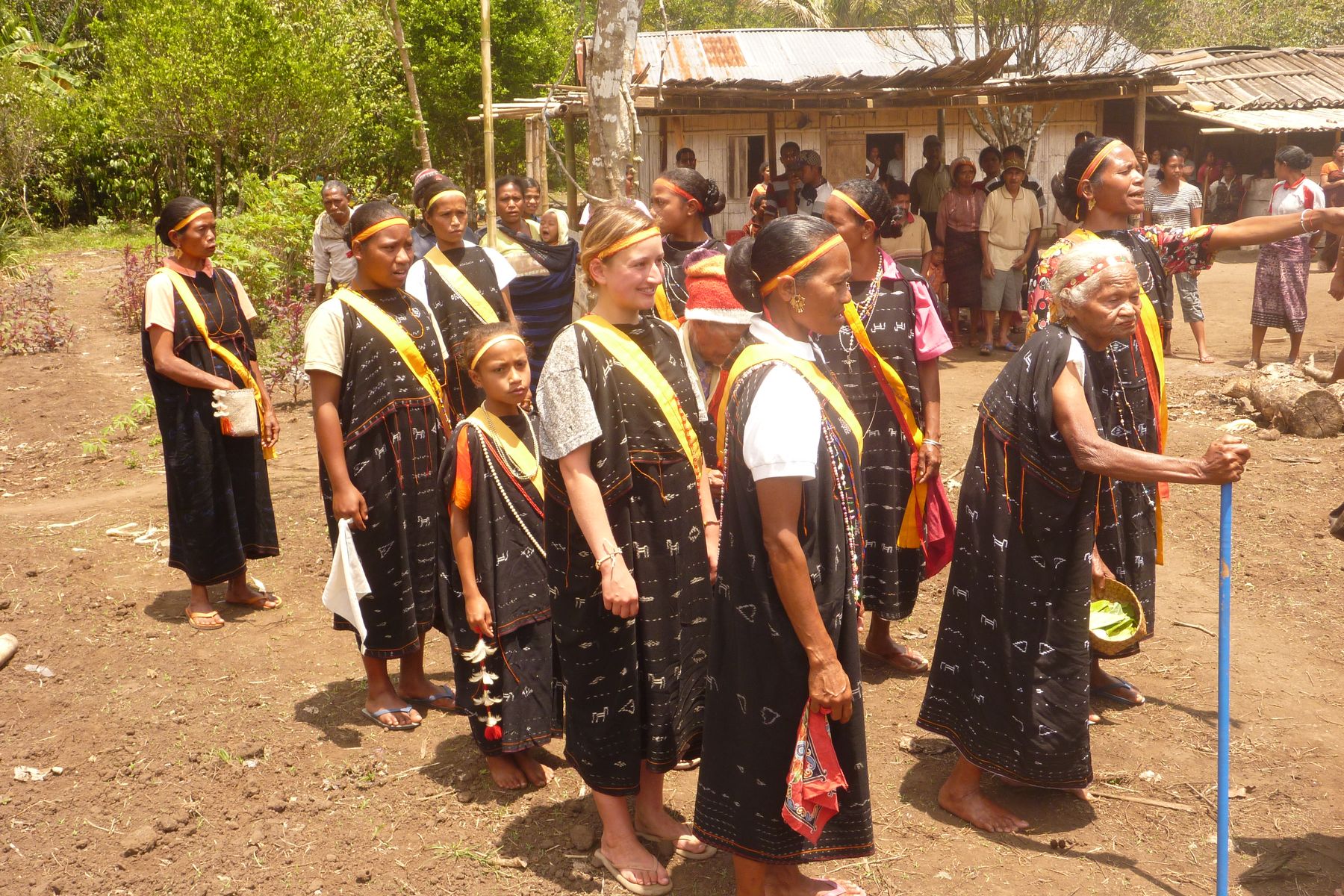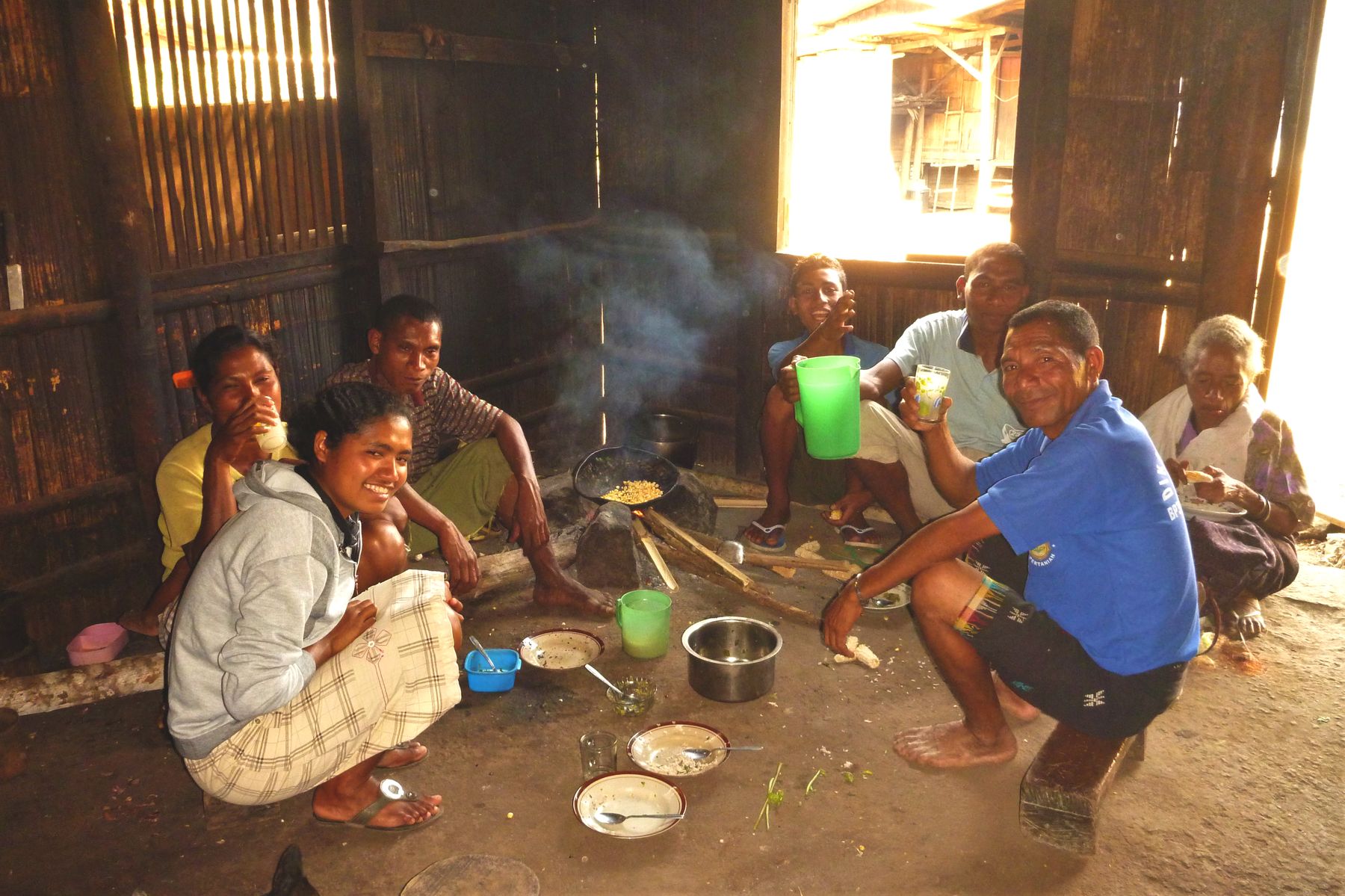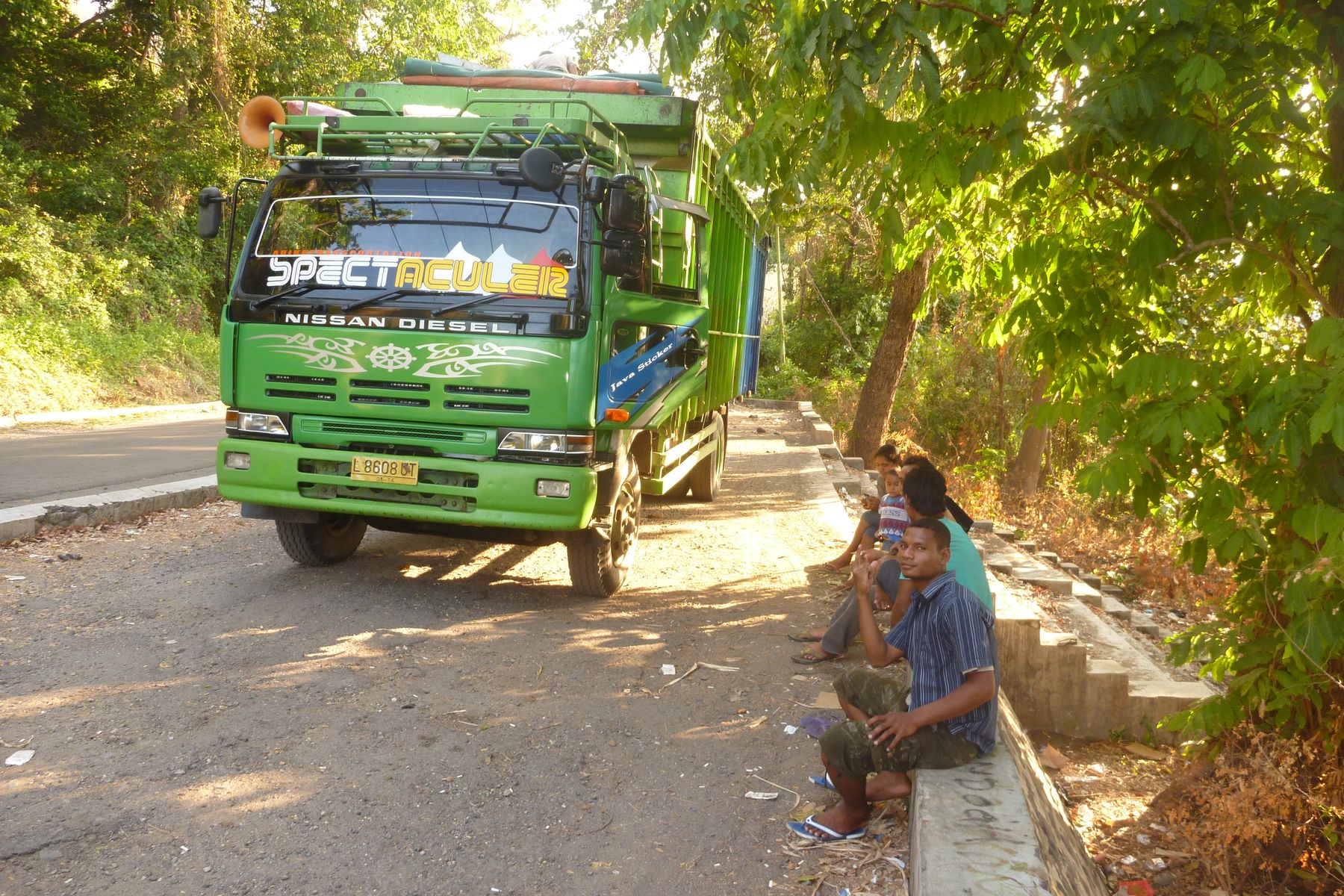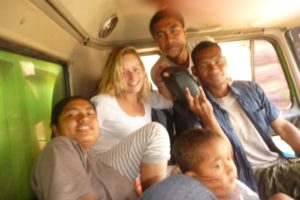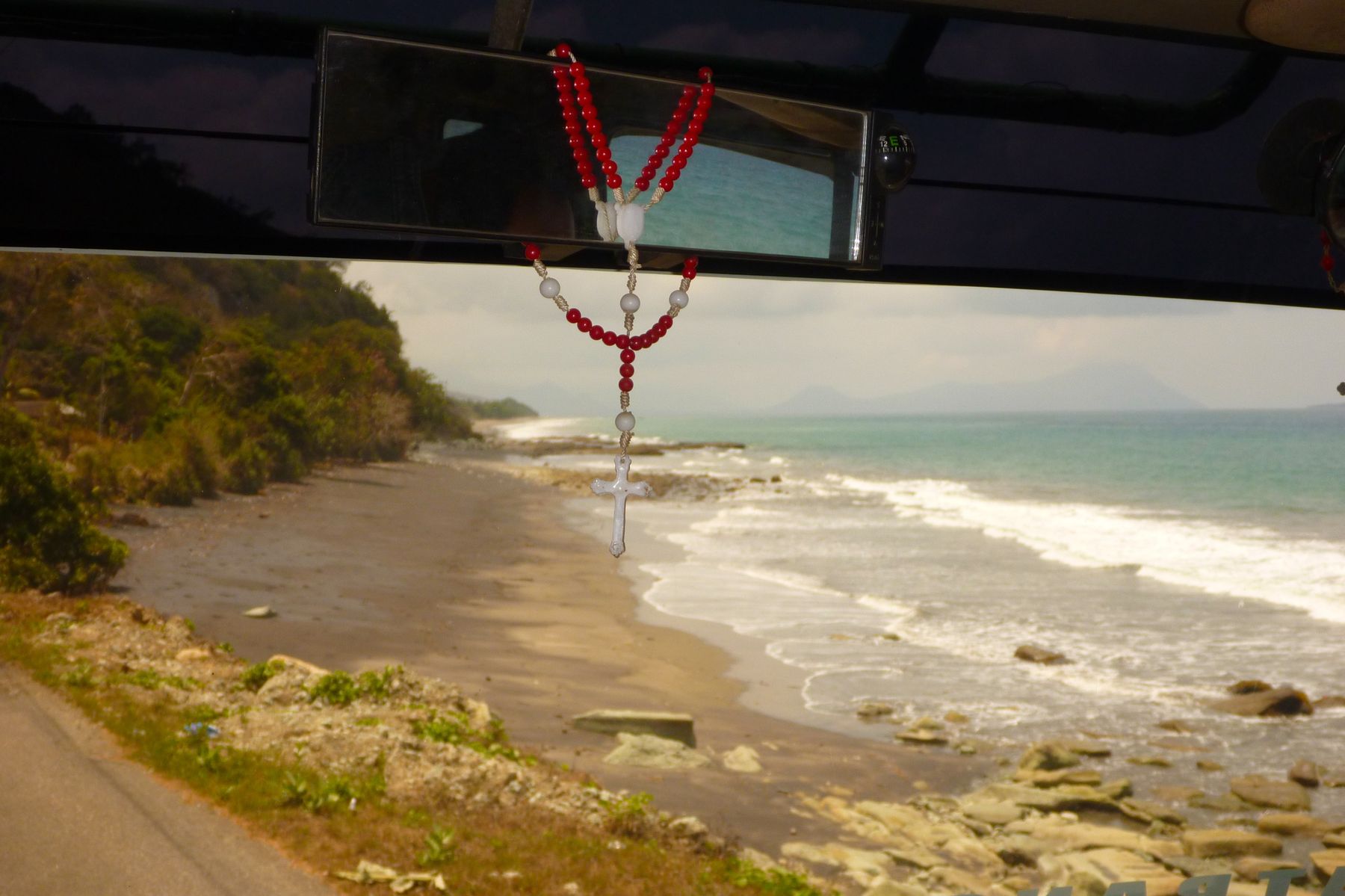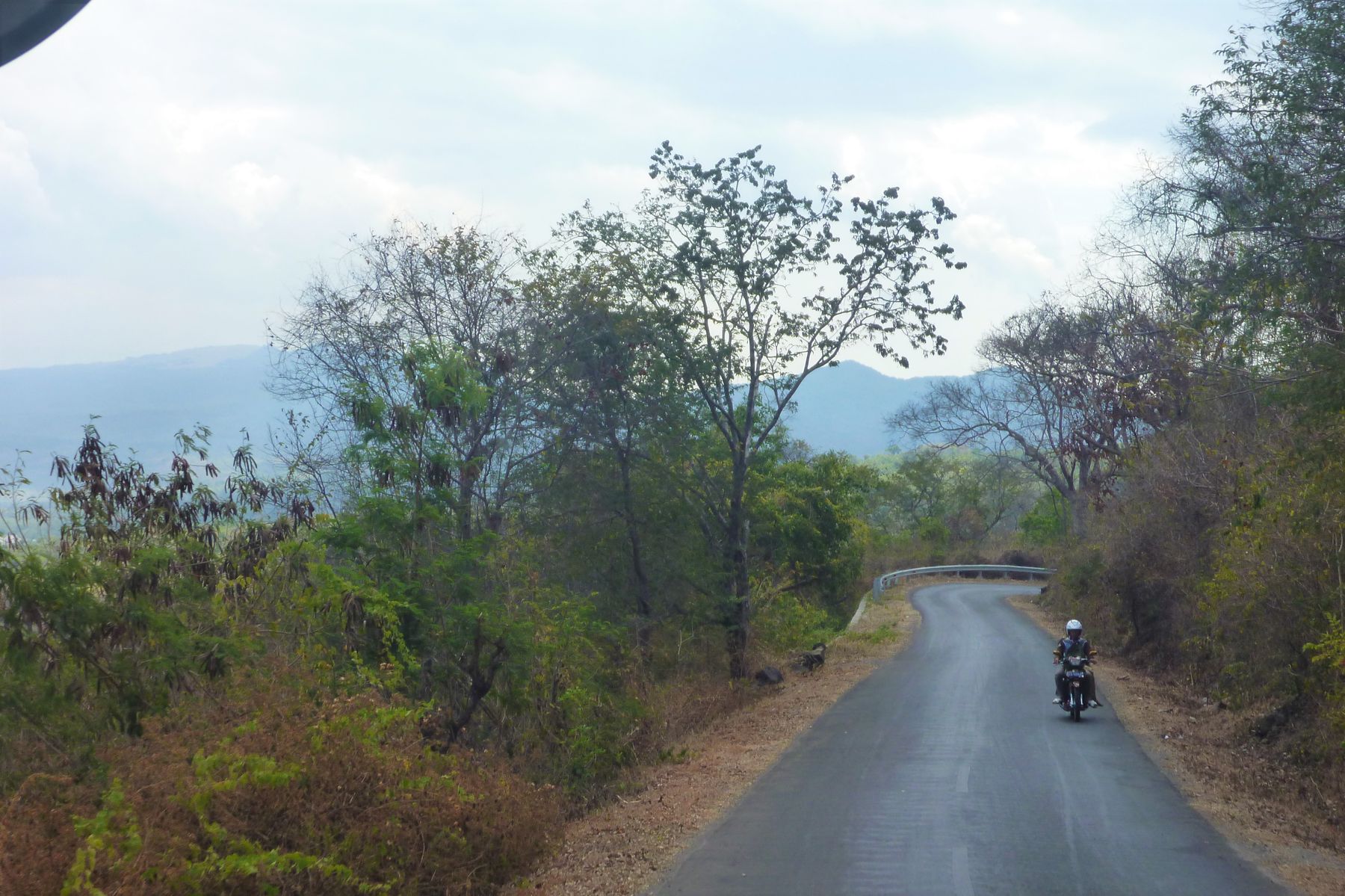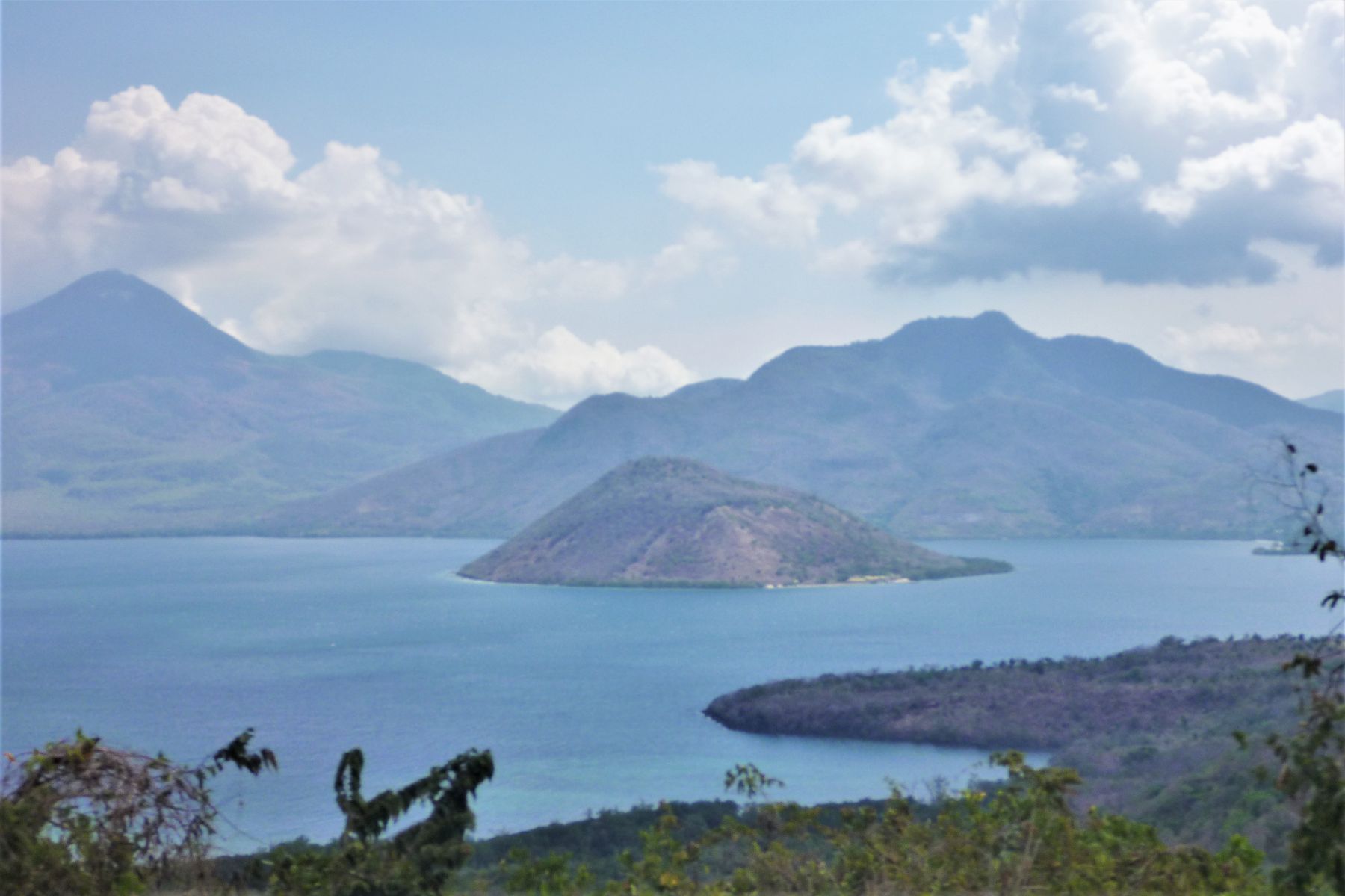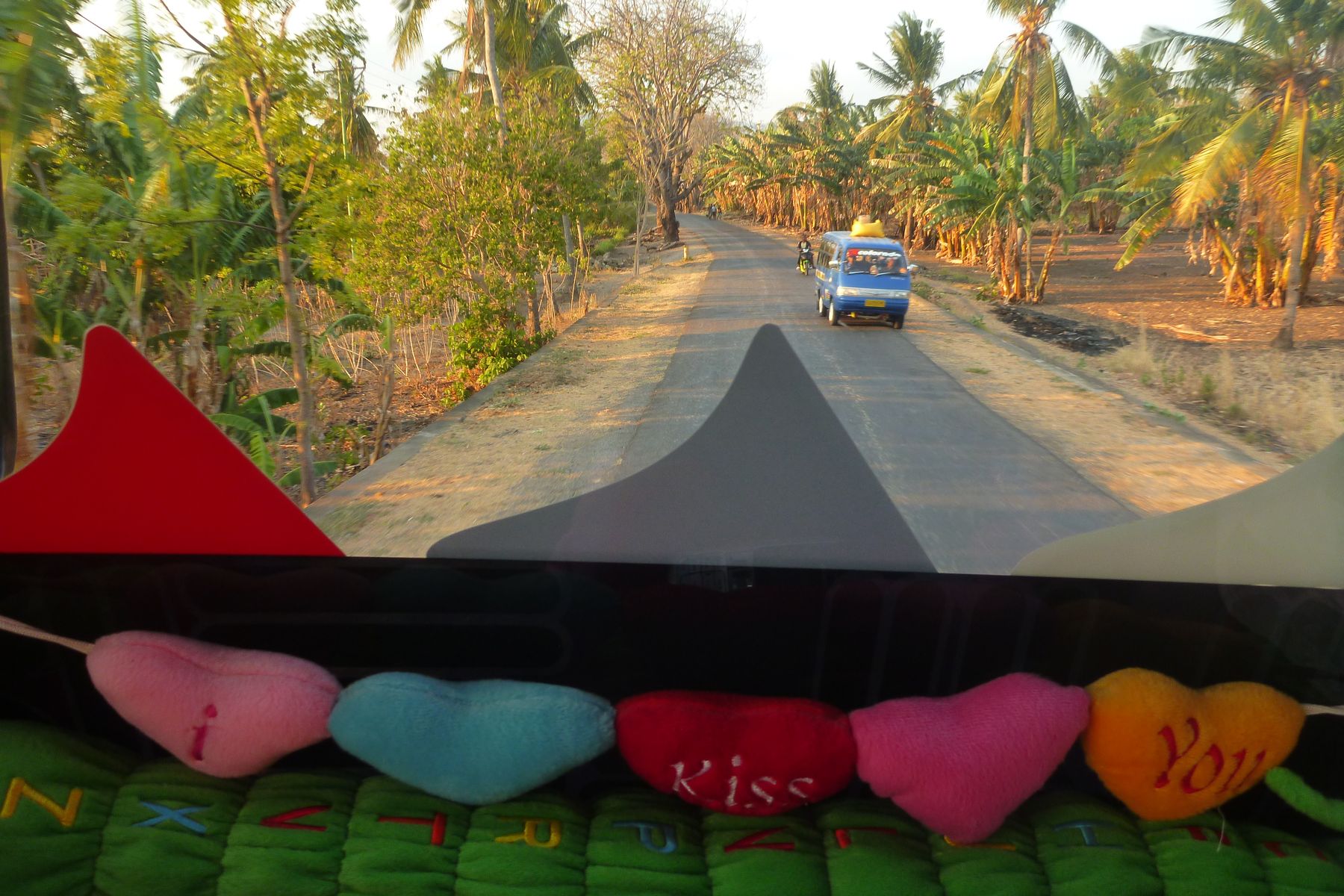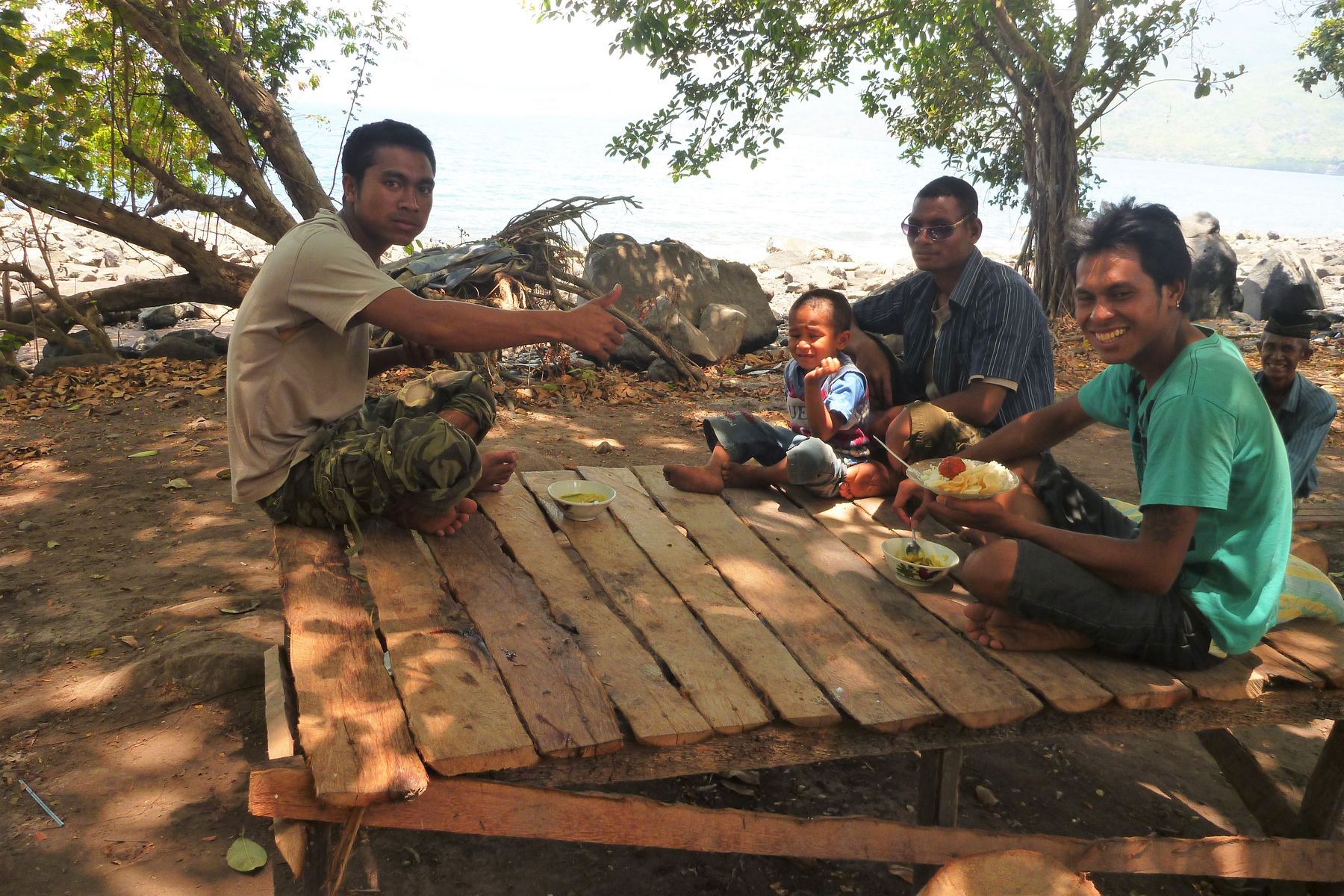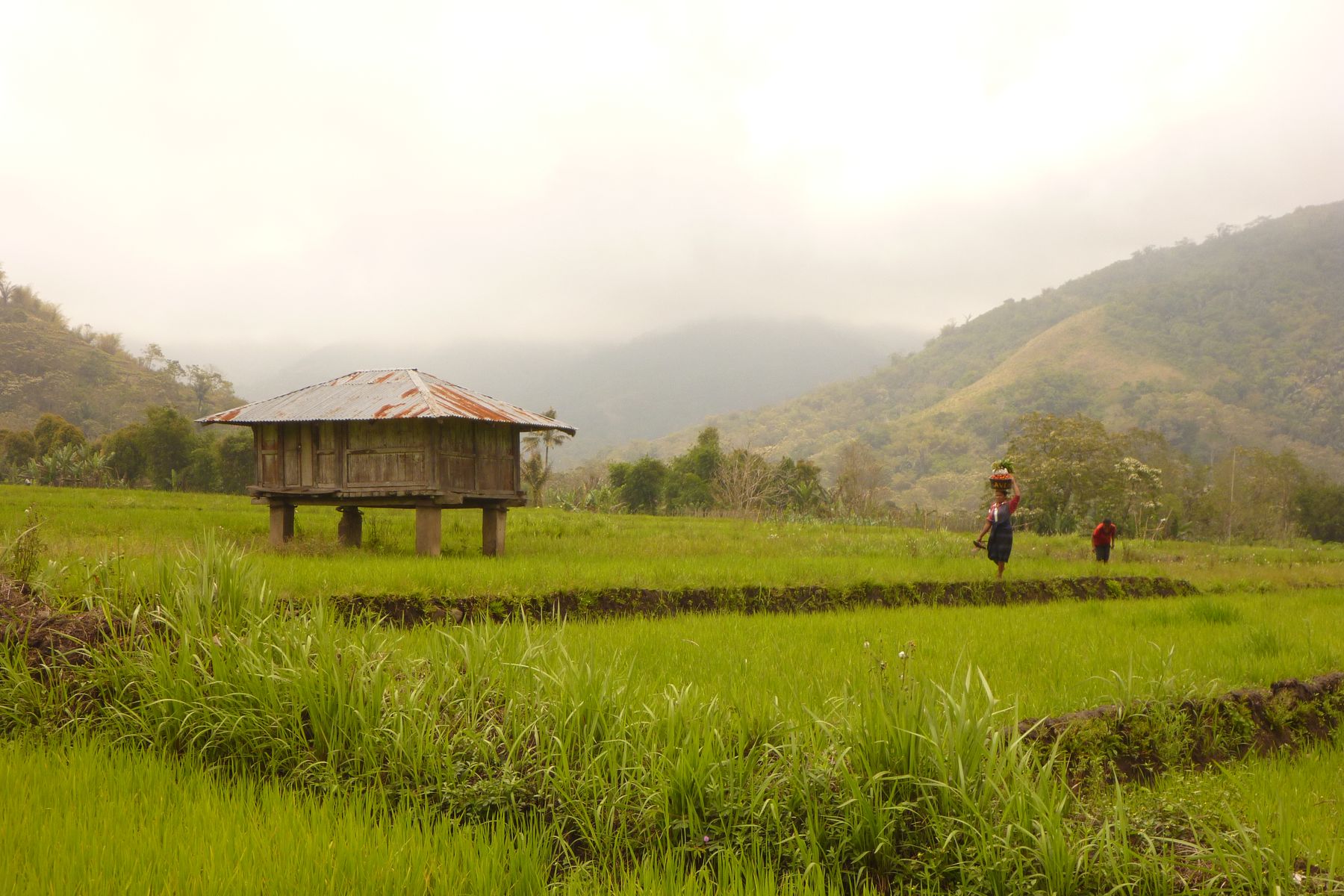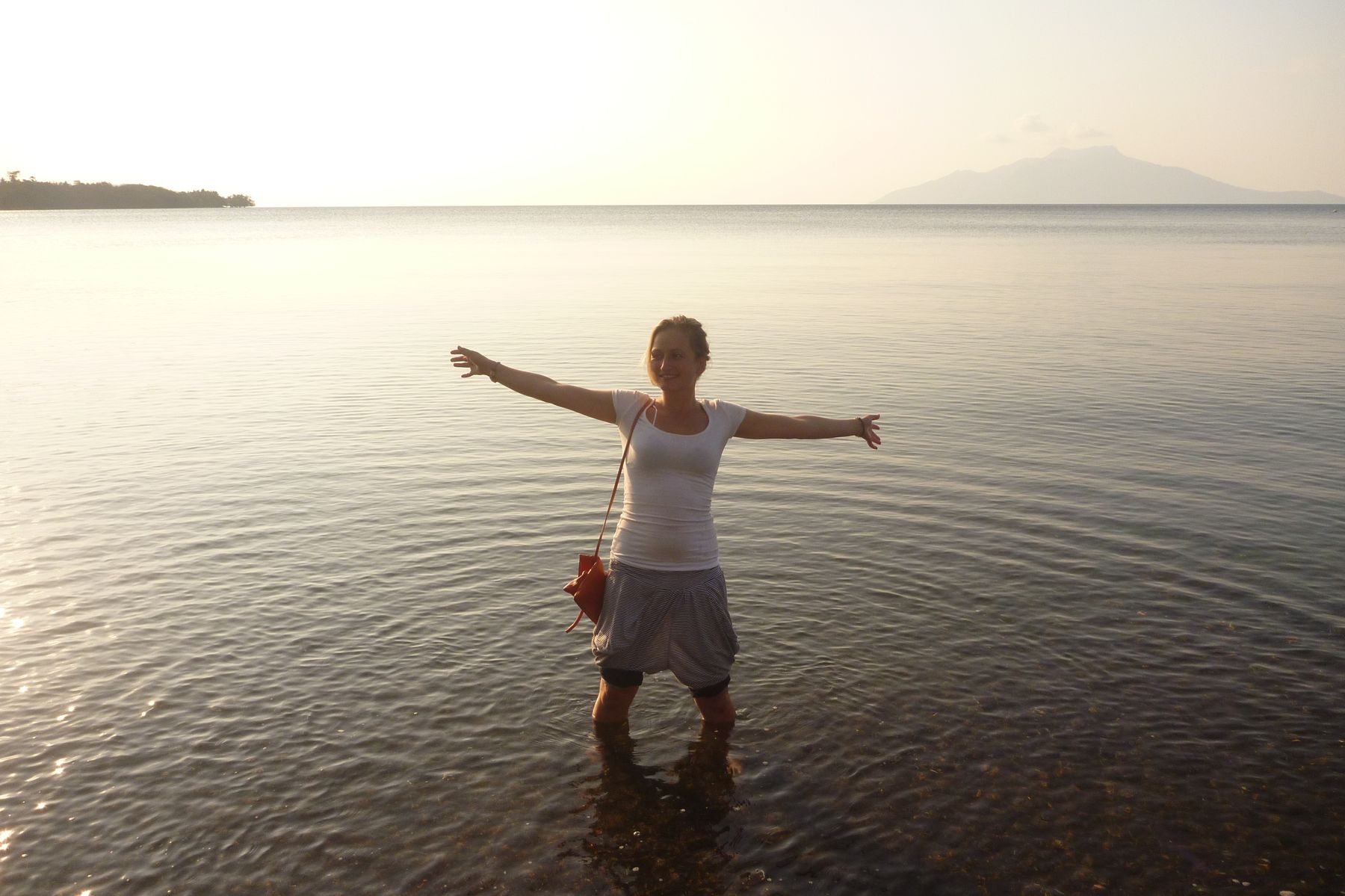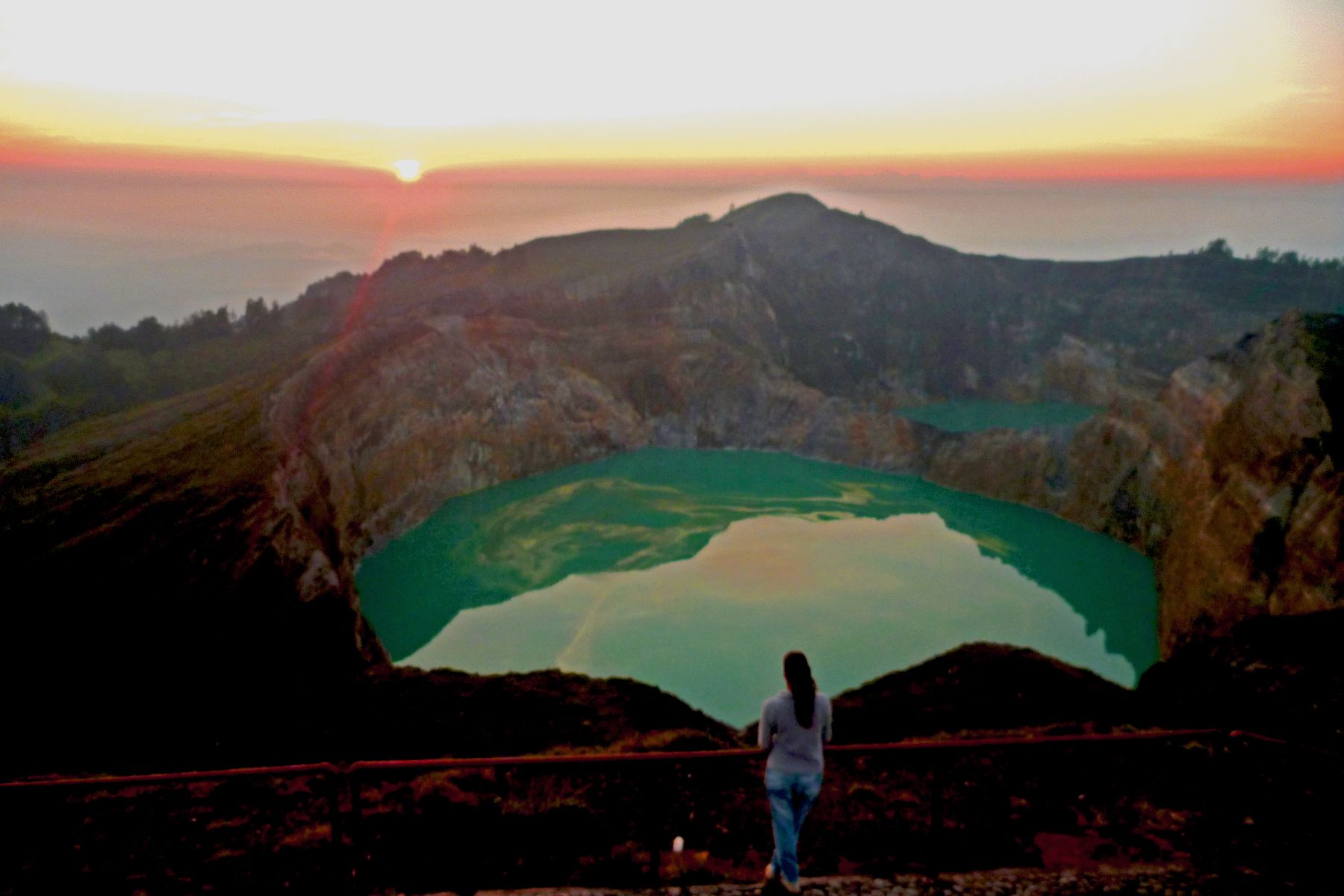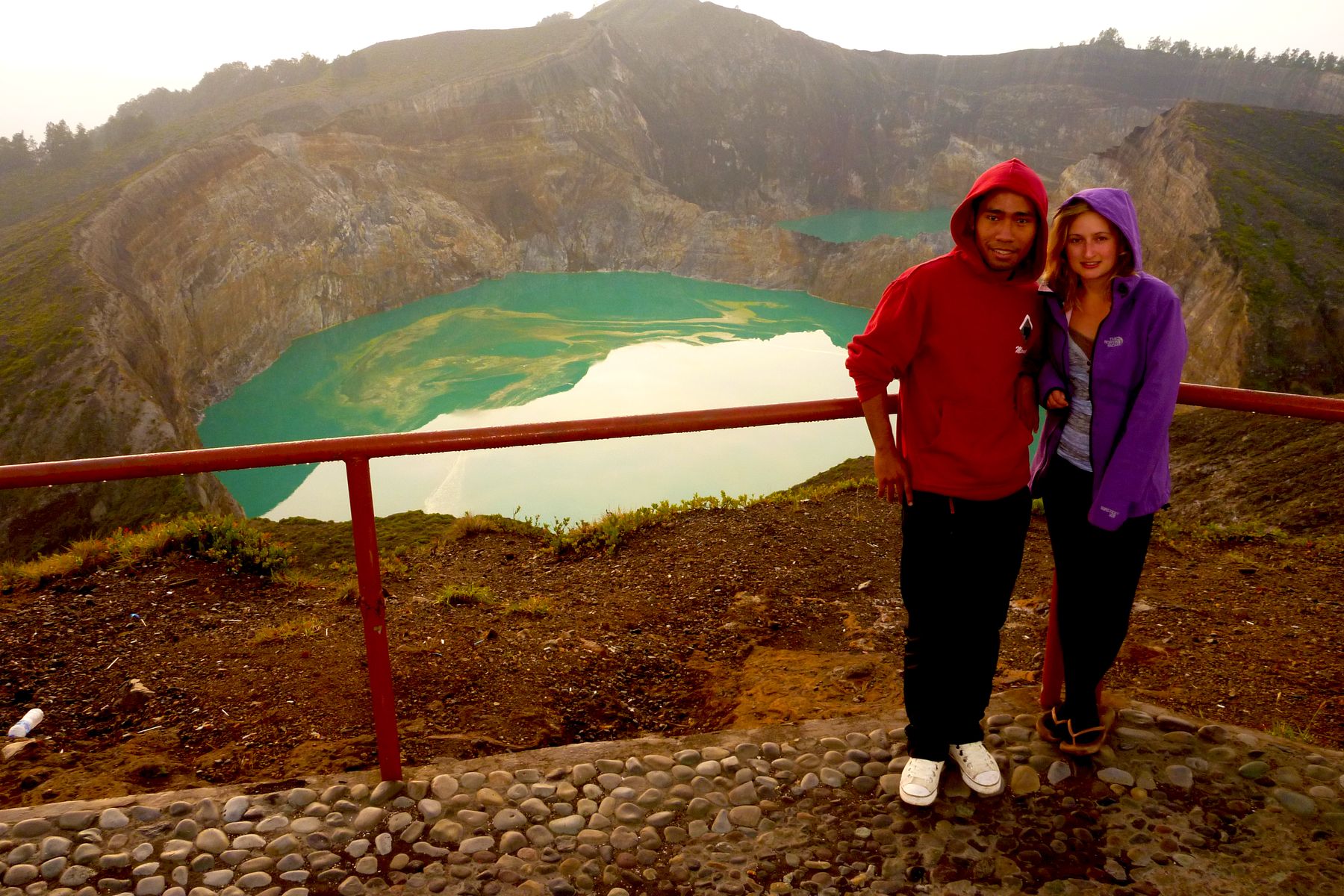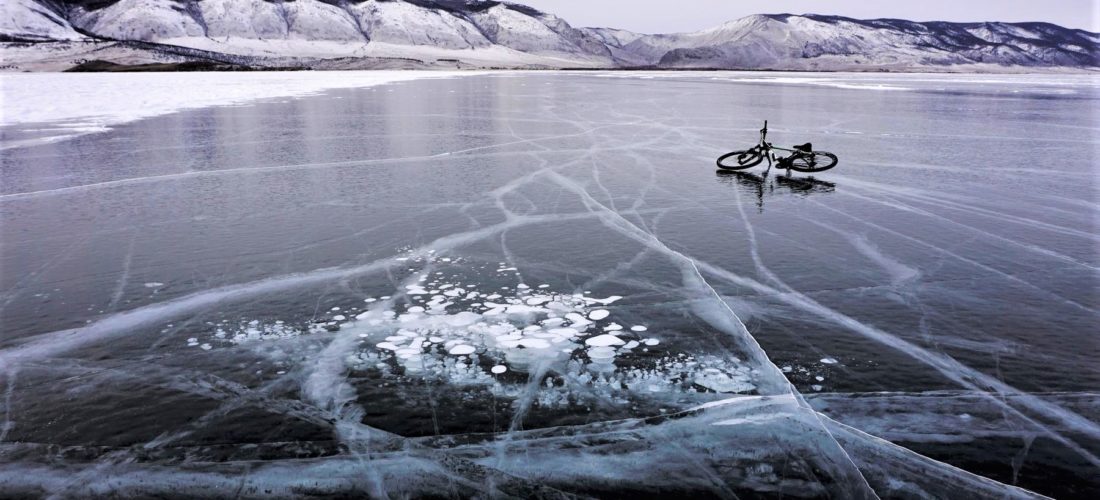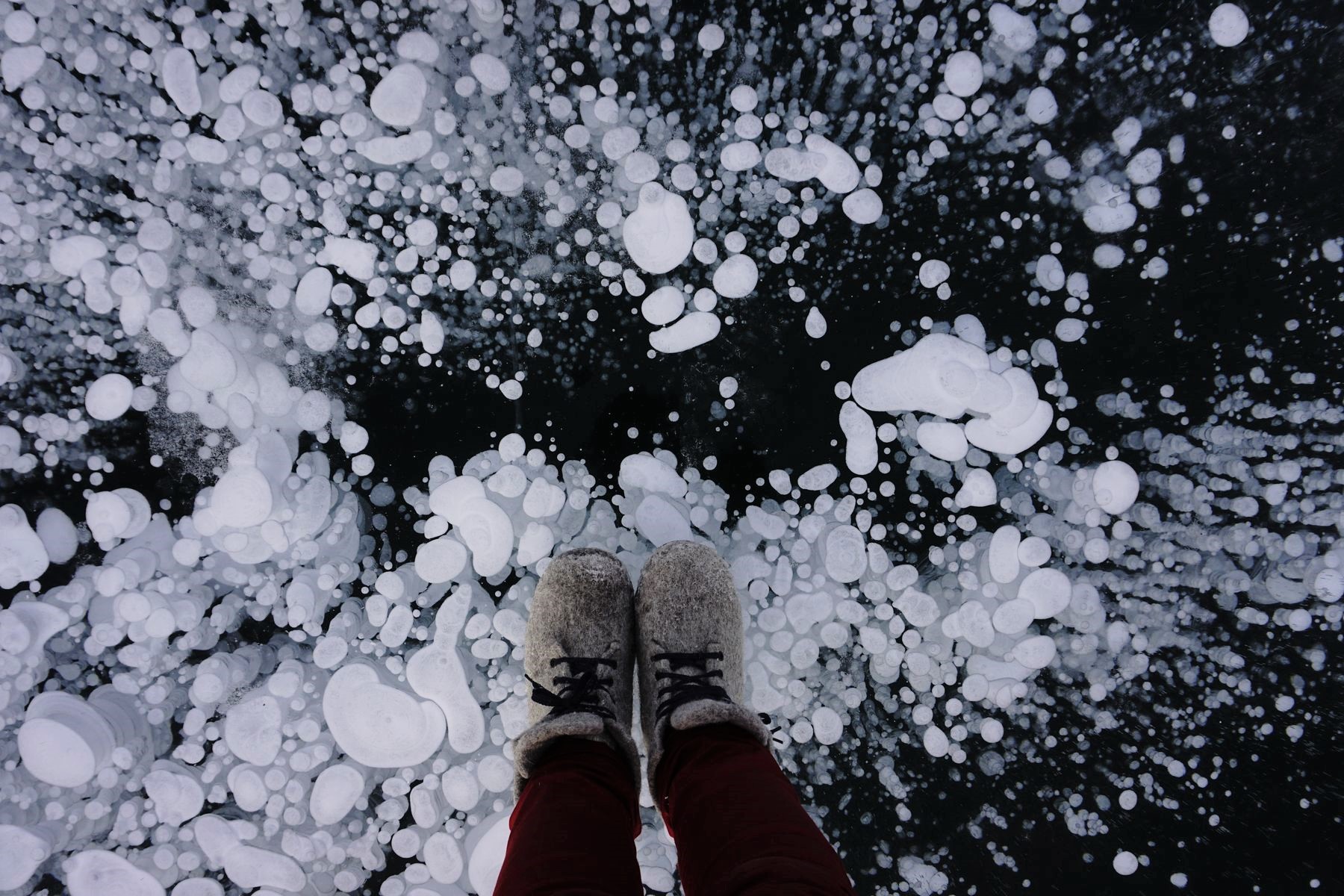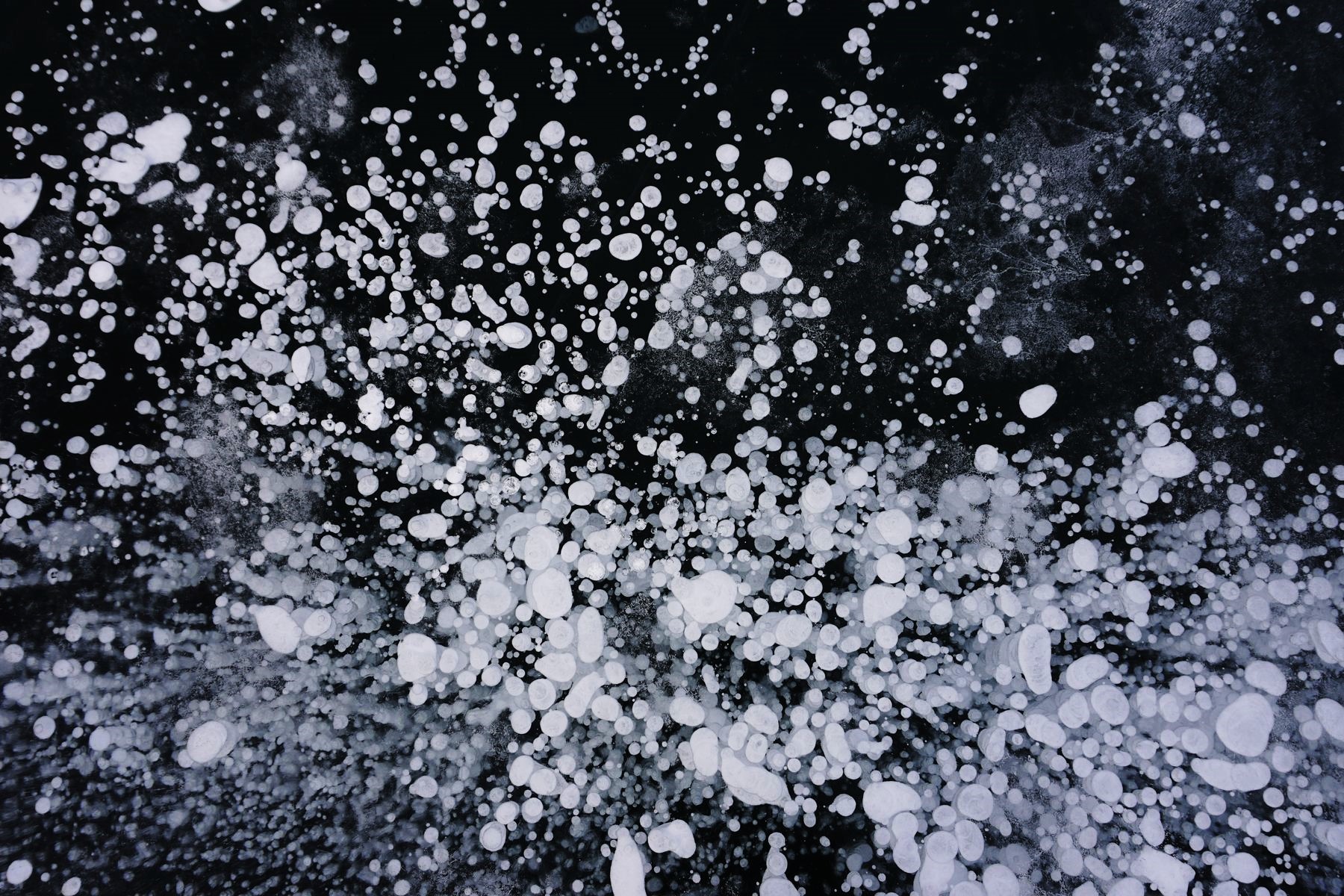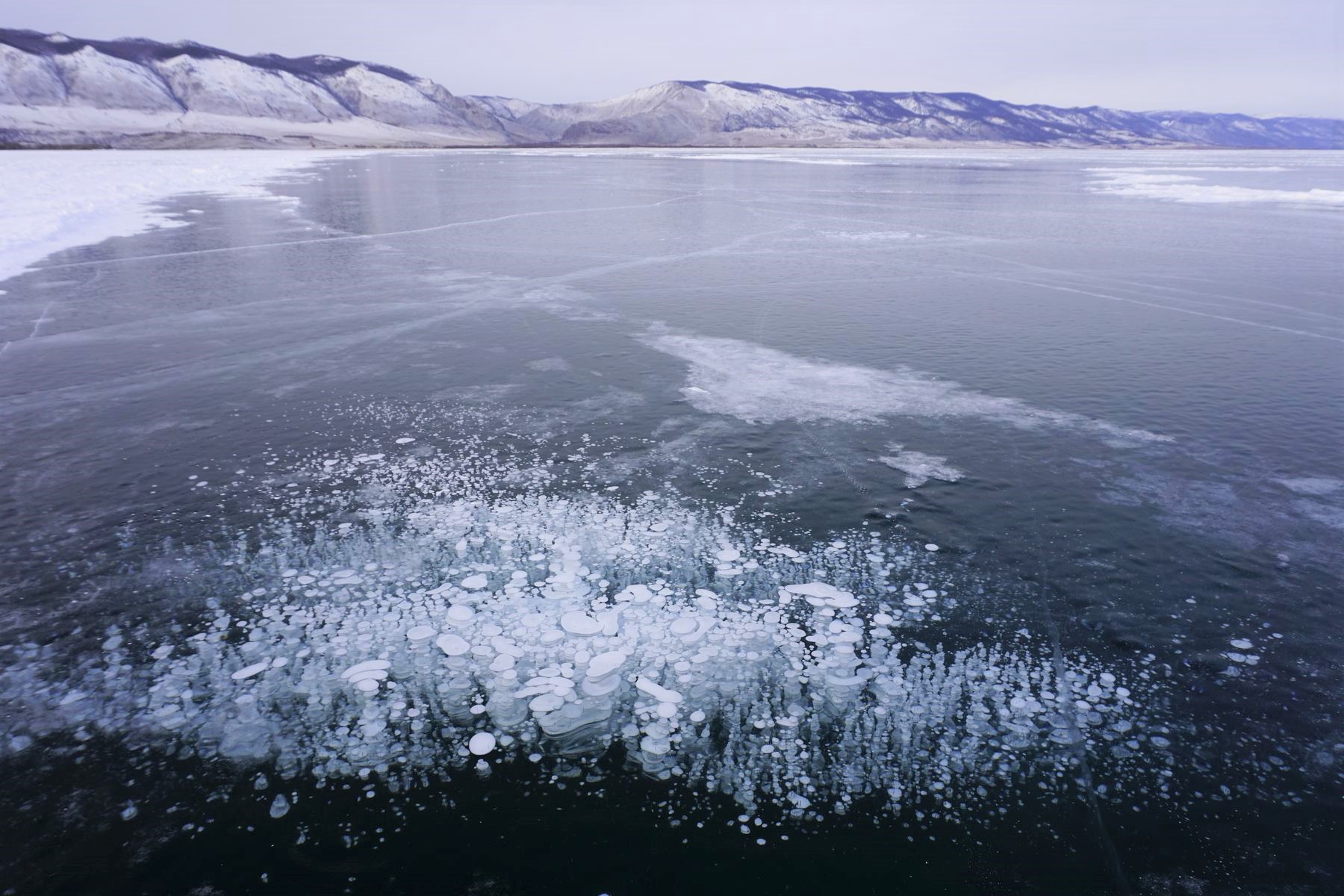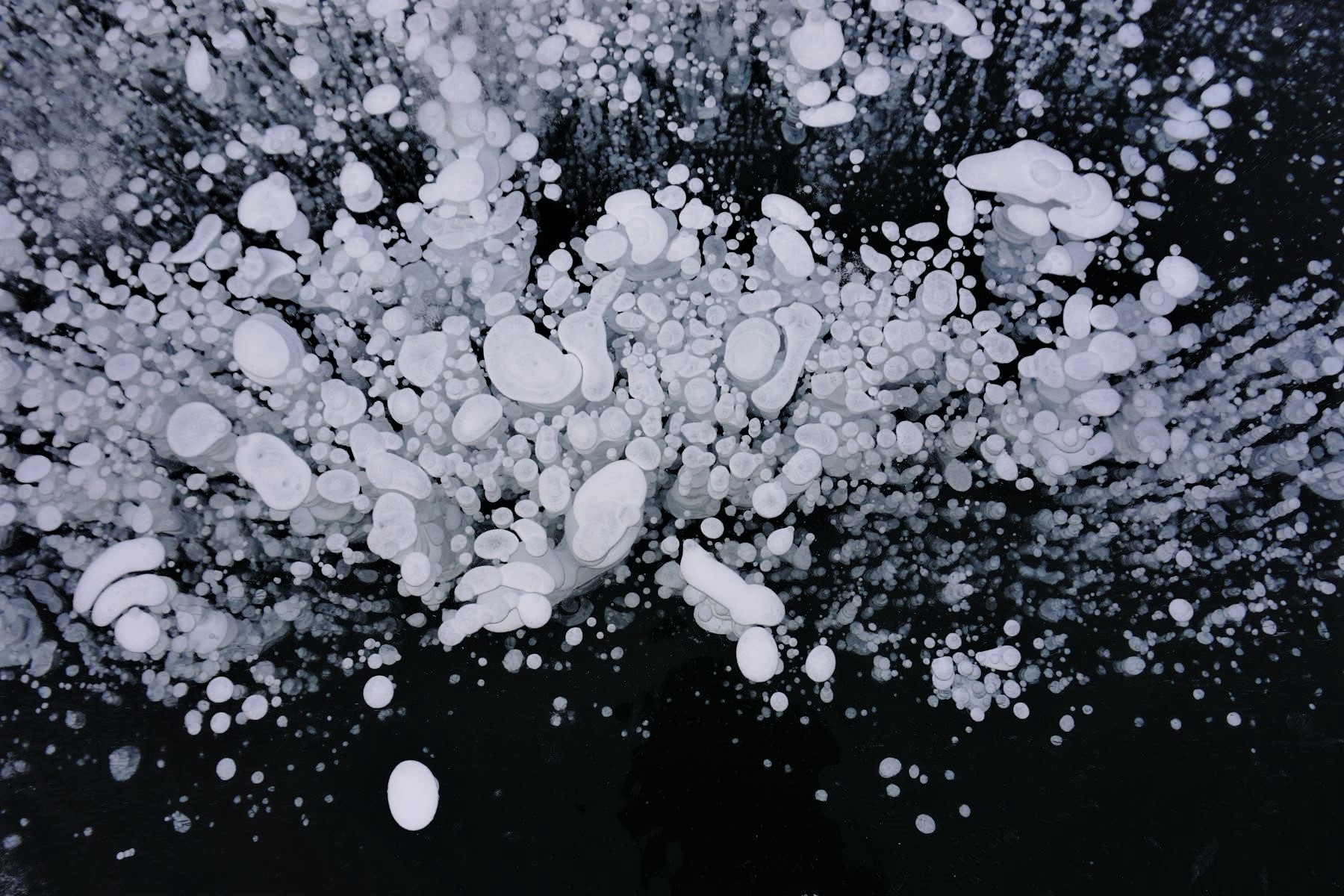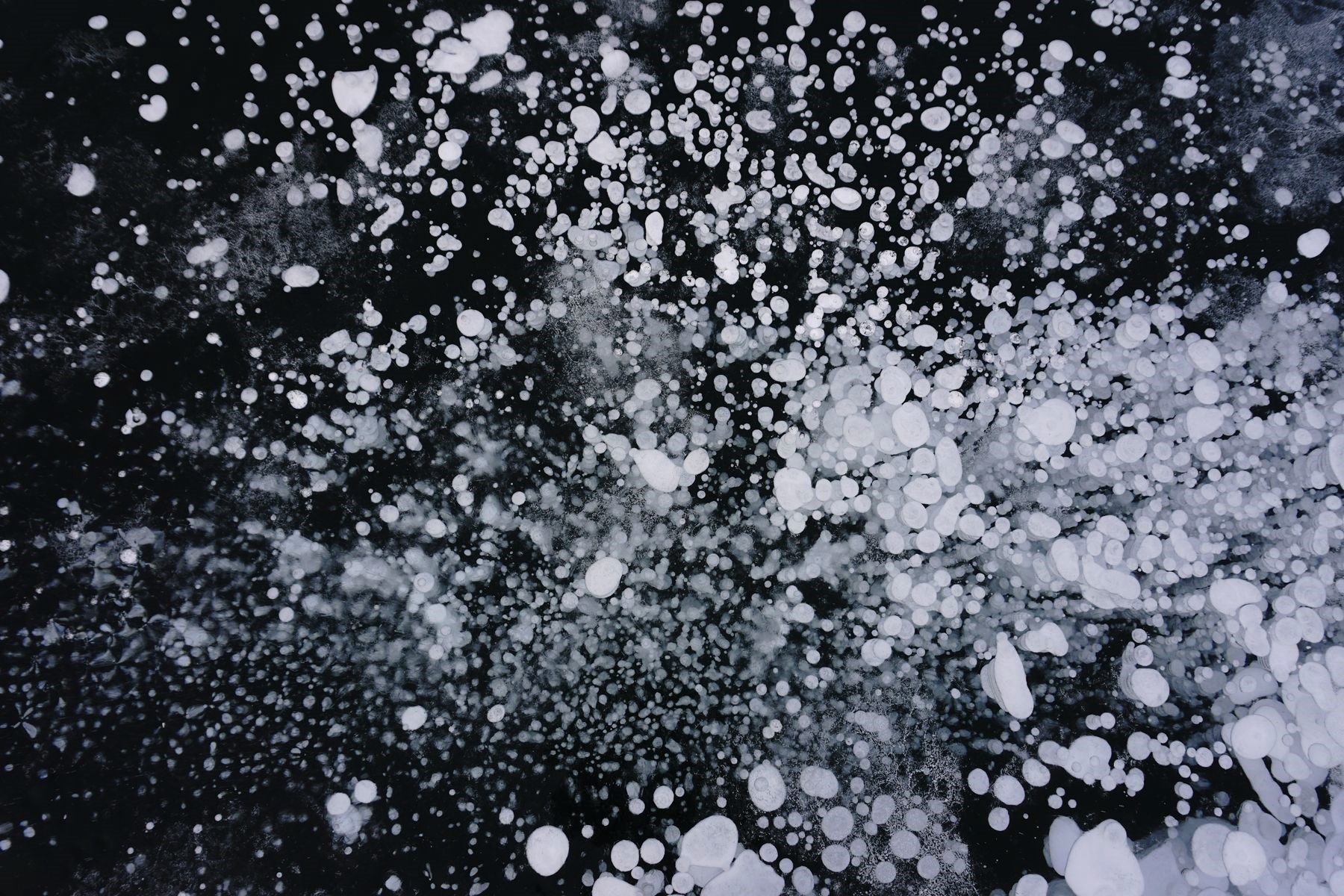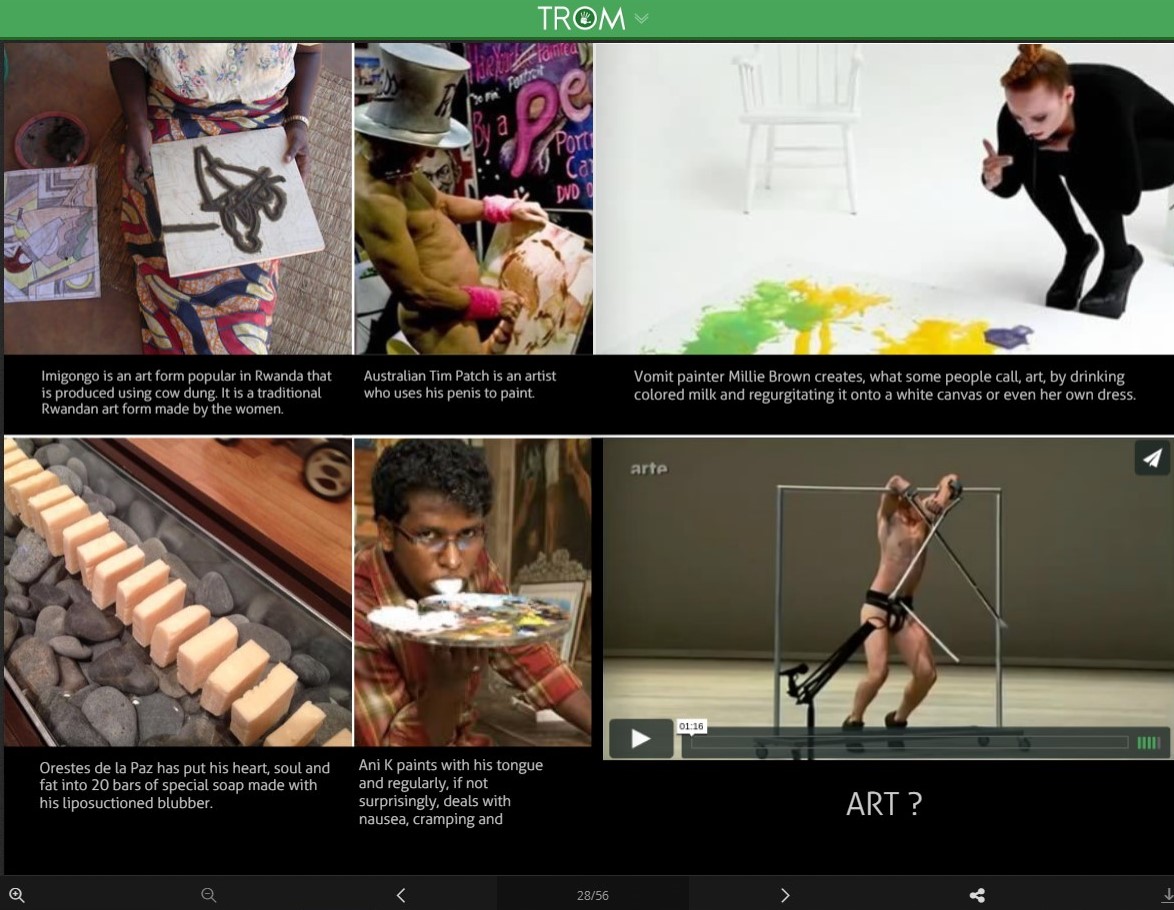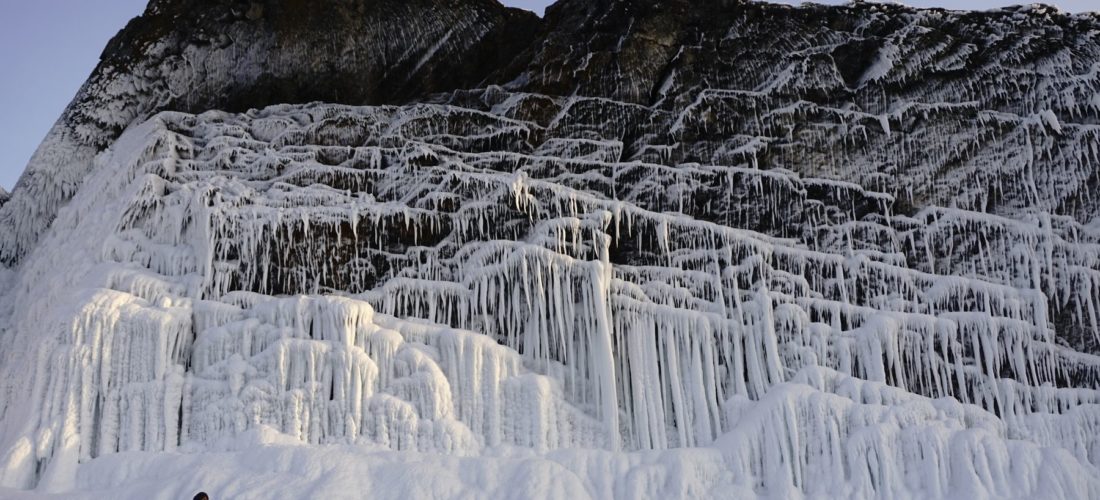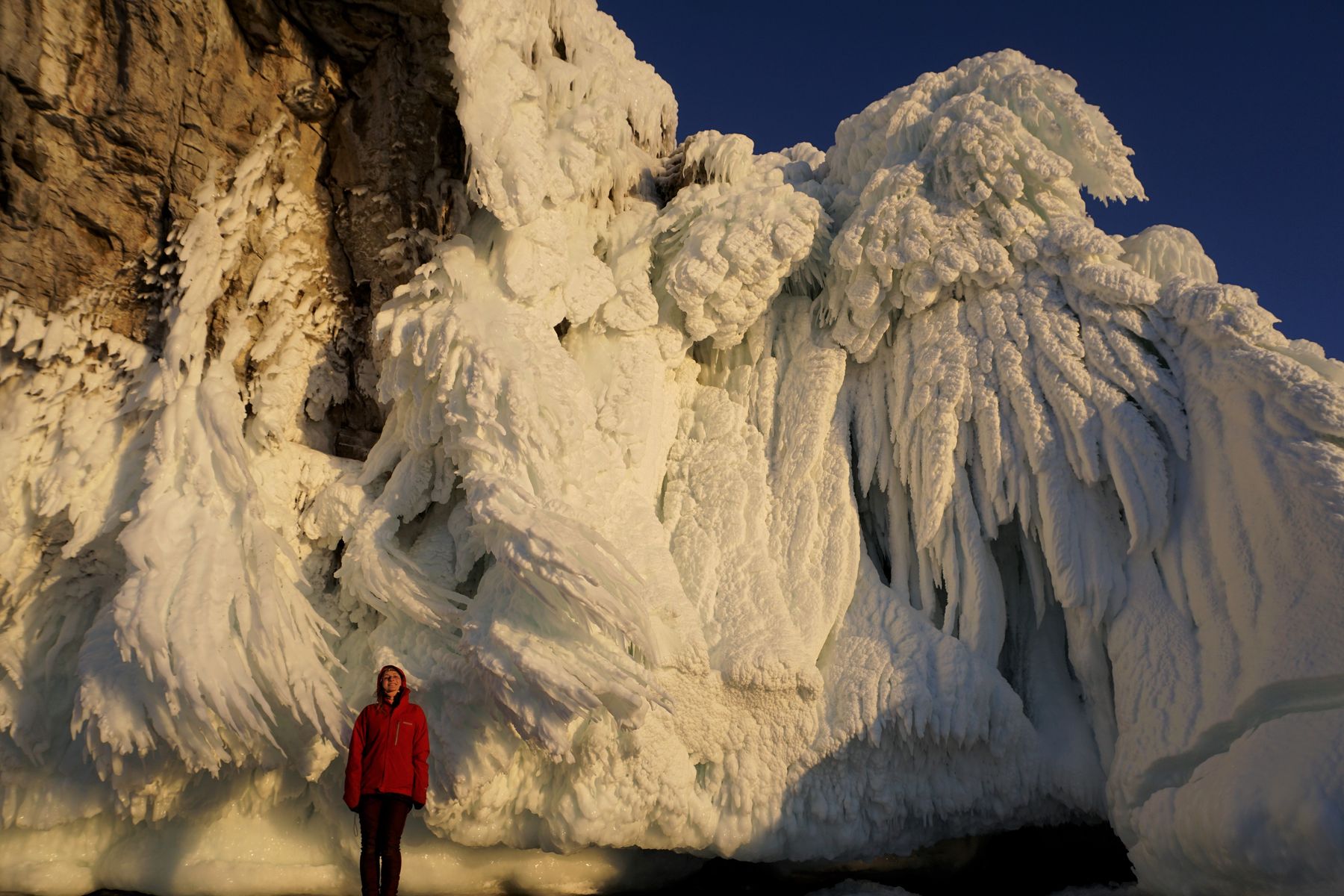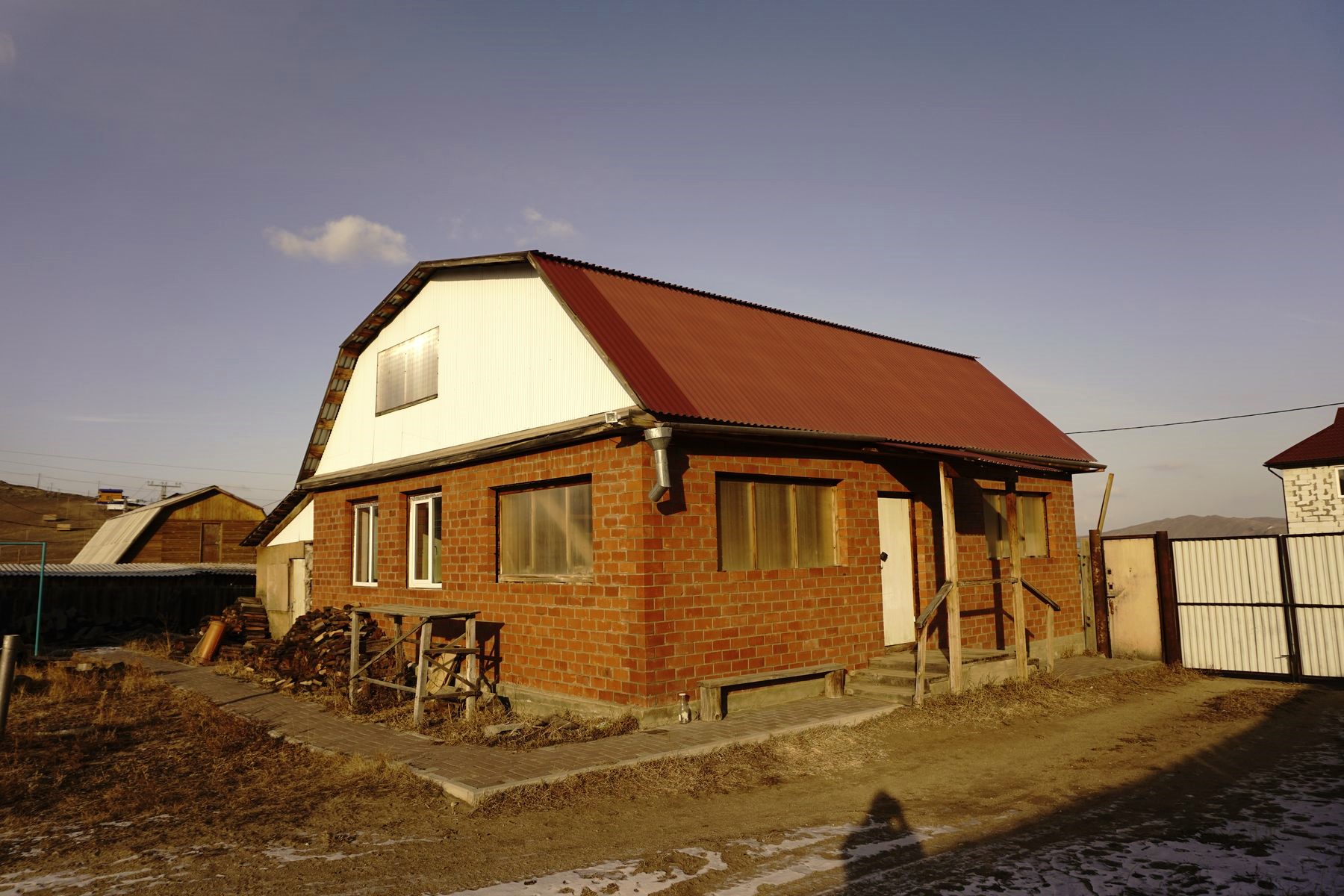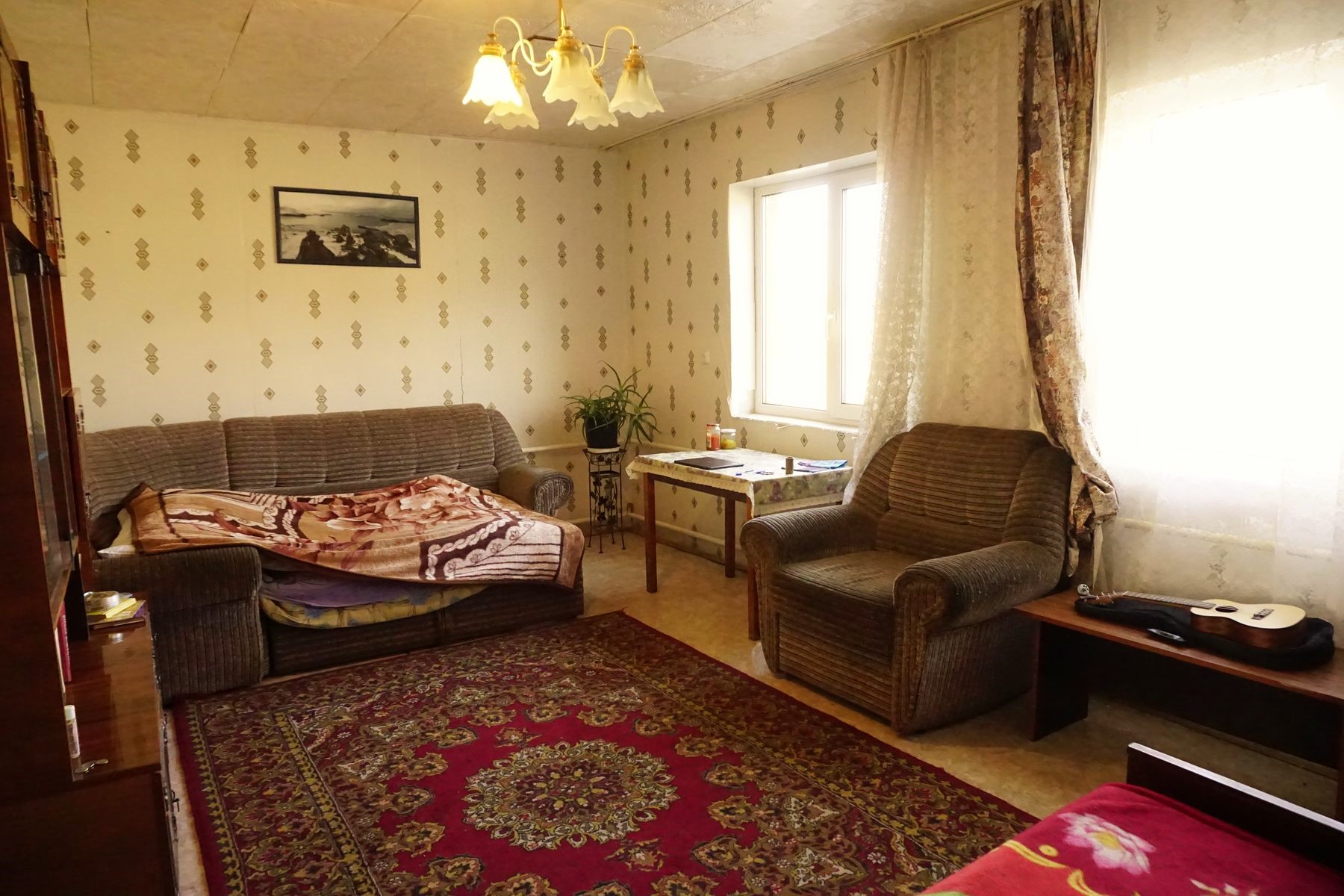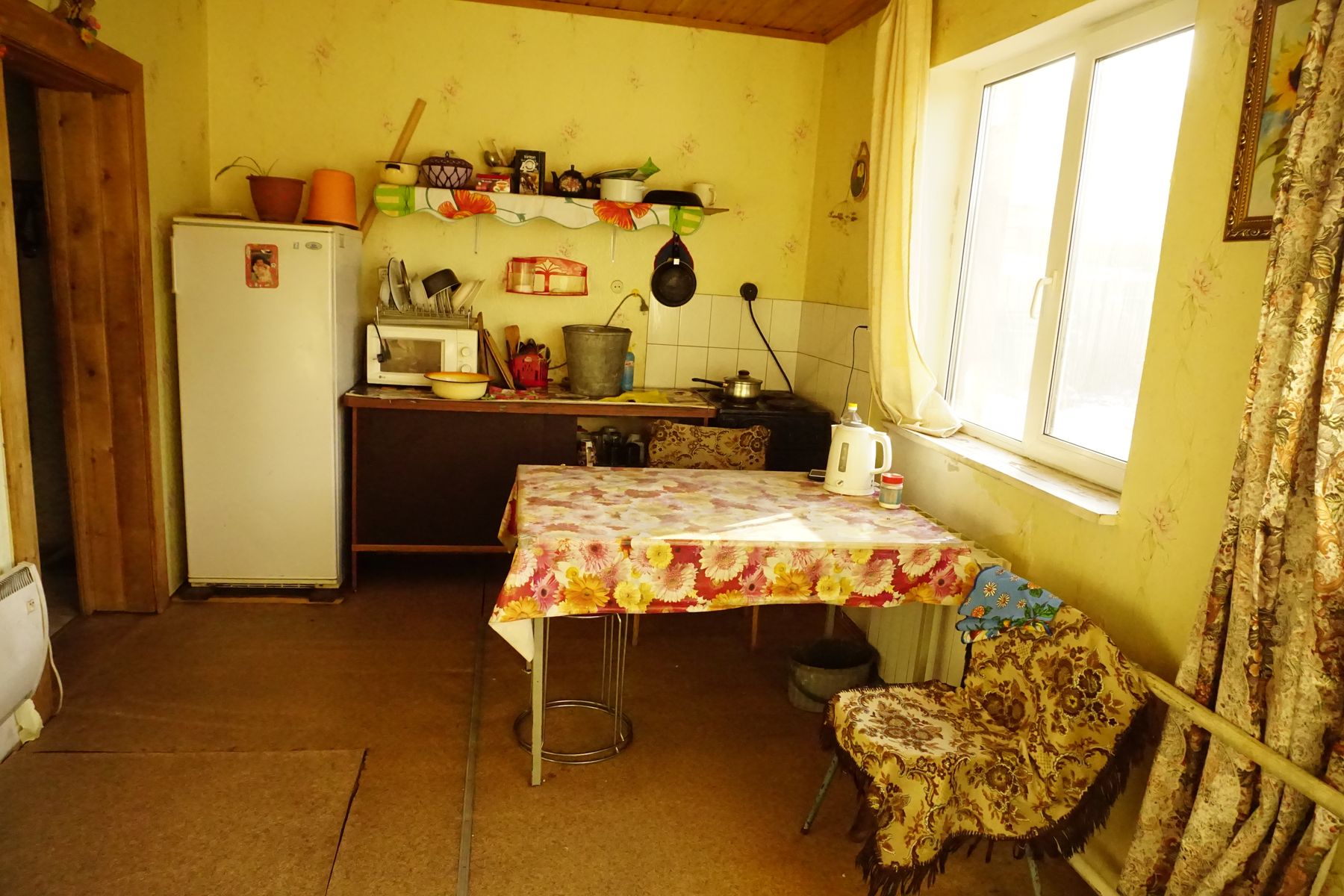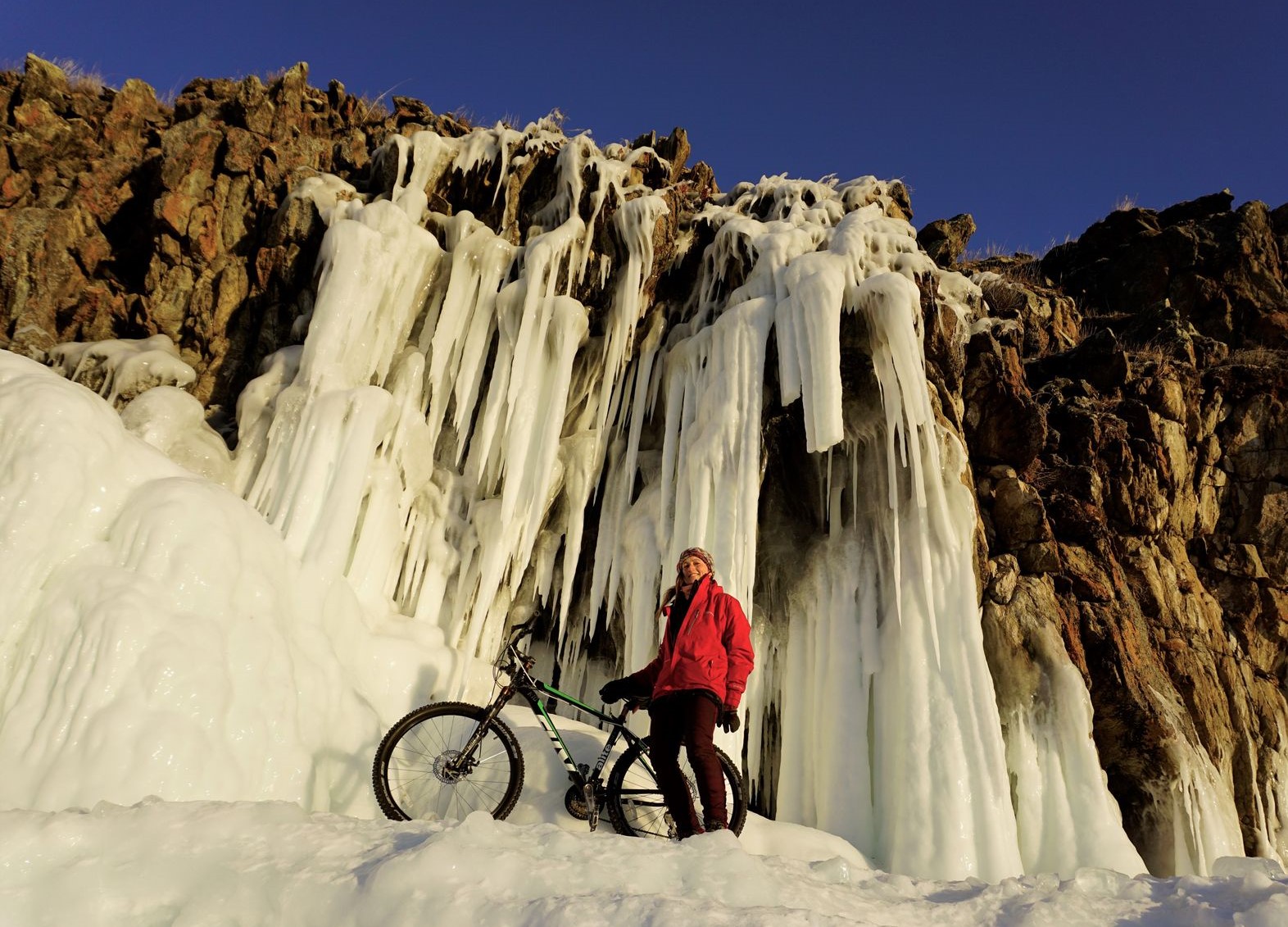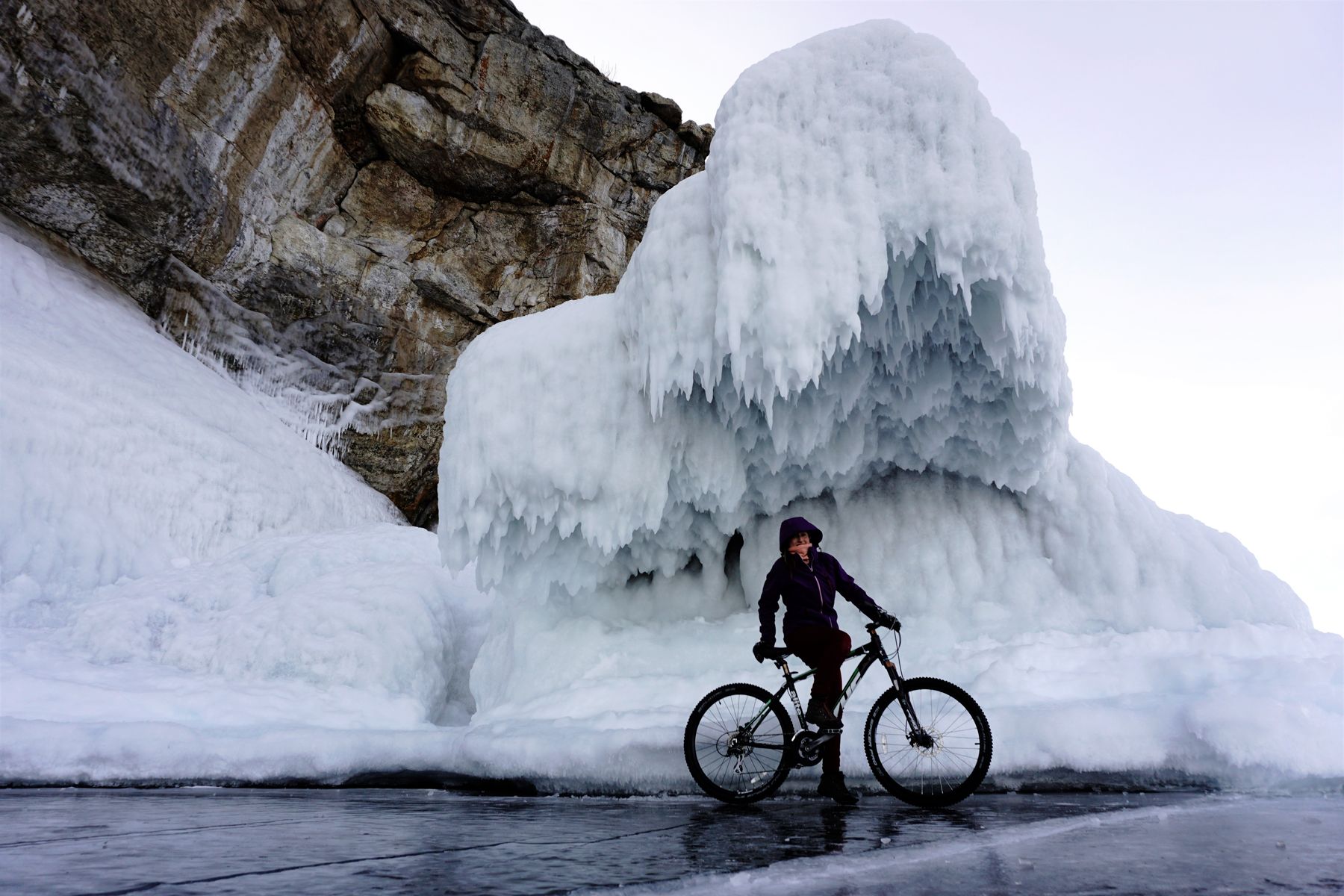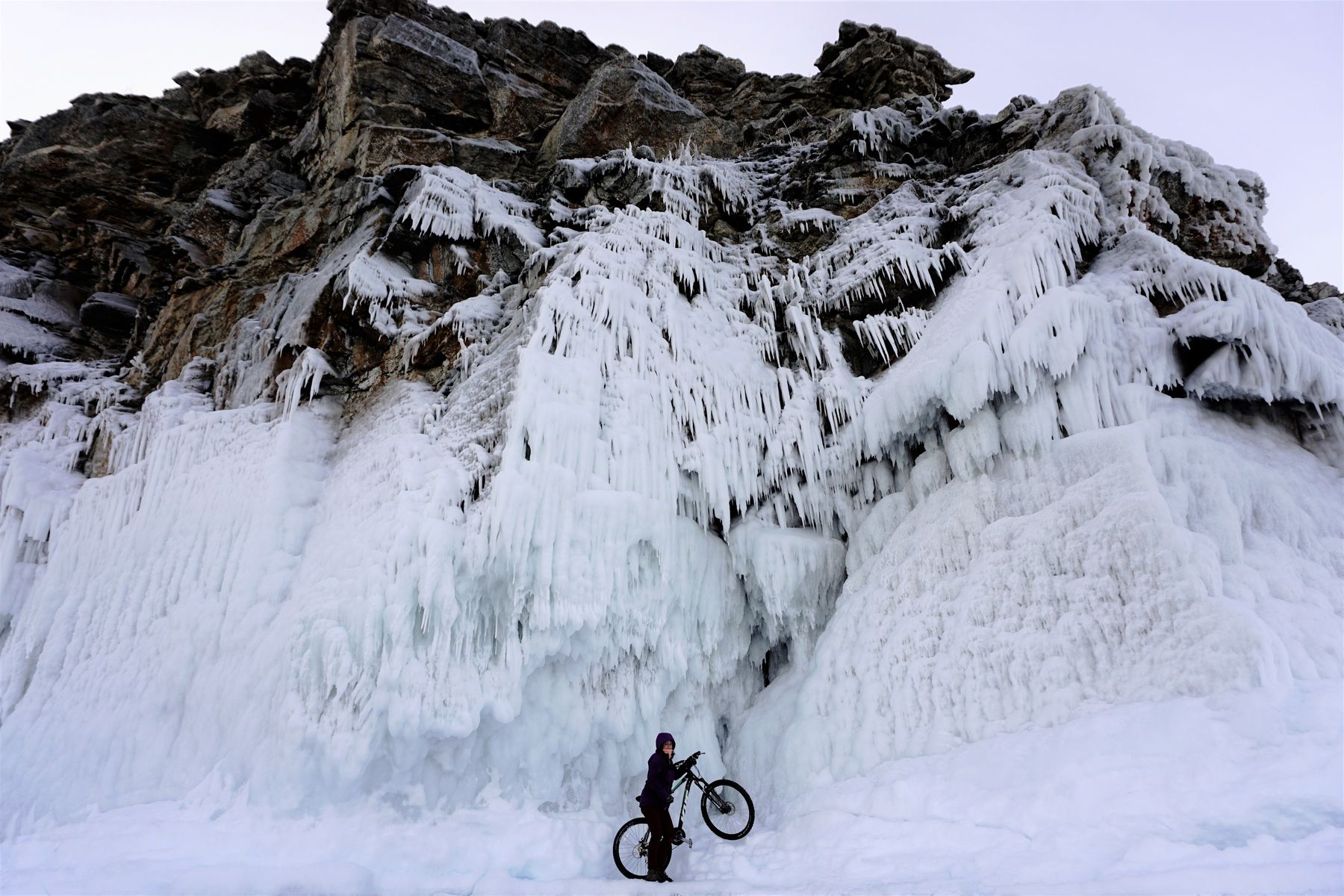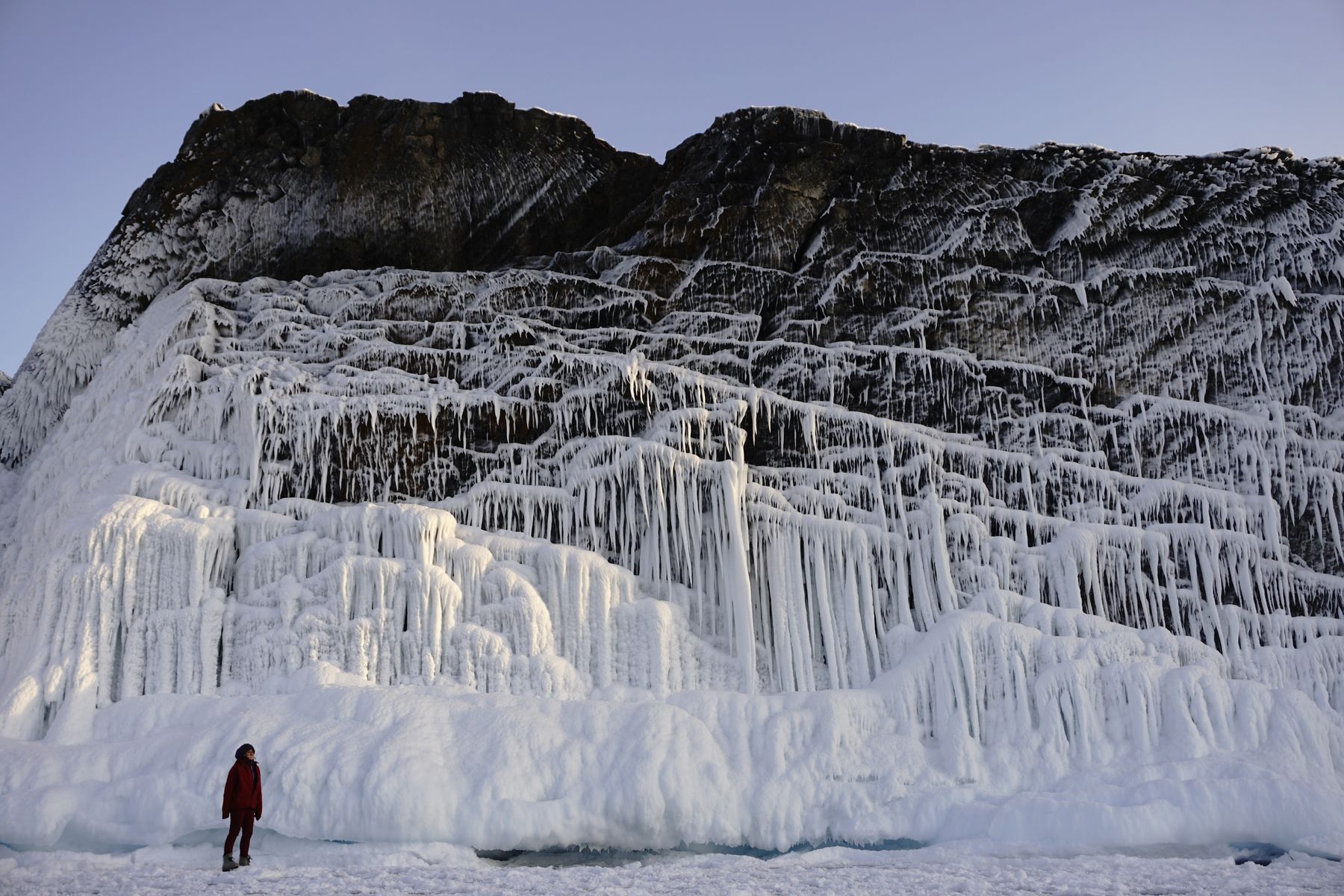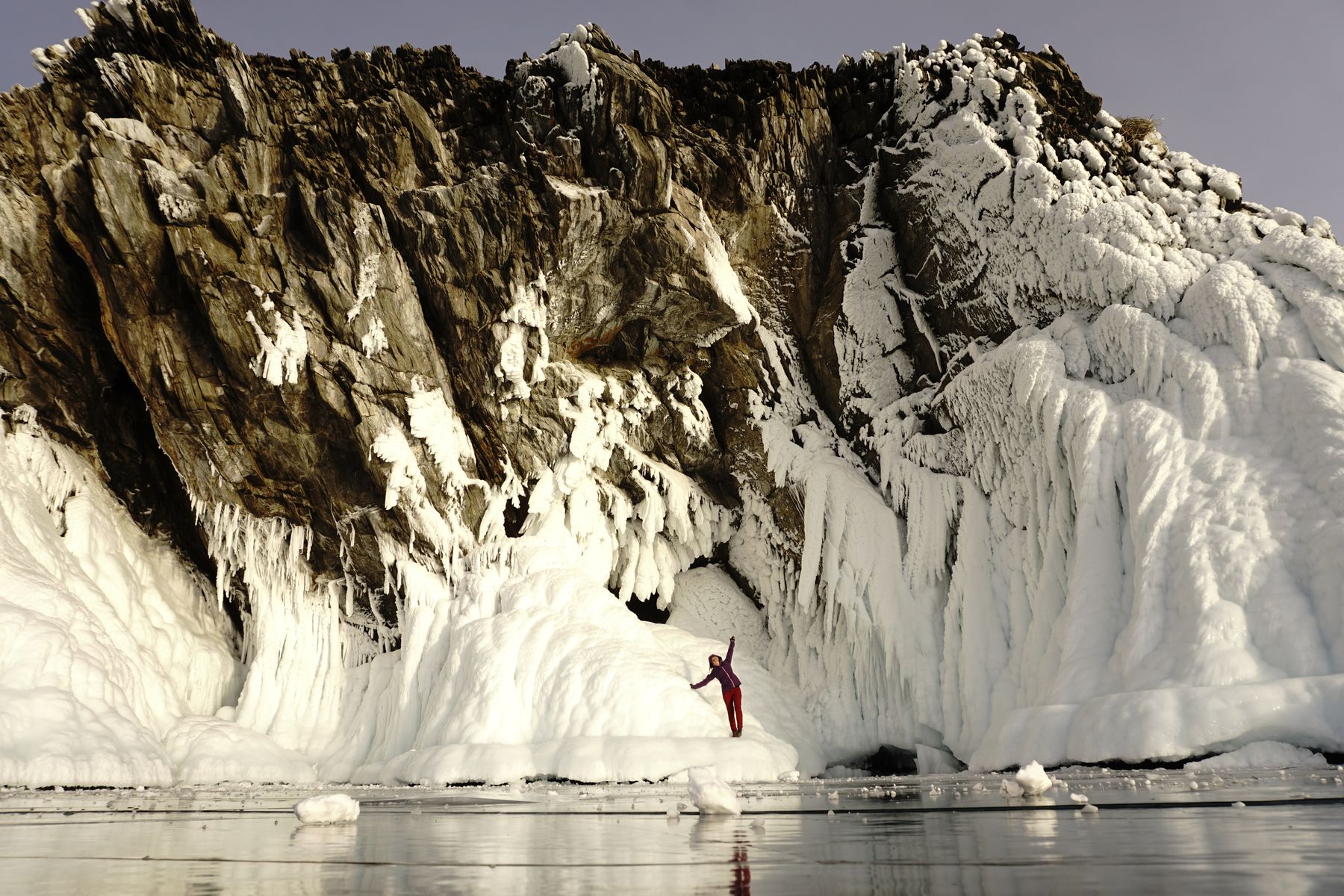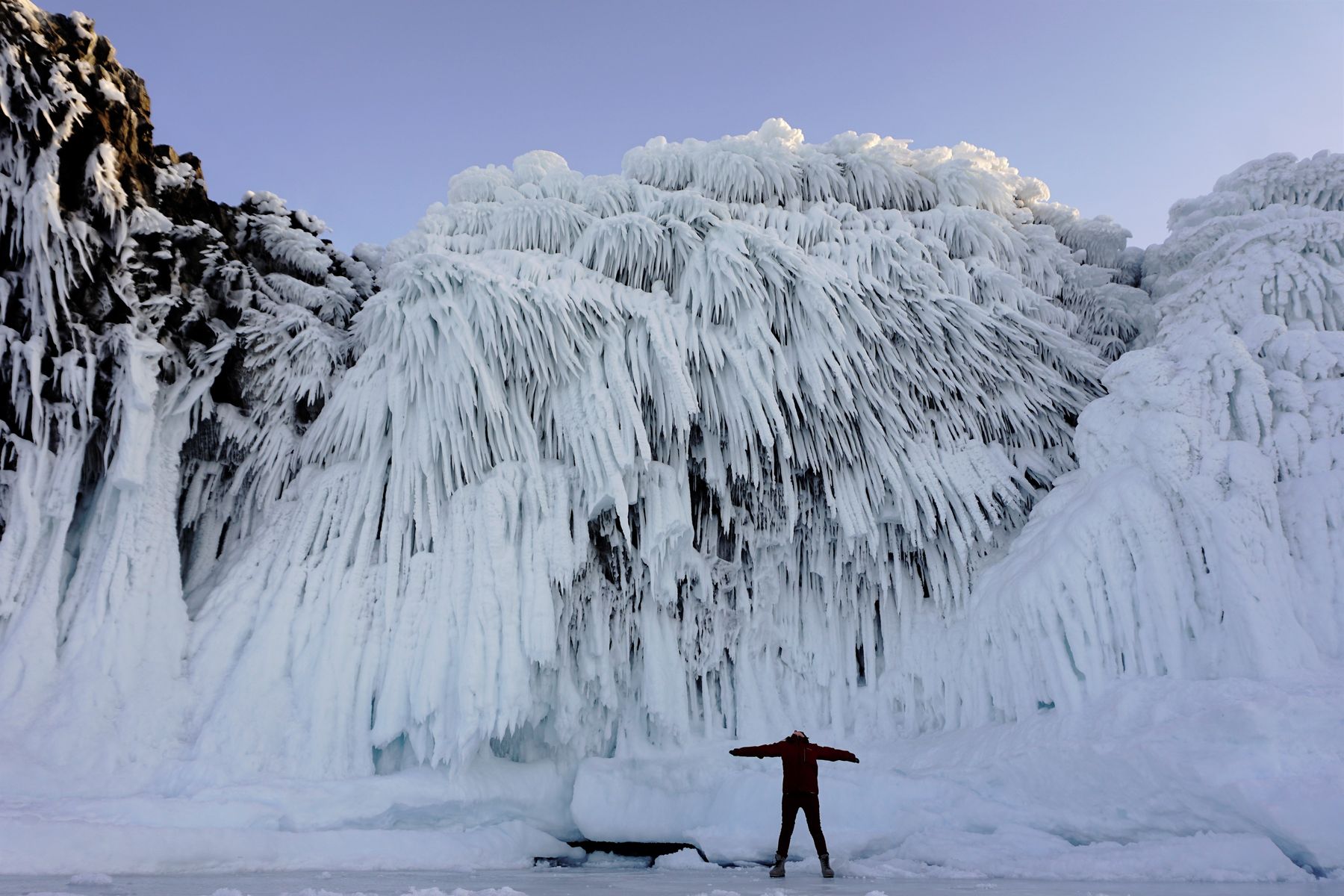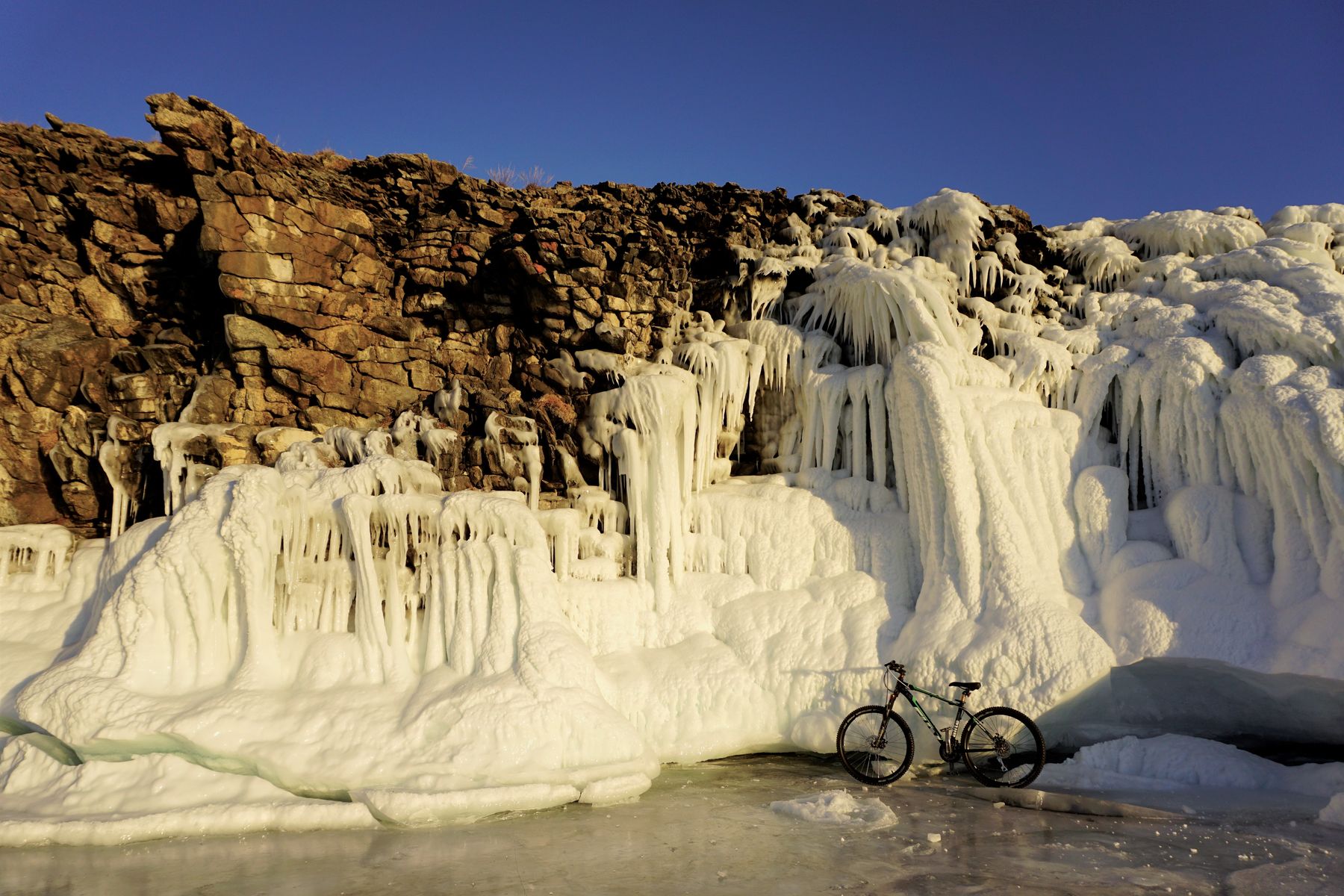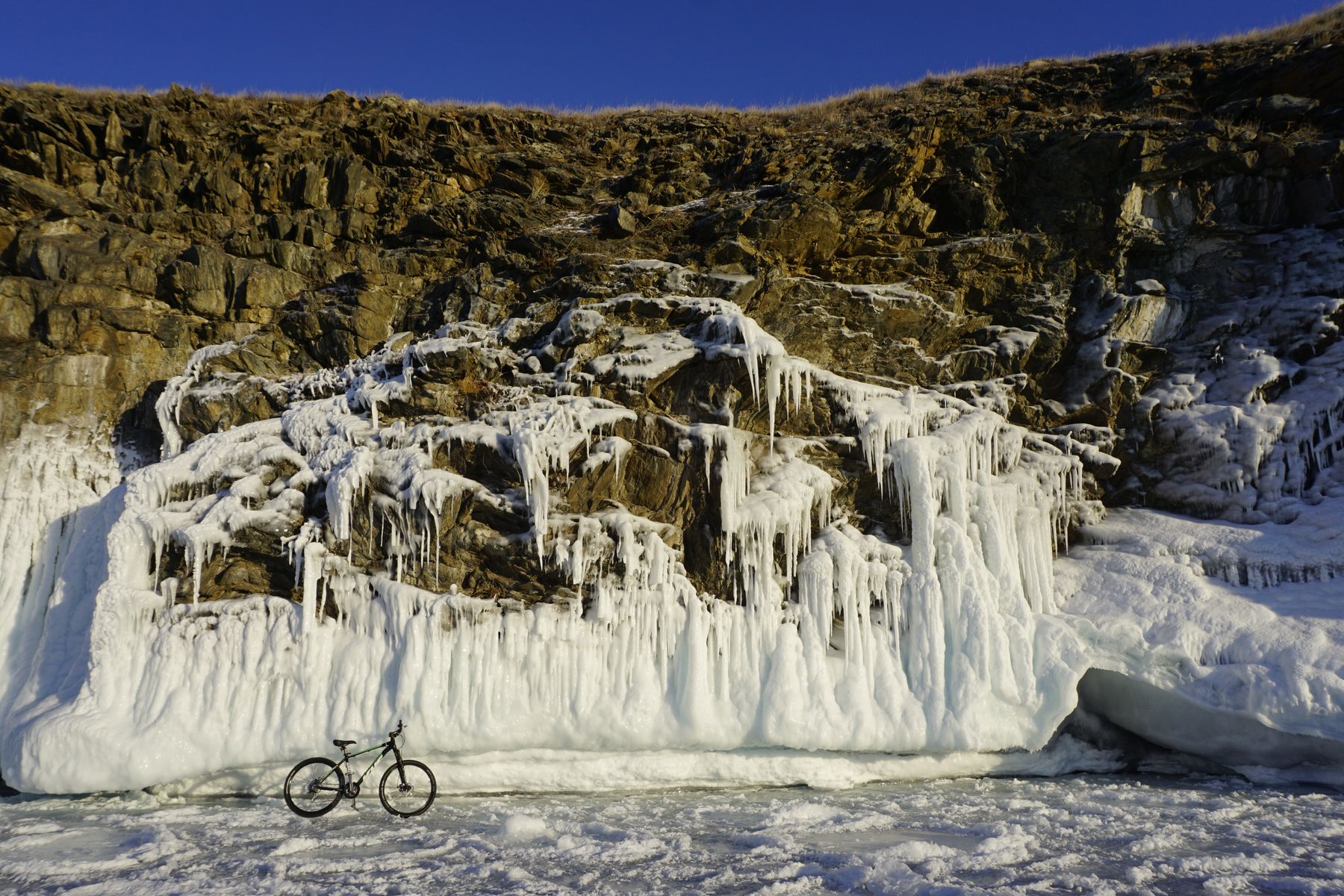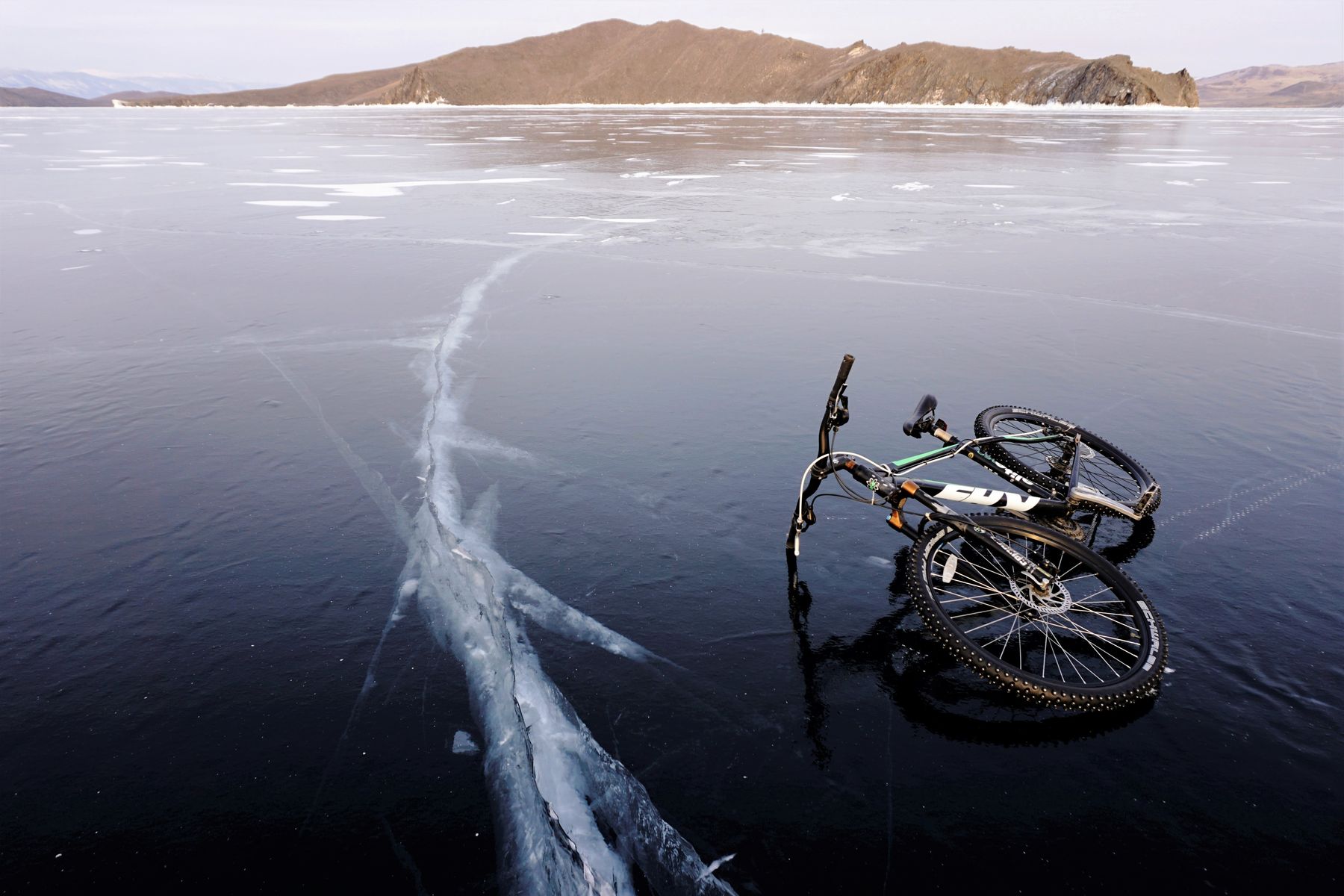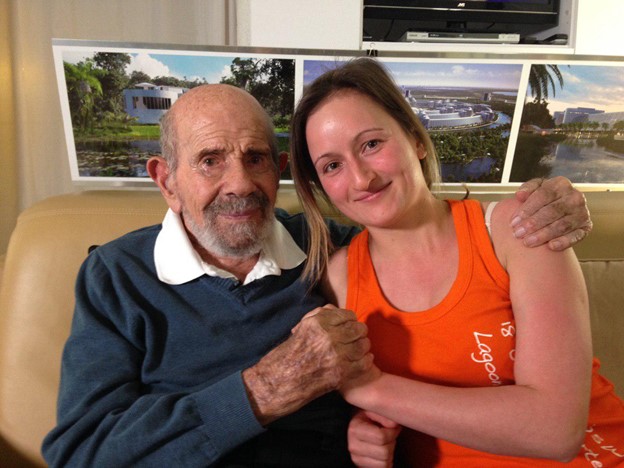
Personal Story
When I was a kid, my father took my brother and me to places like Tunisia, Morocco and Mexico, where we saw other kids living on the streets and begging for money, or begging us tourists to buy bananas or souvenirs. I noticed homeless people everywhere, from Moscow to New York, to almost any place we visited and I couldn’t help but wonder, how can people just be ok with other people living on the streets like this? How can our society be so careless? Does it really have to be like this?
As I got older and traveled more, I saw more waste, more destruction, more people living in worse conditions, and I never wanted to just accept or ignore this, but I had no idea what I could do about it.
In 2010, I (accidentally) got into a course called “International and Global Studies” at the University of Sydney in Australia. This degree spanned across many different faculties in order to give us an understanding of the global and international world that we live in. I studied everything from the global economy, to global environmental issues, global politics, international conflicts, international business, laws and agreements, international cultural dilemmas, indigenous land rights, environmental disasters, deforestation, climate change, sustainability, sustainable development and more.
Basically, I learned more about how fucked up the world was, but this time from an institutional point of view. I learned a lot about how different people and organizations were trying to solve big global problems today, and how none of it was working.
I learned that more than half of the population is being exploited; enslaved, basically, to work in horrible conditions in clothing factories, mines and wherever else. I learned that our planet is being exploited. I learned that we have no global control over anything, no global limits to deforestation, no global limits to fishing the oceans, we have all the technology we need to solve climate change, but not the international or global cooperation that’s needed to put this technology in place. The best we have today are some international agreements, which are almost completely useless.
Some of my courses promoted the need to develop third world countries. I never quite understood this. I mean, I don’t want people to suffer, I don’t want human beings or anything on our planet to be exploited. But how is developing these areas through capitalism going to help? Ok you give these people some business opportunities and perhaps their business will thrive and they will do better, but businesses require resources, so the more successful businesses there are, the more resources we will need. There’s no global control over the resources we use, so this will inevitably lead to more and more exploitation of the land and therefore, more problems. That means no sustainability. Real sustainability has to be global.
I quit university several times to travel around the world and try to make sense of what I had learned. One day, I flew to Morocco and reconnected with an old friend who introduced me to the Venus Project (TVP). He showed me the documentary, “Paradise or Oblivion.”
The first part of the documentary was like a trailer to what I learned in the degree I was studying- it outlined some of today’s global problems and showed that our current methods of solving these problems weren’t working. It also made it clear that the entire structure of our global society was not sustainable and it needed to change, which I completely agreed with. The second part of the documentary showcased an alternative holistic solution for these problems: a global resource-based economy (RBE). That is an economy that’s not based on money or trade, but on the carrying capacity of the Earth’s resources.
After we finished watching the documentary, I turned to my friend and said, “that is really nice :), but you know this will never happen.”
He replied with something like, “but Sasha, if someone like you says that it will never happen, then it definitely won’t.”
I grinned. I continued to be skeptical but decided to keep an open mind and look further into Jacque Fresco’s work and ideas. I spent the next few months watching every Fresco lecture I could find. I was intrigued by this little old man, he was so funny and charismatic, I loved his criticism of our culture and society, I loved his ideas and I agreed with almost everything he said.
I still didn’t necessarily believe that a resource-based economy was achievable, but after I read Fresco’s book, “The Best that Money Can’t Buy,” I decided that it was necessary.
So basically, it went something like this (except in a longer time frame :)):
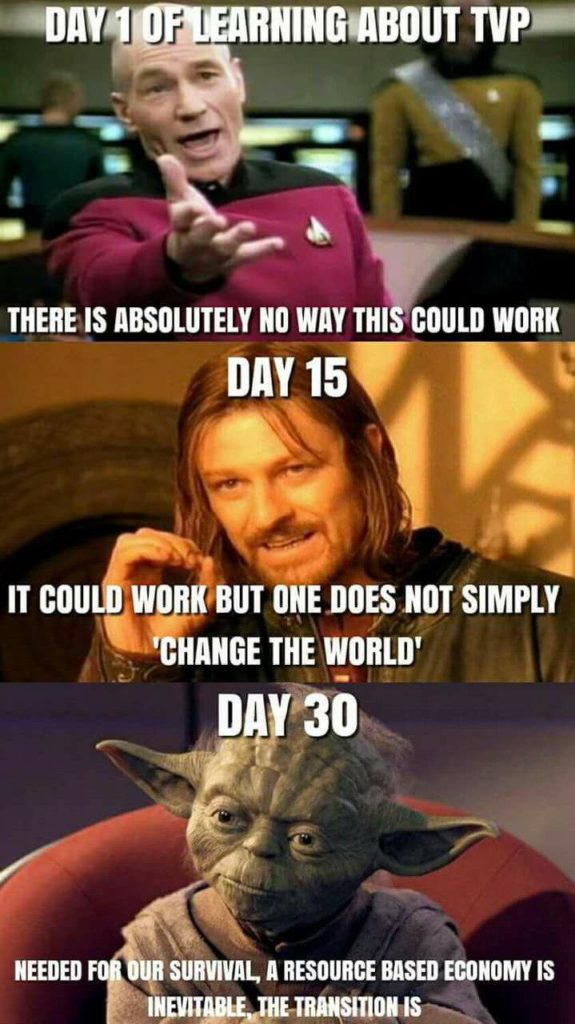
I decided that whether an RBE is achievable or not, we need to do something -anything- to at least try to make it happen. If we don’t, we’ll very likely bring ourselves and most other living creatures to extinction in the not-so-far-away future.
I decided to go back to Sydney University and finish that damn International and Global Studies degree. I graduated in 2014 with even more confidence that we really do need a global resource-based economy. I also had more confidence that there was absolutely no point of “joining the system” and wasting my precious time on Earth trying to create some kind of career for money, or trying to fix these big problems from within the system (like through business or politics).
I was exhausted from this degree and I didn’t really know what to do or where to go so I ended up traveling for the next couple of years and just having fun. I spent time in Indonesia, Australia, Sri Lanka, Hawaii, California, the Caribbean, Russia and Europe (mostly just being a dirtbag, living on $10-15/day and doing extreme sports). After those two years of just having fun, I started to feel a little guilty :). I couldn’t forget about those kids begging on the streets, the entire disaster I learned about in university and all the problems that I saw around the world. I also couldn’t forget about Jacque and his ideas.
He put so much effort into designing a better future for us, and here I was, doing absolutely nothing useful…
I felt like I needed to make a change in my life and do something more important than just traveling around the world for fun. I couldn’t think of anything more important than the Venus Project, so I bought a flight to Florida to visit the TVP research center and meet Jacque Fresco in person.
Meeting Fresco
It was 2016 when I met Jacque, so he was already 100-years-old. He was frail, skinny, and even smaller than me. He couldn’t walk on his own, his hearing and vision were very poor, and he could barely hold a stable conversation, yet he was still participating in these weekly seminars and still talking shit about humanity :).
It was sad to see him in this condition. It was also sad to see that only two other people came to this tour. Jacque had such great, big ideas… but nobody seems to care, I guess.
The research center seemed kind of old. The building designs were dome-shaped and looked interesting, but nothing else about the place seemed unique or modern. The buildings were cooled by these big old loud window air conditioners, it didn’t look like anything was automated and it just didn’t feel like all that much was going on there.
That made me a little sad, but not hopeless- that just means that we have A LOT of work to do! I’m ready! :D
I figured it was hard for Roxanne and everybody else to take care of Jacque at that age, and that was their priority, which makes sense.
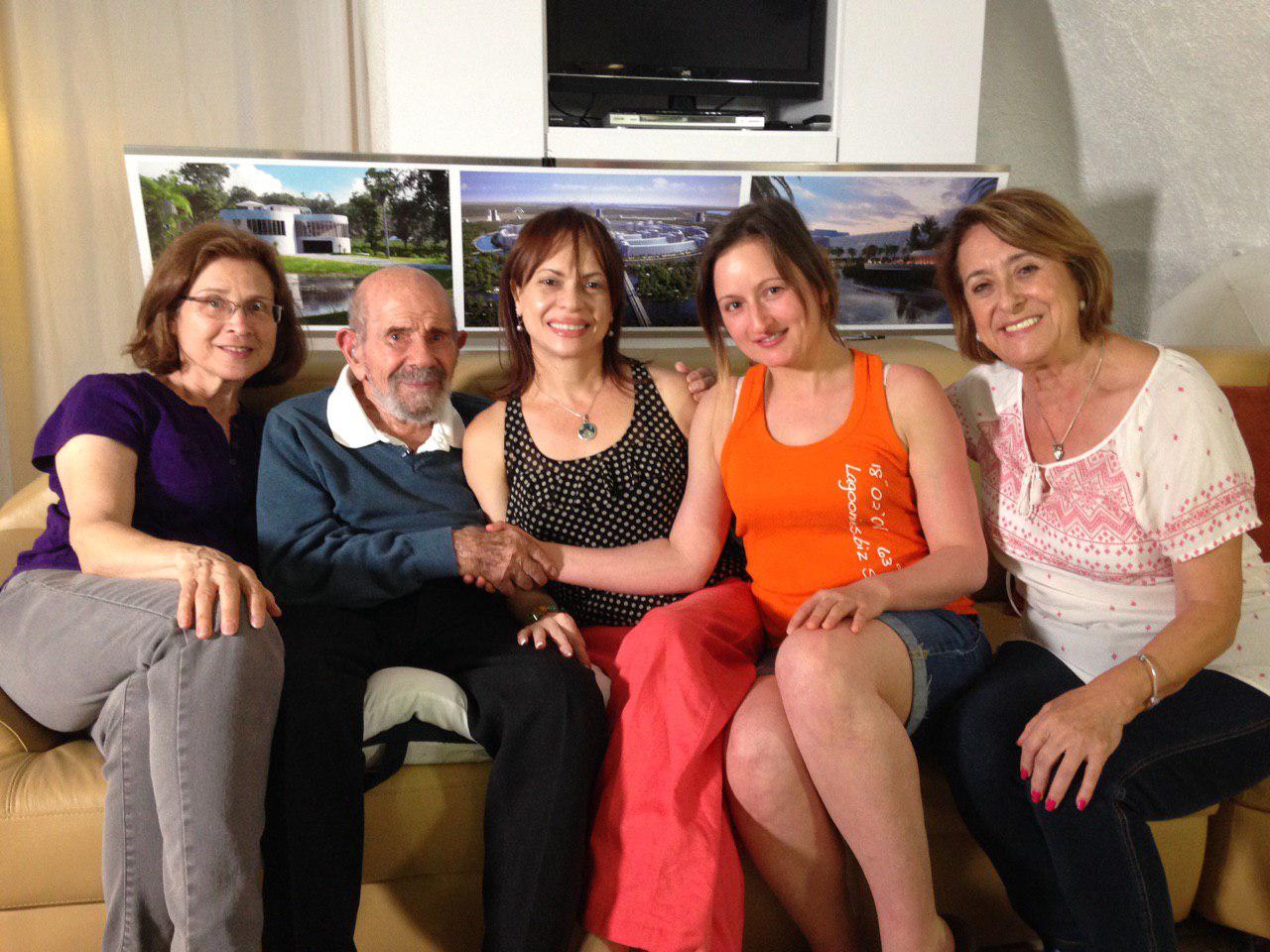
I couldn’t have much of a conversation with Jacque, but I did get to speak to Roxanne and a guy named Saso about volunteering. I told them a little bit about my background and they said that they were actually looking for a bilingual Russian-English volunteer. They told me that the Russian-speaking team was the biggest TVP team in the world (20-30 active volunteers and over 200,000 supporters), but they had some communication issues with the rest of the teams and needed a good “link.”
That got me excited! I could be the missing link! :D I immediately volunteered to help and gave them my contact information. Saso said that they would get me into the next “orientation process” (OP) to become a Point of Contact (PoC) for TVP, but that this would take a few months.
Volunteering for TVP
Nine months later I got an email from Saso, saying that they were ready to start the next OP and that if I wanted to be a volunteer Point of Contact, I had to take this quiz, have an interview (or “video chat”) with a ‘TVP Support’ admin and then I’d be able to start this 5-month long “OP,” which meant watching some TVP material, taking notes and then discussing this once a week with an admin and other potential volunteers. After I finished all of that (and signed a document with a bunch of rules), I would be an official “PoC” for the Venus Project.
I was a bit surprised to find out that there was such a long process just to volunteer, but I was very excited to get involved so it didn’t bother me.
The quiz was extremely easy, sometimes in a comical way, and the video chat went well. Then as soon as I started this “OP,” I was also added to the main admin chat of the Russian-speaking team. And what happened next, I did not expect at all.
It turned out that there were big BIG problems (not just communication problems) between the teams, and I was thrown right into the middle of a huge mess. I was introduced to problems upon problems upon problems. All internal issues, having to do with bureaucracy, laws, rules, trust and so on. The issues were so problematic that I actually flew to Florida a second time to meet Roxanne and talk about these problems with her in person. That didn’t end up solving anything, so then I wrote and translated a 22-page document to better explain what the Russian-speaking team wanted to communicate. But that still didn’t do much. Then I got into a series of long conversations with Roxanne and other TVP admins about all kinds of problems.
This is one example of one of the problems I tried to deal with:
As a result of a legal issue, Roxanne asked for all of the teams to change the name of their social media pages from “The Venus Project” to “TVP Support.” This might not seem like a big deal to an English speaker who knows that “TVP” stands for “The Venus Project,” but this is extremely confusing to a non-English speaker or anyone that has no idea what “TVP Support” means.
Just imagine this: a Russian speaker hears her friend talk about the Venus Project and wants to learn more about it, so she searches for “The Venus Project” in social media. If our team is not called “The Venus Project,” she will not be able to find the team’s social media page. If she sees a page called “TVP Support” she will probably ignore it because those letters mean nothing to her.
Just imagine if the English-speaking Venus Project page was called “Поддержка ПВ” -would you click on it if you were looking for information about the Venus Project? ..Probably not.
Even worse, there are “fake” groups in Russia who are working under the Venus Project’s name to make money or get attention. They say that they are the Venus Project (but don’t know anything about Jacque Fresco or TVP), they collect donations from people, and are even building “eco-villages” on the outskirts of Moscow, getting people to work for them for free- claiming that they are the Venus Project, and confusing the general public. The Russian-speaking team used to be able to block these scammers, and blocked 357 scammer groups back when they had “official status” but, about 3 years ago, one of Roxanne’s “close people” took away the team’s “officiality.” This apparently happened because of some rule violation, but as far as I could tell, it was because of a personal conflict, and as a result, the team is unable to block scammers. So now these scammer groups are on the rise, getting bigger and stronger. This is one of them, for example -this video has over 50,000 views. So, if the group changed their name from “The Venus Project” to “TVP-Support,” people would search for “The Venus Project” and instead of finding our “official” team, they would only find these scammer groups. Imagine how that would ruin the reputation of TVP.
That’s just the tip of the iceberg, if you’re really interested in reading about these problems, you can read more here.
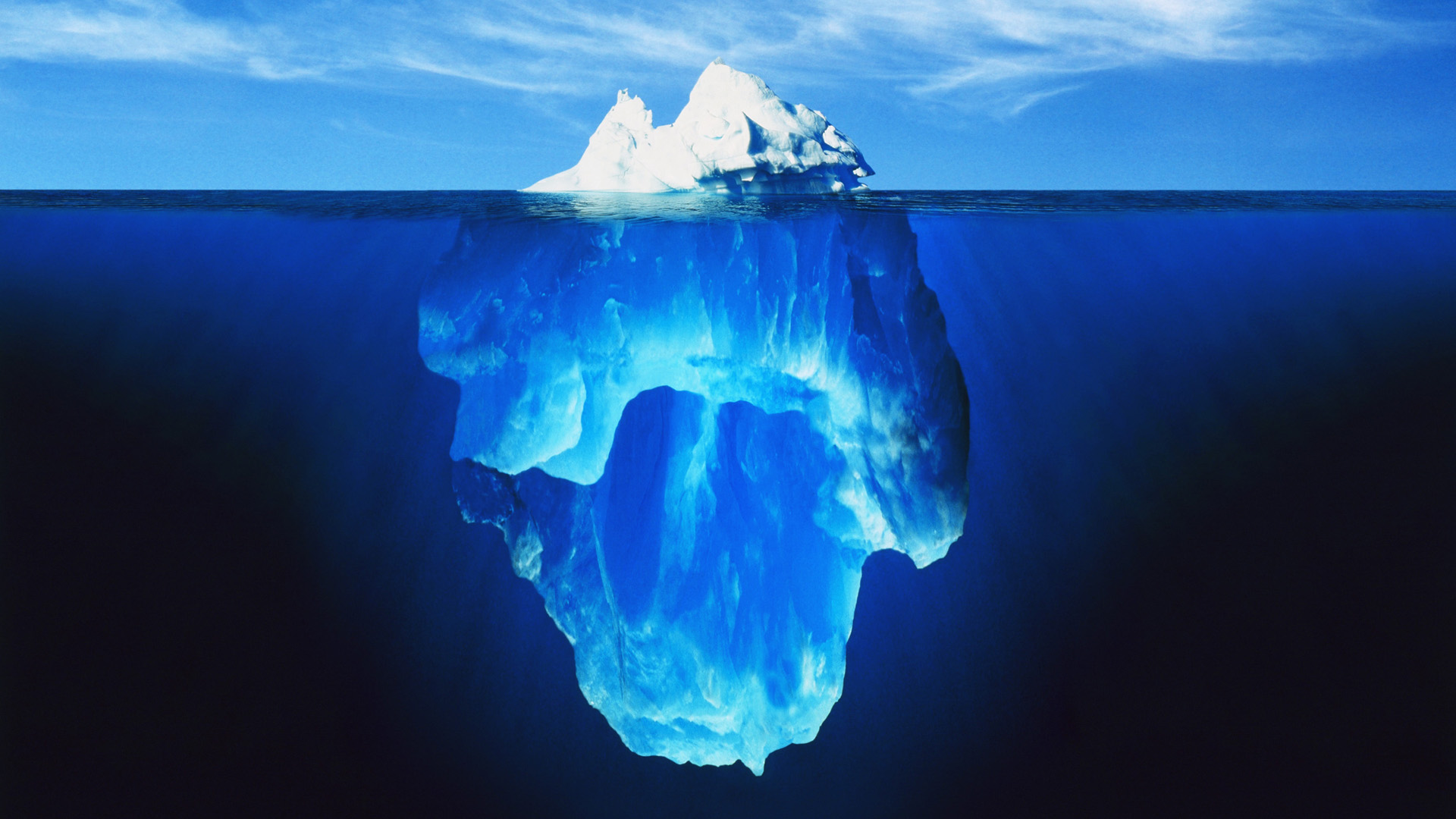
At the time that I was involved in this mess, I thought that solving these problems was the most important thing in the world, but in hindsight, I can see that it was really just a huge waste of time. I basically spent almost every minute of every day writing and translating messages, contacting different people from TVP and digging into as much information about the organization as possible (*note- I was not focusing on learning about or promoting Jacque Fresco’s work or ideas). I wrote and translated over 100 pages of texts and documents to try to fix these internal issues. I tried so hard to be this “missing link” but nothing worked and nothing changed, and eventually I realized that it wasn’t actually a link that they were missing.
I realized that the people running the main (English speaking) organization of TVP were very incompetent and were contradicting what Jacque used to talk about. They were just “normal” people with “normal” lives and “normal” values, emotions and ways of communicating. I realized that the whole organization was a strict hierarchy, with Roxanne at the top, and barely anything could be done without her permission. I realized that TVP was stagnating because of all of this. Jacque used to tell people to always question everything and everyone, to take in new information and keep yourself updated, to let experts in their field make decisions, to arrive at decisions through research, and so on, but it seemed to me that no one dared to question Roxanne or any idea behind TVP, and that Roxanne’s word was the final word, whether she was an expert on the subject or not, and other people’s advice and opinions weren’t really considered.
Then I found stories and resignation letters from other ex-TVP volunteers, which were all similar to my experience:
So eventually I just stopped trying.
I finished the OP and became an “official” “Point of Contact” at the end of 2017. I stayed in the PoC chat because I still valued Fresco’s work, but I gave up on trying to fix these ongoing problems between TVP and the Russian-speaking team. The Russian-speaking team made some changes that Roxanne asked for but they were also fed up with TVP’s inability to communicate and collaborate with them, so they also took a step back from these endless discussions. I felt like the Russian-speaking team was much better at communicating and collaborating among themselves and with others, they functioned more how I would have expected the main TVP organization to function, except that they were restricted by the dozens of rules that TVP imposed on them. I stayed in their chat as well but didn’t participate much.
At the end of 2017, I decided to start my own blog and I also found out about the TROM project, which I was extremely impressed by. It was similar to TVP but much more detailed, with a 13-hour long documentary, dozens of free e-books and a bunch of other great tools. Then I realized that the person who made TROM had also worked with TVP and went through a similar experience to mine, but even more intense. I contacted this guy, showed him my new blog, and offered to help with TROM.
I spent the next year and a half learning more and more about TVP and TROM, writing blogs and hosting meet-ups on the TROM documentary and some Fresco lectures, both online and offline in Siberia. I called my TROM and TVP- based English Club “Better than your Average Conversation in Irkutsk” :D because it was :).
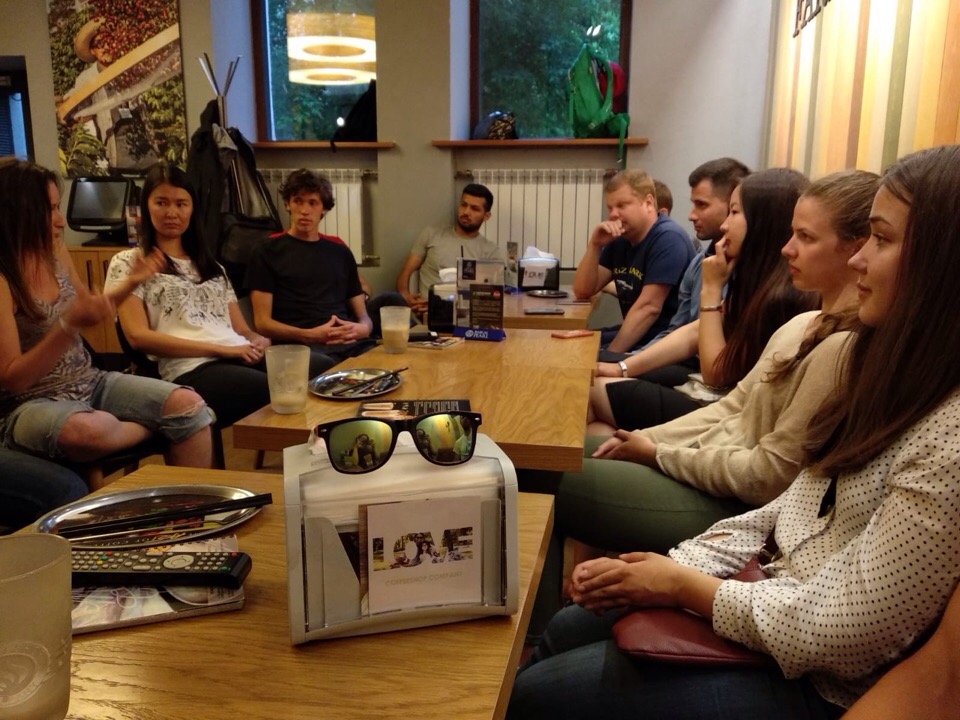
The Plan
I didn’t give up on the idea of an RBE after learning about how TVP was run, but I did understand that it was extremely unlikely that this organization would be able to do anything to substantially impact society. Aside from having a rigid hierarchical structure centered on Roxanne (who I do not see as a competent leader) and being unable to communicate and collaborate, they also have a poorly detailed and, in my opinion, unrealistic plan for working towards a resource-based economy.
This is the plan: https://www.thevenusproject.com/faq/what-is-the-plan/
Here it is summarized by me (Sept, 2019):
Phase 1: raise awareness through things like books, documentaries, videos and the TVP research center in Florida.
Phase 2: raise more awareness through a major motion picture.
Phase 3: build an experimental research city.
Phase 4: build a theme park to raise more awareness.
*As far as I understand, another big part of TVP’s plan is to build a new “Center for Resource Management” and eventually build more and more technologically advanced and mostly self-sustainable experimental cities. You can find more information about that here.
So most of the plan has to do with raising awareness and educating people about Fresco’s work and the idea of an RBE. I agree that this is important and that’s probably the reason that I didn’t officially leave TVP until just last month.
The other part of the plan is a bit more complicated.
-Let’s say that we raised enough awareness for most people to understand the need for an RBE- now what? How do we make it happen? Tell me more about the plan!!
I assume that TVP battled with this question a lot and this is what they came up with (again, this is still just my summary, if you’re curious about this, look it up for yourself):
-
- Build efficient, automatic, self-sustainable cities where people are well educated about their environment and Fresco’s work, and they do not have to work meaningless jobs (because most of those jobs will be automated).
-
- If this city is successful, another one can be built. Then another, then another, then another and so on. If the environment is what influences values and behavior, then such an environment (these cities) should “breed” saner people. If there are enough of these cities and enough well-behaved people that come from this environment, then perhaps the world can eventually become a saner place, and perhaps eventually the cities can connect to form a global resource-based economy. As far as technology and physical resources are concerned, we do have what it takes to rebuild the surface of the Earth with efficient and sustainable cities.
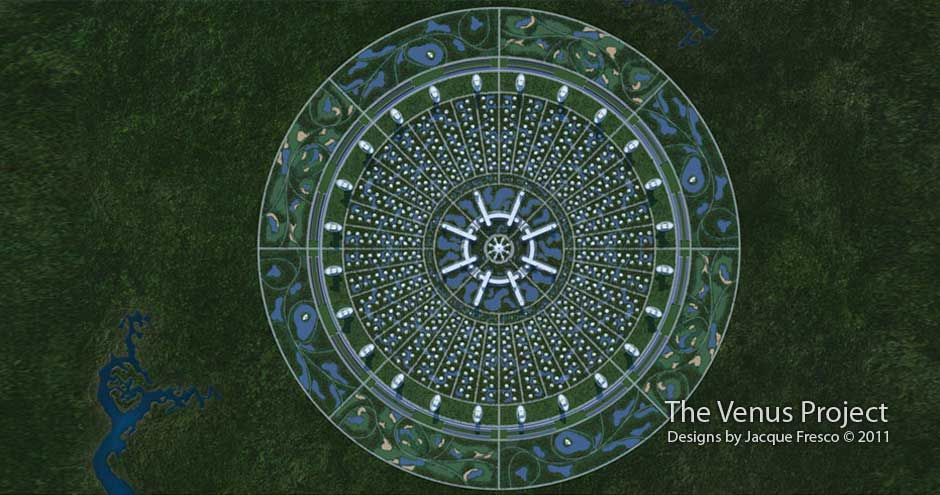
This all sounds very nice and the more you listen to Fresco, the more you may be convinced that (maybe) this really can work.
But let’s not forget to ask questions!!!
Here are some important questions that come to my mind:
*The answers are the conclusions that I personally arrived at after having studied TVP, after being involved with them, and talking to PoCs and other volunteers. Again, if you’re really interested in this, go find out for yourself :)
1. How will TVP build such technologically advanced cities? Where will they get the funds or resources?
-Right now, the plan is to start small and not to build an entire city, but a ‘Center for Resource Management’ the size of a university campus. TVP estimates that they will need 18 million USD for this project and the plan is to raise 3 million USD in donations by the second half of 2019 and another 15 million by 2022 (source).
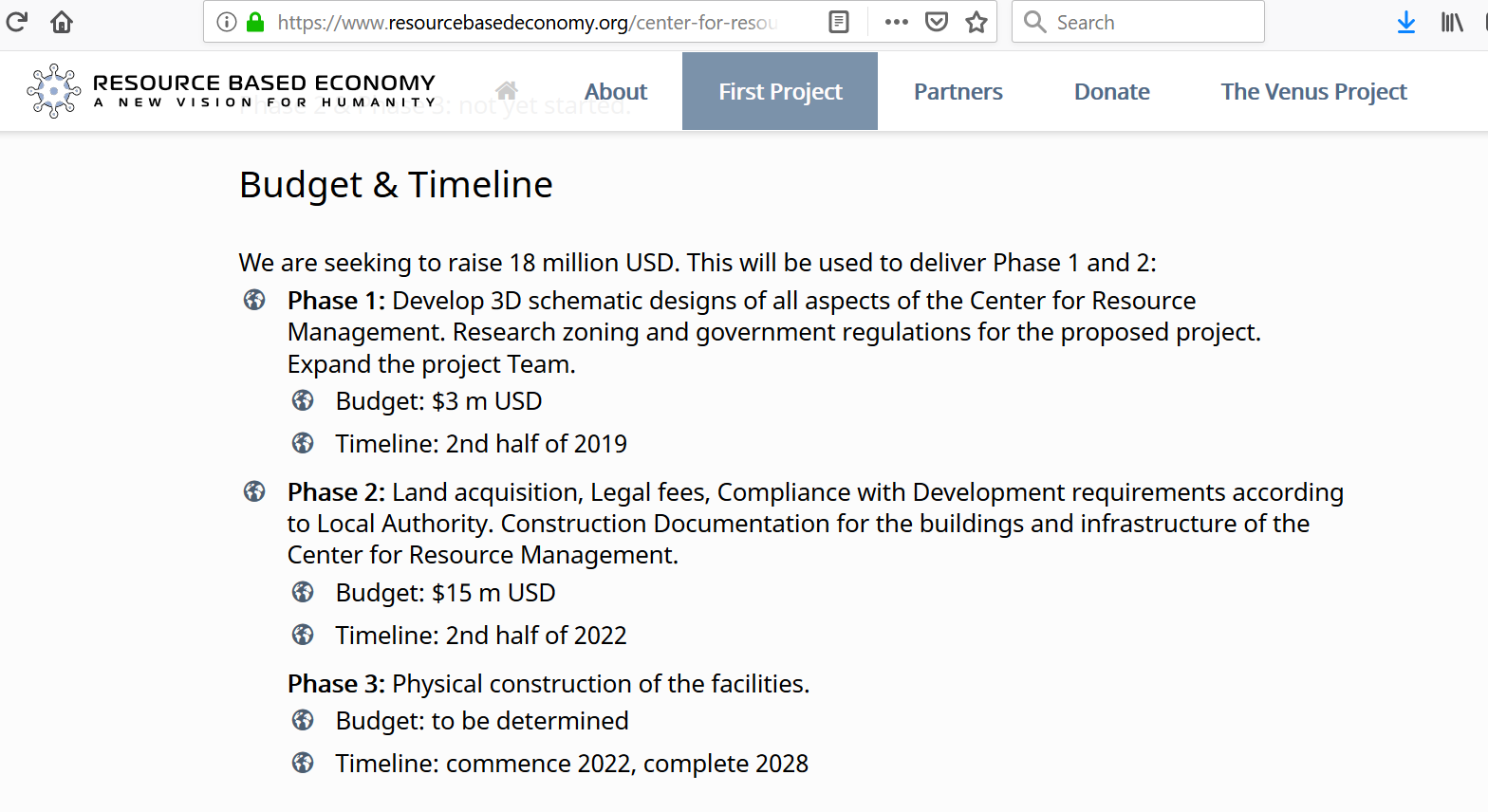
-8 years ago, 200,000 USD was raised to write a movie script (thevenusproject.com), but this movie still has not been made (I think even the script still hasn’t been completed). I understand that there were difficulties with this movie script, but there will certainly be more difficulties with a ‘Center for Resource Management,’ and of course with an entire city and future network of cities. If TVP hasn’t been able to produce a movie script in so many years with $200,000 of donations, then I just cannot be confident that TVP will be able to build such an expensive ‘Center for Resource Management,’ let alone an entire city and a network of cities that are supposed to change the entire world.
I’m not saying that this is 100% impossible, but in order for people to take this project seriously, TVP needs much much more detailed information available to the public about the entire project. I don’t see any transparency on the website- how much money has been raised so far, what, exactly, has been done with this money, etc., the best I can see are some very vague graphs (source).
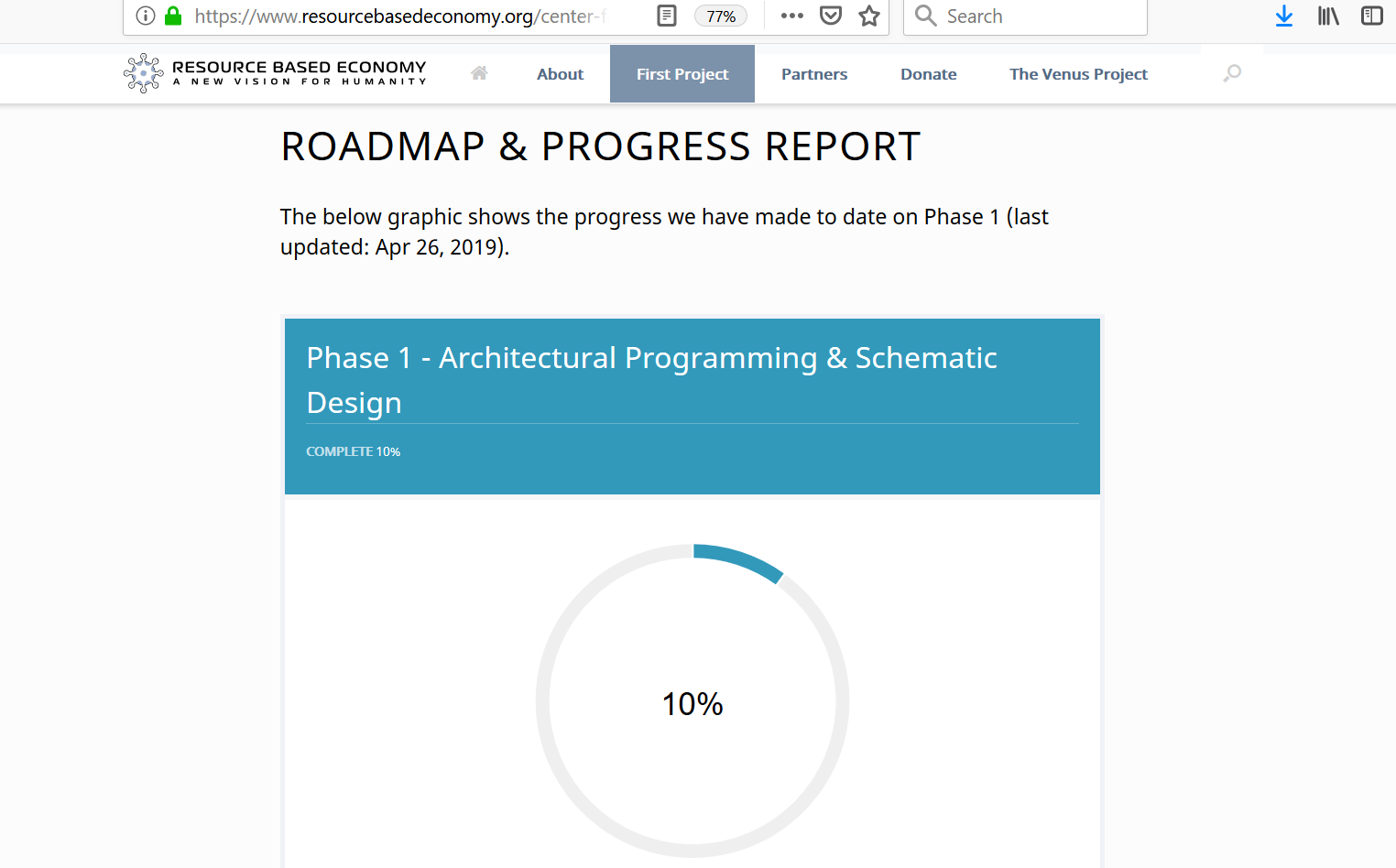
I learned a lot about TVP’s incompetence when I tried to communicate, collaborate and fix problems between the Russian-speaking team and the main organization. Sure, we were dealing with some complicated issues, however, building an $18 million center (and an entire city!) will inevitably be more complicated than running some social media pages, so there will certainly be more (bigger) problems ahead. If TVP already can’t handle problems, I can foresee this entire ‘building something’ as a disaster and a huge waste of time and resources. Again, if TVP had detailed transparent information about this project, then maybe I could change my mind (maybe).
2. Let’s forget about TVP’s incompetence for a moment and pretend like they really are capable of raising millions of dollars and building something. The next question that comes to my mind is:
Is it really worth it? In other words, is this plan likely to actually bring about the change we want to see in this world? More specifically, how will you ensure that the people living in these “experimental cities” are any different from “normal people” with “normal values” and shitty behavior?
– My main concern here is the influence of our global culture and society on the people living in TVP’s cities. Human behavior is extremely complex, and almost anything can influence the way you think and behave. If the people living in these experimental cities are not completely cut off from the outside world, they will inevitably be influenced by it. Even if the entire city was automated and self-sustainable, the internet will still surely continue to influence the people living in these cities.
– When I raised this question in the PoC chat, the replies I got were very vague. This is one example (you can read the whole discussion here if you’re interested):
“If my basic needs were met, meaning that if I had a home, food, water, and utilities at the ready for me; then you can absolutely say that my priorities would change. The whole reason for us working everyday is to be able to obtain and maintain the fulfillment of our basic needs. The shift in the paradigm of day to day living would change, people would start to focus more on their goals, hobbies, enjoyments, etc. Social media would most likely discontinue at some point, but you’re referring to a post-transition mentality.”
– In my opinion, maybe this could work in a small community living in such a great environment, however, I’m afraid that the more you scale it up, the more influence you will get from the outside, the harder it will be to control people, their influences, values and behavior. I’m afraid that having your needs met may not be enough to change most people’s values if they are still influenced by Facebook, Instagram, dumb YouTube videos and smart advertisements.

Other people brought up the Sociocyberneering Education Project (SEP)– TVP’s only educational course, saying that this course will be one of the important factors that influence the values and behavior of the people in TVP’s cities (or “Center for Resource Management”).
– If you happen to have read through the dozens of pages of discussions I had with Sue and Saso, you may have noticed this course come up as a topic of conversation. I also had discussions about the SEP with Roxanne and Theofilos, the guy that’s teaching the course.
I started talking to them about the SEP because Roxanne told the Russian-speaking team that they couldn’t post anything except direct translations of what was on the main TVP Facebook page or website onto their own social media pages, unless somebody in the Russian-speaking team had taken the SEP. I told Roxanne that I could take the SEP and share it with the team so they could translate and automate it. She didn’t seem so thrilled about that idea and she also said that the SEP was not available. – There is only one teacher of the SEP (Theofilos, a pilot from Greece) and back then (2017) there were only two people taking the SEP- Sue and Saso, and Theofilos did not have enough time to teach it to anybody else (plus there was a huge waiting list anyway). As far as I’m aware, no one has ever completed the SEP, even today.
– So again, I have very little confidence in this SEP since I’ve never heard of anyone completing it, the PoCs don’t seem to know much about it and there is very little information about it on the TVP website. If it’s so important then there should be plenty of information about the details and progress of this course available online.
But what concerns me the most about the SEP is not the lack of detailed information about it, but the aim of this course. The aim is not really to educate the general public, it is to create “mentors” who can accurately represent TVP.
This is a document I received from Theofilos when I proposed to automate the SEP. It says:
“The Sociocyberneering Education Project, is a carefully planned educational course attempting to achieve a particular aim. This aim is in summary: To have people who must be able to discuss and teach The Venus Project material comfortably and with no requirement of any guidance from a mentor or founder. The student must be completely autonomous with producing new material, arranging events, representing The Venus Project in interviews, debates, discussions and events.”
The fact that the aim of the SEP is to create “mentors” is scary in many ways. If you’re interested in reading more about this, see page 18 of this document.
Since the SEP is taught from person to person and seems quite inefficient (and there is very little information about it), I have very little confidence that it will have much impact on the people living in TVP’s center for resource management or experimental city.
But let’s pretend like TVP actually did create a fantastic course and most of the people living in this automated experimental city got to take it. You must realize that that’s still not enough!
Since humans are influenced by everything in their environment, it should be obvious that one course will not be significant enough to bring about a big change in the general population of an entire city. Yes, the people taking this course will be influenced by it, but 1- how can you ensure that everybody (or even most people) in this city takes this course? And 2- these people will not only be influenced by the course, they will also be influenced by their peers, their family, the social media they use, videos they watch, and surely by the internet and the outside world (unless you totally cut them off like North Korea :P ). Education and employment is by far not the only thing that influences your values and behavior.
More Problems
Now let’s go a little further- let’s pretend like TVP is able to build a super technological, automated and self-sustainable city with a great educational course for all its people. Most jobs are automated, the people are well educated and have the time and opportunity to focus on challenges, goals, projects, problem solving and hobbies.
I still see big problems:
Mainly- Resources
Even if this city is super efficient and self-sustainable, it will still require some resources from the outside world, therefore, it will still have to use money and trade with the outside world.
– People may need certain building material, software, new gadgets, healthcare specialists for rare diseases and many other things.
– This means that people will still need to use money, regardless of whether they’ve made money obsolete within the city. And that poses a dilemma: now the citizens of this city have to figure out a way to make some money, whether as a group or through individual jobs.
If these people are still concerned about how to earn money so they can get some stuff from the outside world, then I really don’t see how building an “experimental city” would change anything.
We can already see many examples of self-sustainable communities in our world- Kibbutz in Israel is one example that started off as self-sustainable communities that provided for most of the needs of its members, but because these communities were still influenced by the larger society and still dependent on the outside world for some resources, eventually, many Kibbutz members had to get jobs and basically just become “normal people” again. They wanted to change the world by example, but after a few decades, the world changed them instead.
TVP would be naïve to believe that they are exempt from the influences of the outside world, especially if they depend on it for some resources.
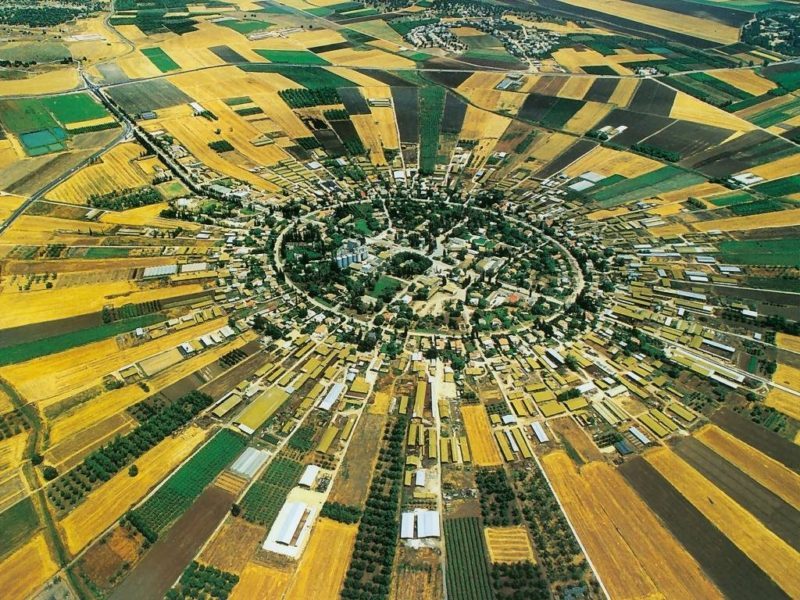
It’s important to understand that an RBE is nothing more than an idea.
Sure it’s a great idea, but unfortunately, that’s all that it is.
There have been many great ideas about how to better organize our society- technocracy, socialism and communism- were all nice ideas! But the implementation of all of these ideas was a whole other ballgame and, in every case, it was a great big failure.
See this documentary about the rise and fall of socialism and notice how the idea of socialism was never actually implemented:
The idea of a resource-based economy could never be “implemented” or demoed through experimental cities; and the structure of our global society has never changed through demoing a better way to organize itself. Instead, society changes through problem solving.
Take a look at any problem- transportation: how do we get from point A to point B quickly and efficiently? – This was a problem and people dealt with this problem by coming up with different solutions. People didn’t envision an entire world of airplanes, trains and self-driving cars, they took the problem and created solutions- horses, bikes, cars, etc., eventually these solutions evolved. Today there is by no means a great transportation system, but it surely is much quicker and more efficient than walking.
Another problem: how to connect people over long distances? Radio waves, then fiber cables and the internet, today we have satellites and other means. How to fix infectious diseases? Again, tons of solutions. Problems change our society.
And the change comes gradually almost all the time- through education + infrastructure. Ford didn’t demo how a society based on cars is better than one based on horses. Stallman didn’t showcase how a free and open-source software society could work, he started to create free and open source software and educate people about it.
So that’s the next challenge: Identifying the Problem
When I brought this up in the PoC chat, I realized that the PoCs didn’t have a unified agreement about the problem they were trying to tackle. I think that they generally agree that “the entire system” is the problem, but what does that really mean? What about the system is so problematic? Some said it was money, some named scarcity.
So let’s analyze these problems:
Money.
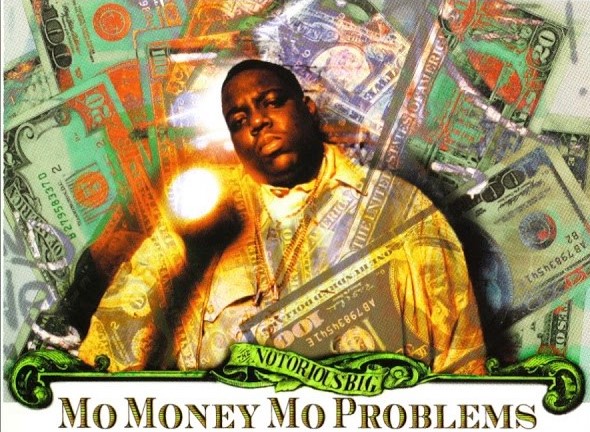
– Money is a medium that people use to store value and to trade goods and services. We can try to focus on getting rid of money, but since money is just a medium, other mediums can take its place without actually changing what it was used for. If you buy products with cryptocurrencies as opposed to traditional money, not much will change; if you trade your data instead of your money to use certain websites, there will still be problems; if money is replaced with social credits, this will solve nothing. By focusing on money, you ignore other mediums (trades) that could be used to replace money, but will not solve the actual problem.
But even if you forget about the previous paragraph and say that TVP wants to tackle the ‘core problem of money,’ how will this be achieved through TVP’s current plan? If there is still a need for the people in TVP’s “experimental cities” to buy some resources from the outside world, then you’ll still need to use money in the first city, and the second, third, hundredth, thousandth… and surely people will get corrupted by their need to use money. Society is extremely complex and TVP should not brush that aside too quickly.
Scarcity.
Jacque talked a lot about scarcity and some of the PoCs named it as the ‘core problem,’ saying things like:
“Trade and/or the use of money comes from scarcity, and scarcity can be real, created or perceived.”
I agree that scarcity is a problem; scarcity usually leads to shitty behavior (fighting/domination/etc.) or to the need to trade (which leads to an imbalance of power). However, I don’t think that trade and/or the use of money comes only from scarcity, since in today’s world, we do trade things that are not scarce at all.
Think about what’s actually scarce in our world- not much. Take any example- H&M – it makes an abundance of clothes! There is no real, created or perceived scarcity of clothes in our world, yet H&M convinces millions of people to buy more and more clothes because its main incentive is to trade (to make a profit). You can sell bottled water even in countries that have perfectly clean and abundant drinkable tap water.
We already produce an abundance of food- we throw away something like 40% of it, yet people are still starving to death. If you go to any supermarket you will notice that food is not scarce, it’s just that some people don’t have access to the food because in order to get access to food or almost anything else, you need to trade. You can trade money to get that food, you can maybe trade bitcoin, labor, sex, other products or anything else, but if you don’t have something to trade in return for the food that you require, then you might starve to death.
How about the internet? YouTube- it’s abundant! There are hundreds of hours of YouTube videos uploaded every minute. But YouTube collects data from you- that’s a trade and this causes problems. Same with Facebook- it’s abundant (and ‘money-free’) but is based on data trading.
There are more empty homes than homeless people, so that means we already have an abundance of homes, but people don’t have access to these homes because of the need to trade (not because there is scarcity). Same goes for electronics, transportation and almost everything.
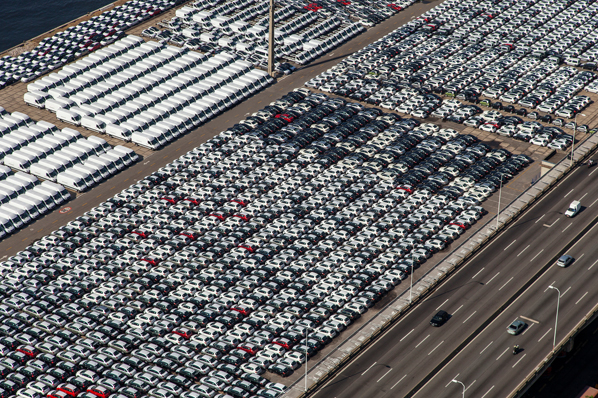
Some people pointed out that it doesn’t matter if there’s an abundance of YouTube videos, apartments, clothes or any particular item because the reason that trade happens is because something else is scarce, and in this case, that something is money.
I can’t really disagree with that, so I would say that scarcity -in this sense- can be seen as the root cause of most of today’s problems. However, the issue with this scenario is that focusing on scarcity like this gives you a completely unrealistic problem to work with. If the abundance of any particular item/service is not enough to solve the problem of scarcity in this world, and you need an abundance of absolutely everything, including money and anything people might be persuaded to want, then what can you possibly do about this problem? Even the richest person in the world wouldn’t be able to solve such a problem today.
*Notice that I’m not talking about abundance in an RBE, but in today’s world.
And, again, how is TVP’s plan working towards solving this problem of scarcity? If there is still a need for the people in TVP’s “experimental cities” to buy some resources from the outside world, that means that scarcity still exists and human values and behavior will still be influenced by it.
In general, I think it’s a big red flag that TVP doesn’t have an aligned and detailed idea of the core problem their organization is trying to tackle. If you “have the solution” but you don’t know much about the problem, then your solution is nothing but a nice idea or fantasy. Compare this to the medical field- people with “solutions” but little knowledge of the problem are your shamans, chiropractors and spiritual healers. On the other hand, doctors who perform surgery or develop medicine for any specific disease have studied the disease in great depth- and that was how they arrived at a solution.
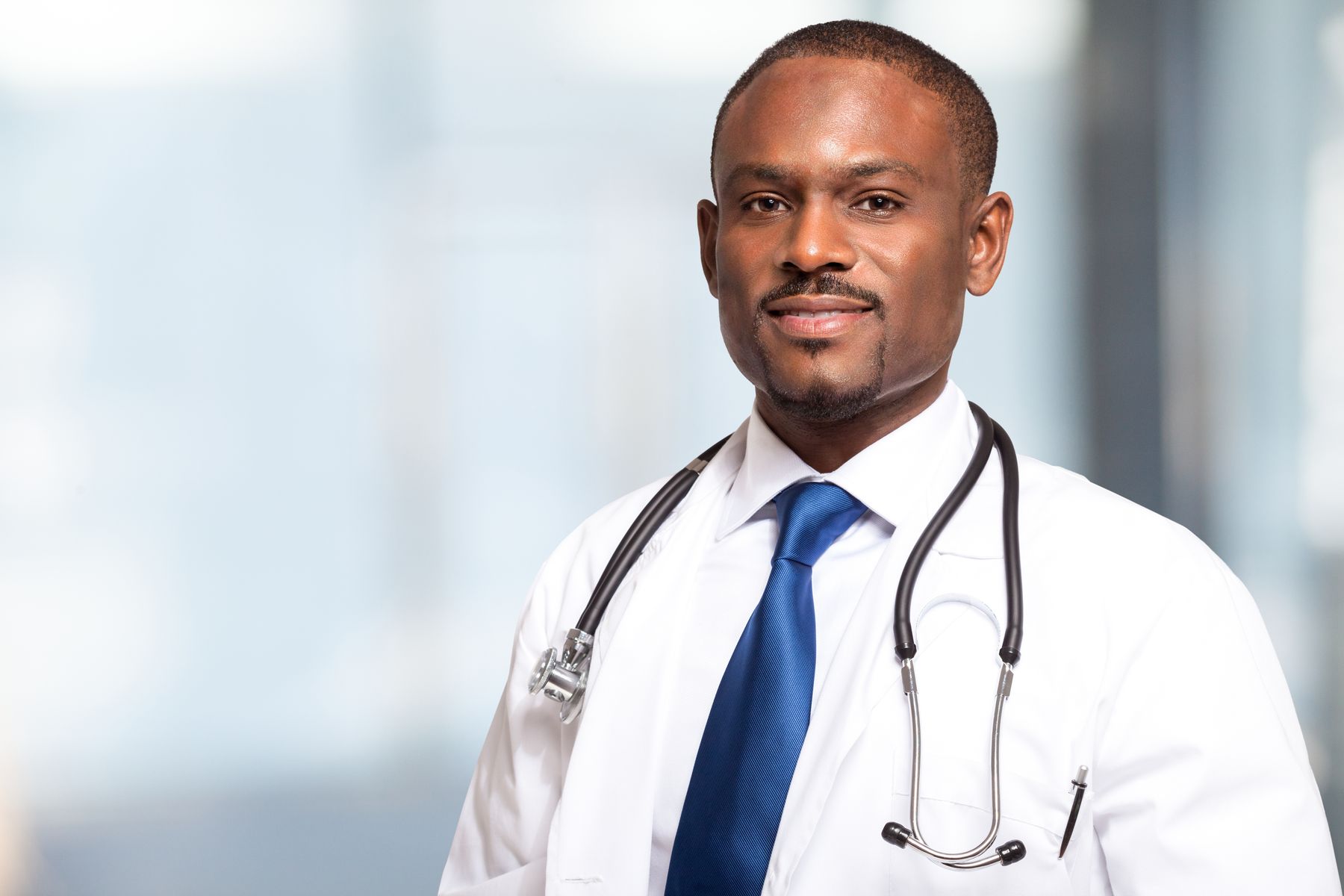
So what’s the problem then?
Well, we analyzed money, which is one medium of trade, and we analyzed scarcity, which usually leads to trade. Some people say that “ownership” is the problem, and although that could theoretically be true, again, there’s just not all that much you can do about this problem; that’s similar to saying that “imagination” is the problem, since we wouldn’t be able to use money or hoard much wealth without our imaginations :).
So let’s just choose one core problem that we can actually work with. How about trade itself. The entire structure of our global society is based on trades. You go to work to trade your time and skills for money, you trade that money for food, shelter and other things. You trade your attention and data to use platforms like Facebook, Instagram and YouTube, so they can trade this data for money; you may trade cryptocurrencies for goods or services; you may trade your freedom for a good social credit score or a passport. There are tons of other trades, and if you pay attention to this, you will notice that the more that something (or someone) is influenced by this “force of trade,” the more corrupted it tends to get.
Trade encompasses many other big problems (such as money) and it actually gives you something realistic to work with. If trade causes shitty behavior, then make trade-free stuff so that people are less dependent on trades. And also, don’t forget to educate people about the problem.
Remember, problems are solved gradually, through education + infrastructure.
A very interesting thing to note, by the way, is that if you manage to solve this “trade problem,” you will consequently solve the “money problem” and probably also the “scarcity problem” because when something is trade-free, it is usually also abundant.
This idea of pinpointing “trade” as the problem is well described in this book, so if you’re interested in all of this, I would recommend reading it. And don’t worry, it’s trade-free ;)
Conclusion
I feel like my “TVP journey” was really intense, but that’s not a problem because that’s usually what happens to me in life :D. I am very glad that I went through all of this because I learned a lot.
I learned that:
- Fresco’s ideas and the organization of TVP are two very different things.
- TVP (the organization) has a rigid hierarchical structure centered on Roxanne. Almost everything that goes on in TVP has to be approved by Roxanne, who is by no means an expert on everything.
- Many TVP people (especially “old-timers”) are so bad at communicating and collaborating with others that they actually contradict what they teach/ what Jacque used to talk about.
- Many TVP people are so emotionally attached to TVP that they will not question it (neither the ideas behind TVP nor the organization). I brought up topics like “how will the values of the people living in TVP’s experimental cities change if they are still influenced by the outside world” in the PoC chat before I left and some people replied that it was “inappropriate” to discuss this and/or TROM in the PoC chat. You can read my entire last discussion with the PoCs here.
- The aim of TVP’s only educational course (the SEP) is to create “mentors” rather than to educate the general public.
- TVP seems extremely incompetent and lacks transparancy in its projects; as a result, I doubt that they are capable of raising enough funds and building a multi-million dollar ‘Center for Resource Management,’ and later an entire city and network of cities.
- If they do manage to build anything, I doubt that it will have much of an impact on the world; most likely, the world will have a much bigger impact on it instead, making the whole project a huge waste of time and resources.
- TVP (the organization) seems to brush off the complexity of this society and its influence on human behavior.
*”TVP” refers to the main (English speaking) organization, not the Russian speaking team. The Russian speaking team is continuing to do what they can to popularize the work of Jacque Fresco.
Despite all of this, I still respect Jacque and the work that he did. I still see Jacque as a very inspirational character and I still agree with a lot of what he talked about. If I was in Roxanne’s shoes, I would forget about building anything, and instead would concentrate on educating the public about Jacque’s work. The most efficient way to do that would probably be through a free online platform.
However, the most important thing I can take away from this big long blog and my saturated experience with TVP and TROM is that society changes through problem solving, not through envisioning or demoing a better society. Realizing this was the last straw that made me see TVP and even the idea of a resource-based economy as irrelevant- and that was why I finally left TVP.
Maybe we don’t know how to solve these gigantic problems of trade, scarcity, money, ownership or whatever else, but if we can identify the problem, then we will at least be one step closer to solving it.

